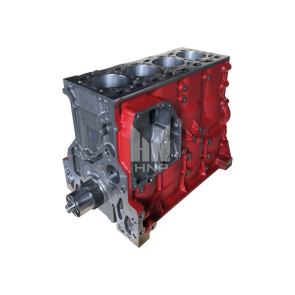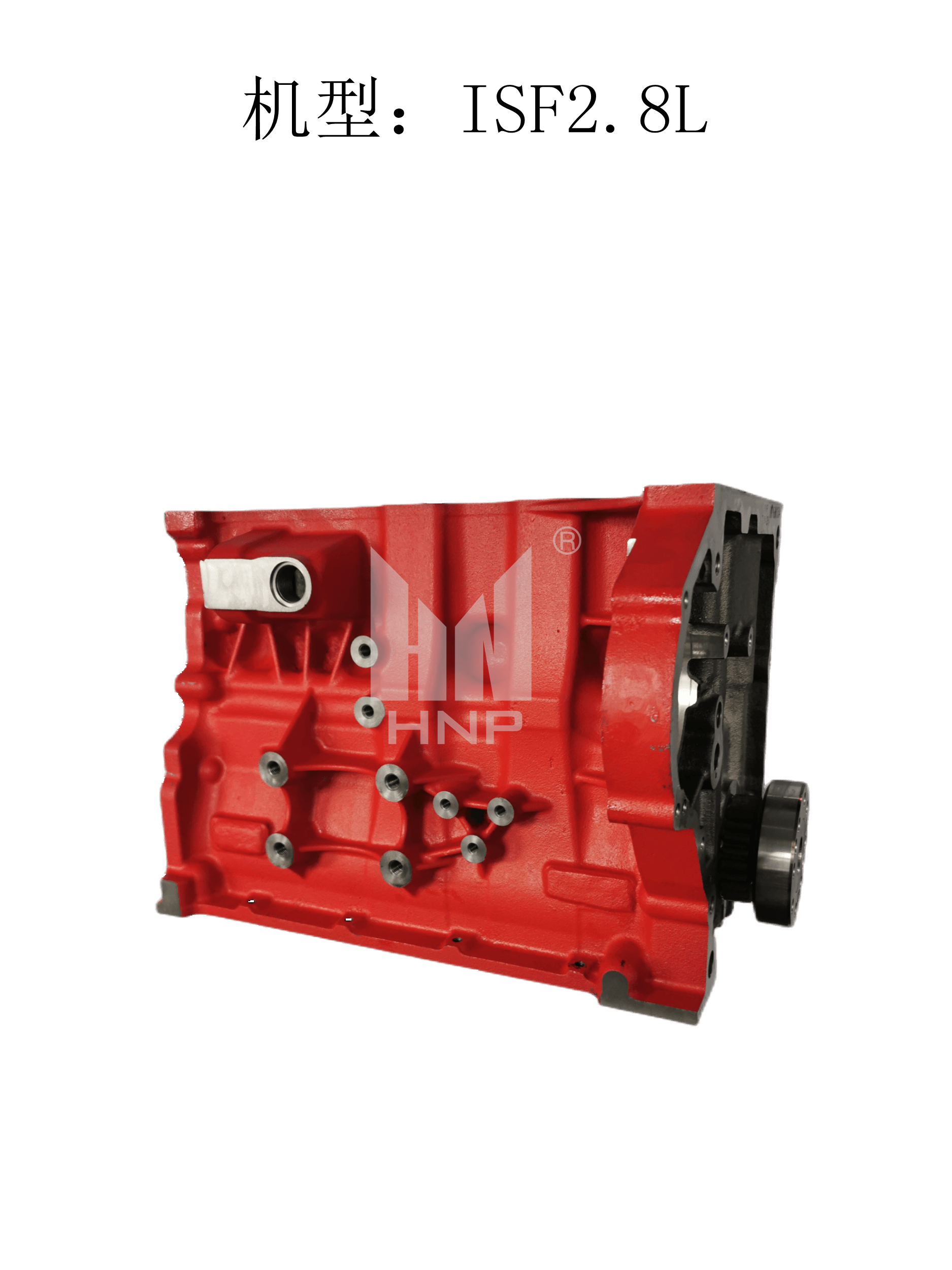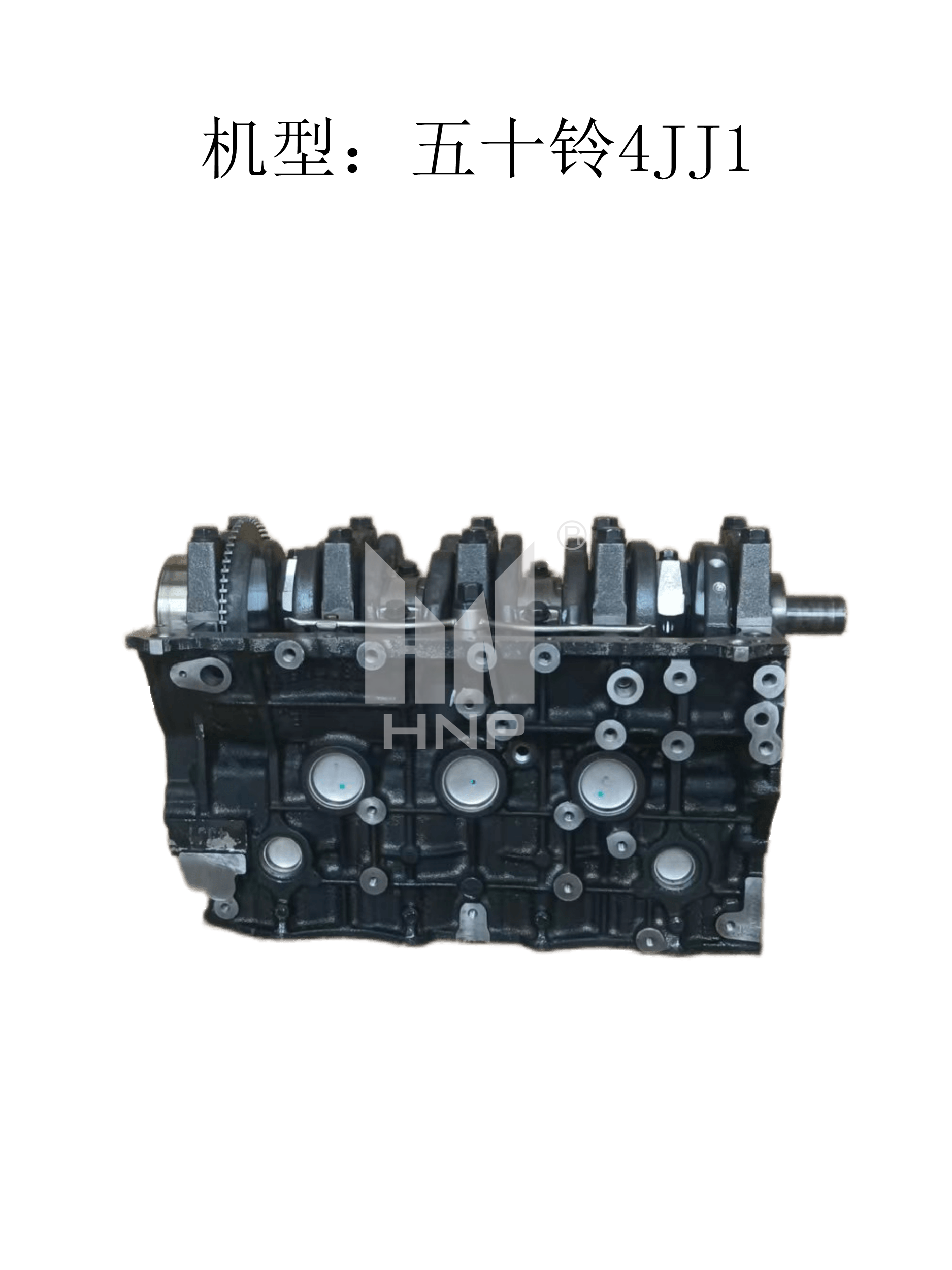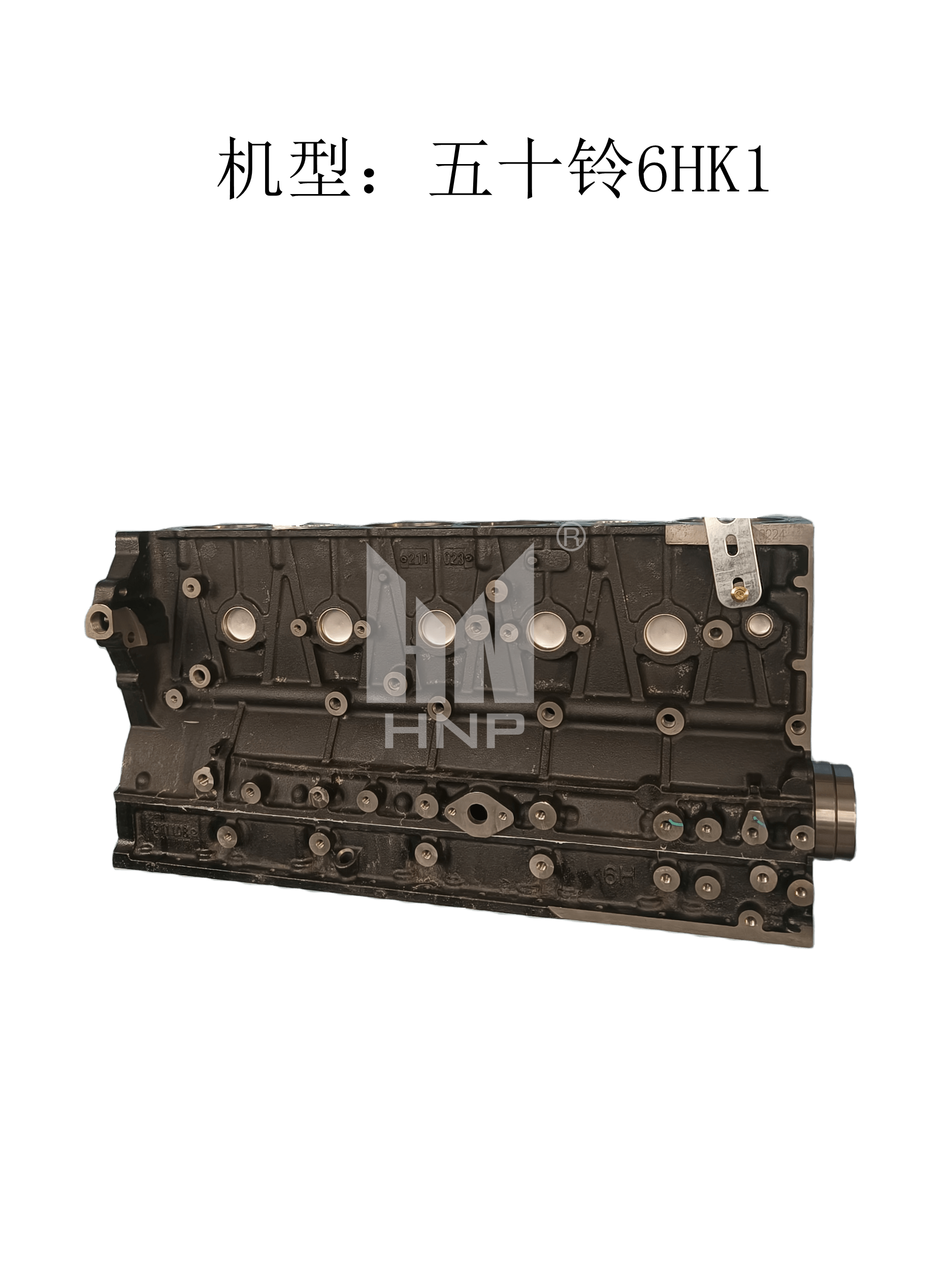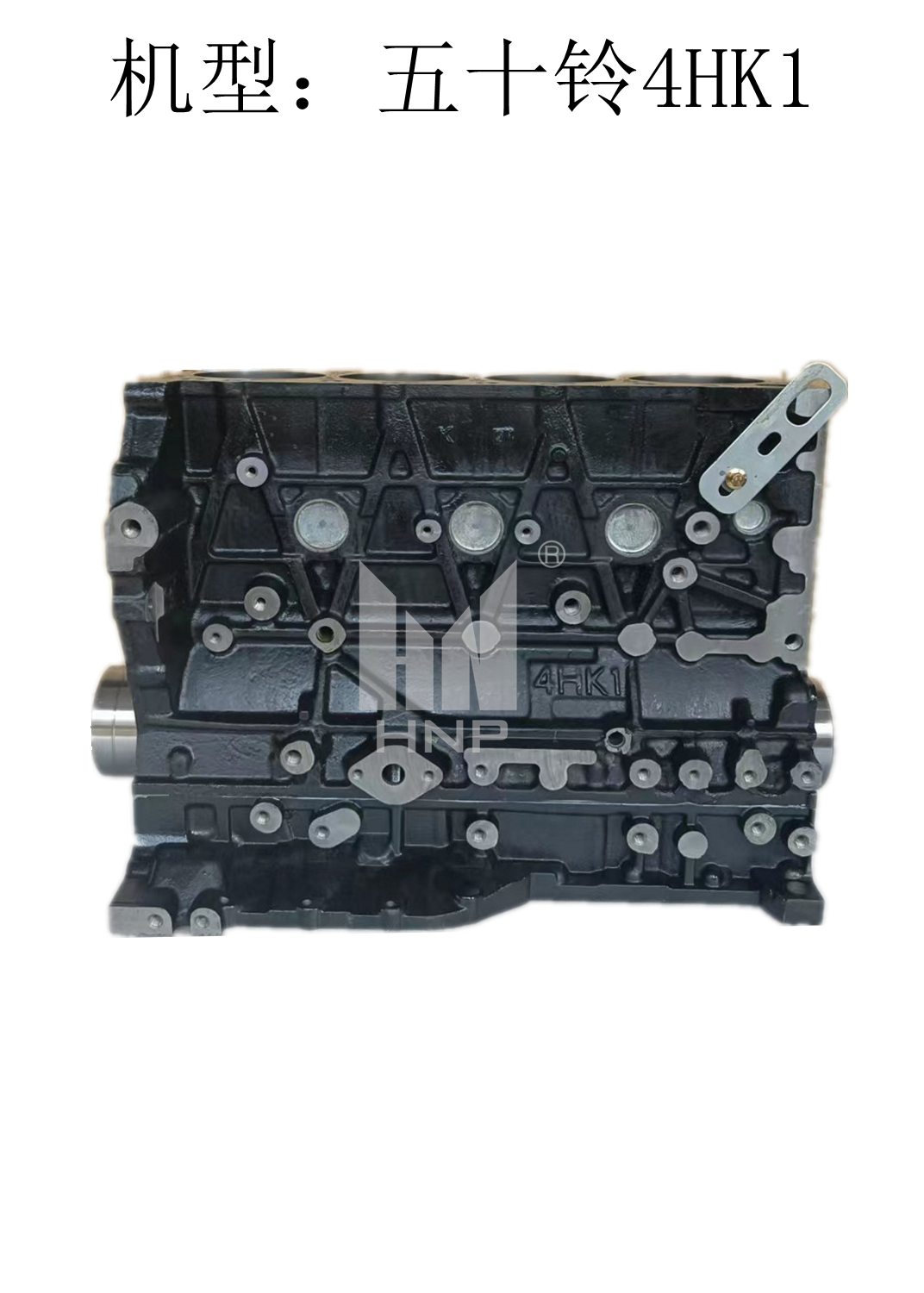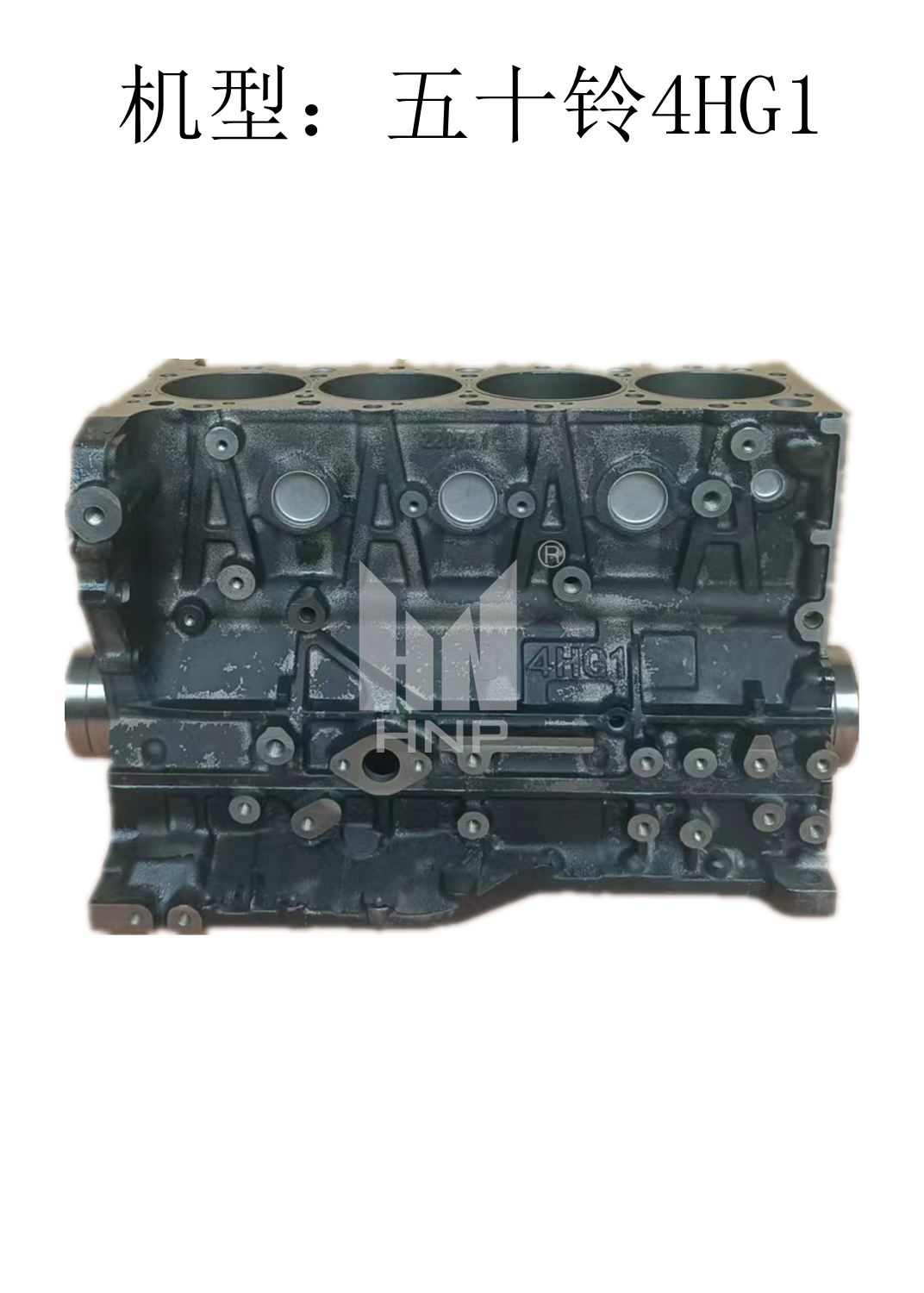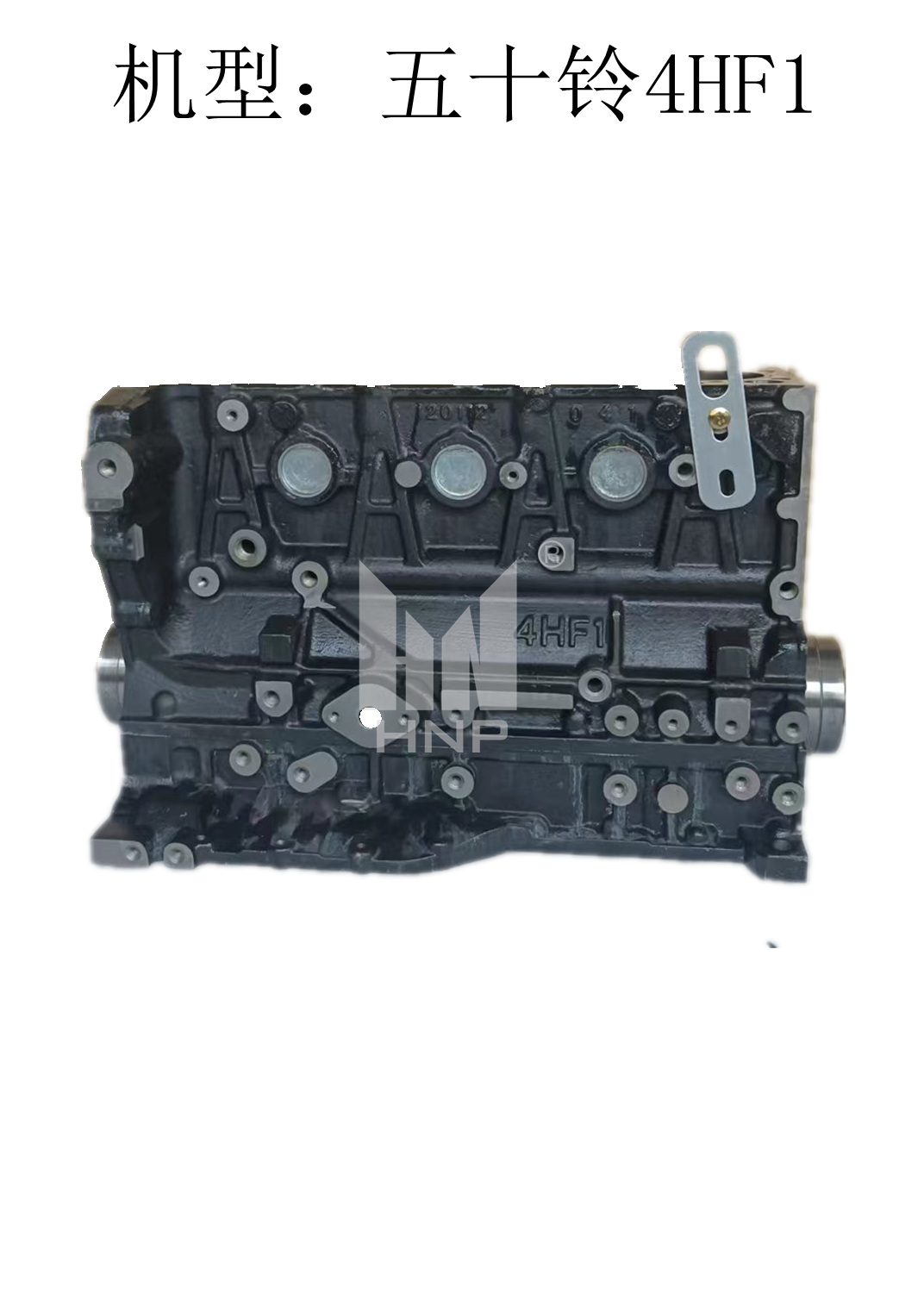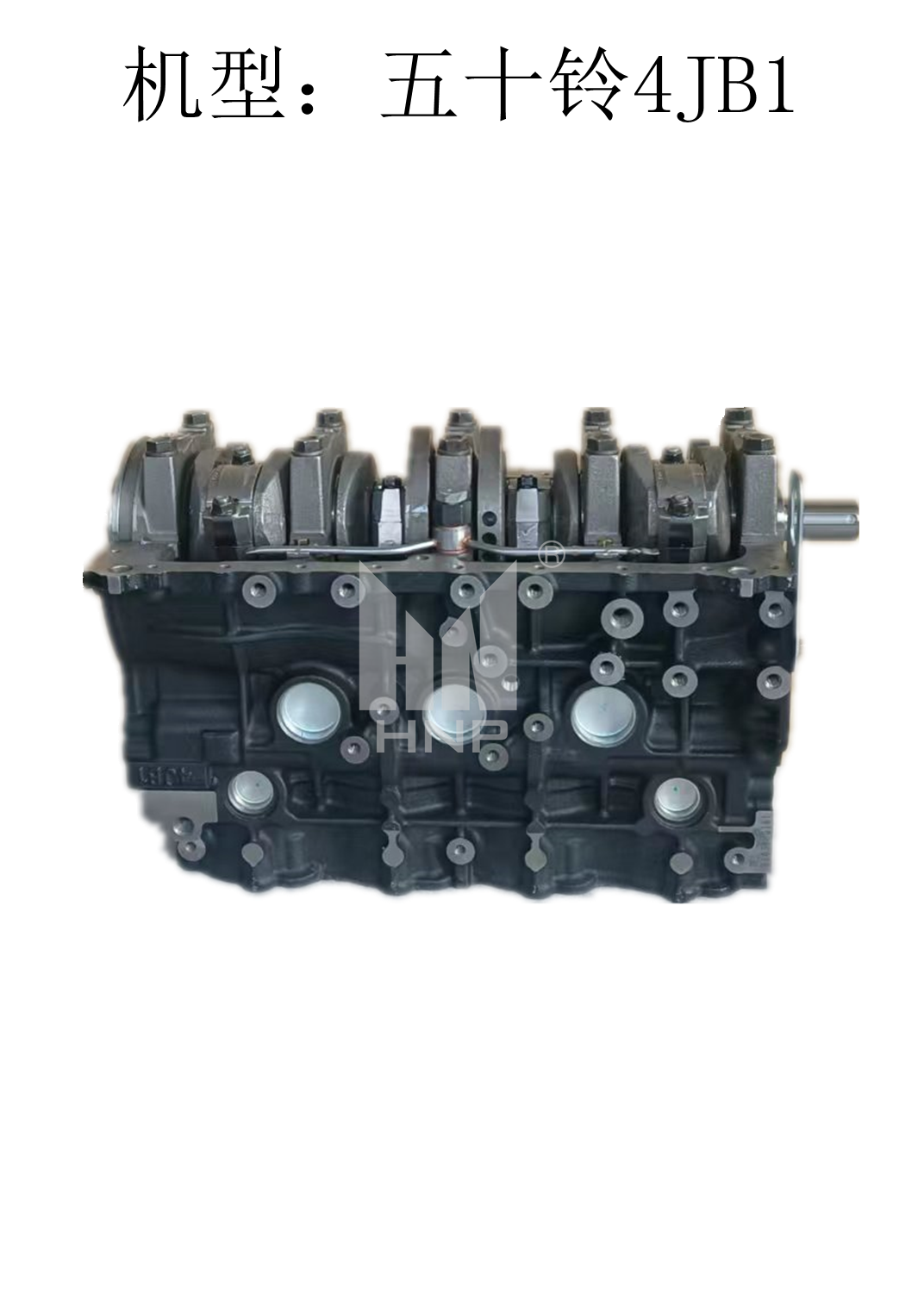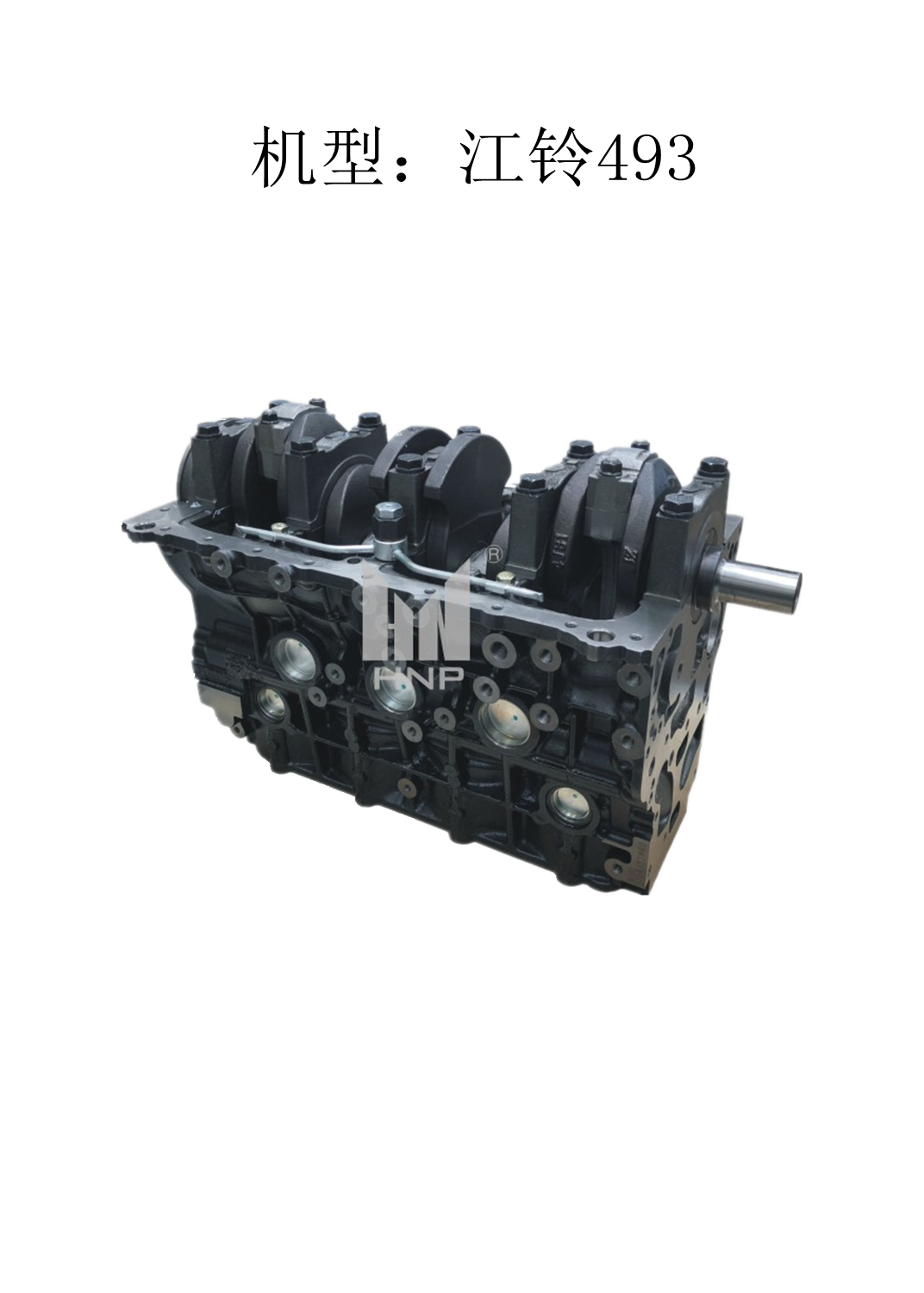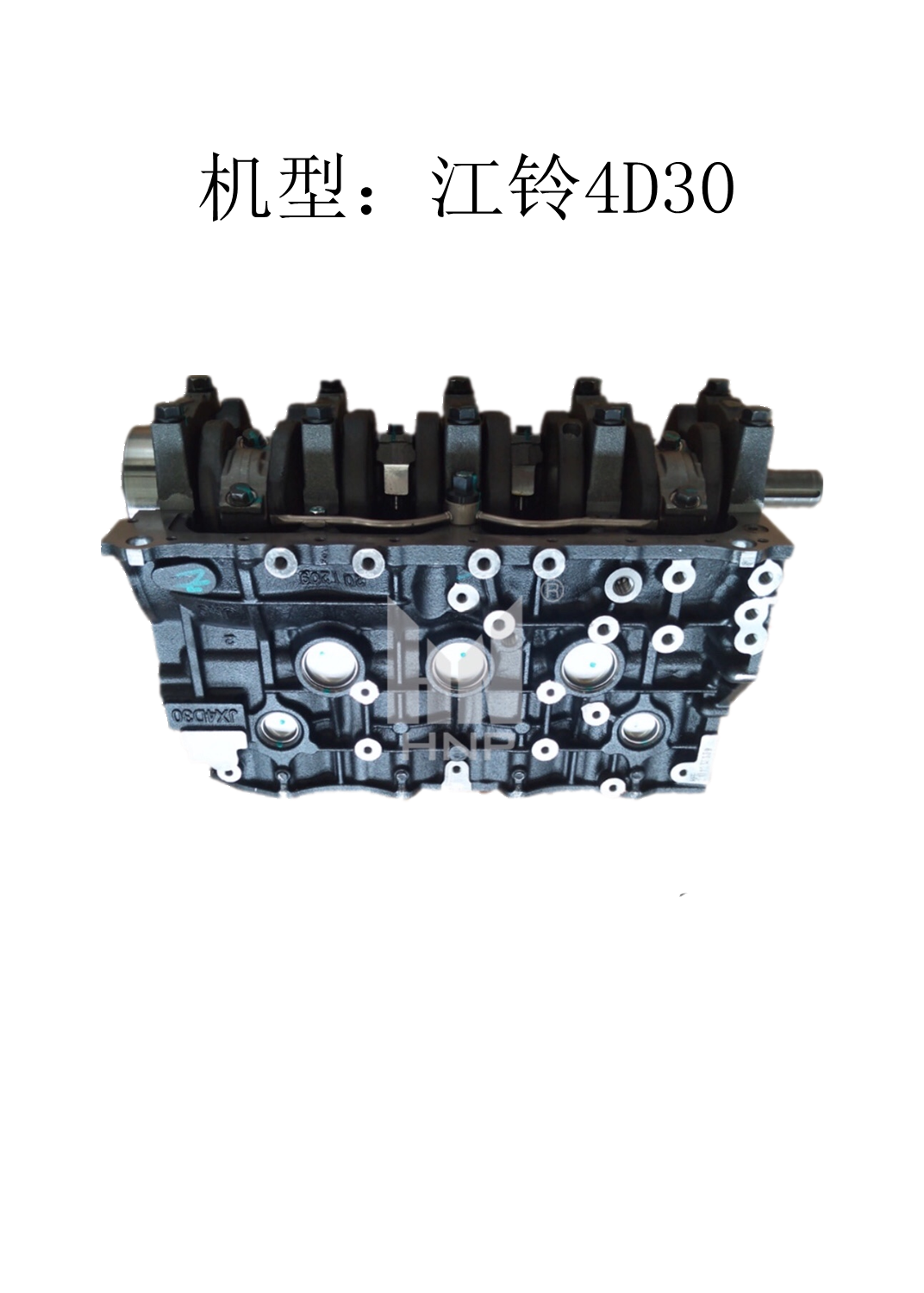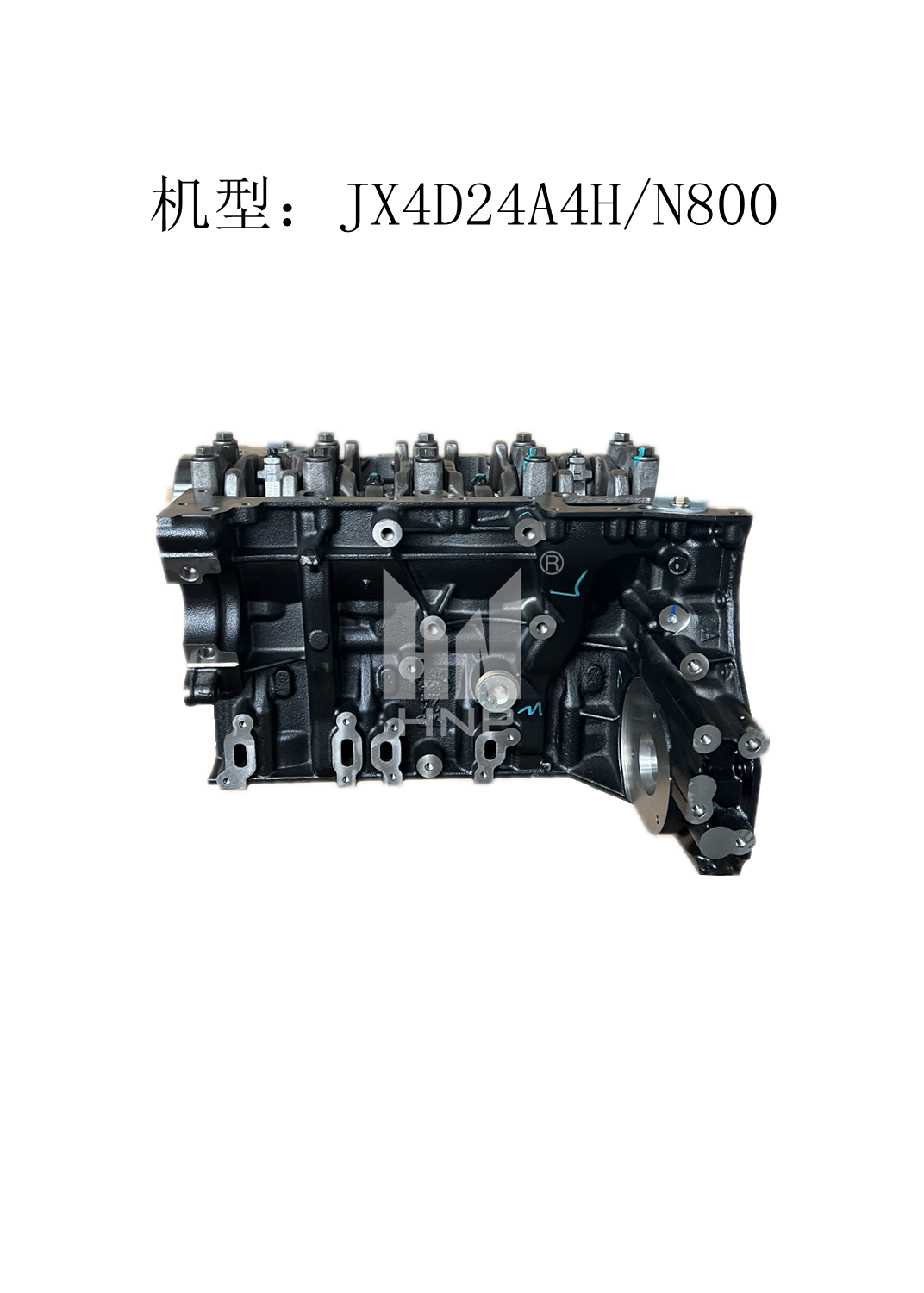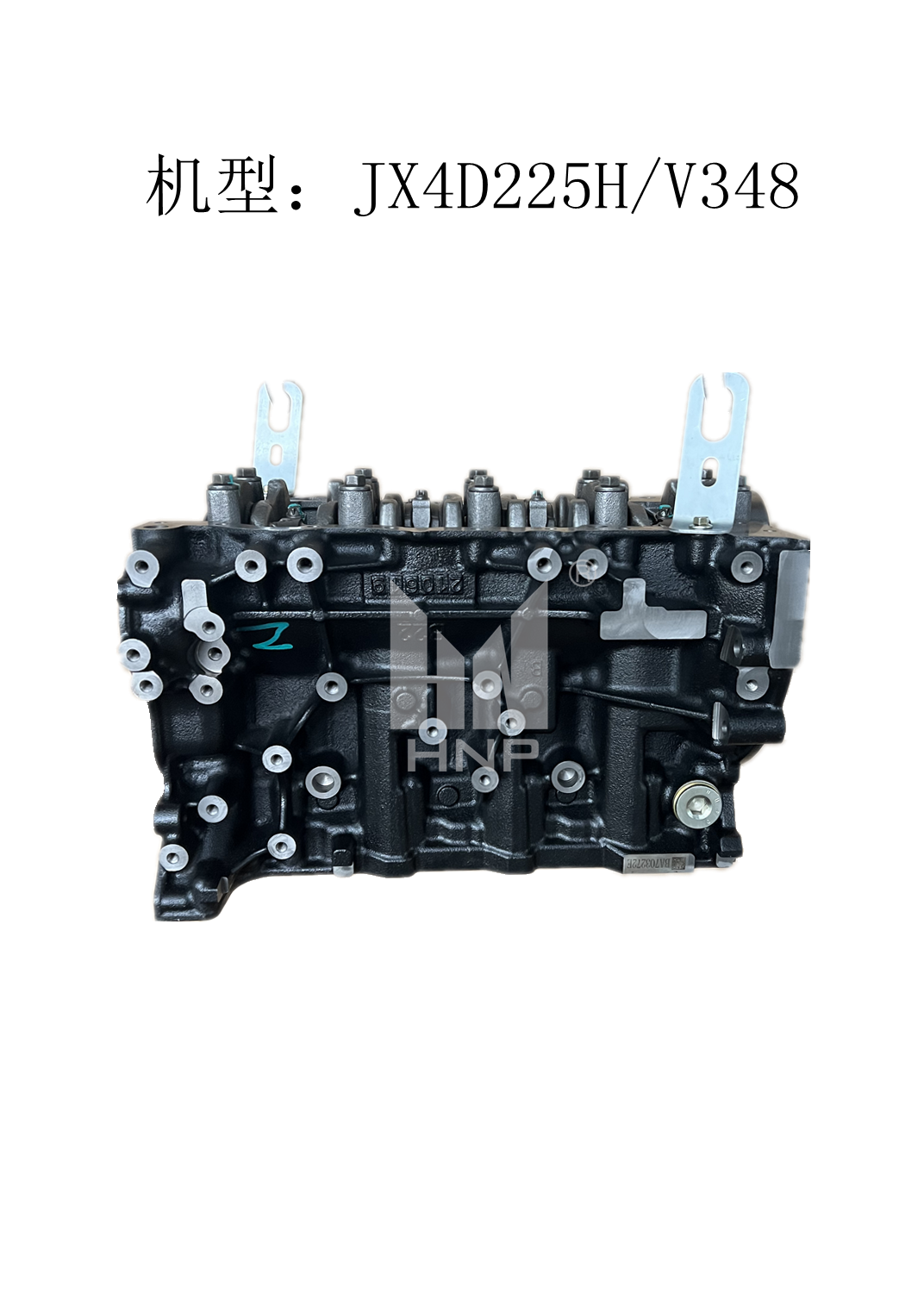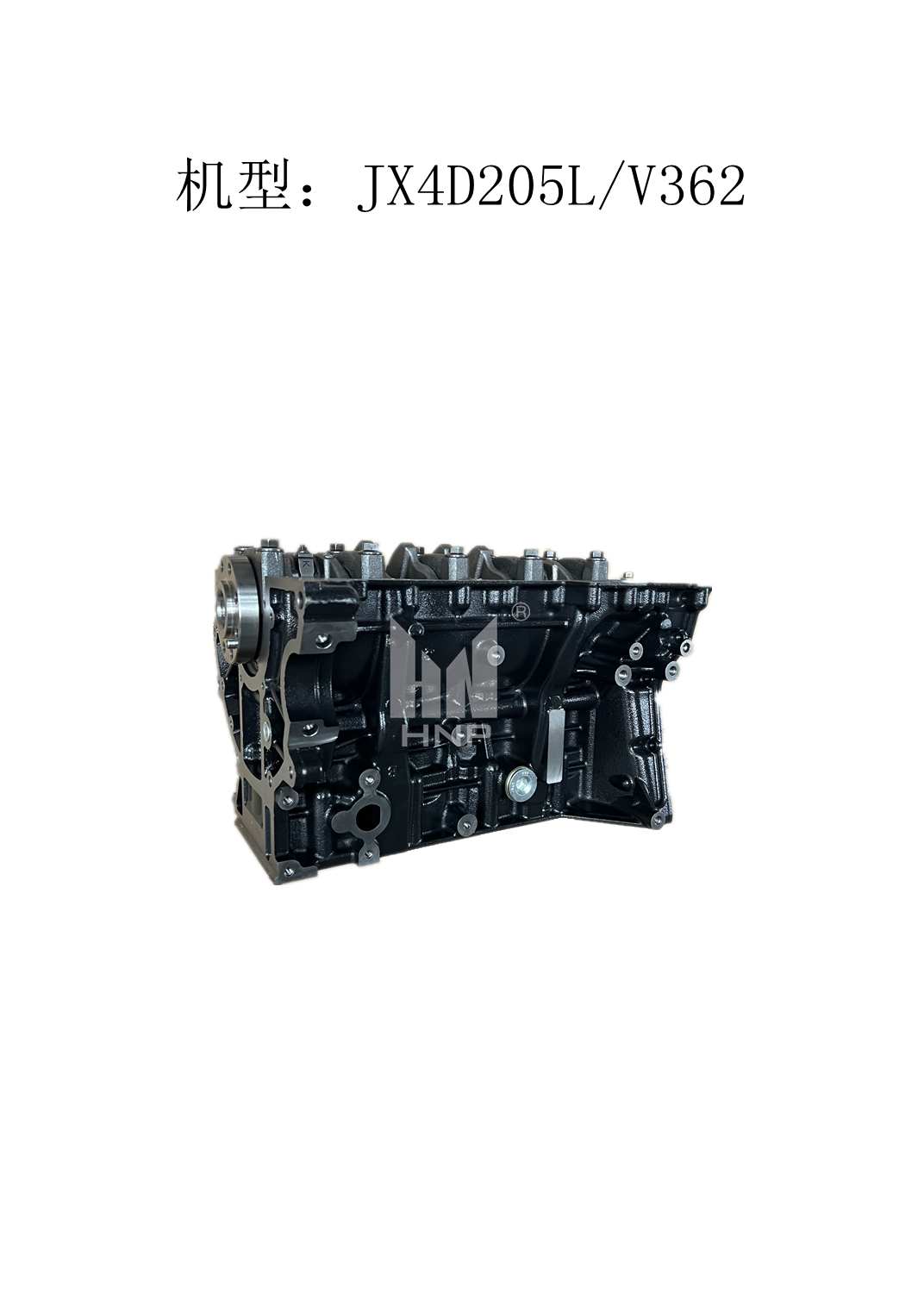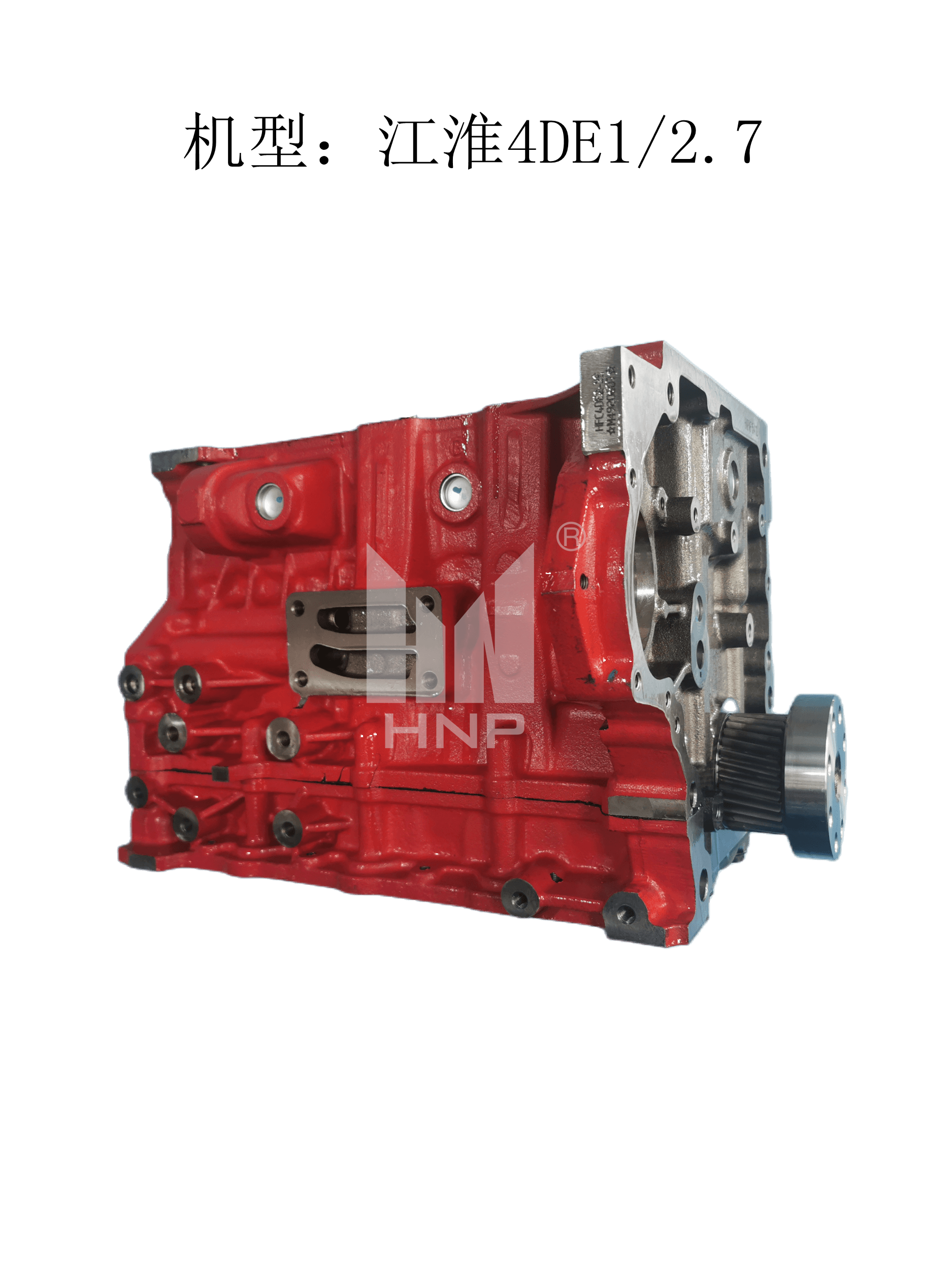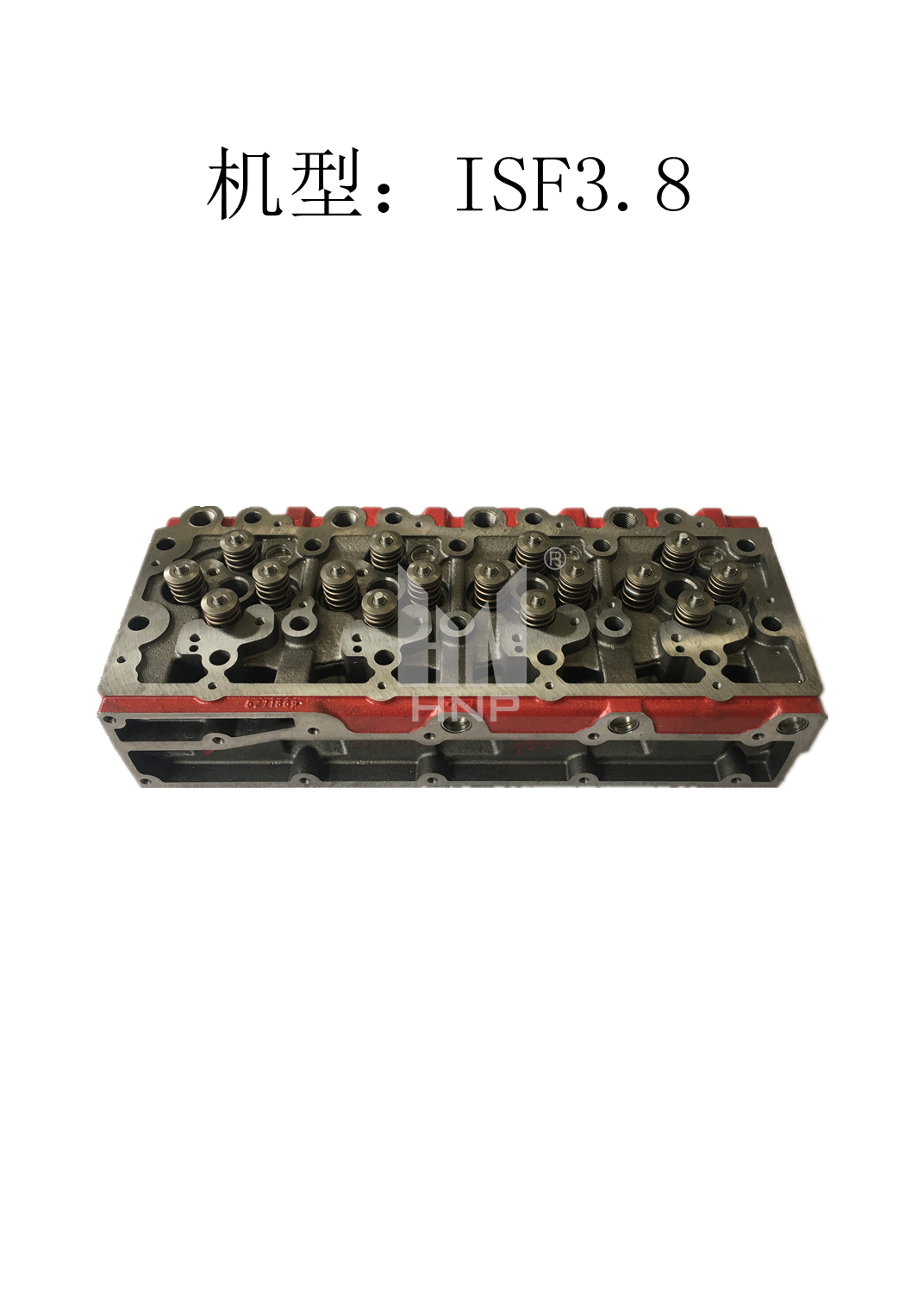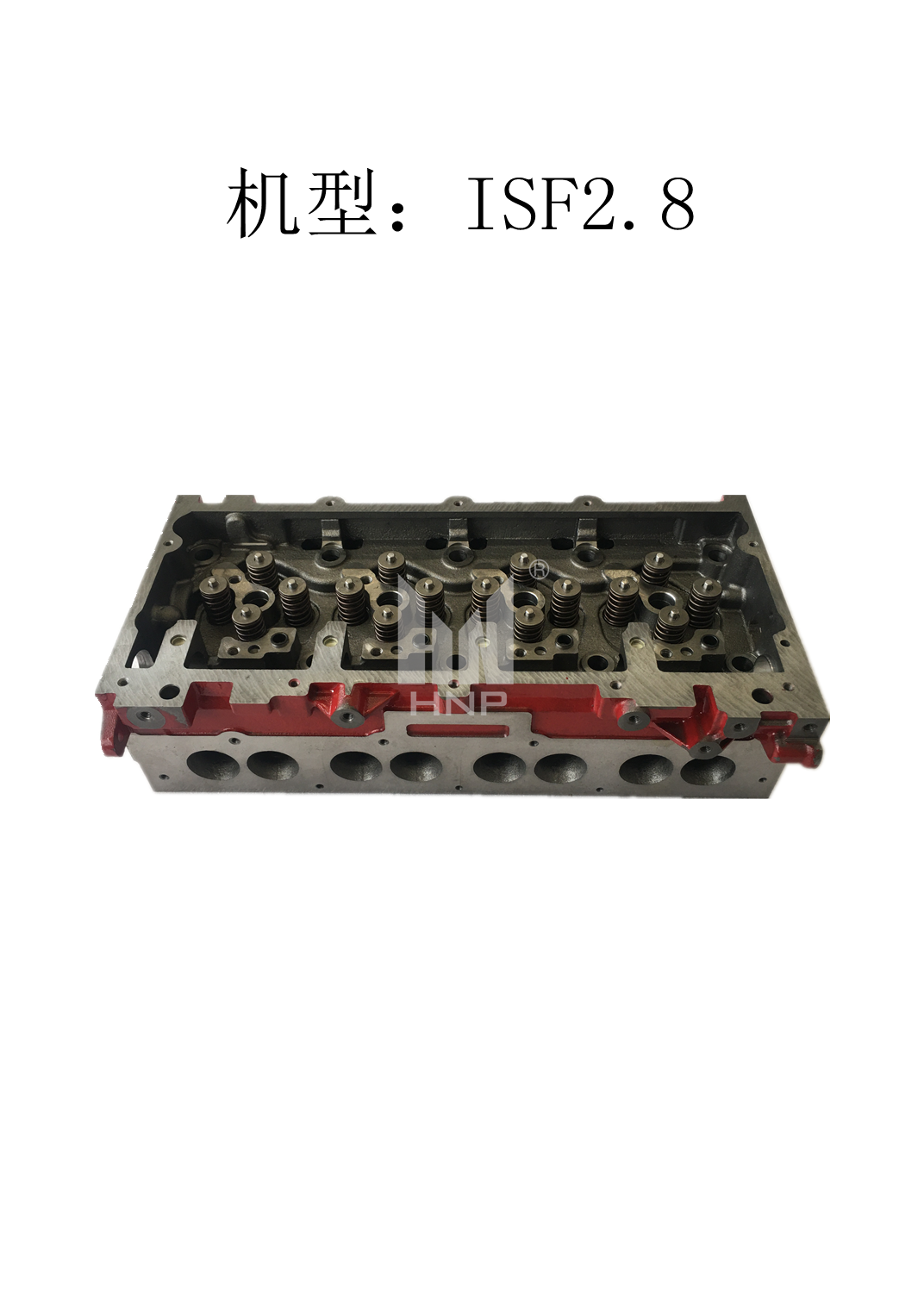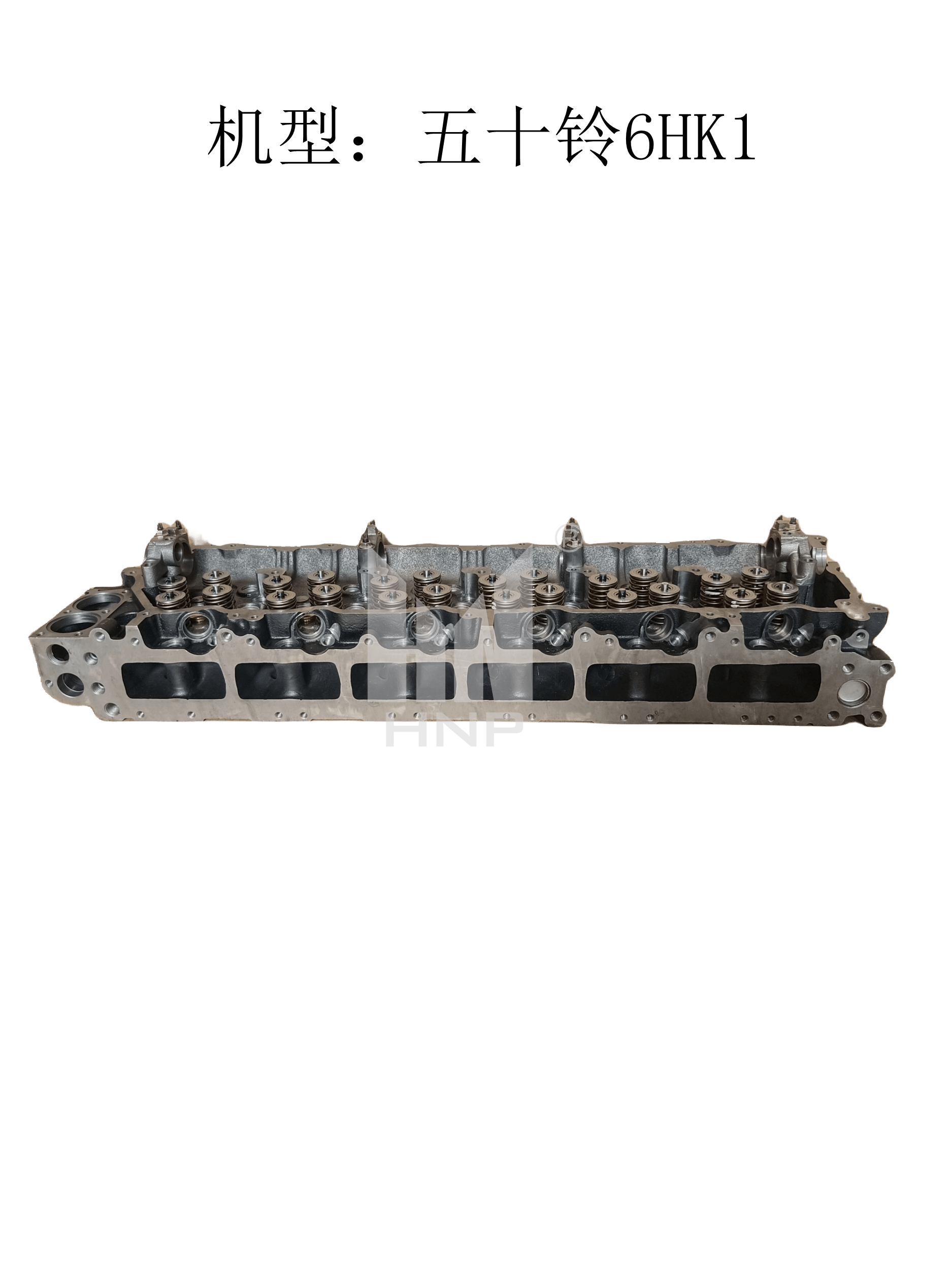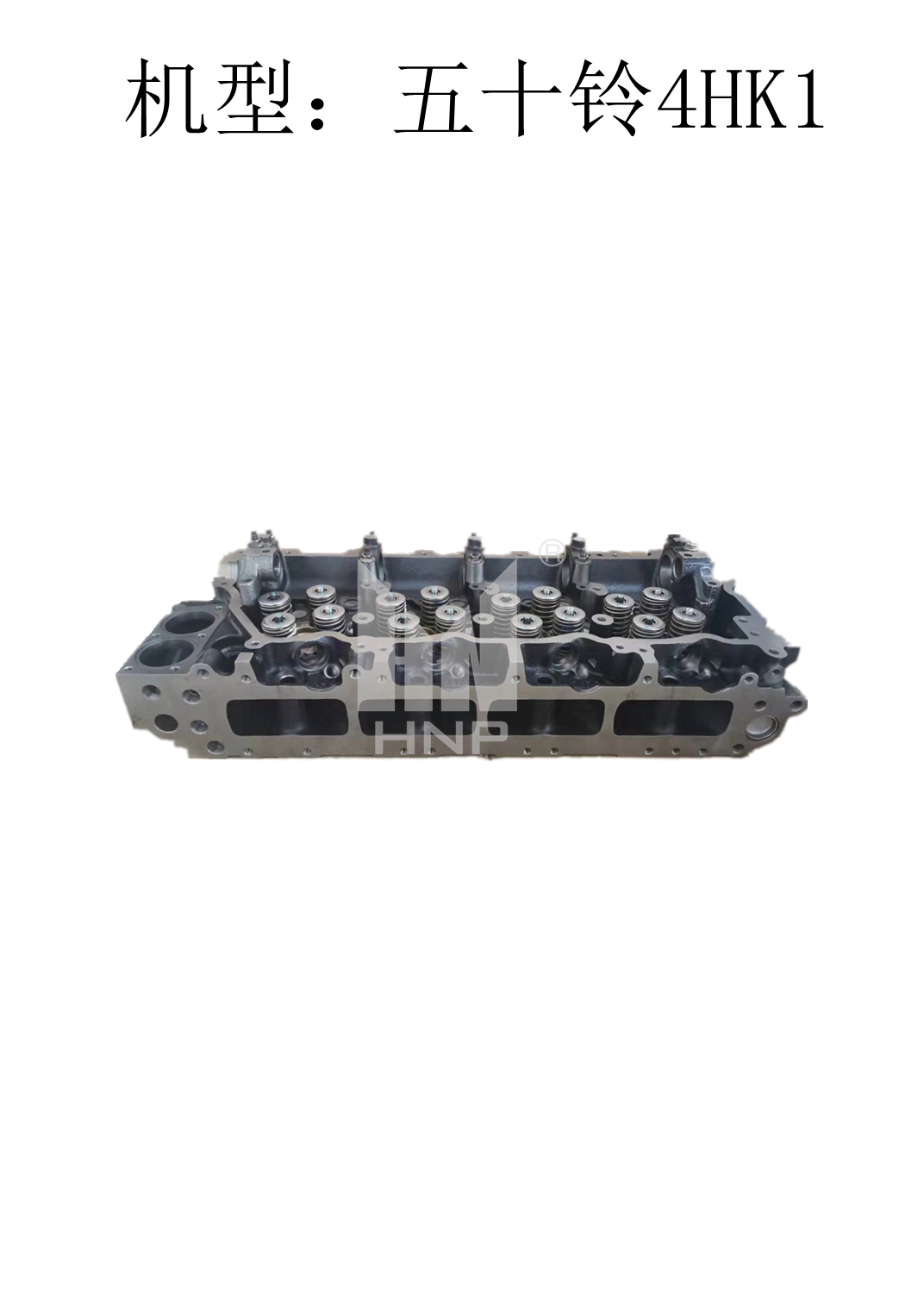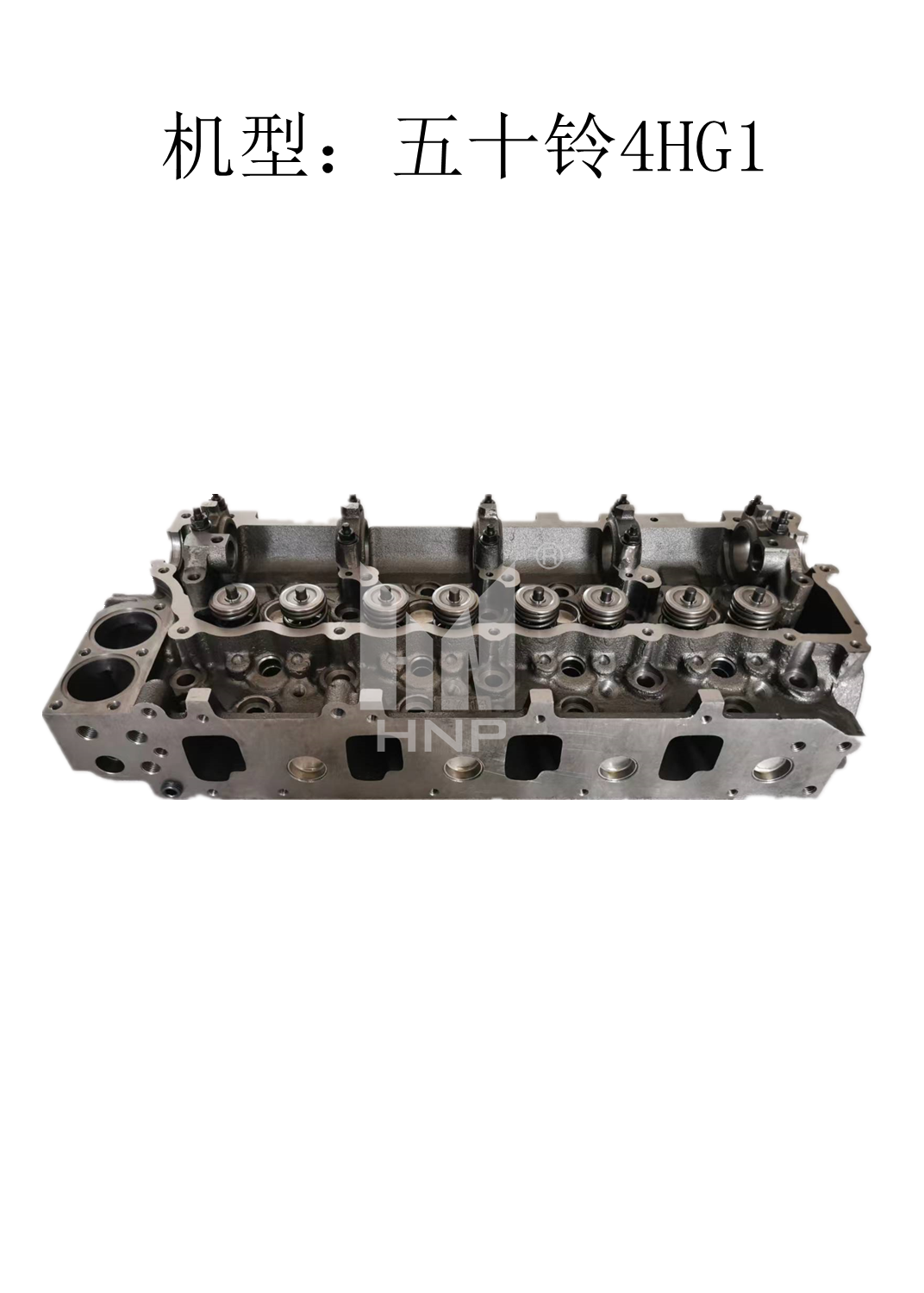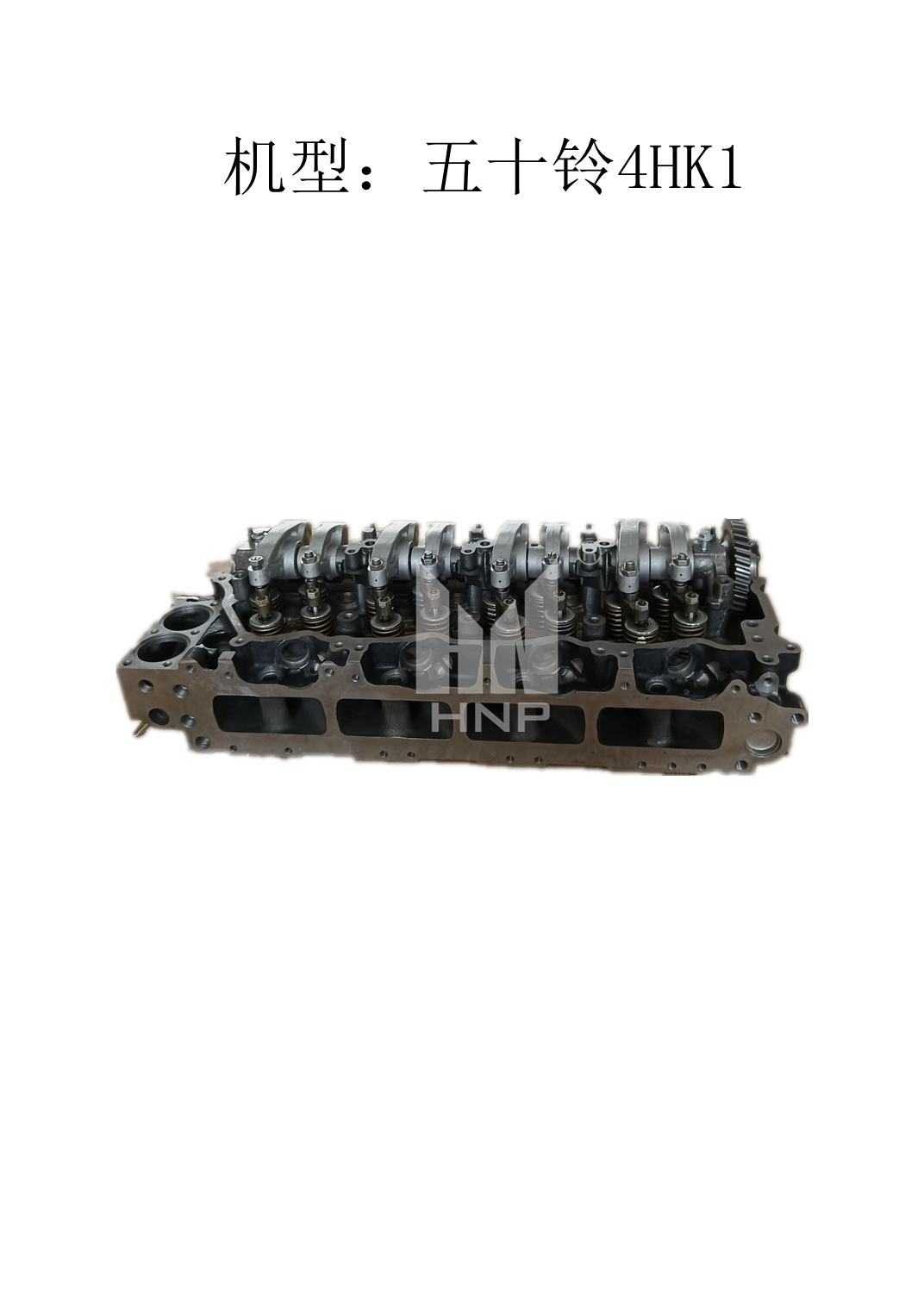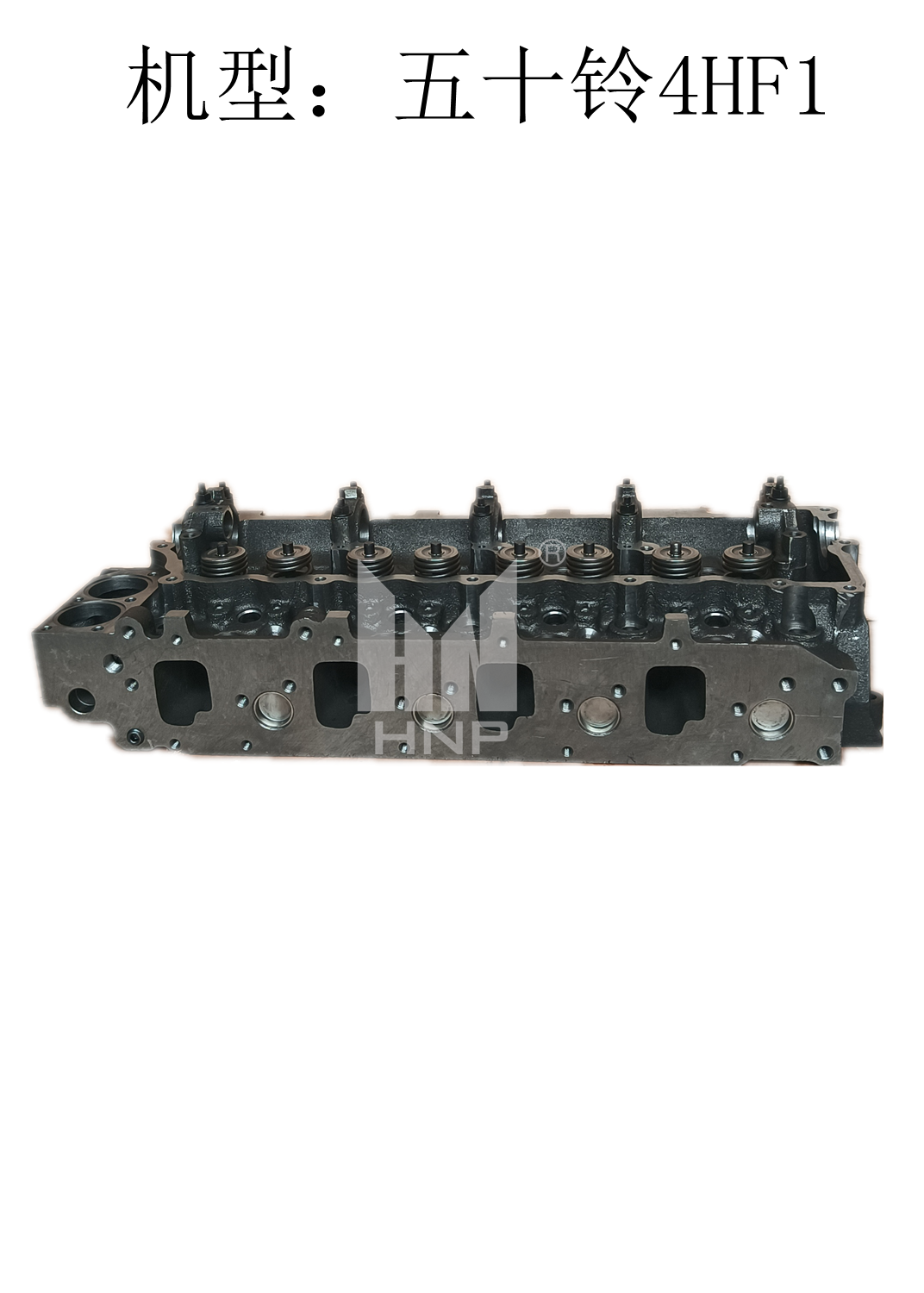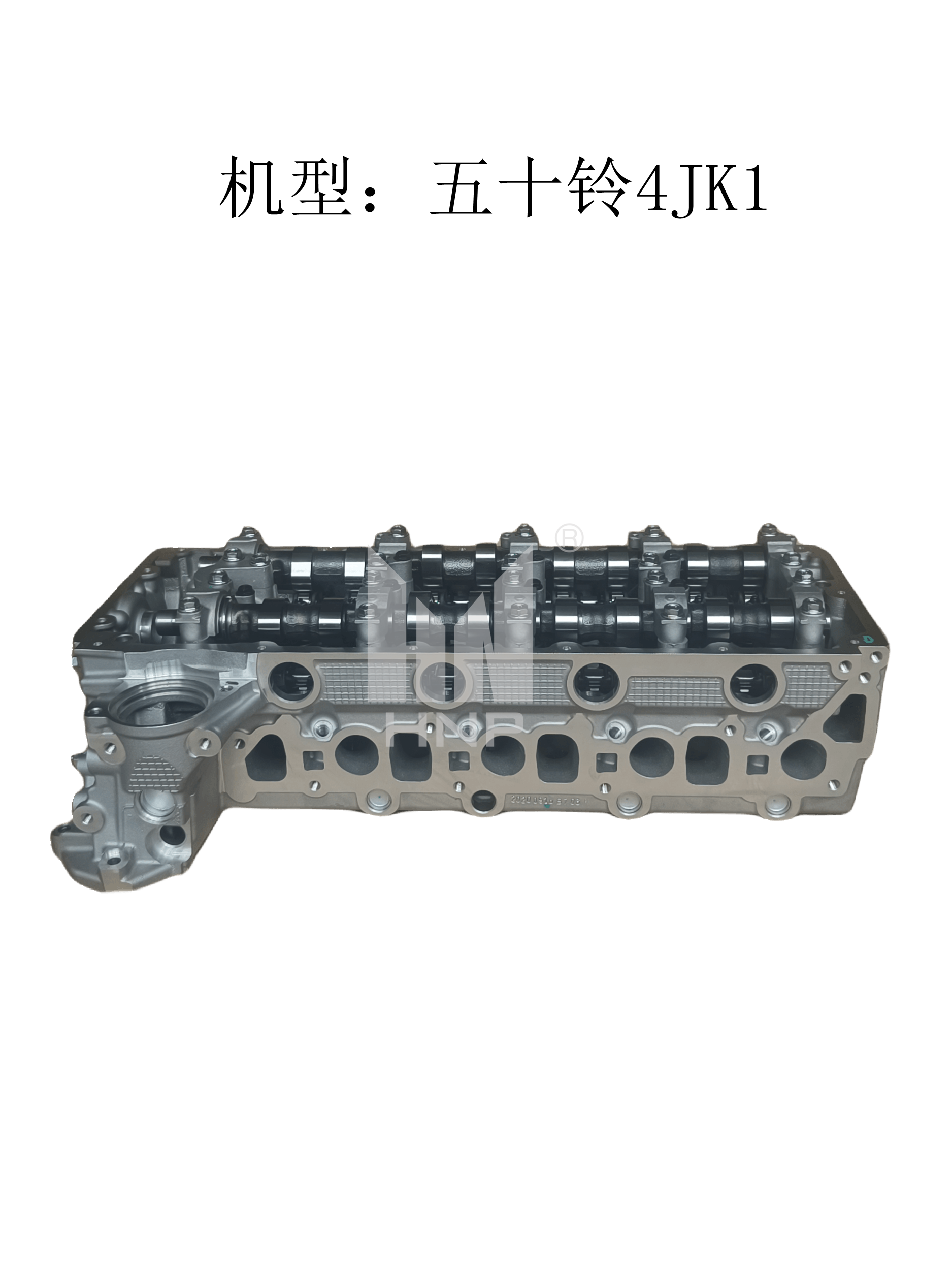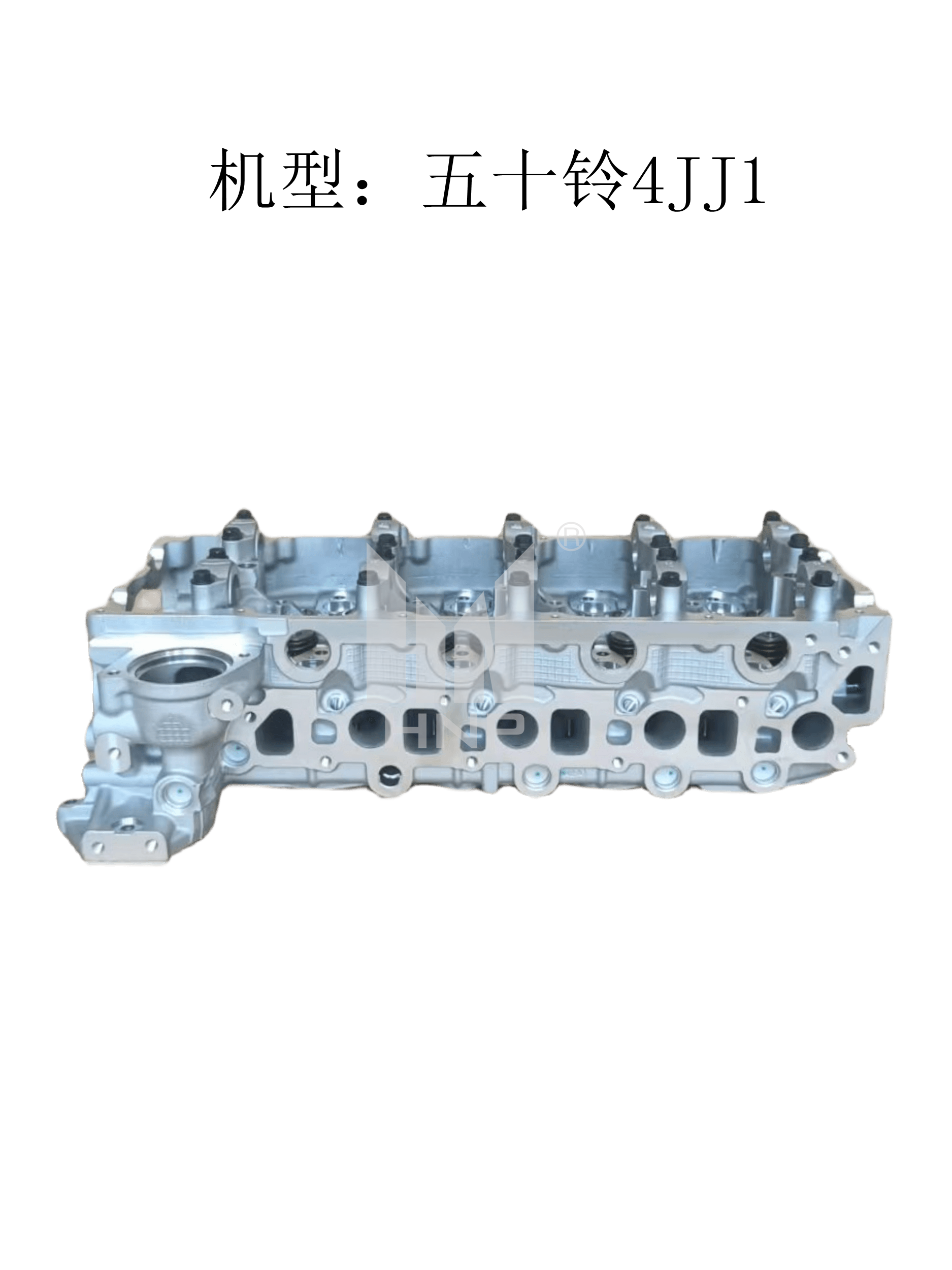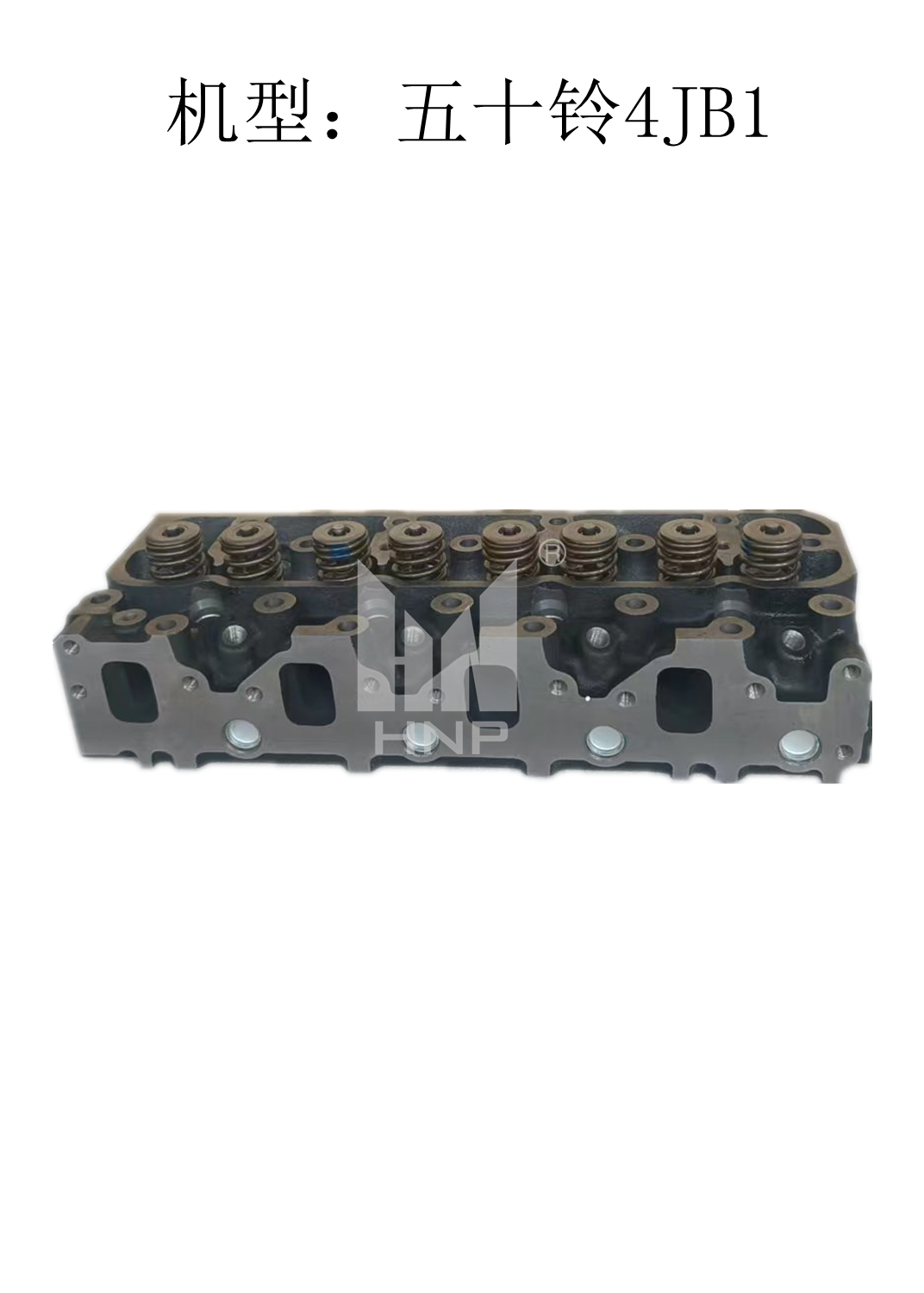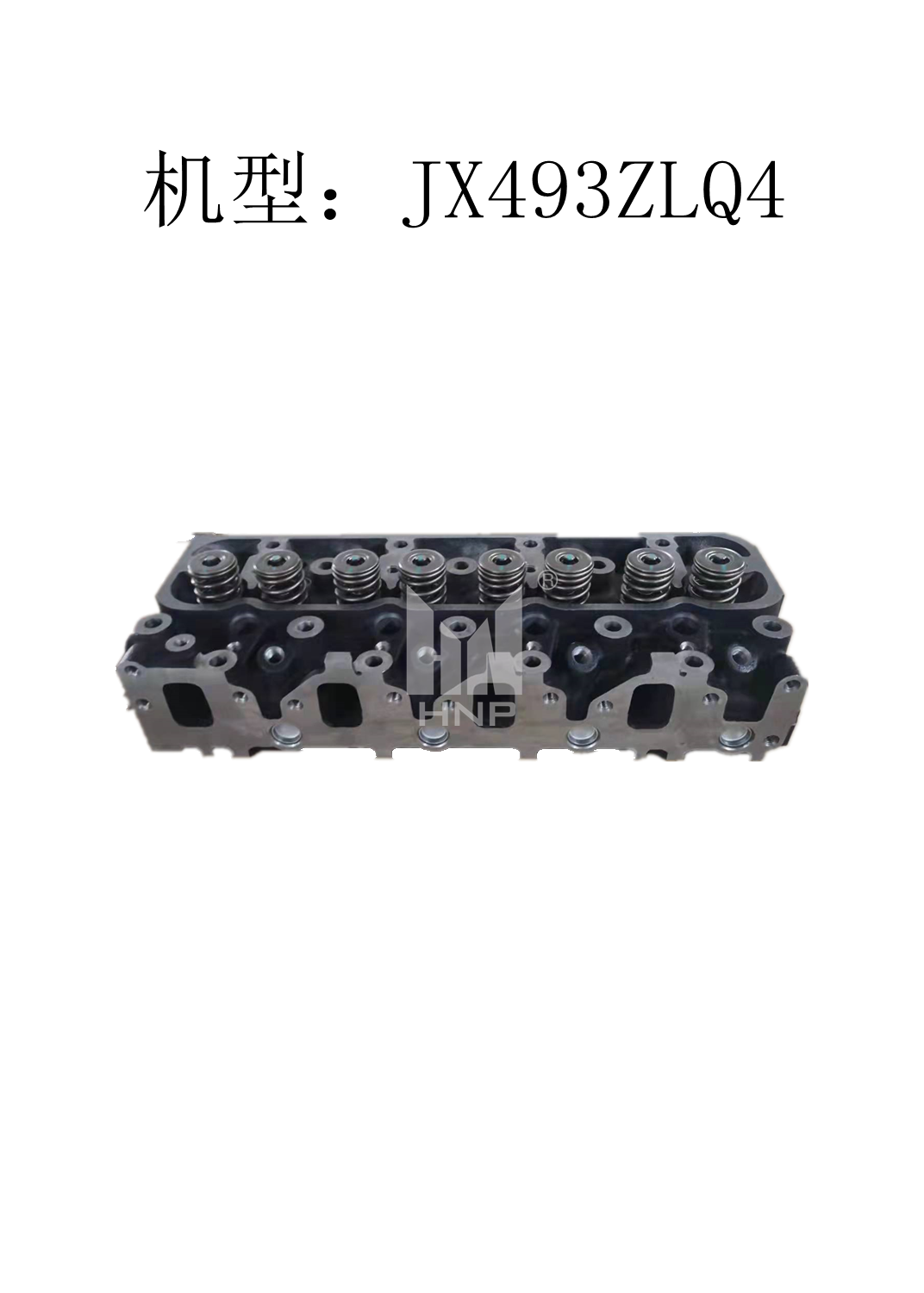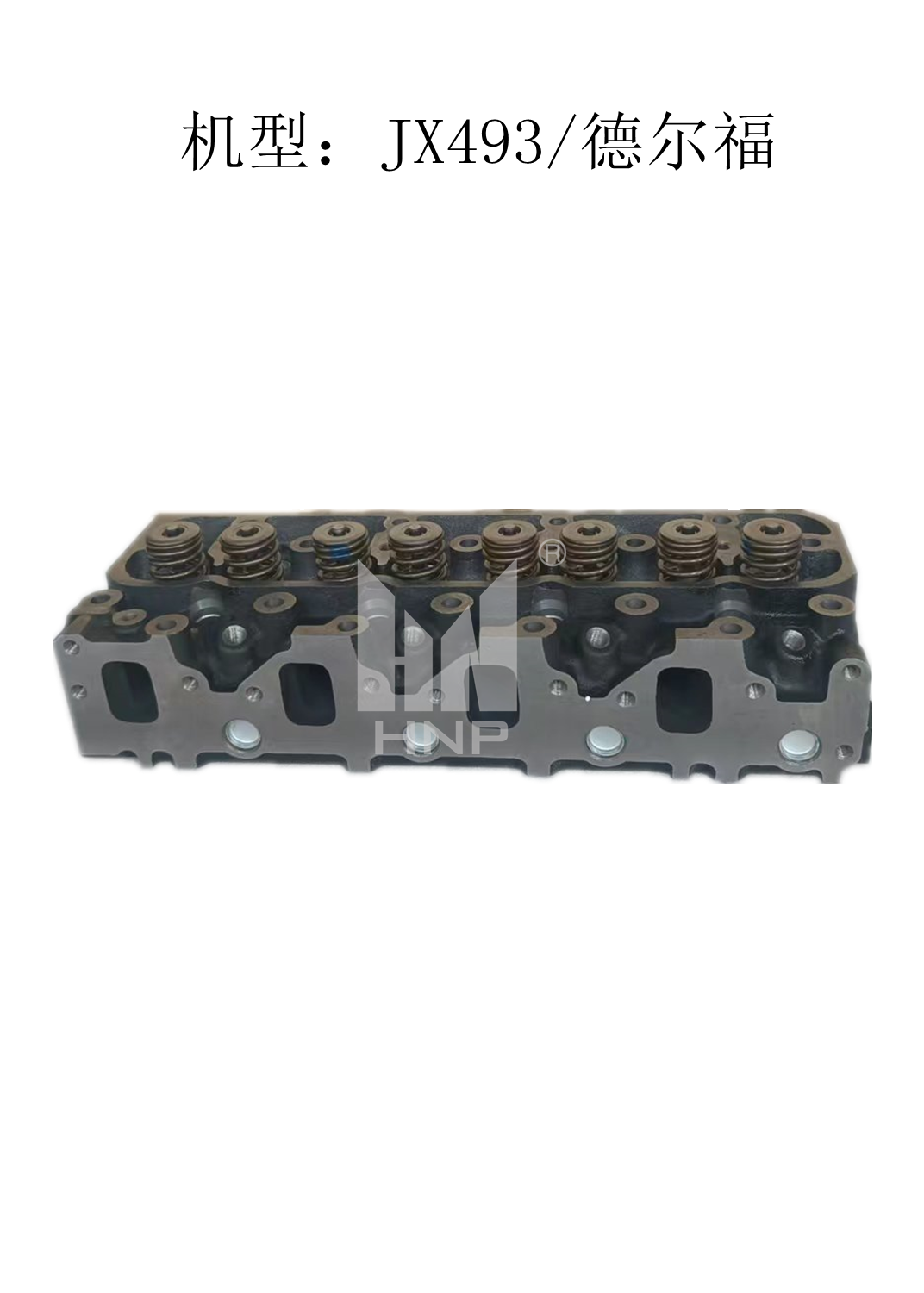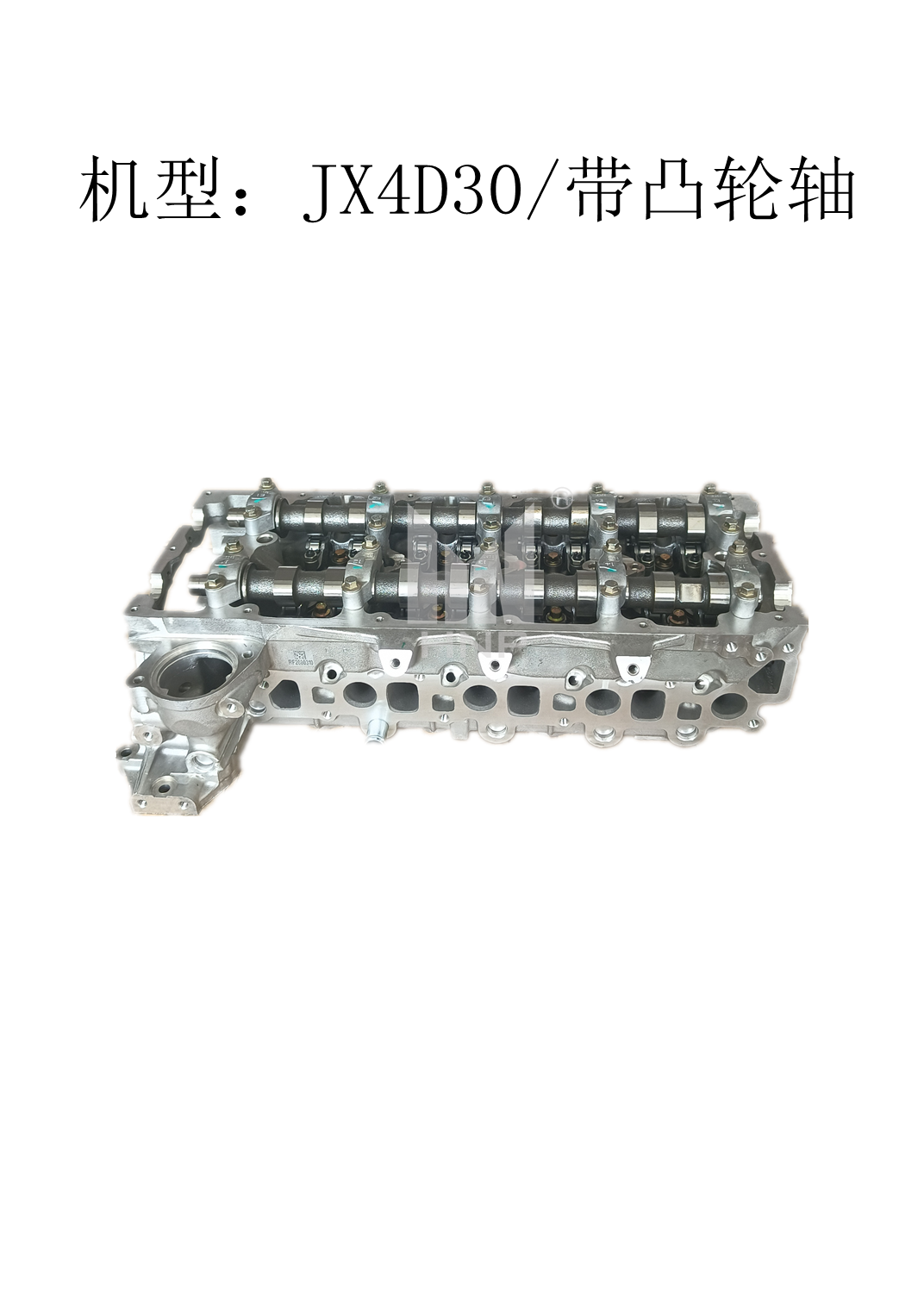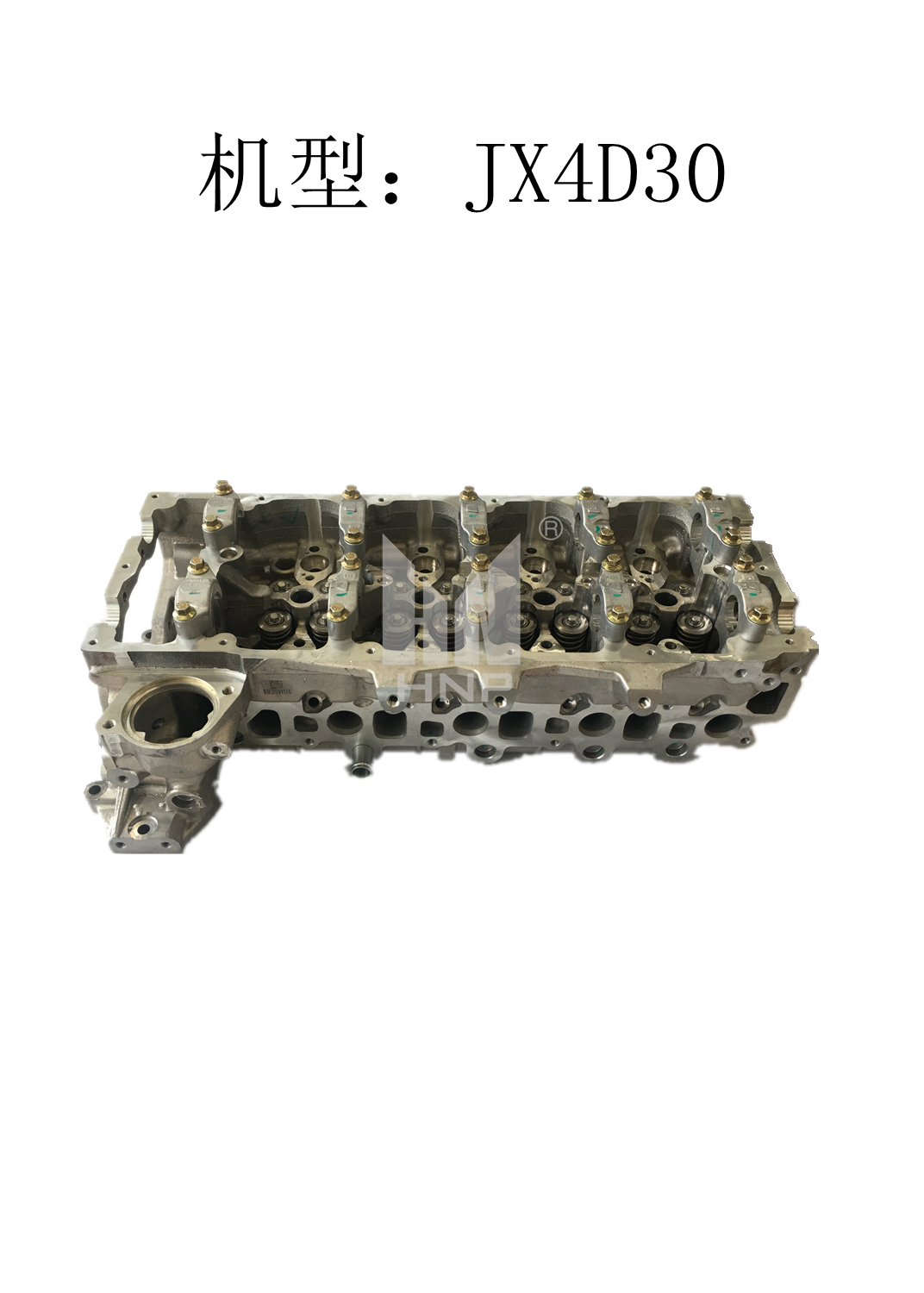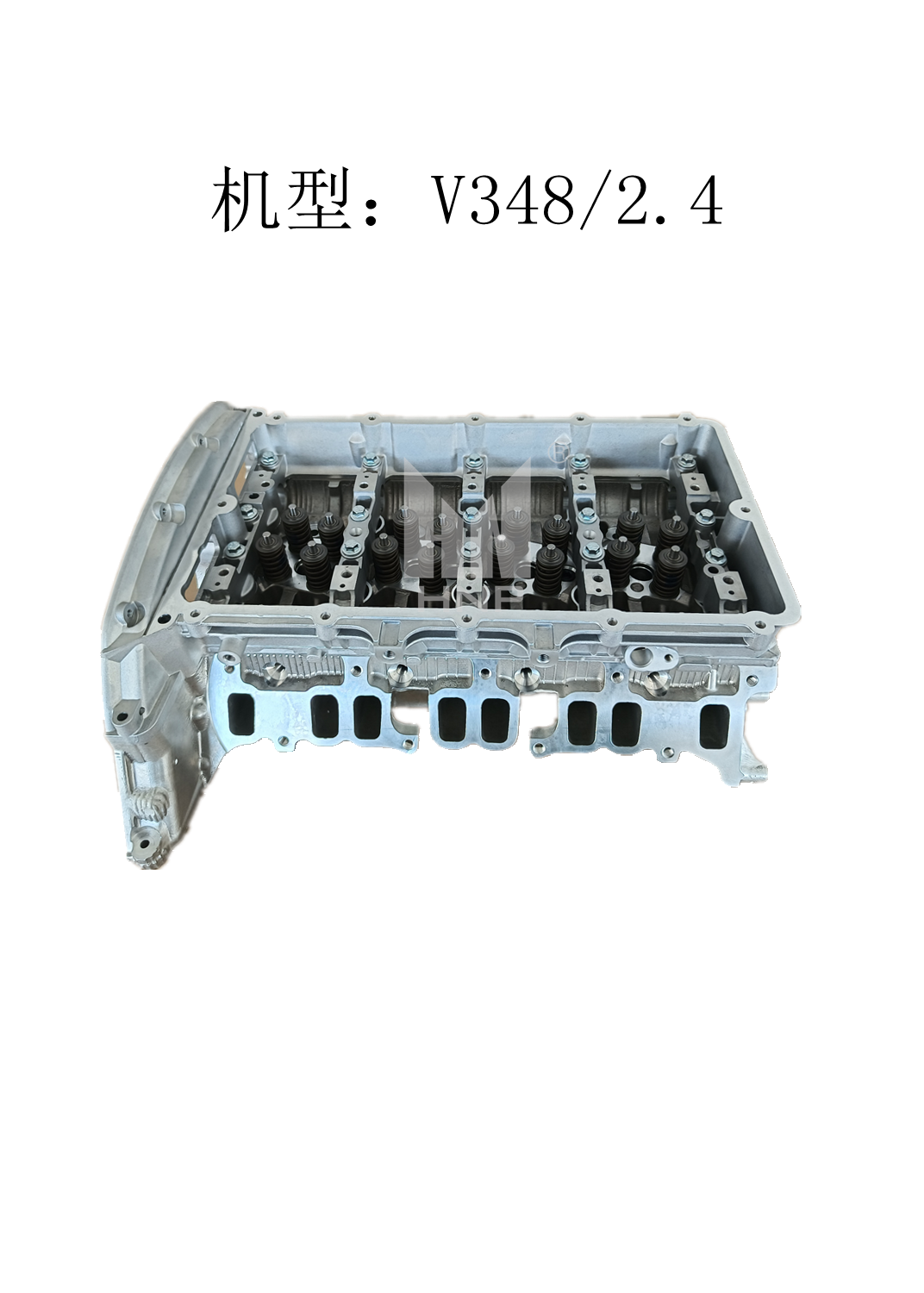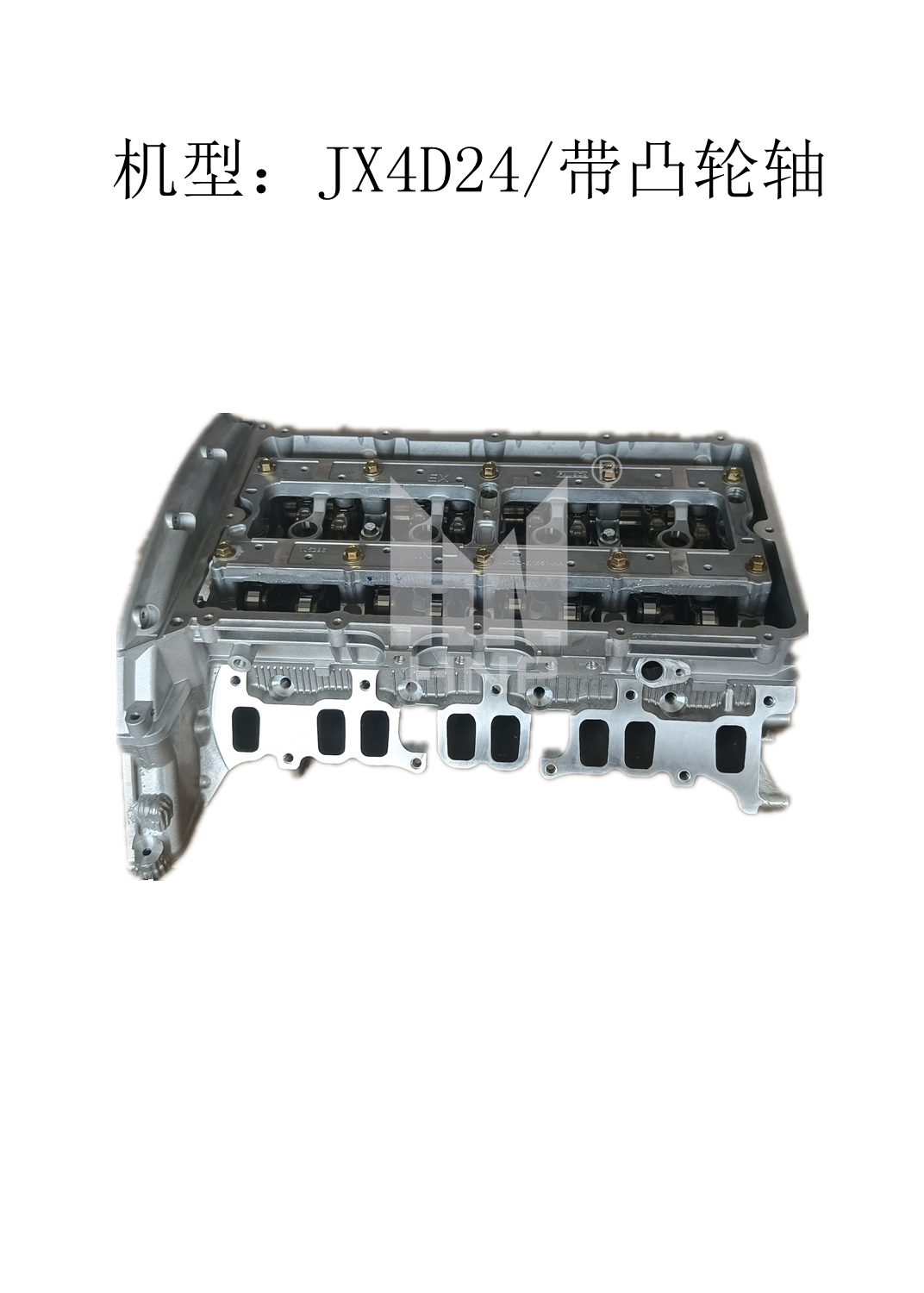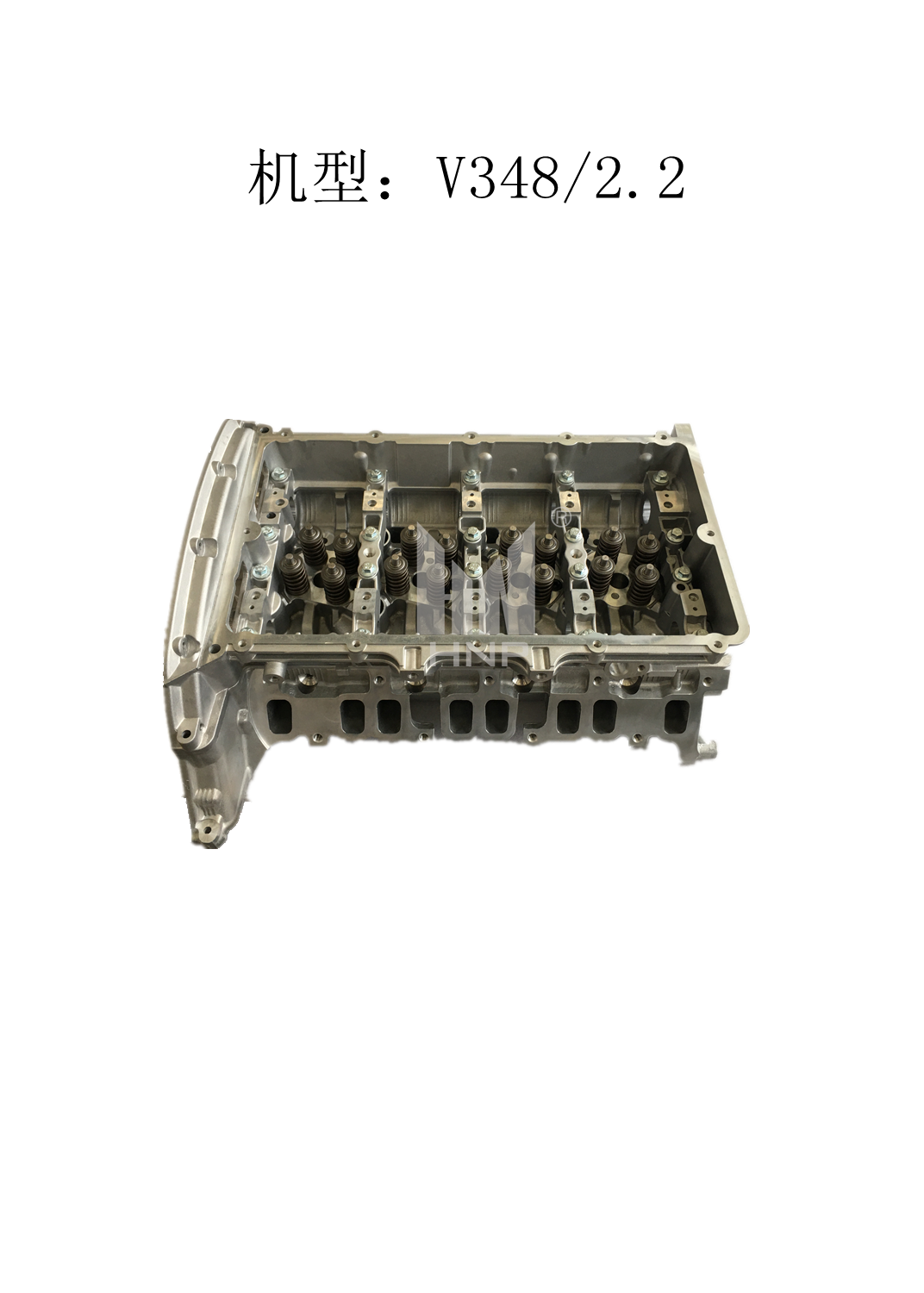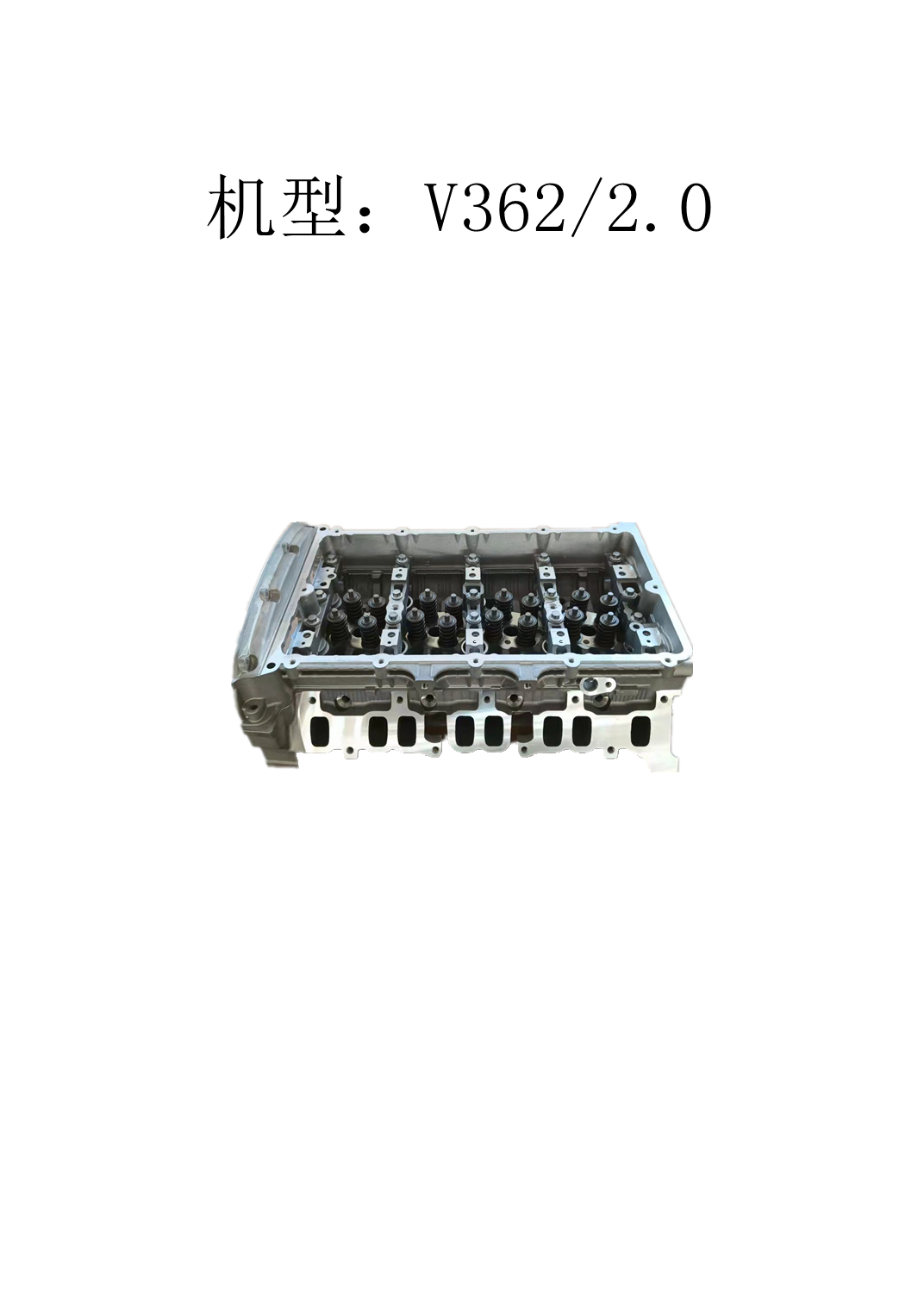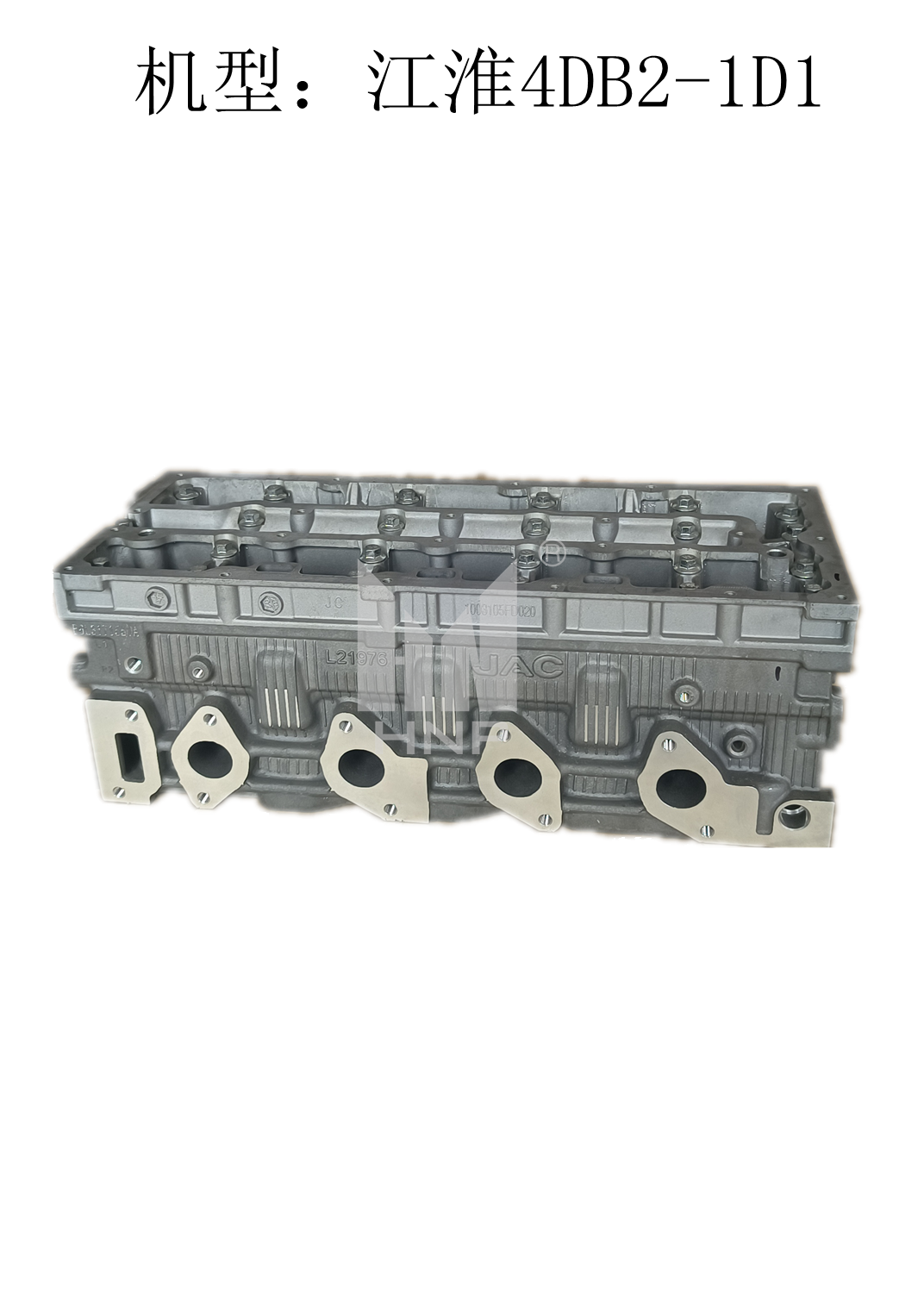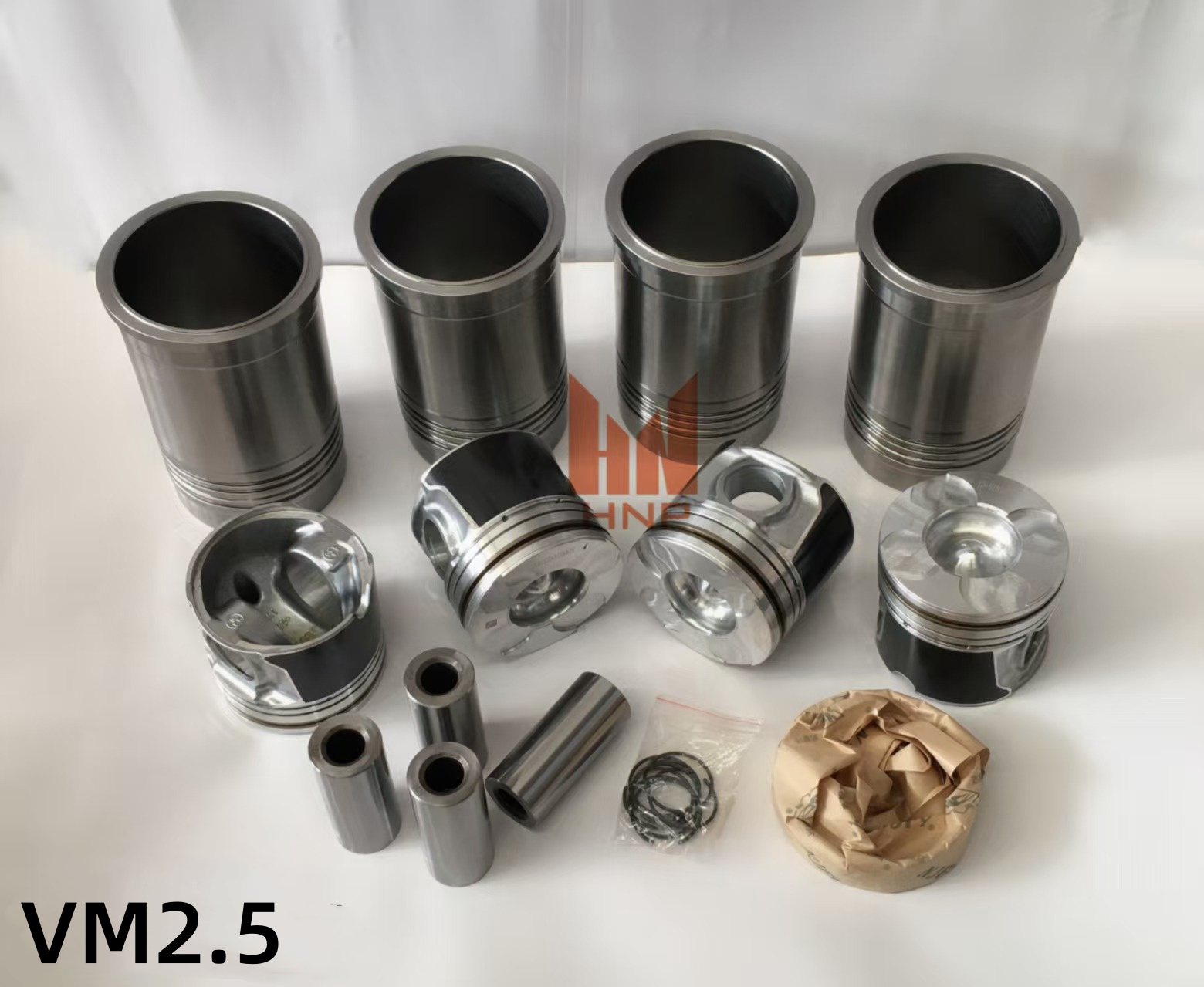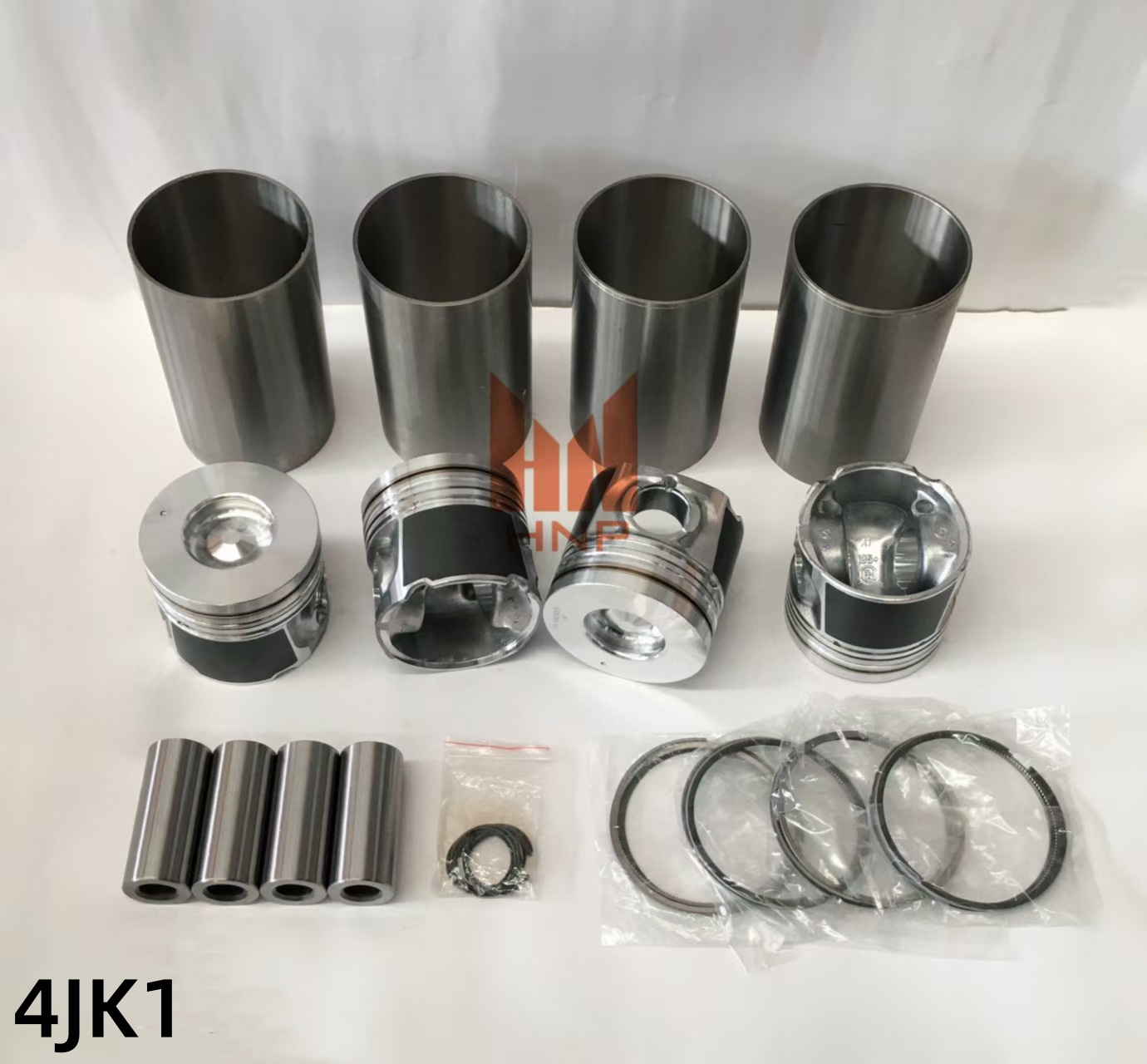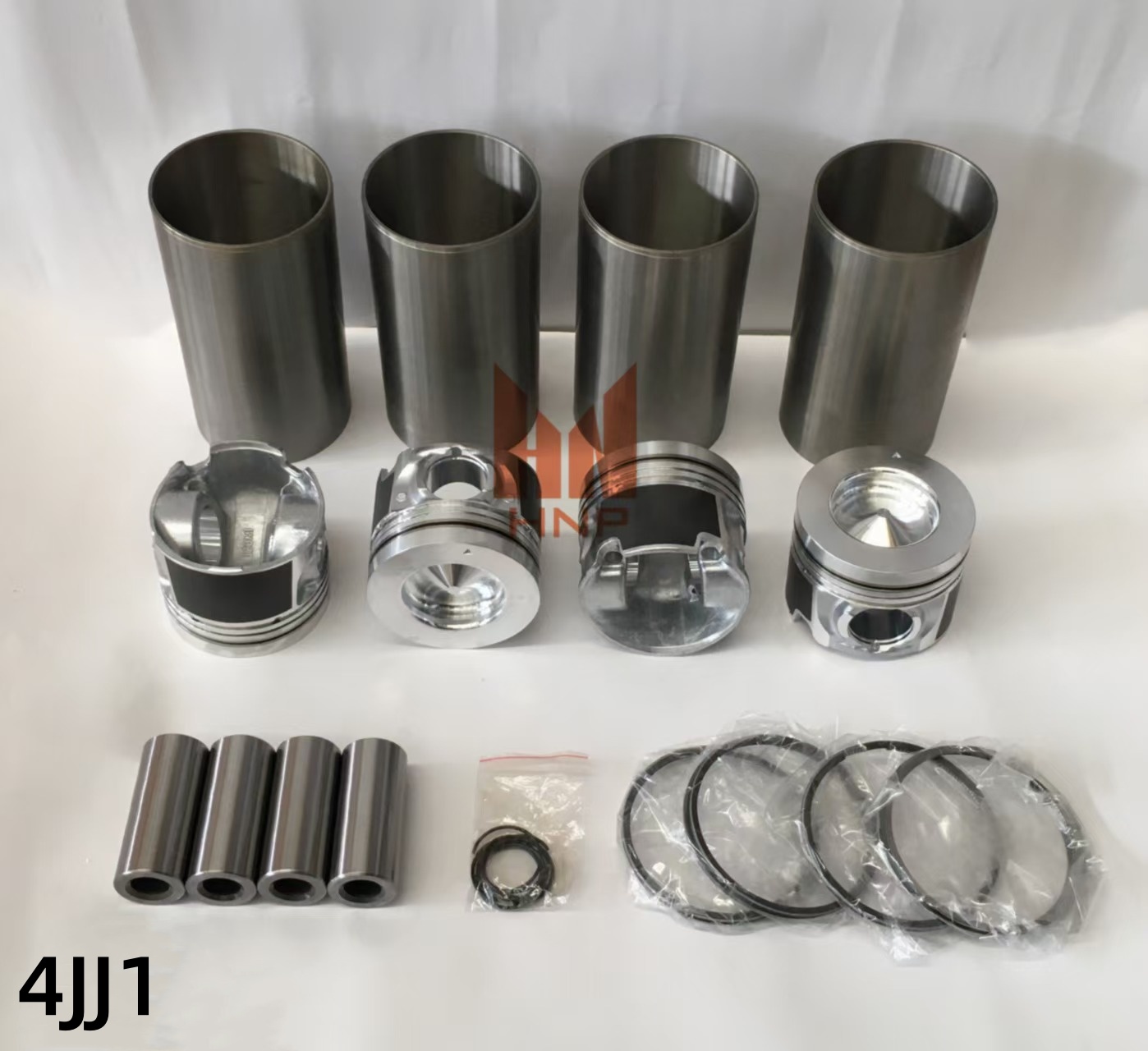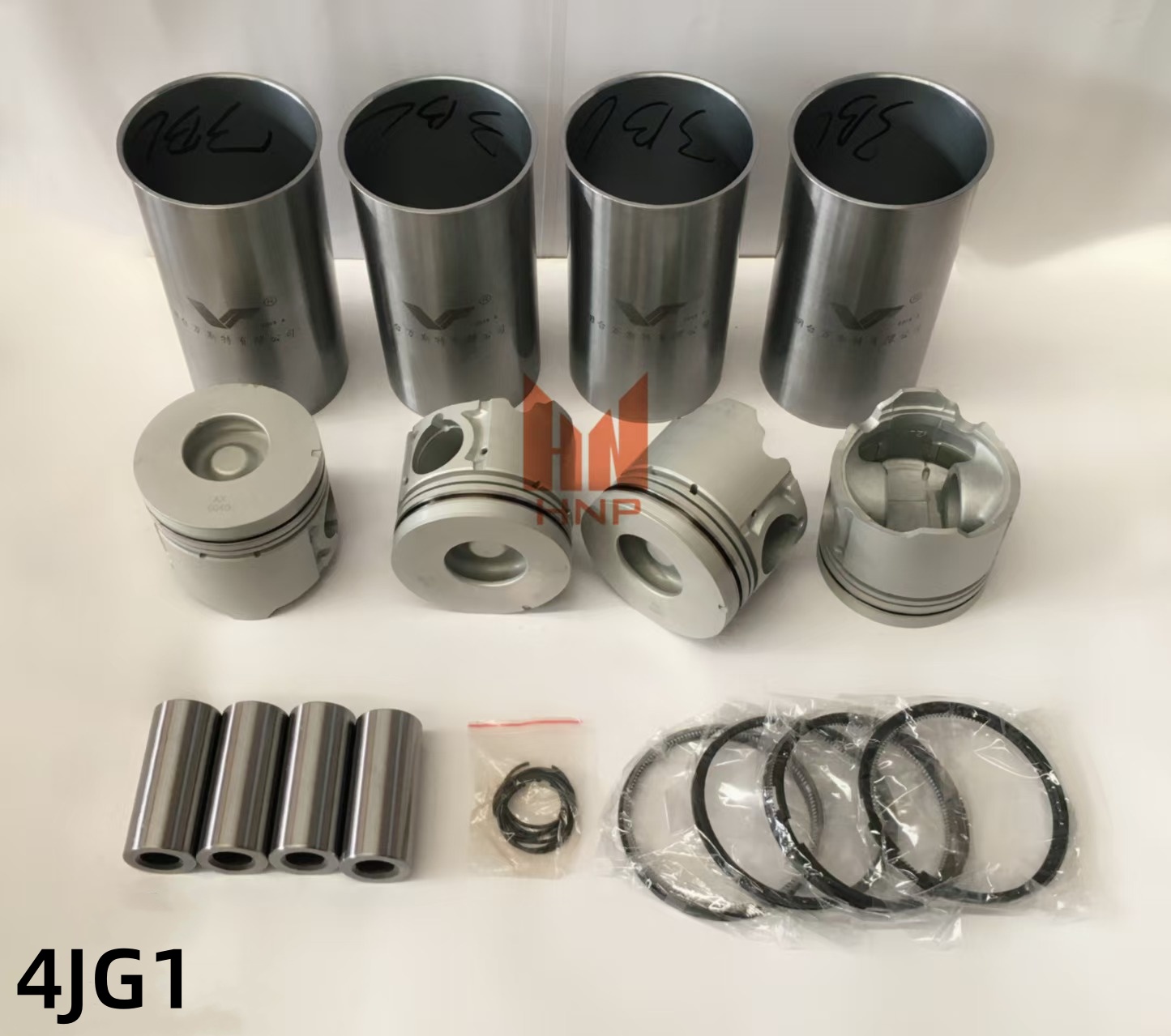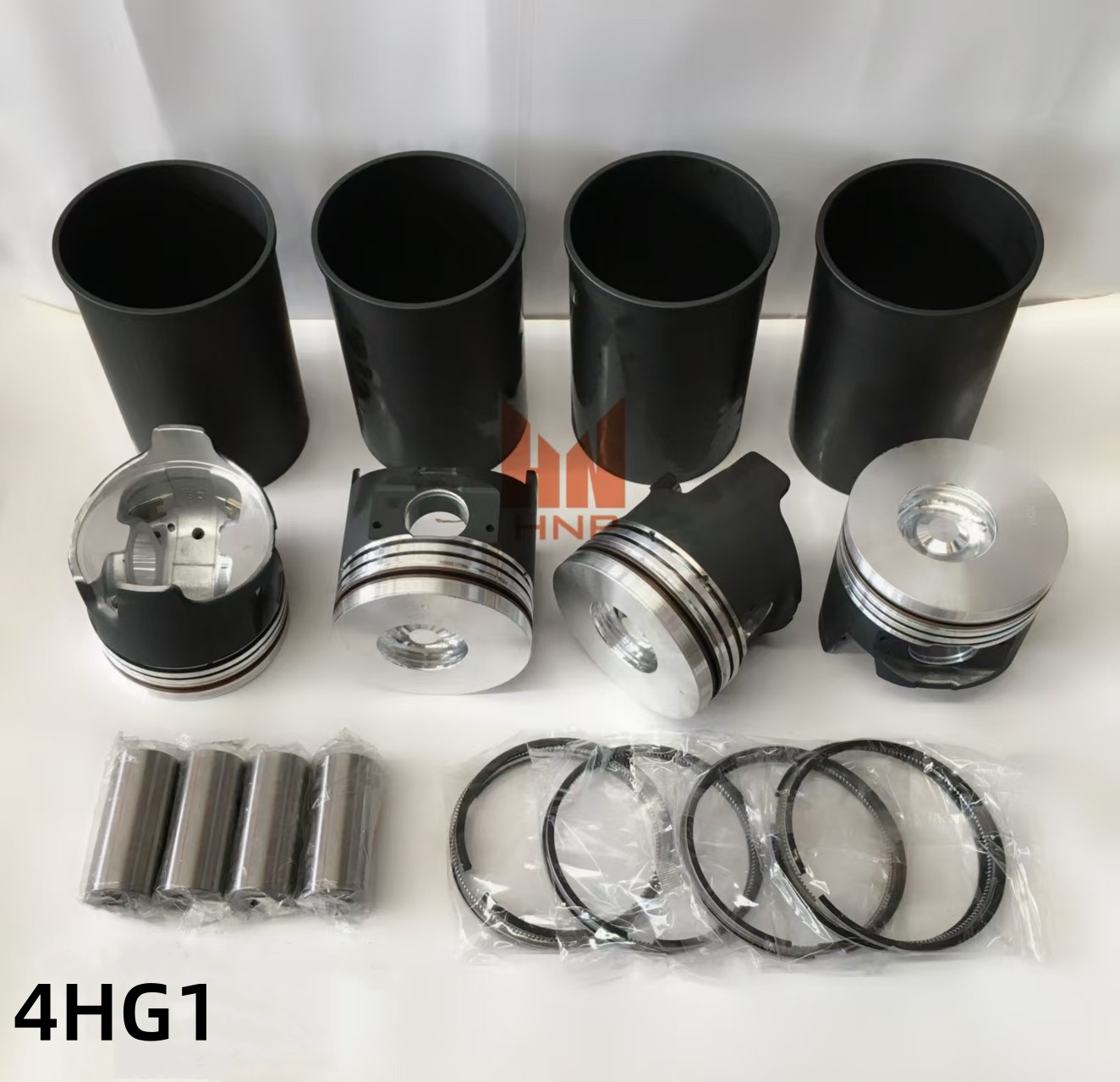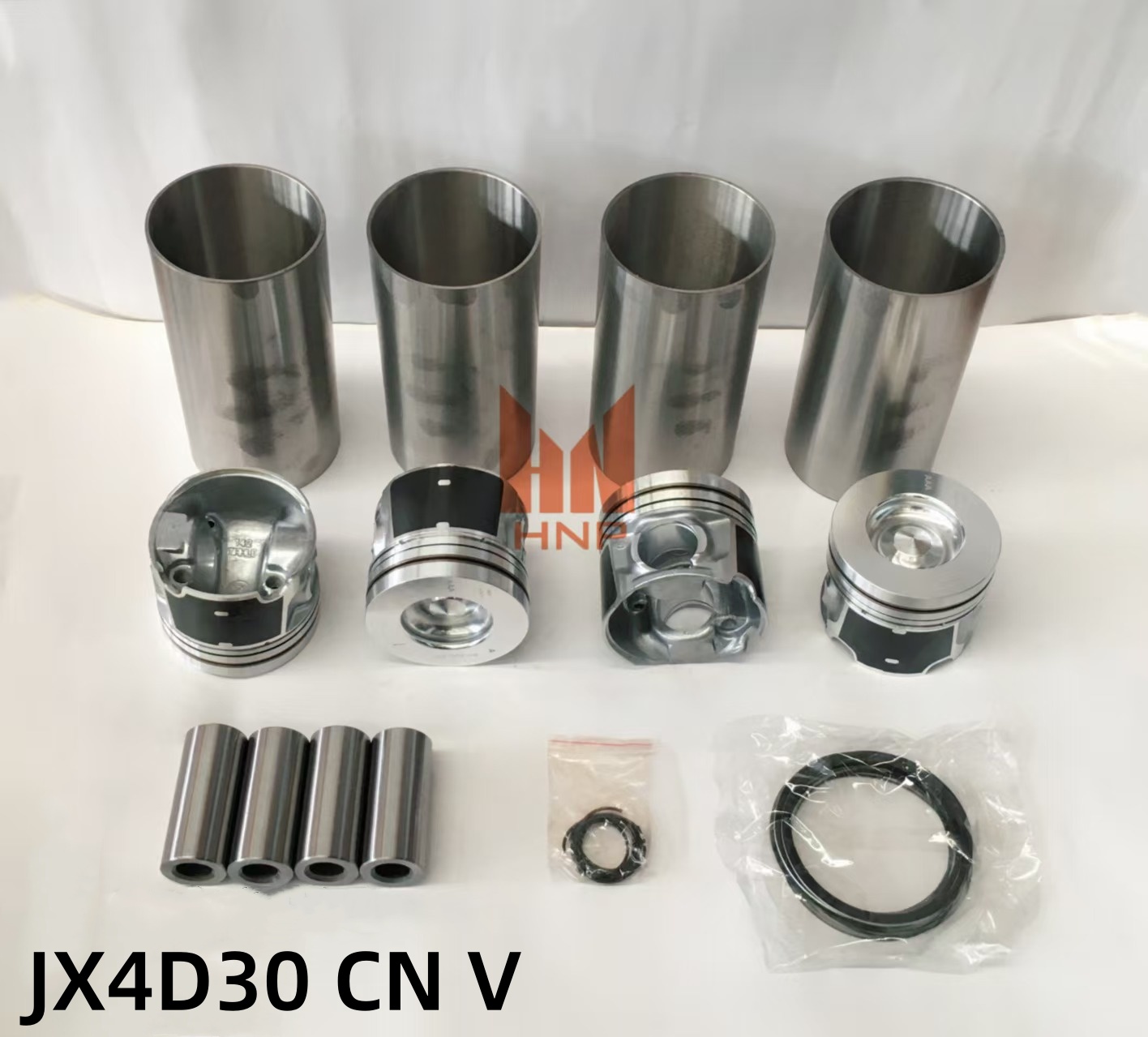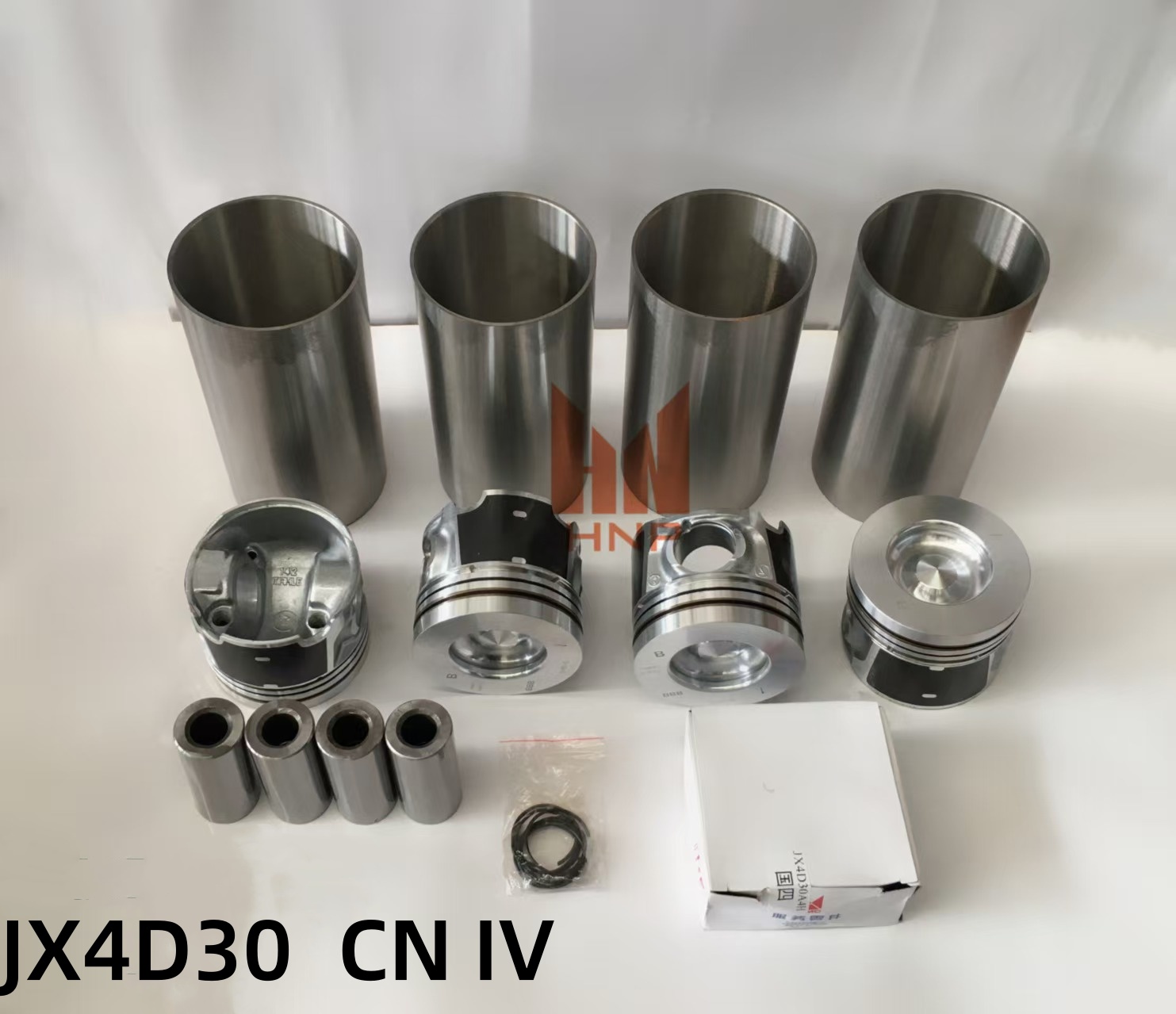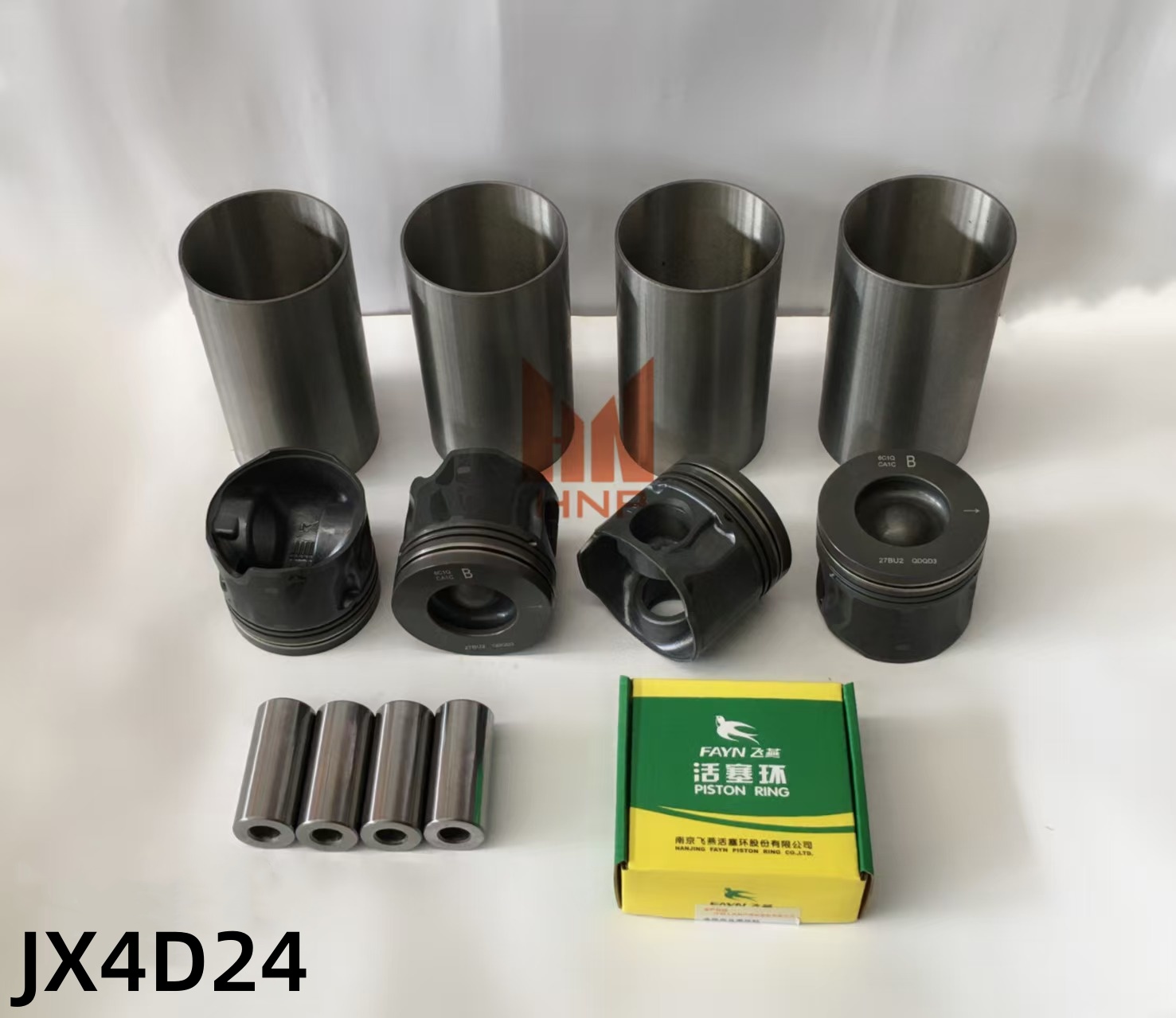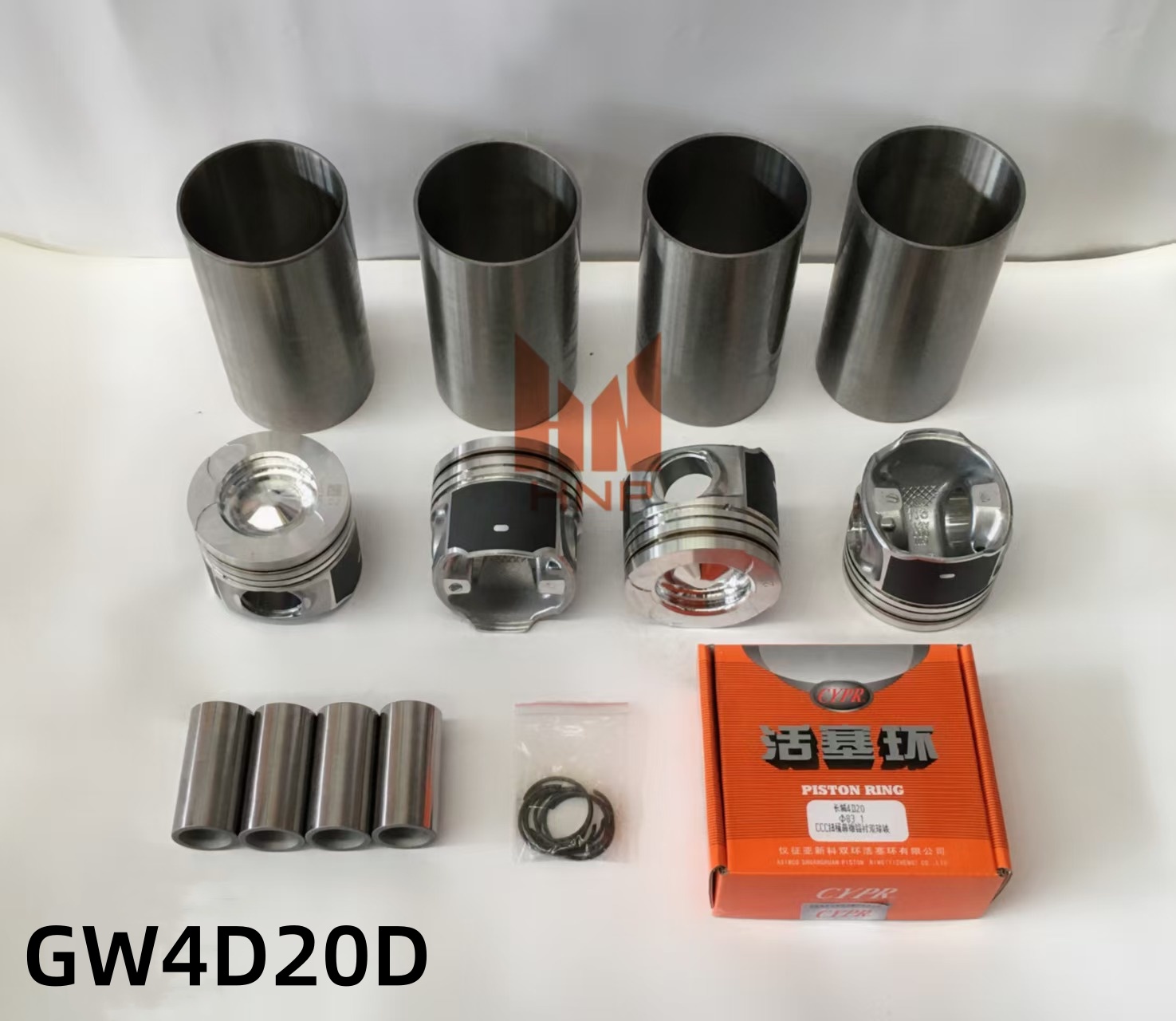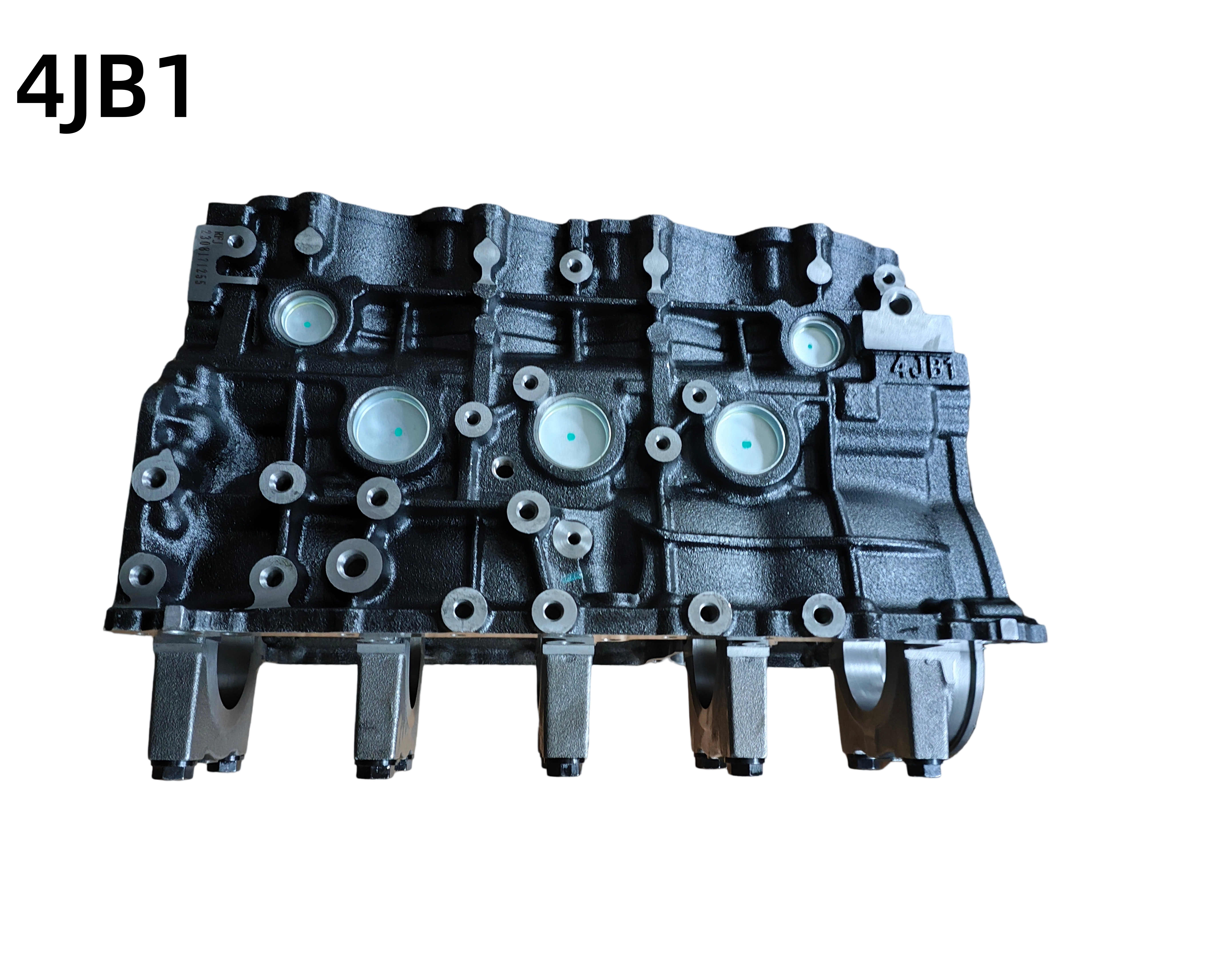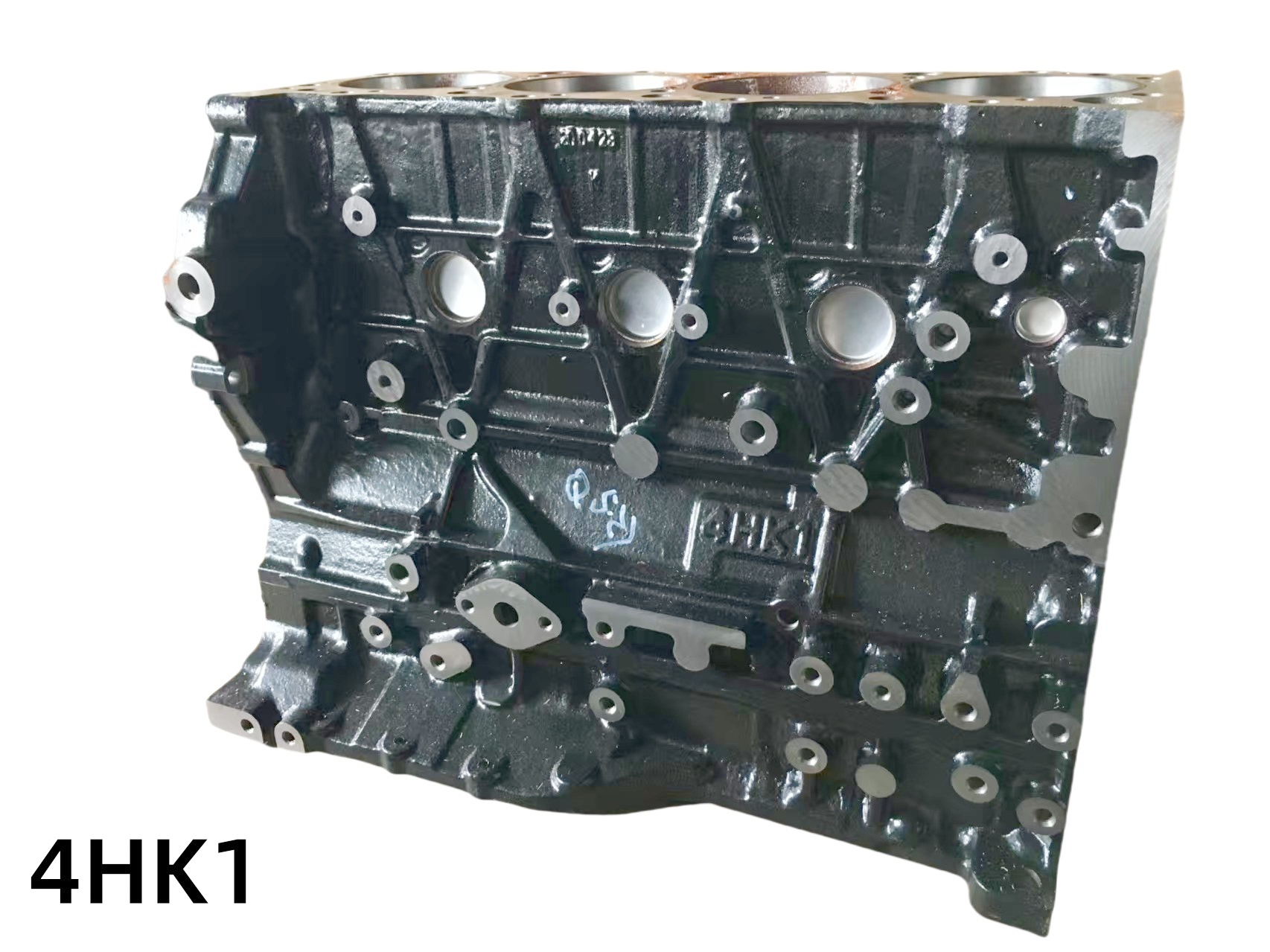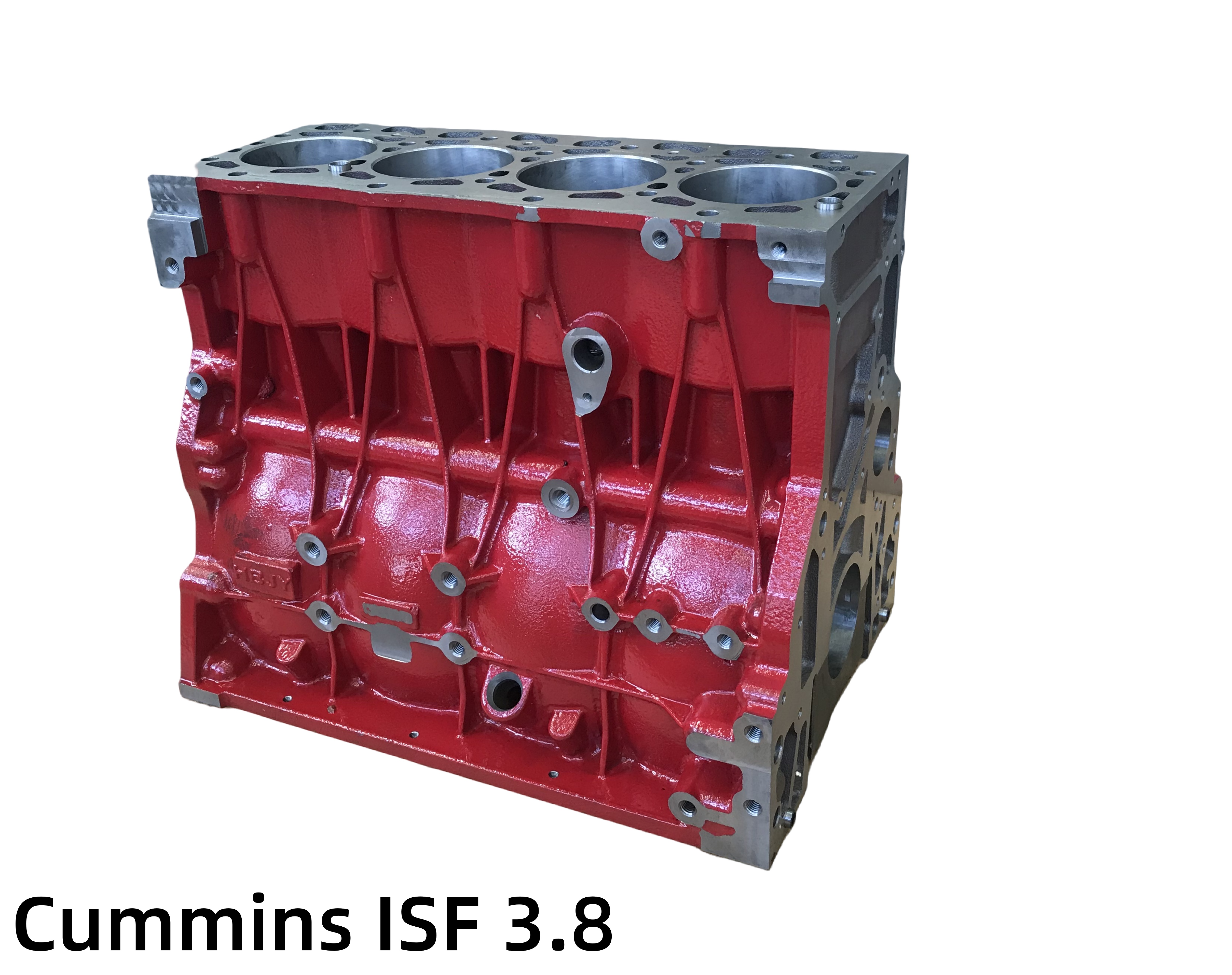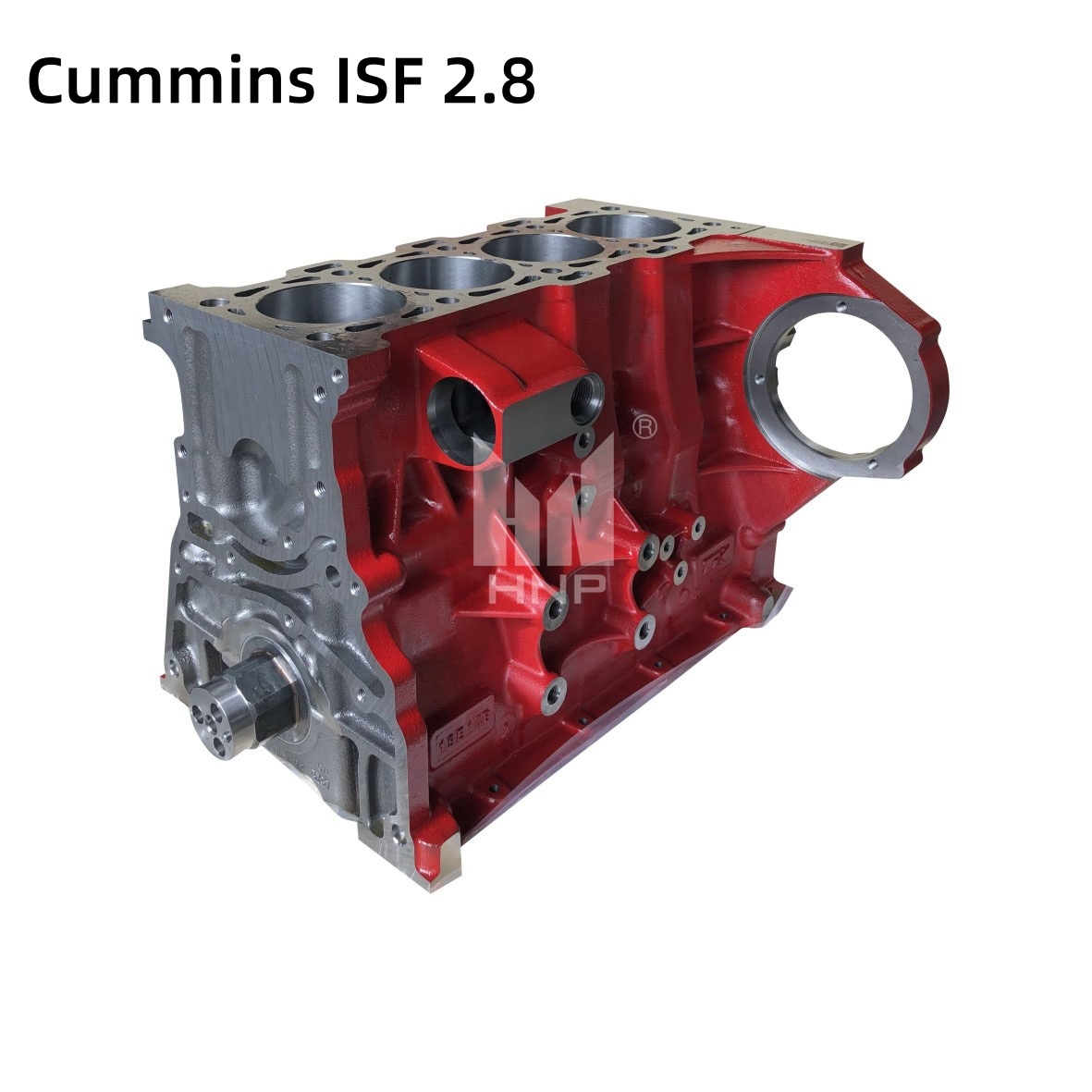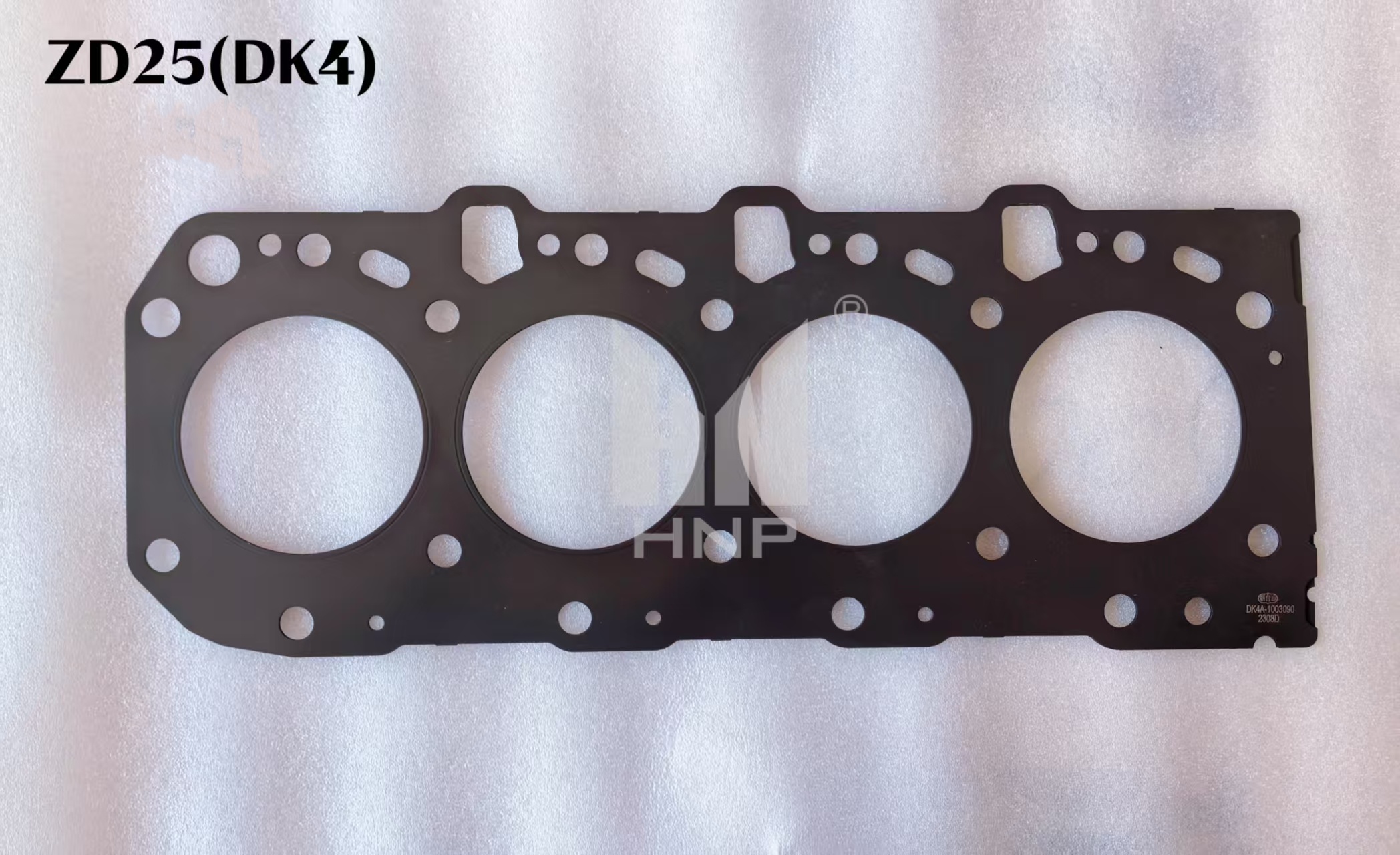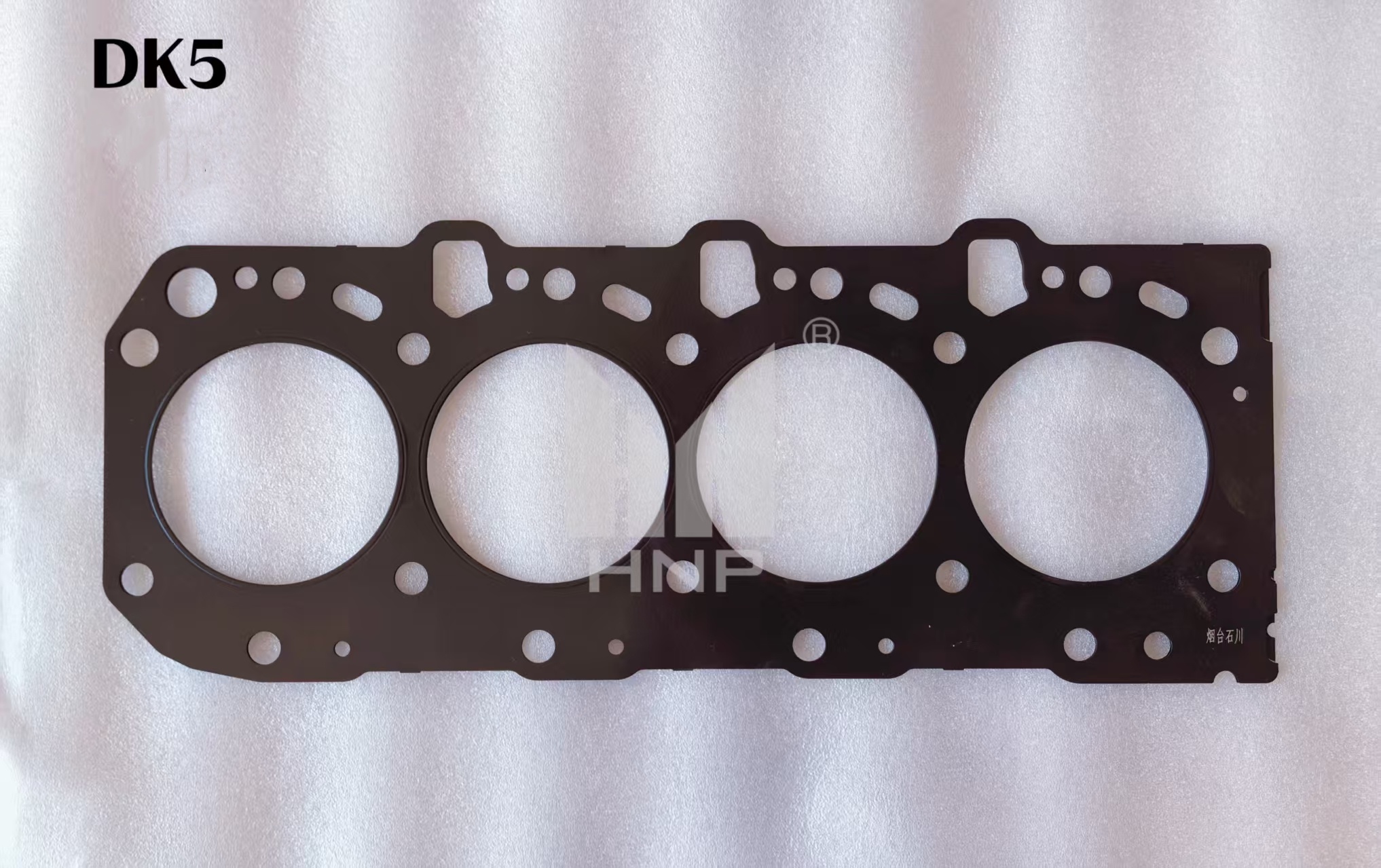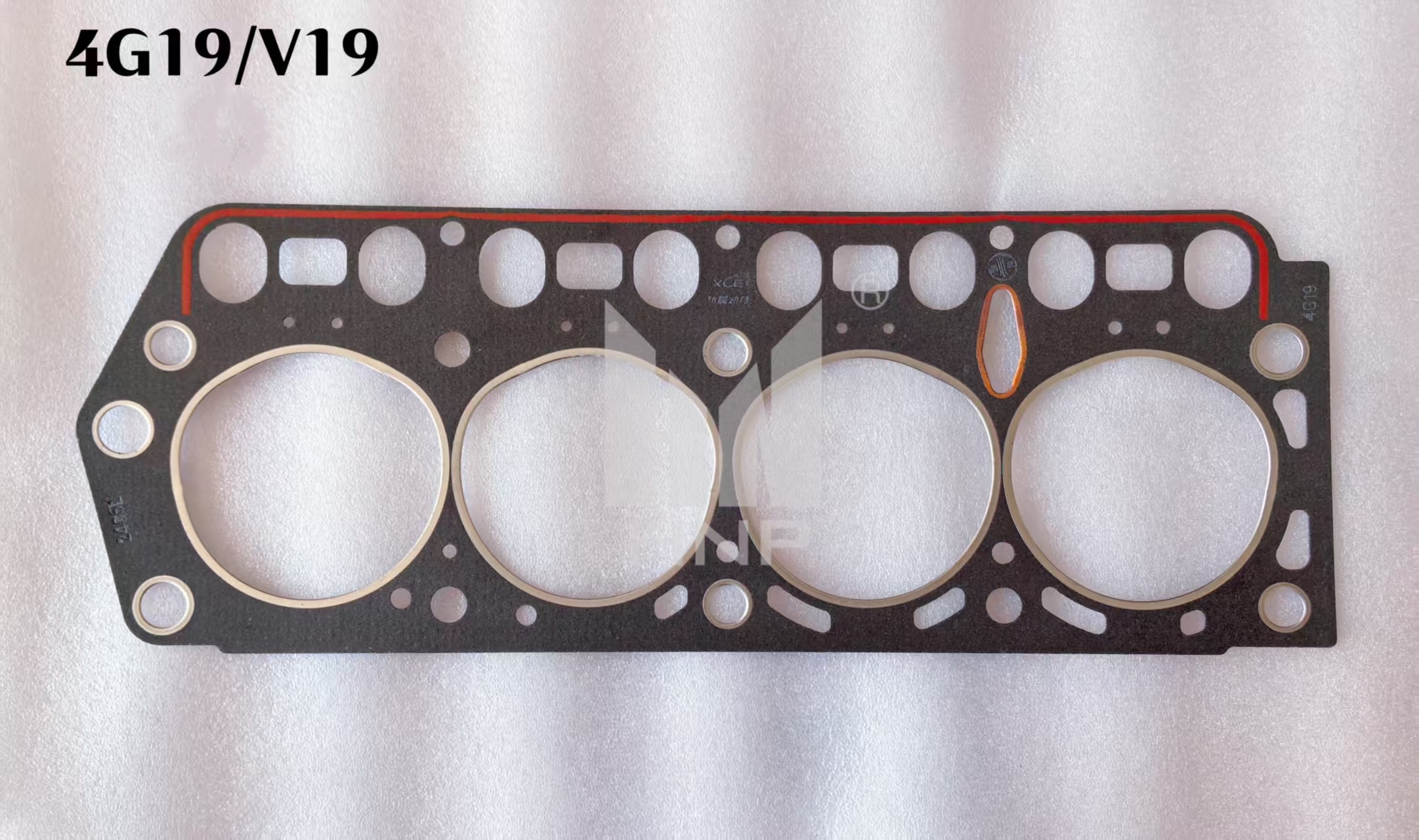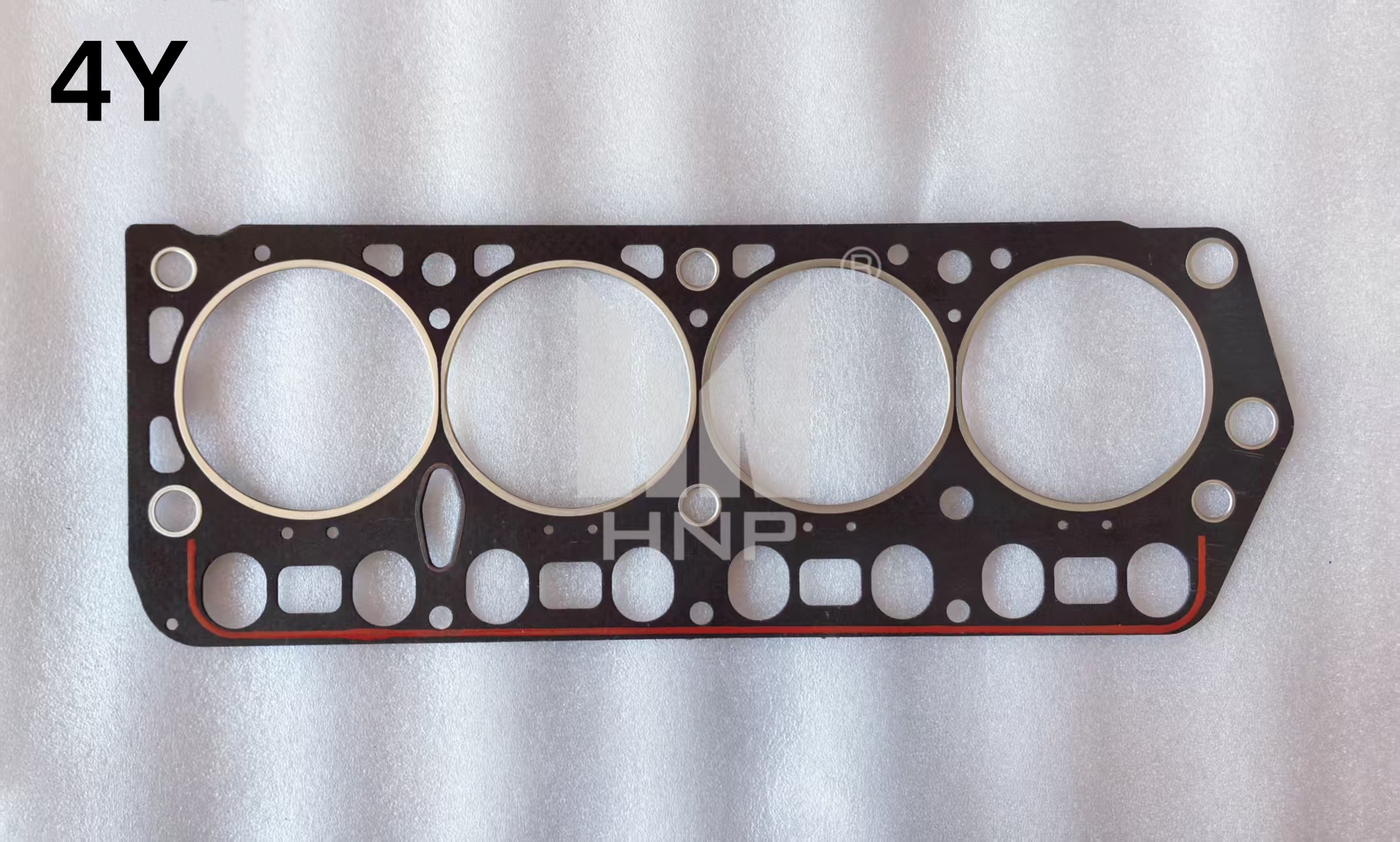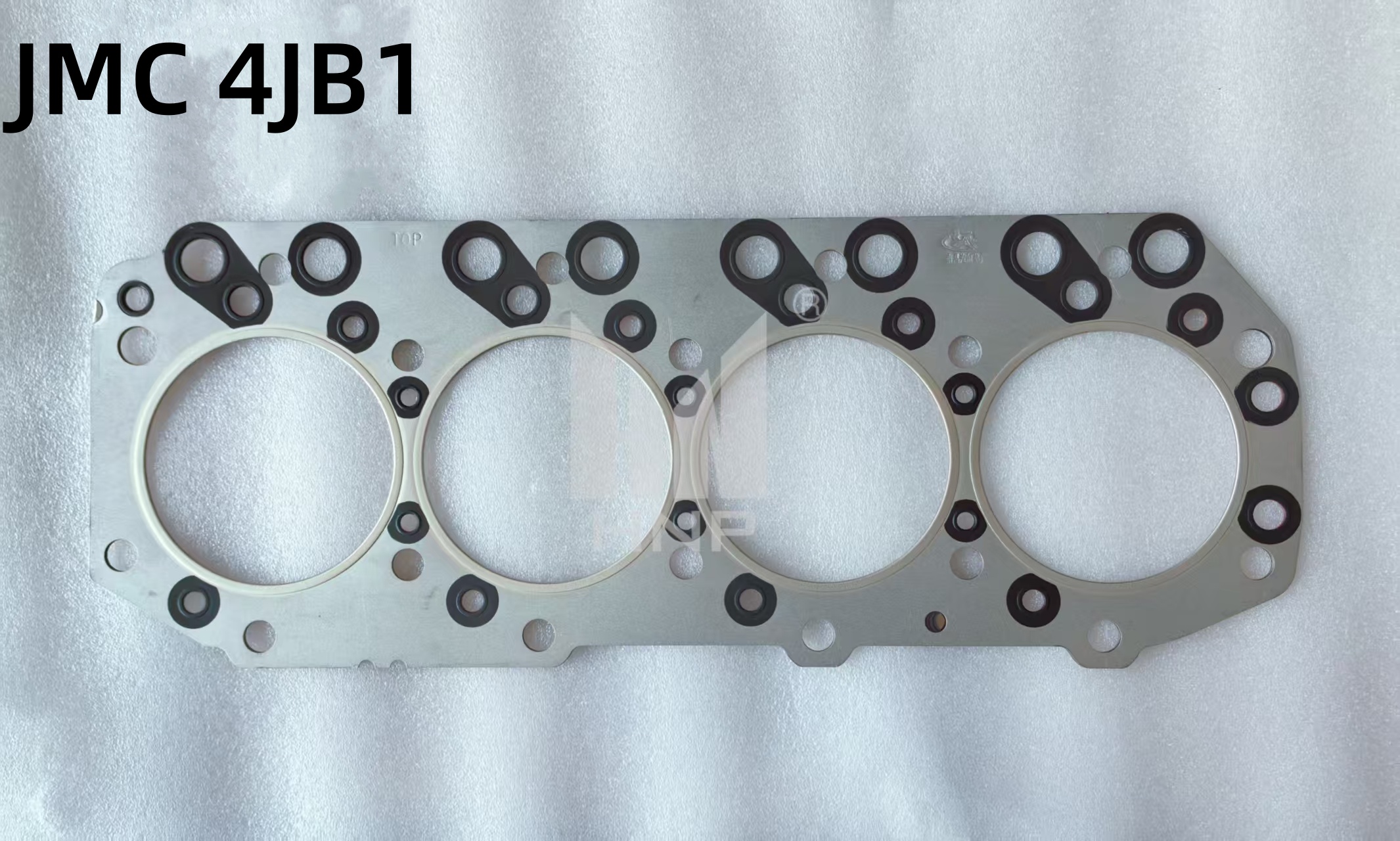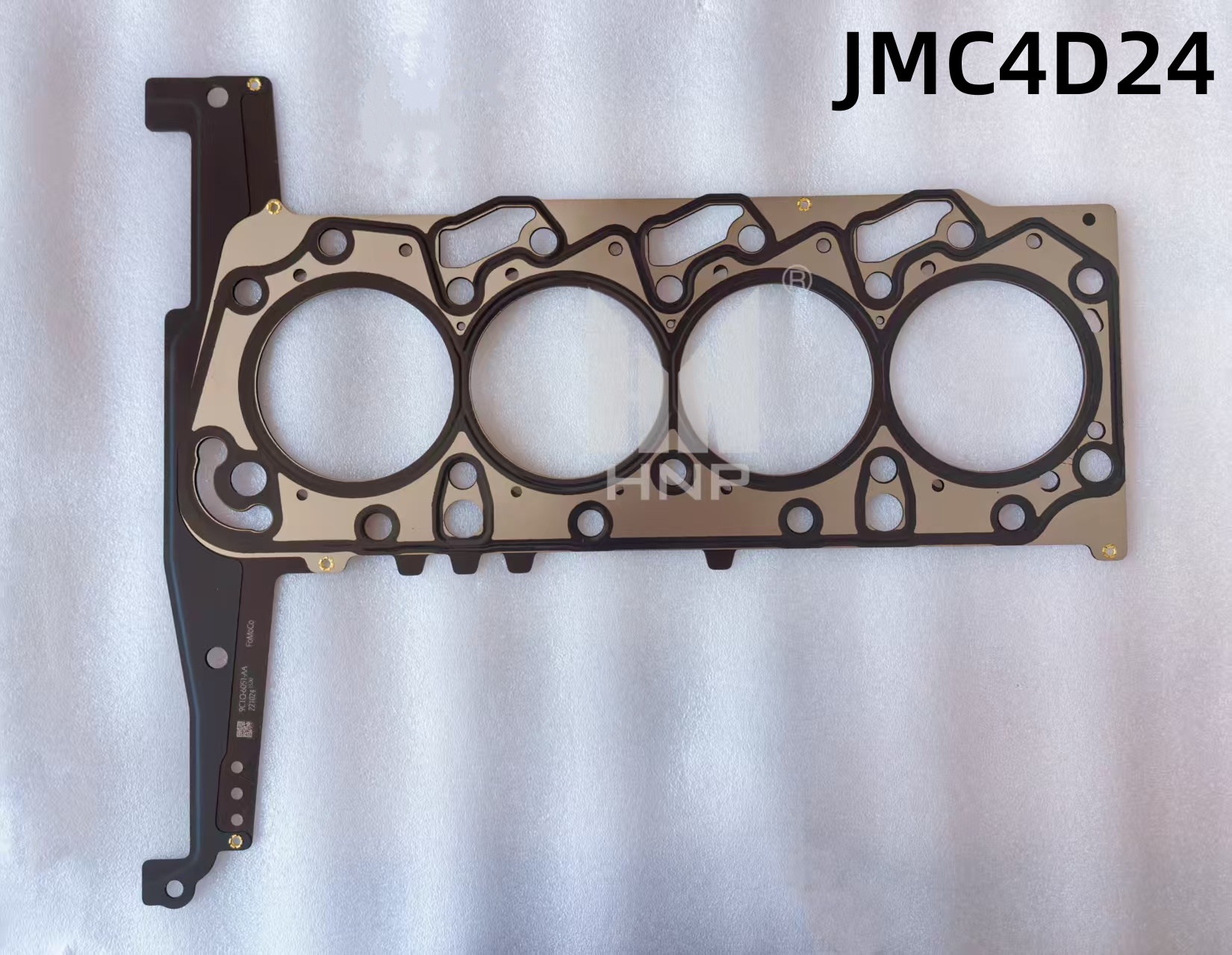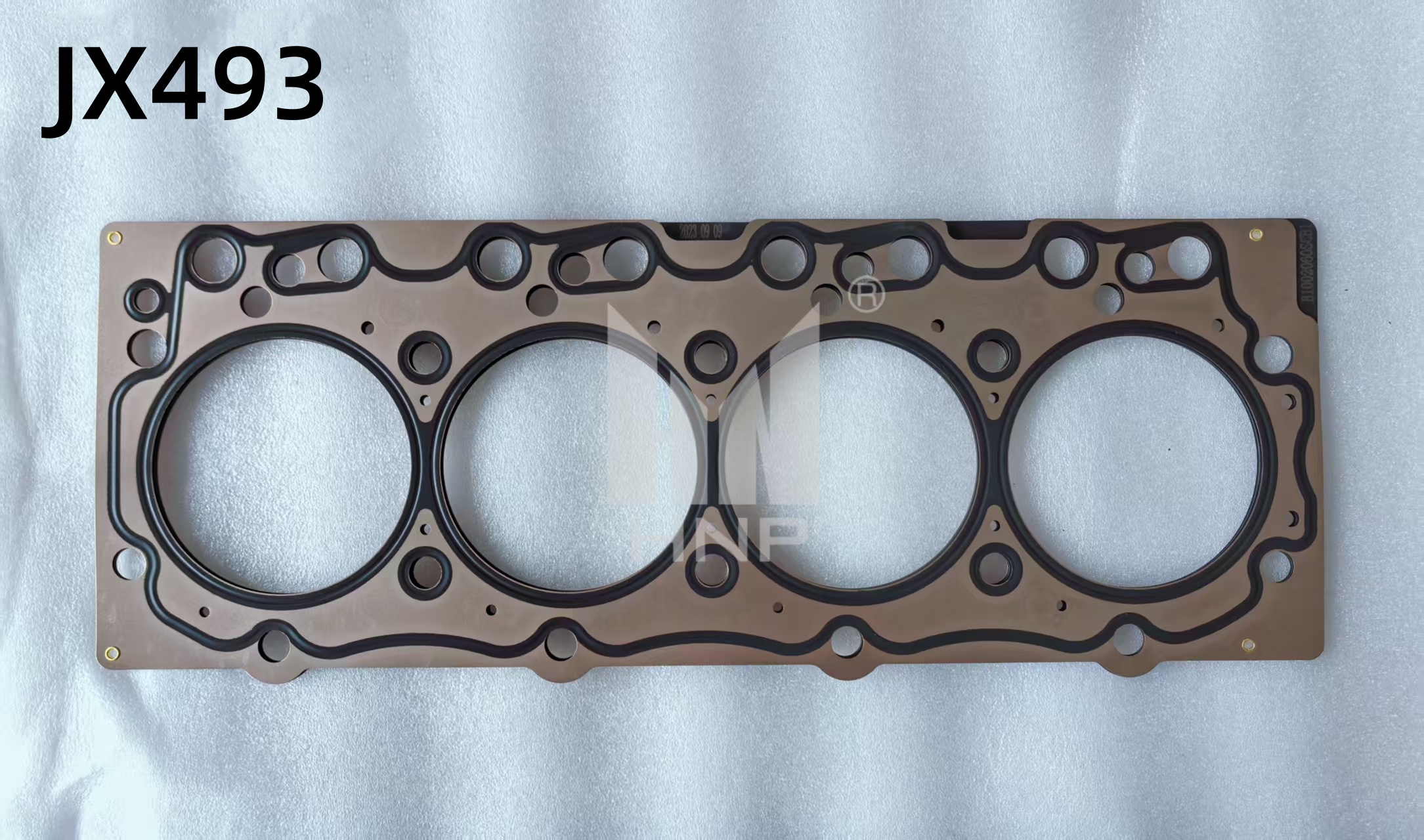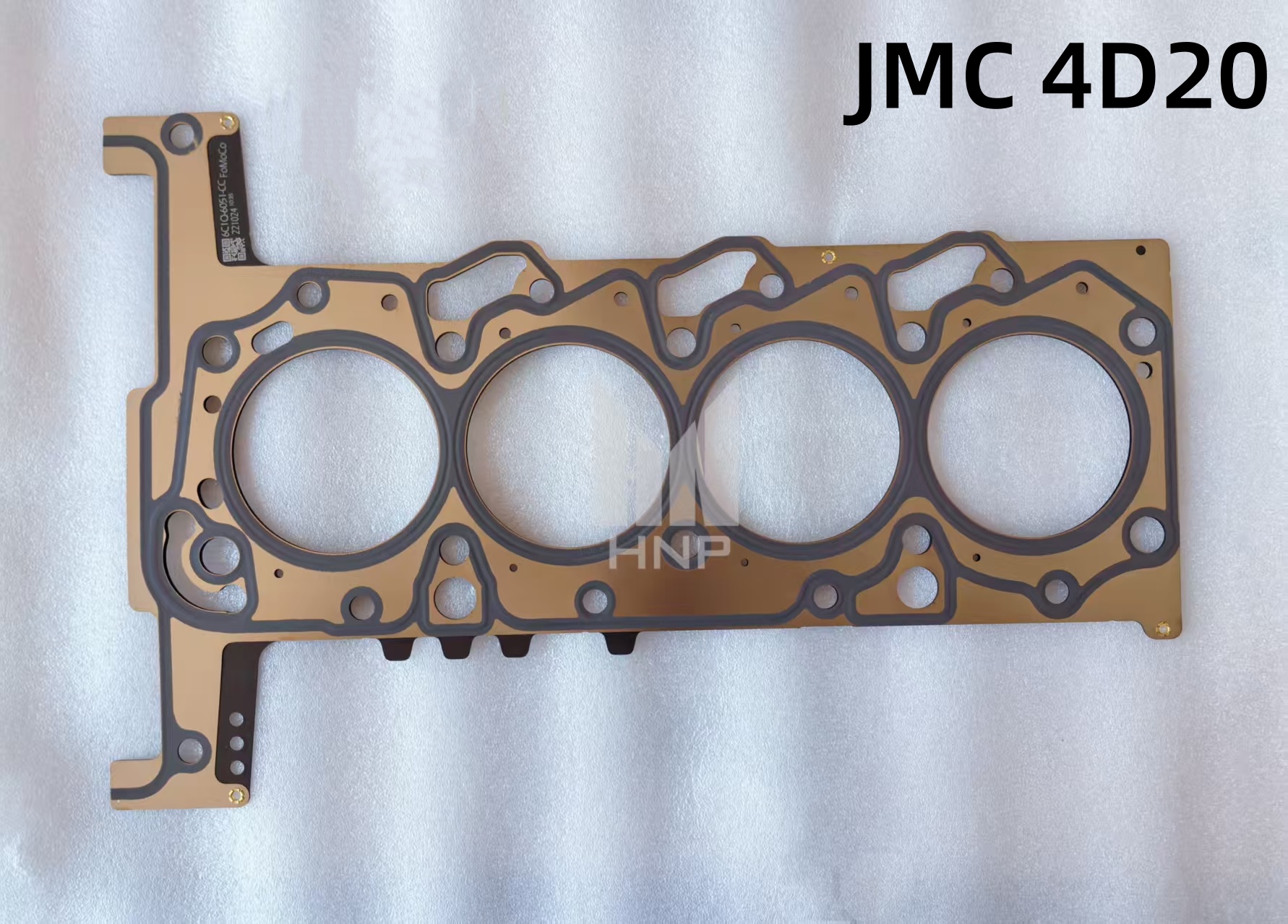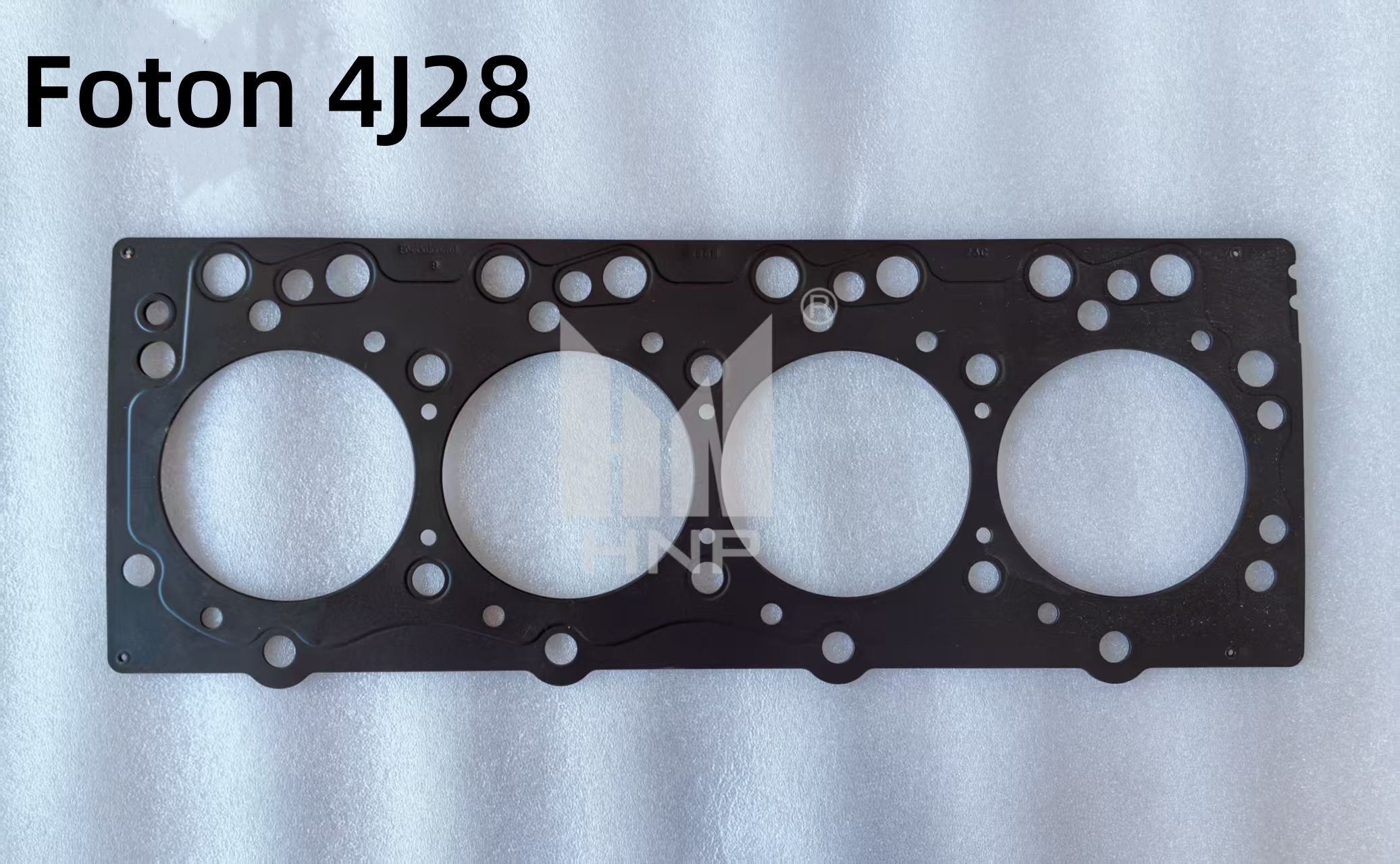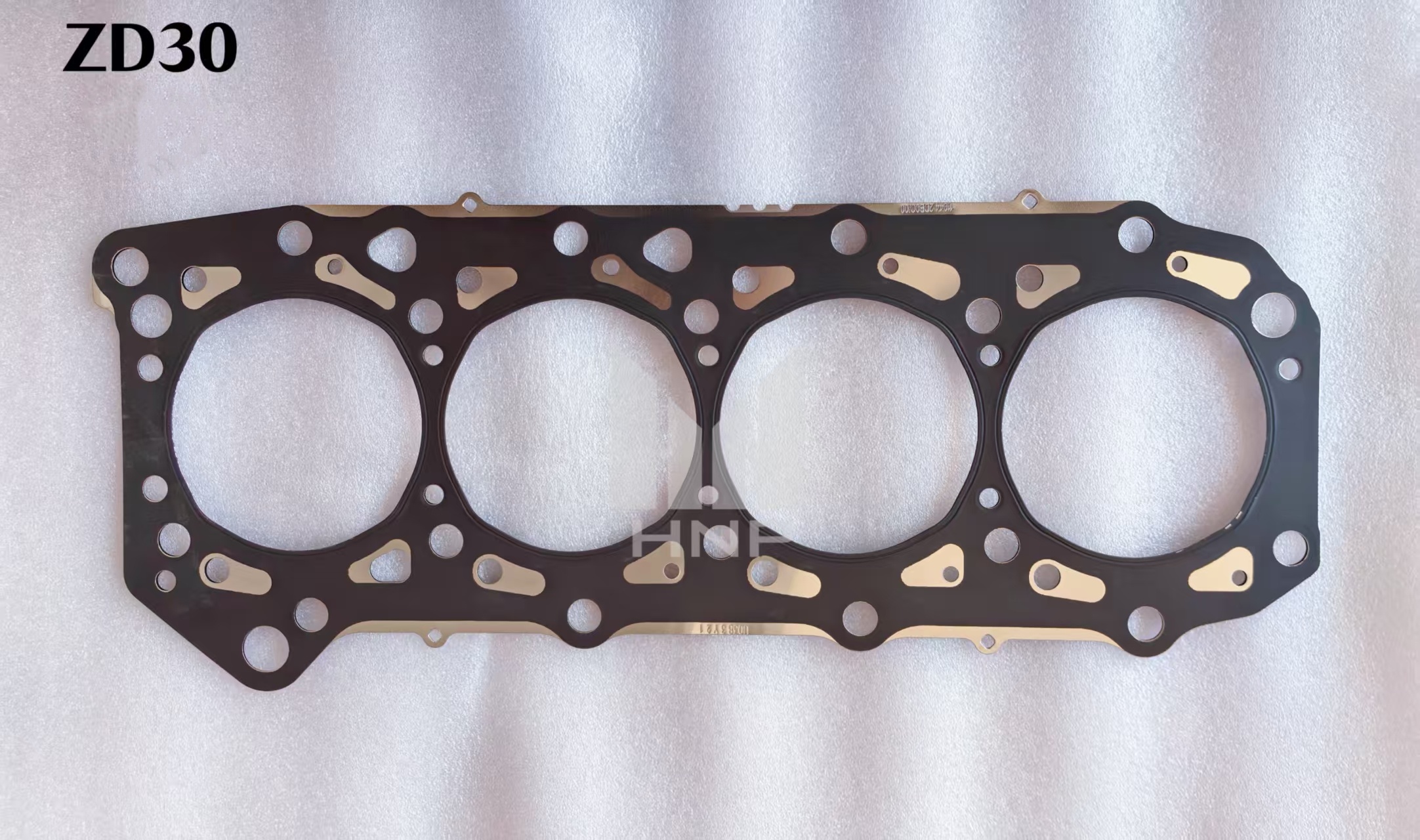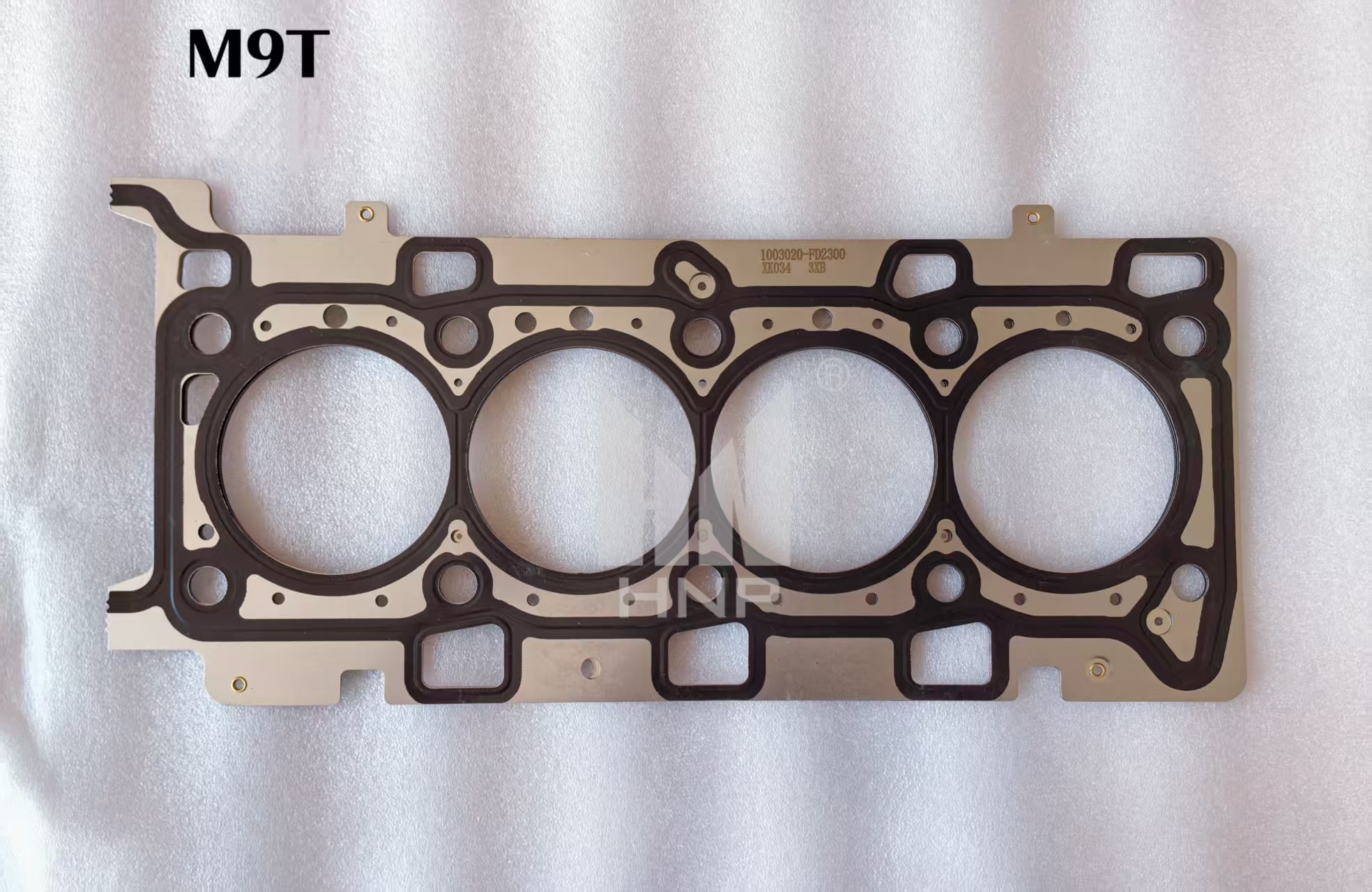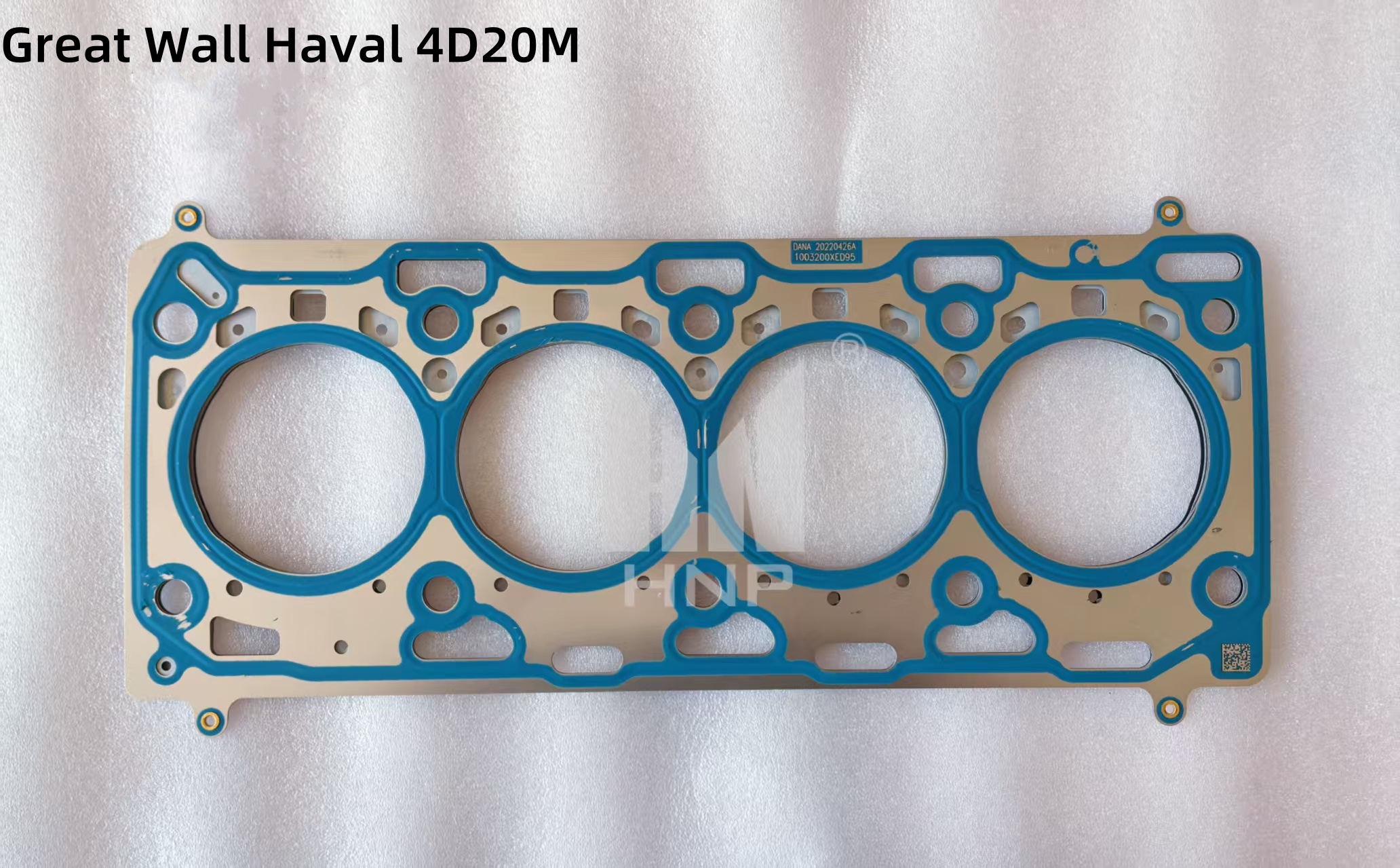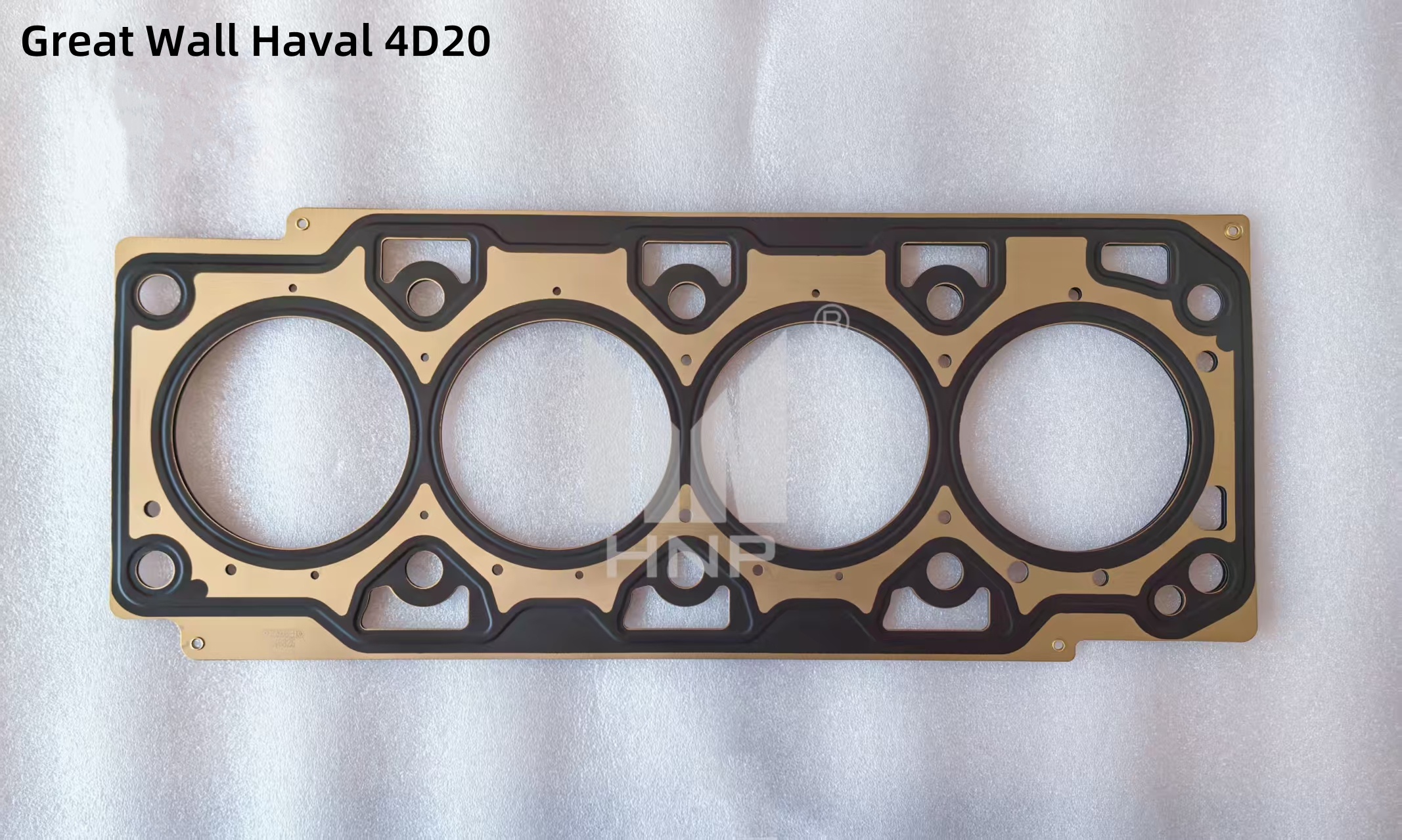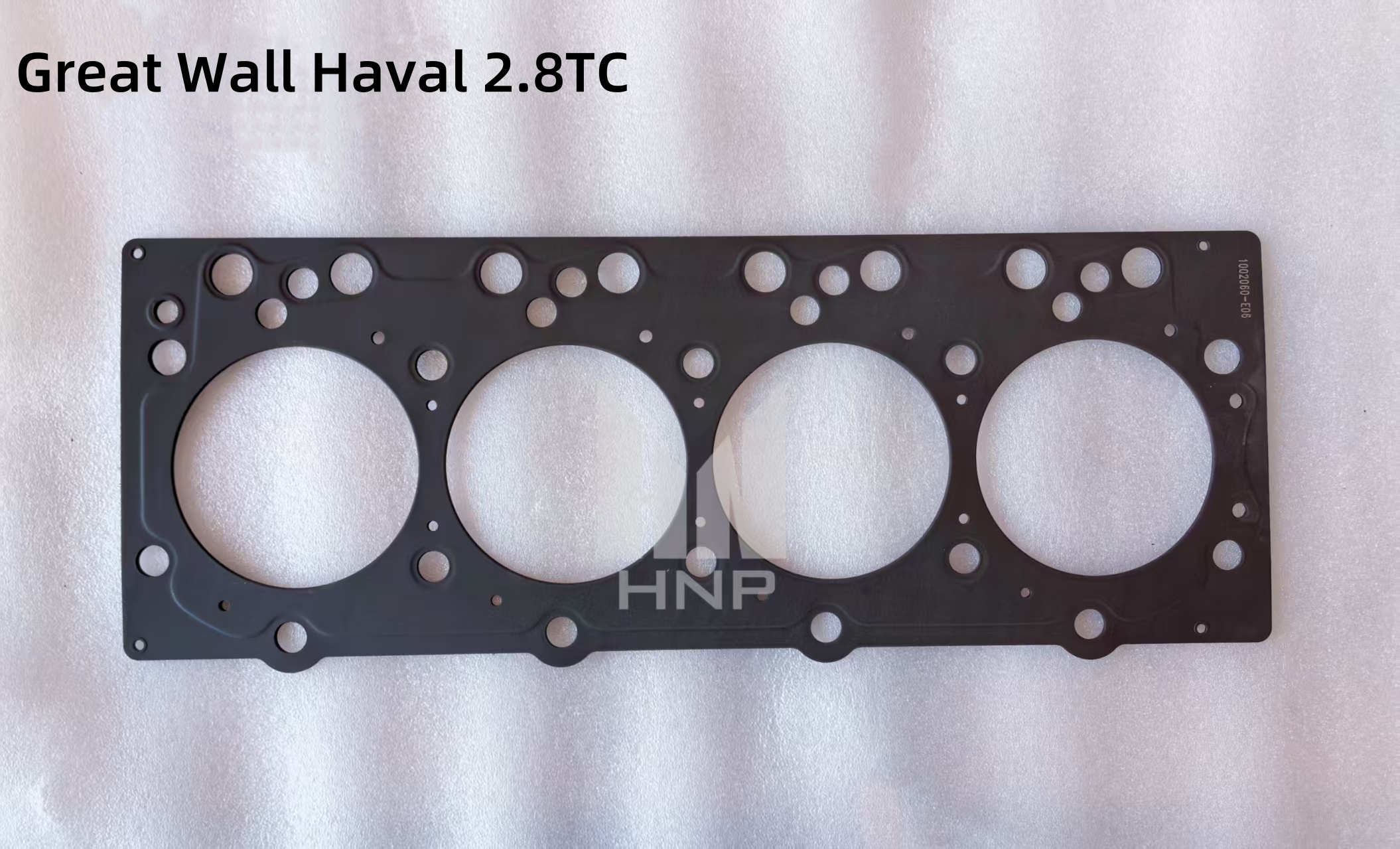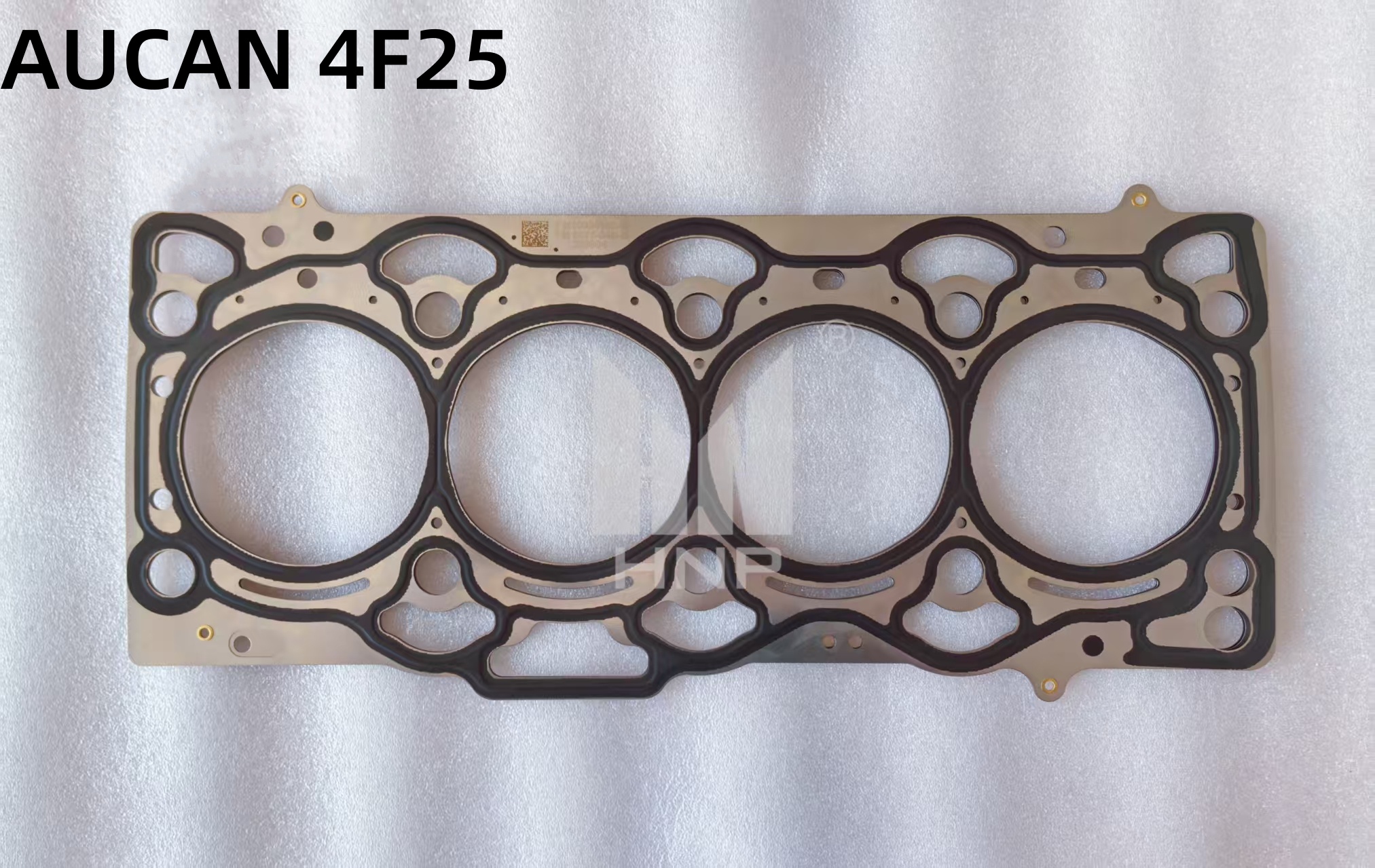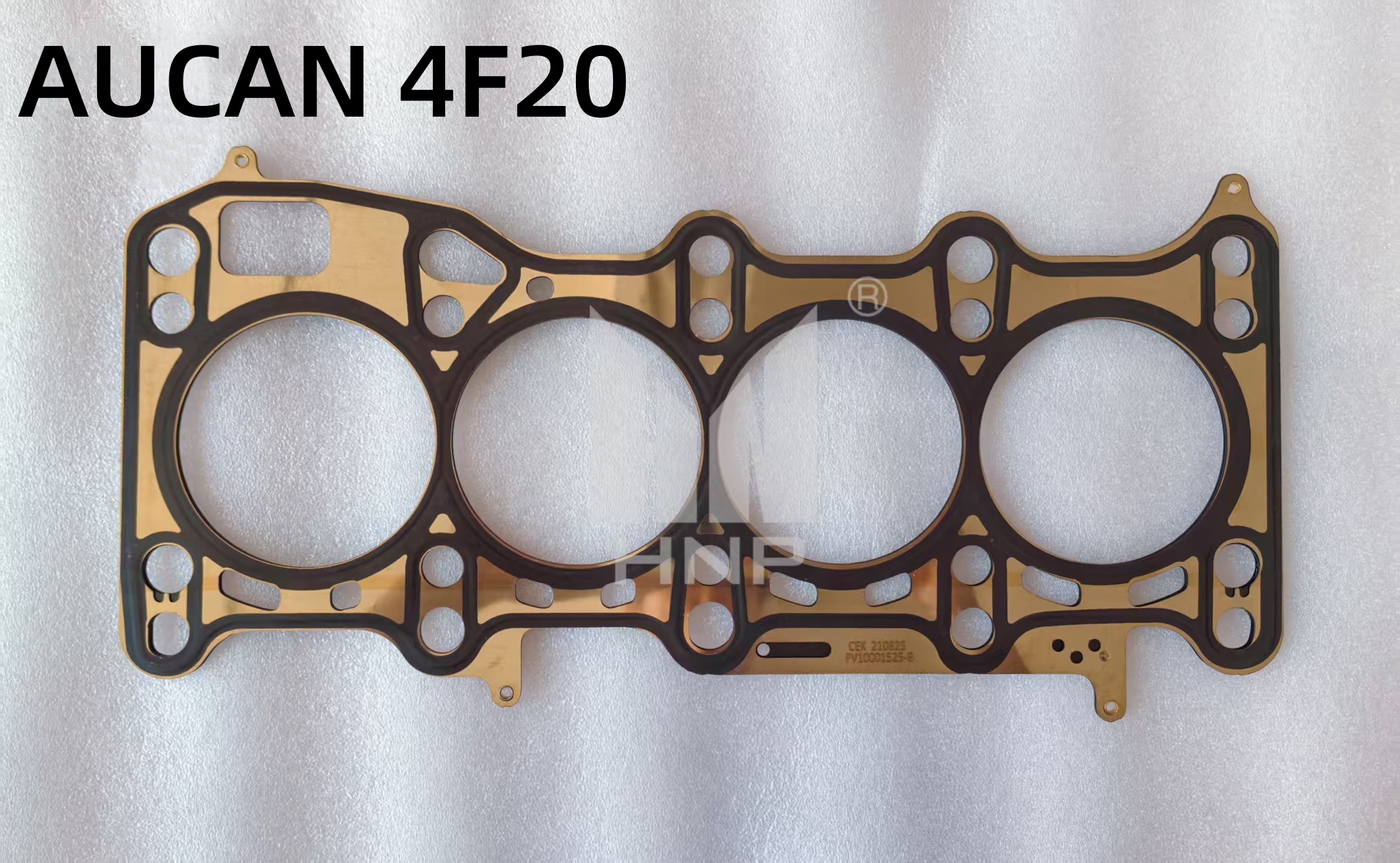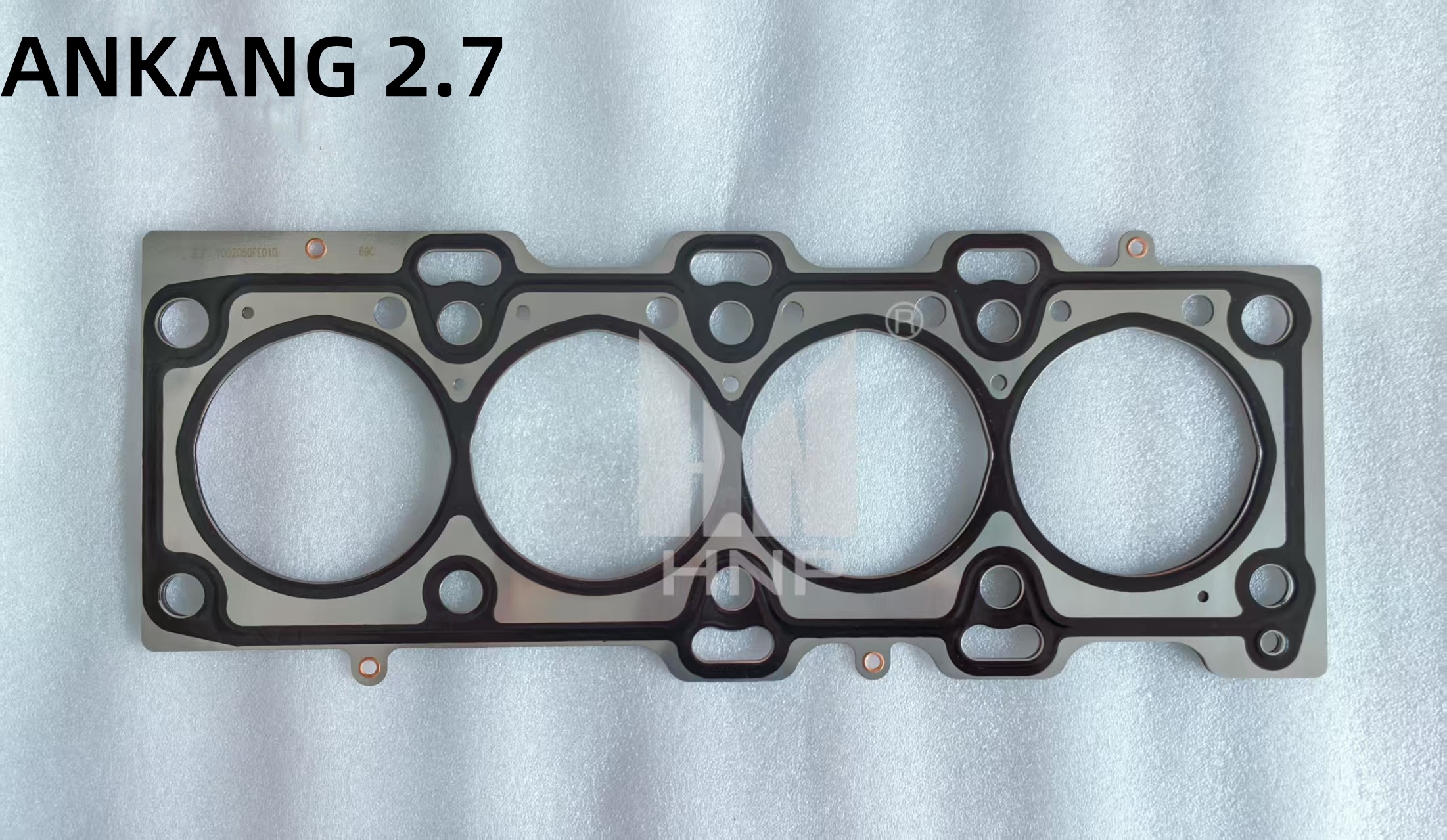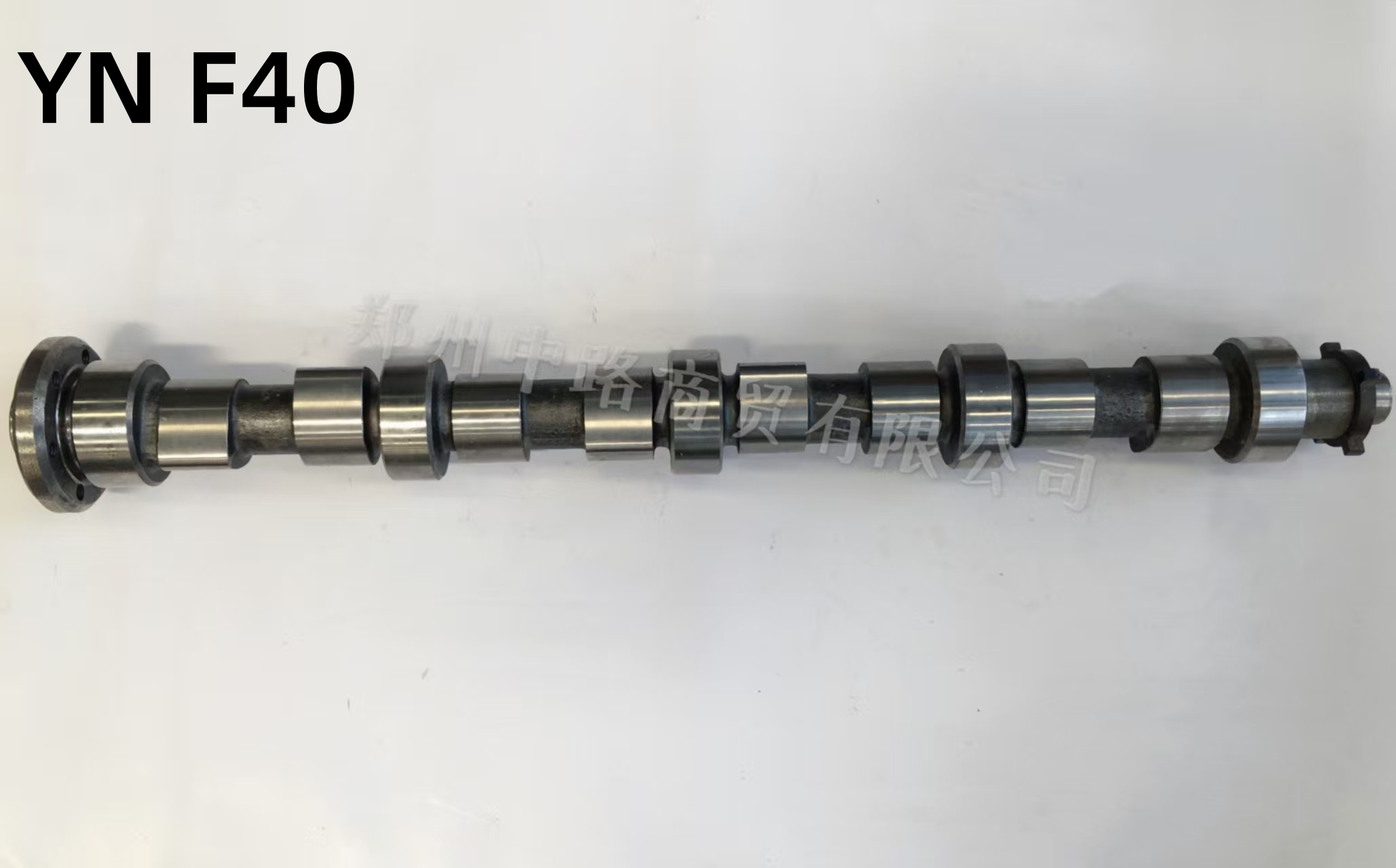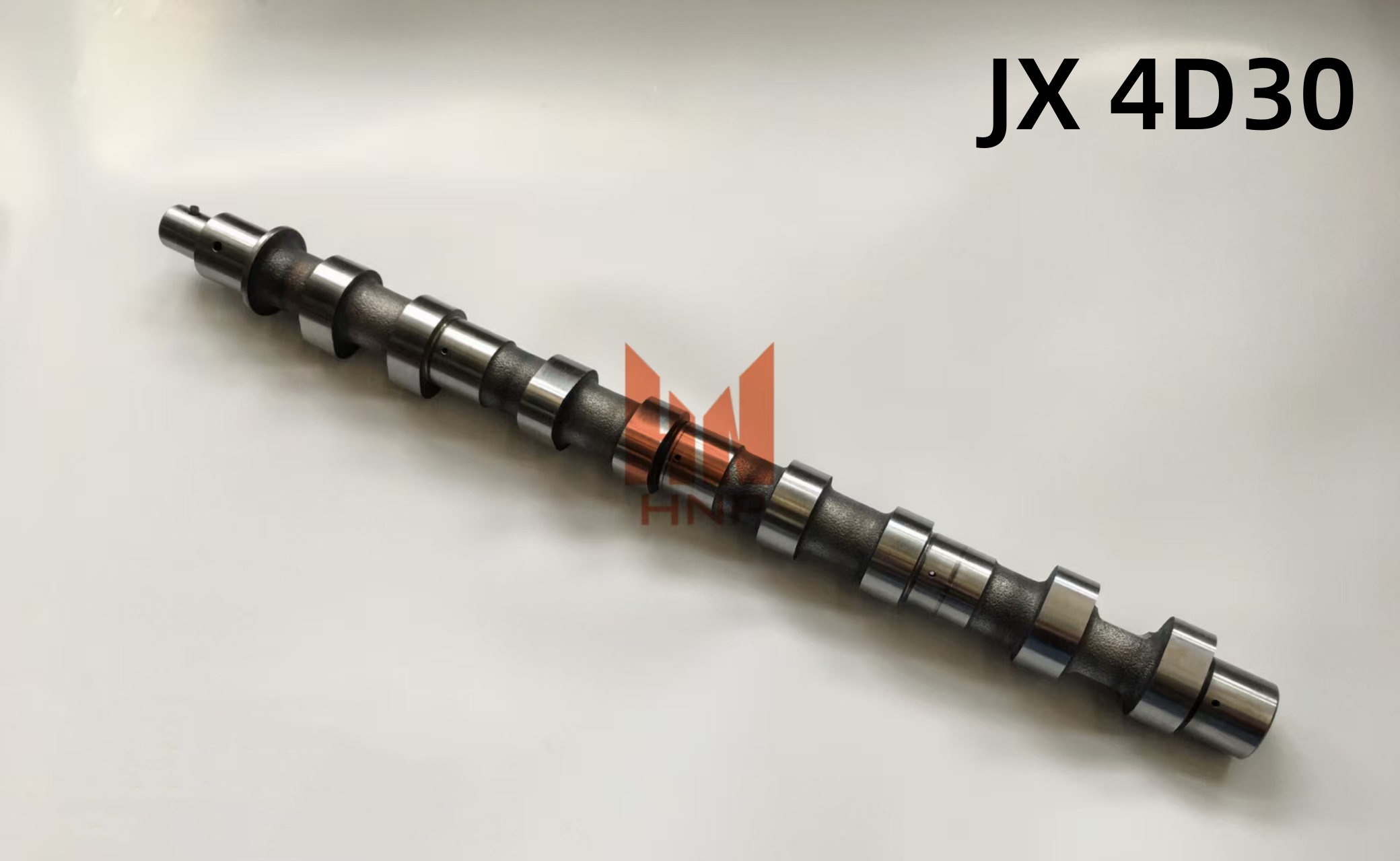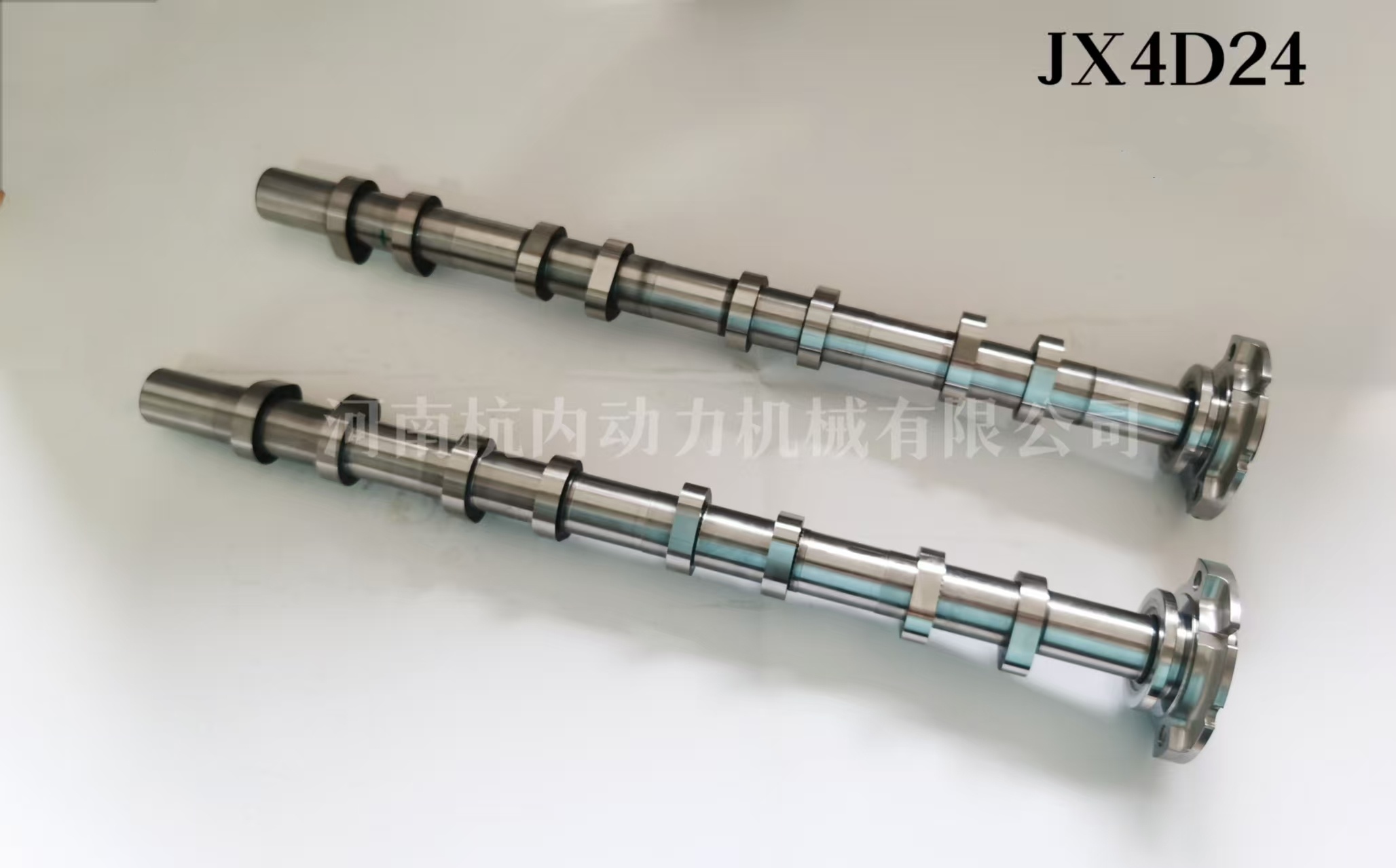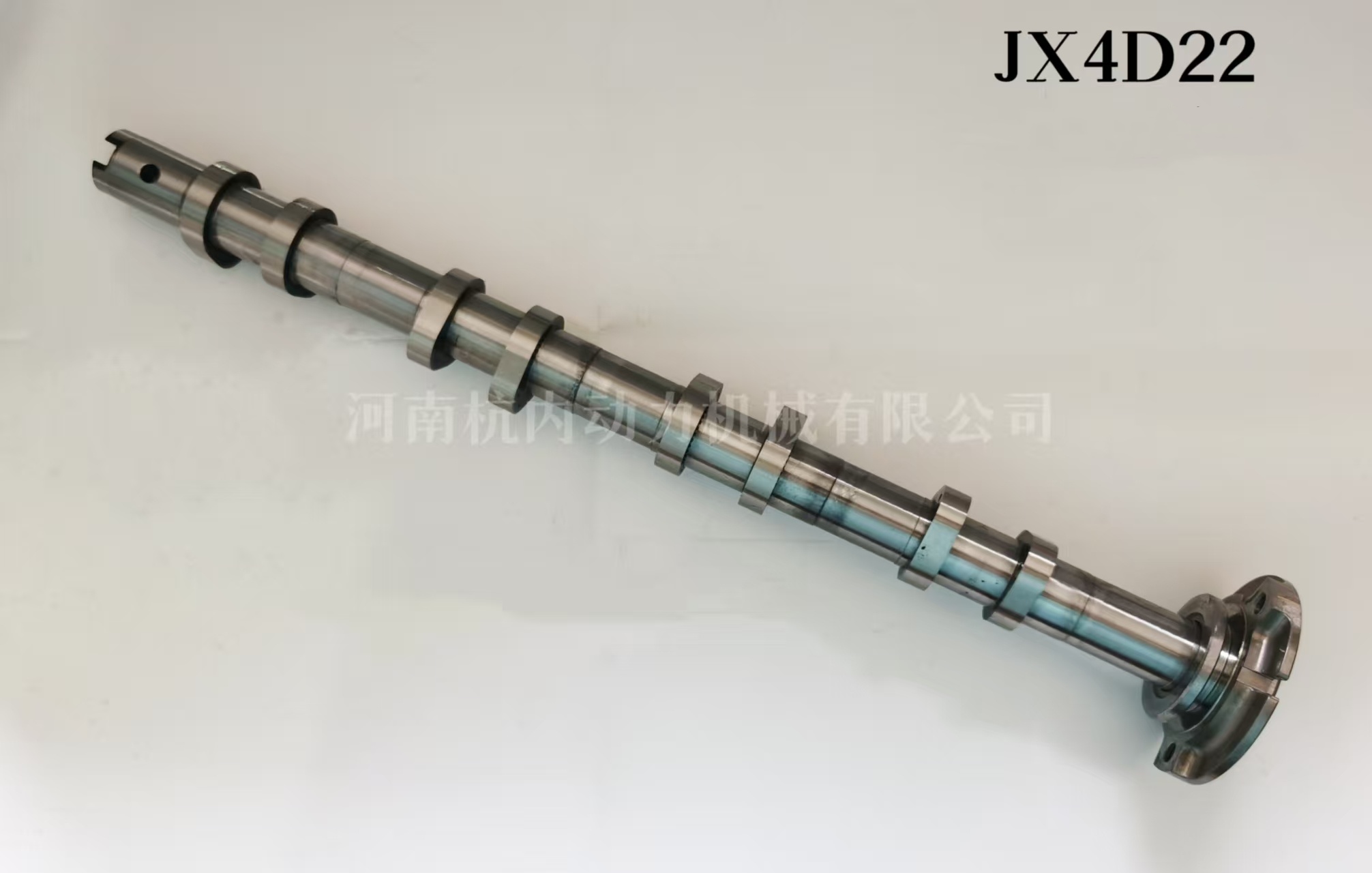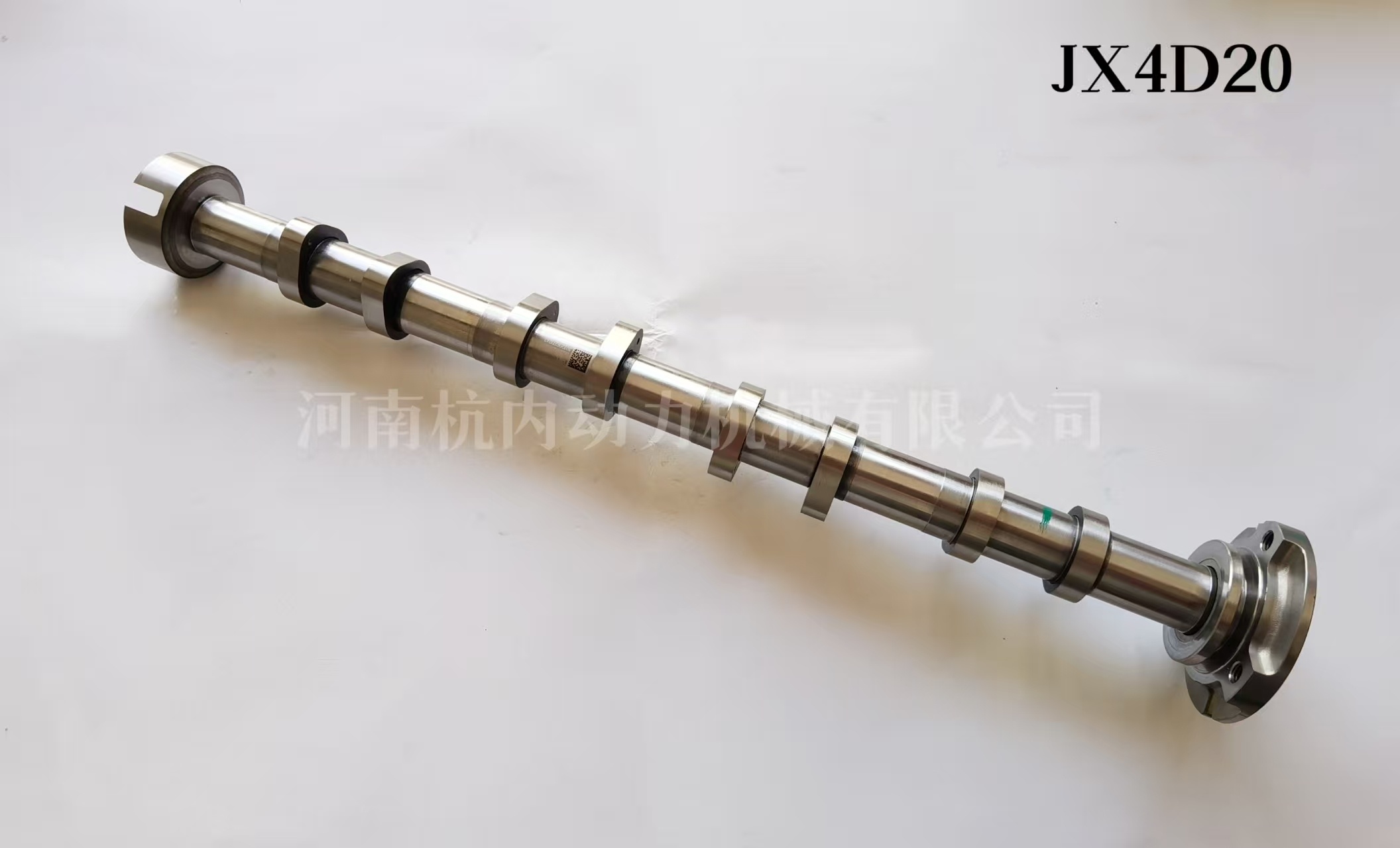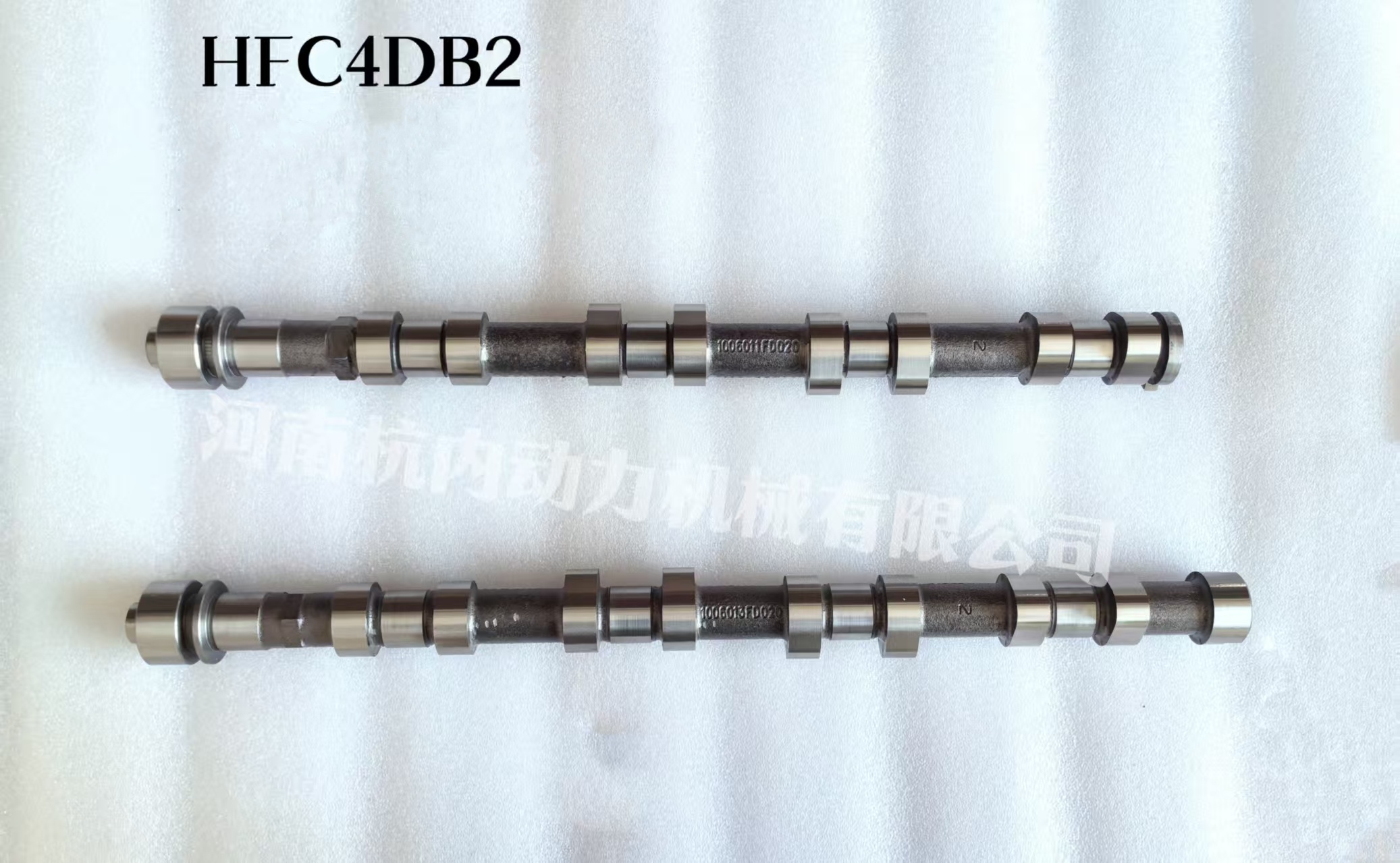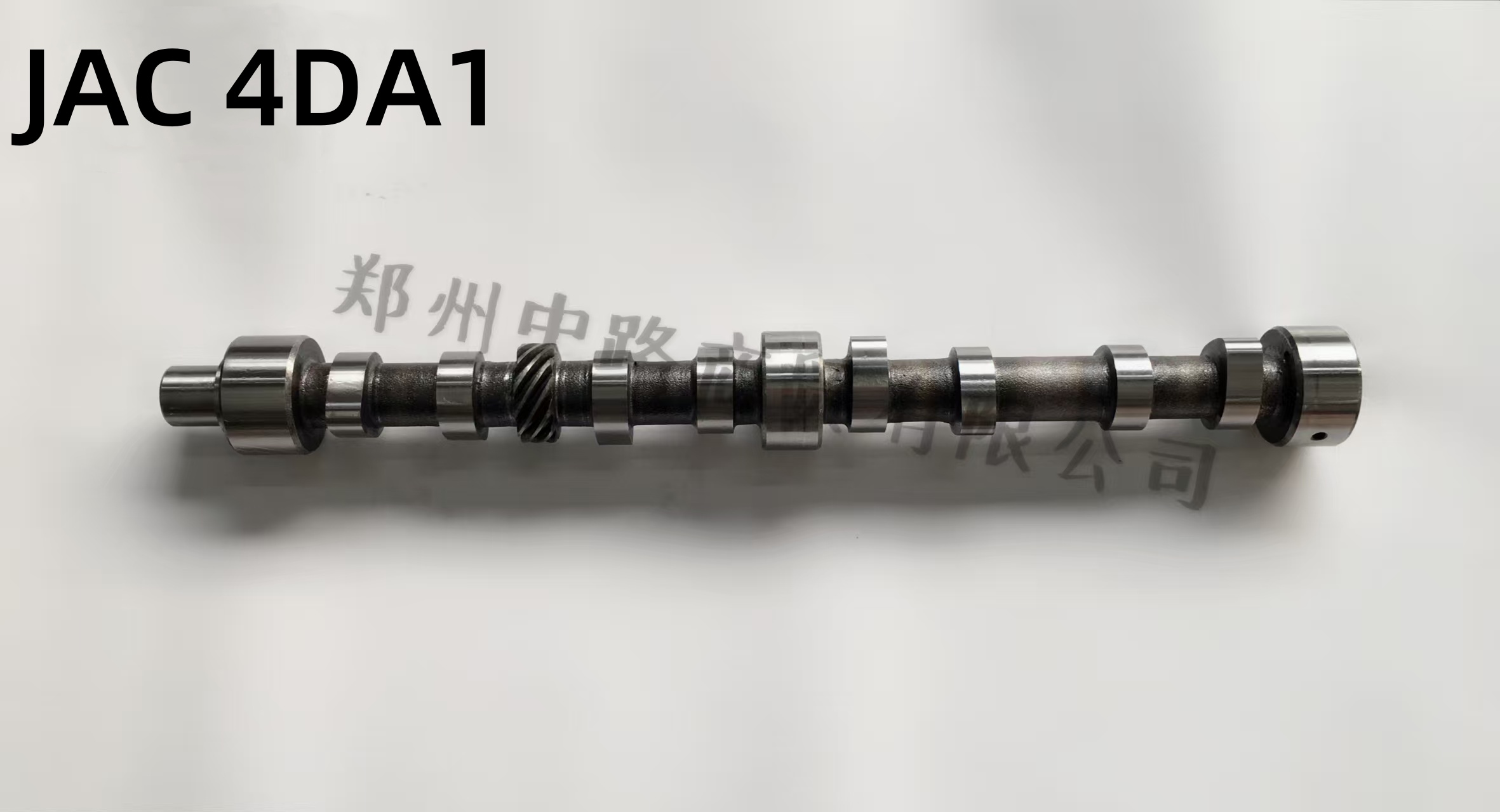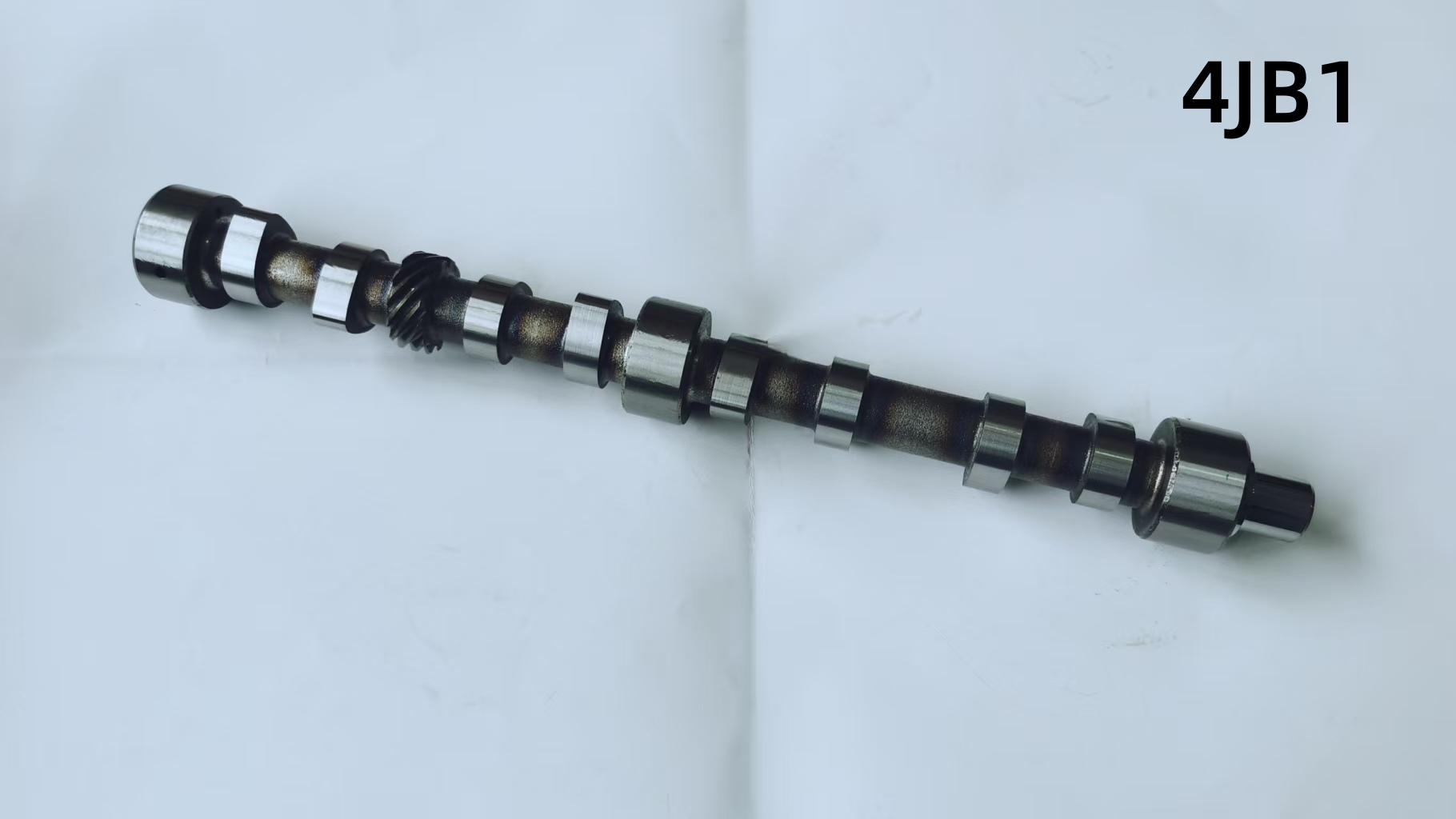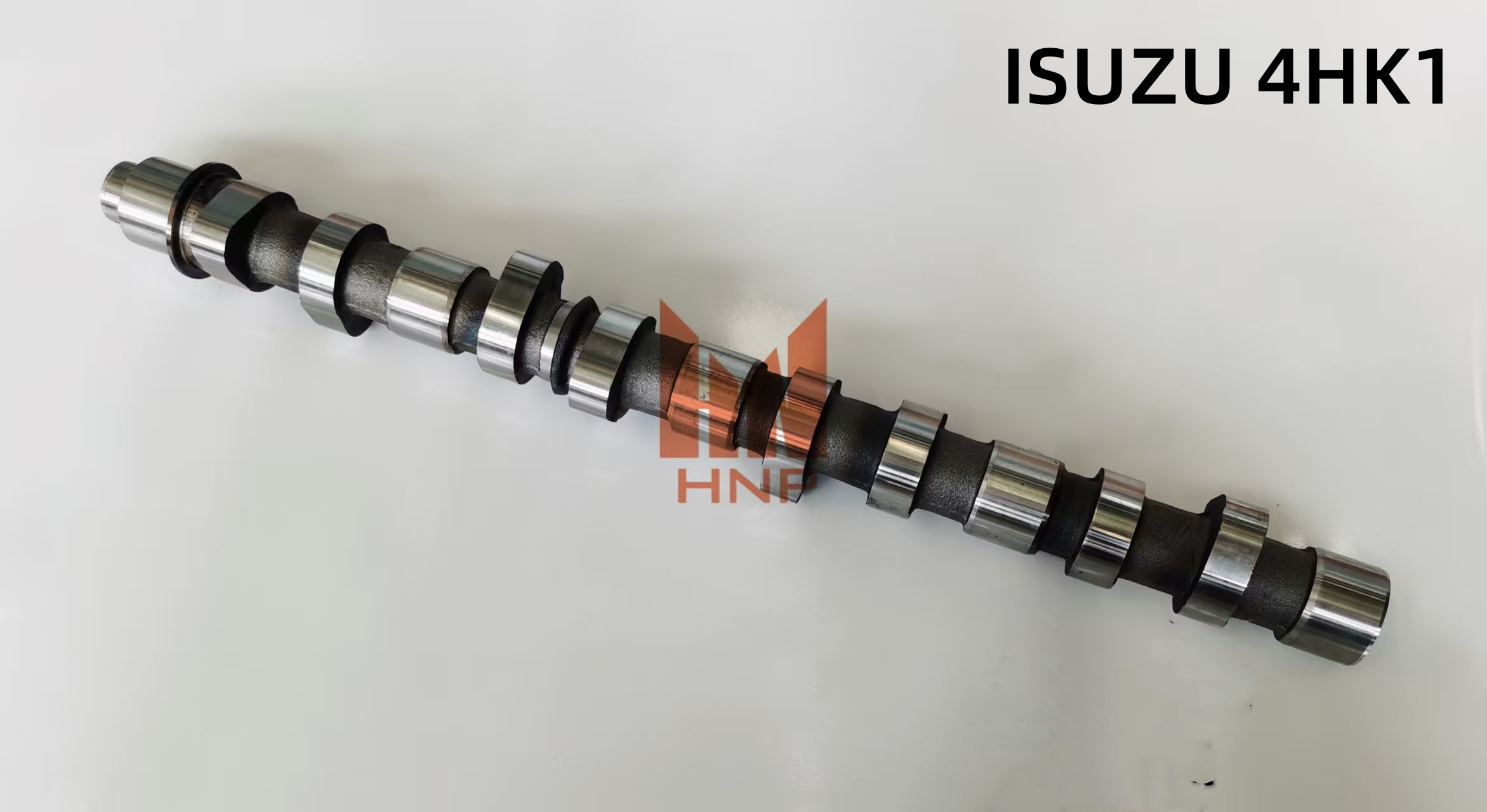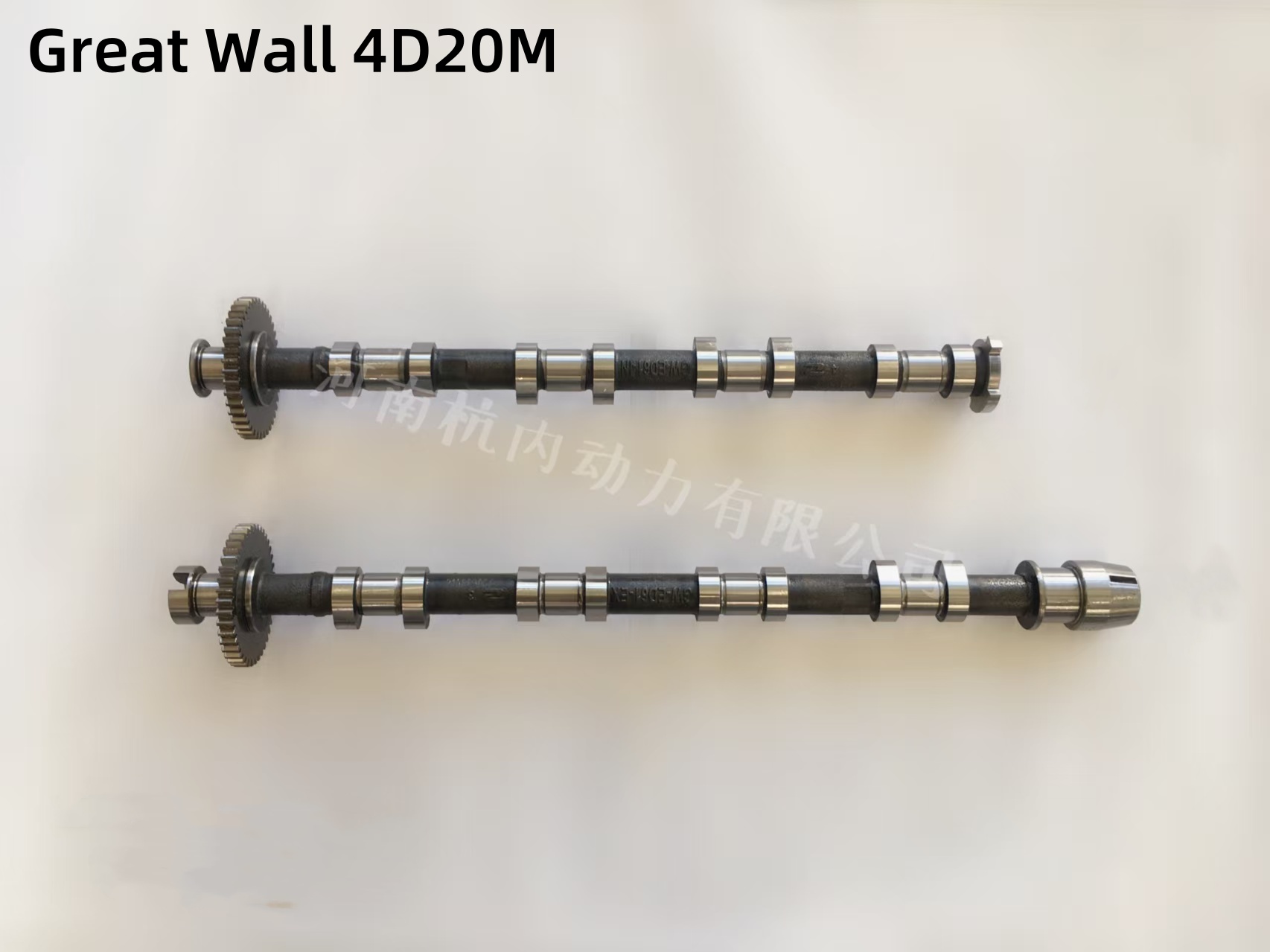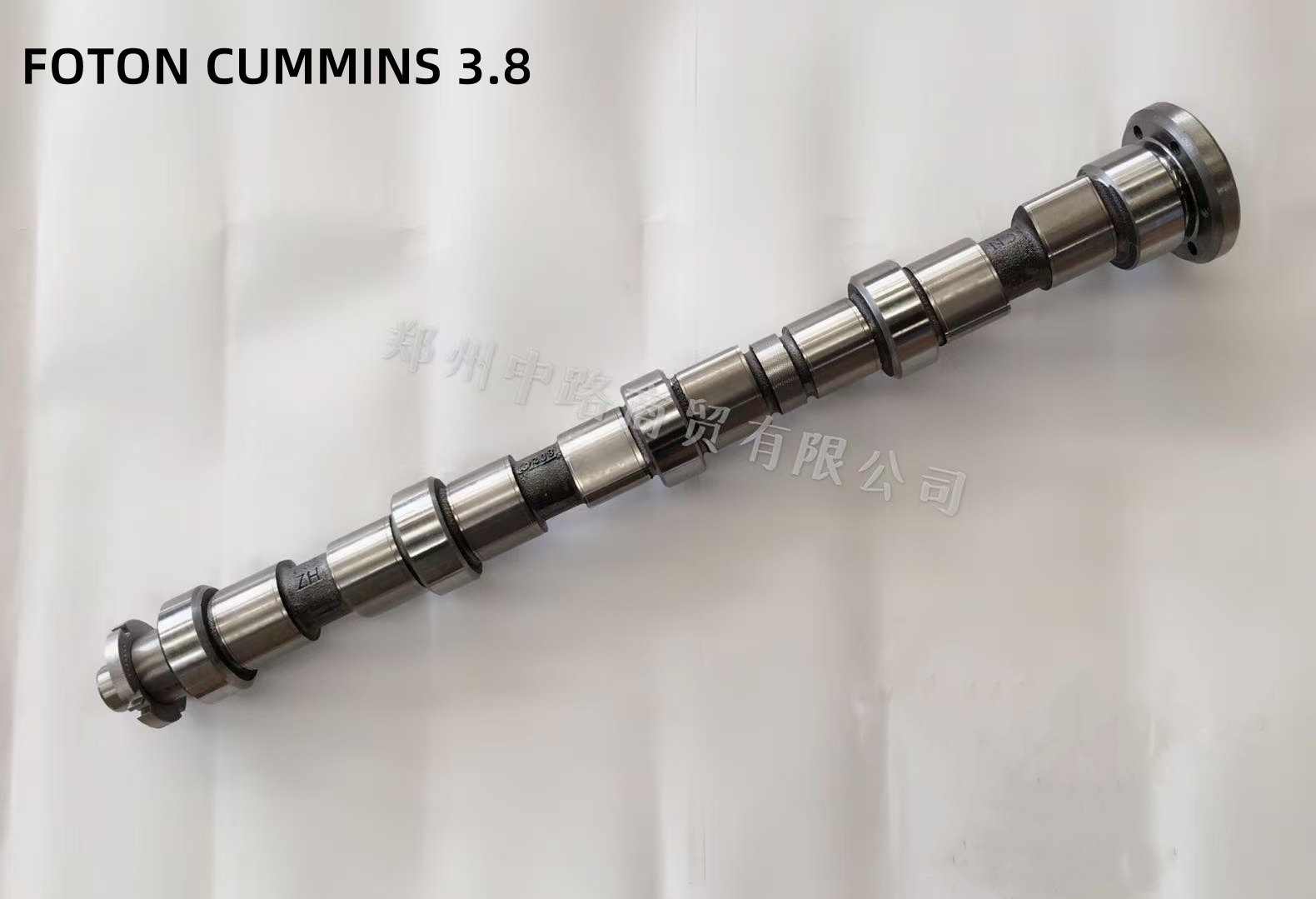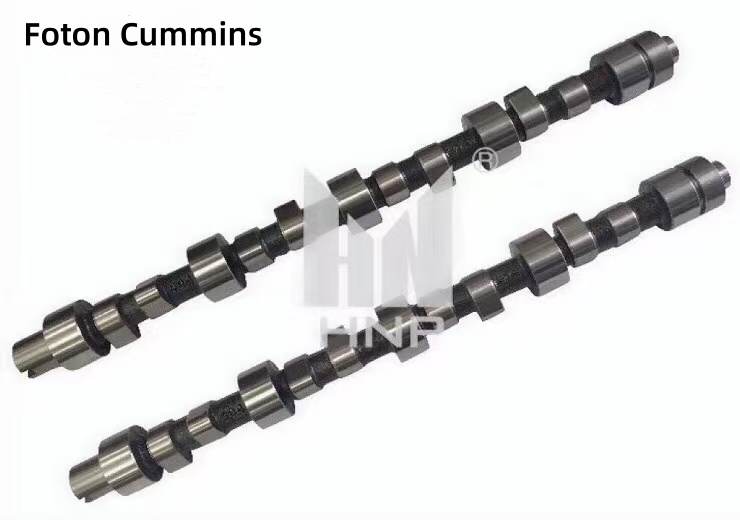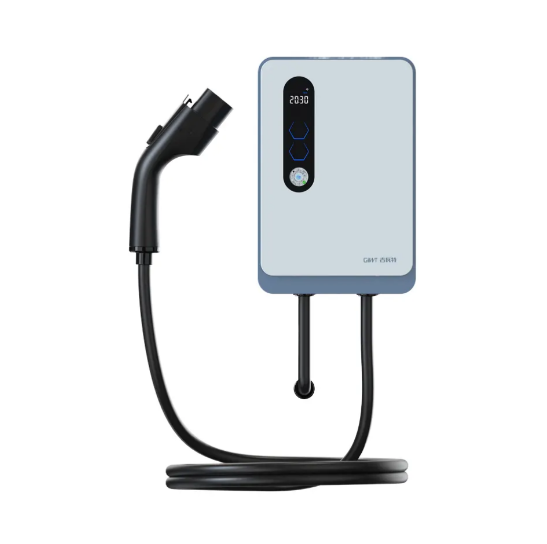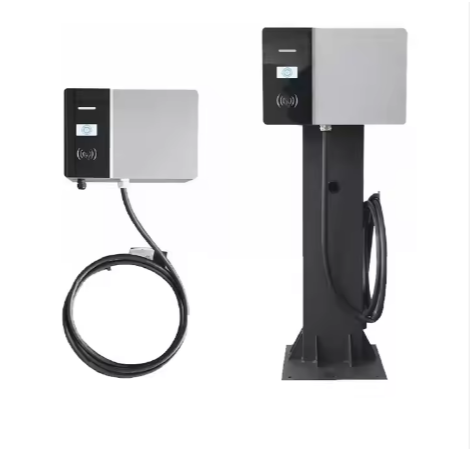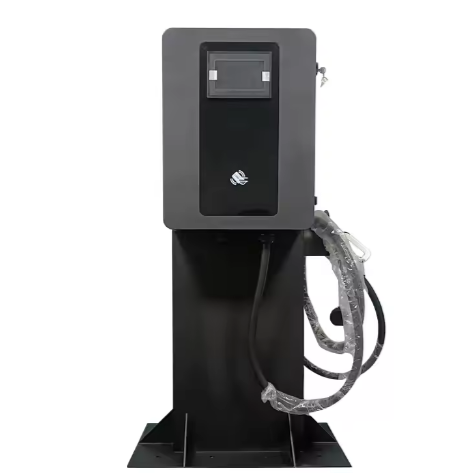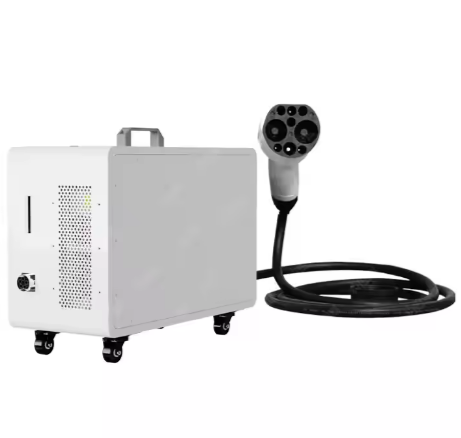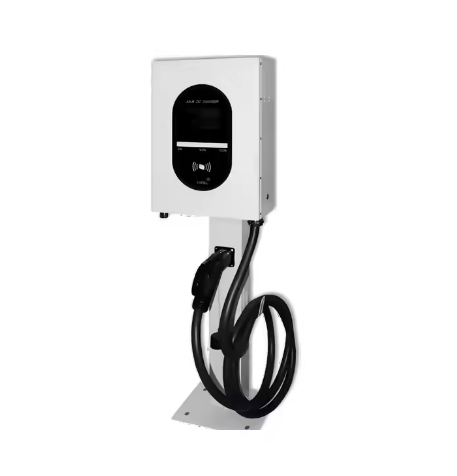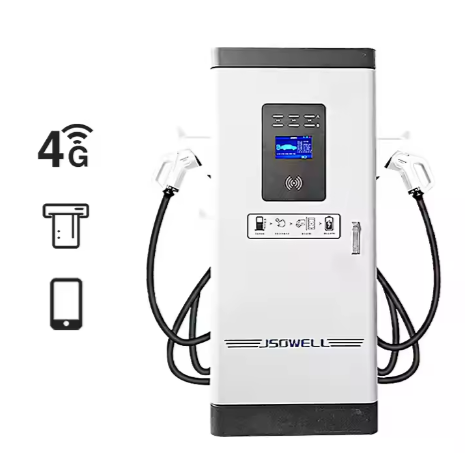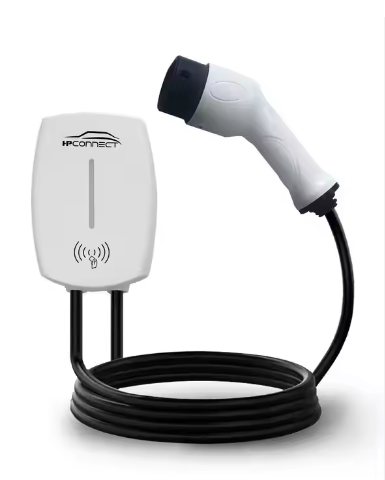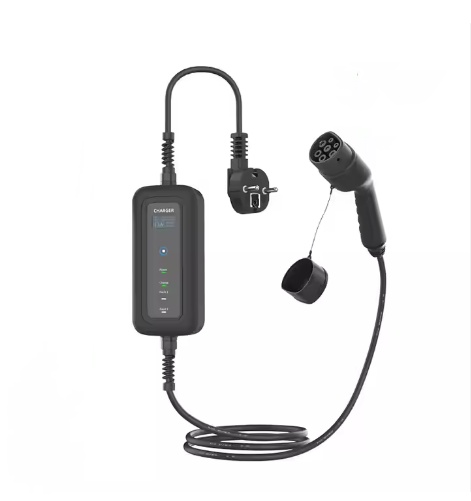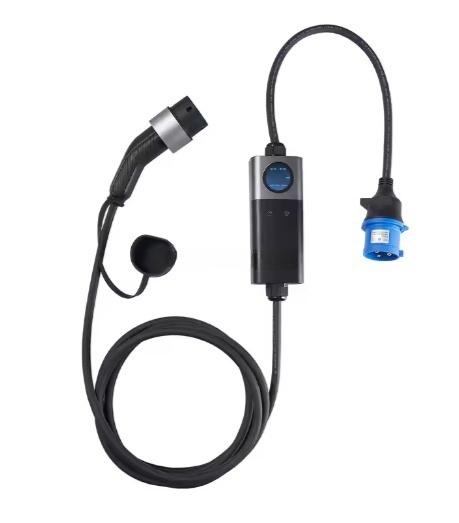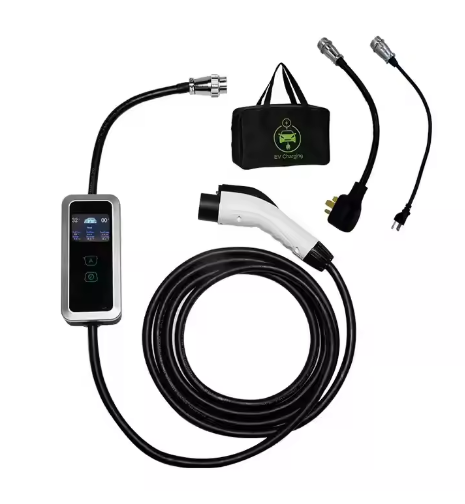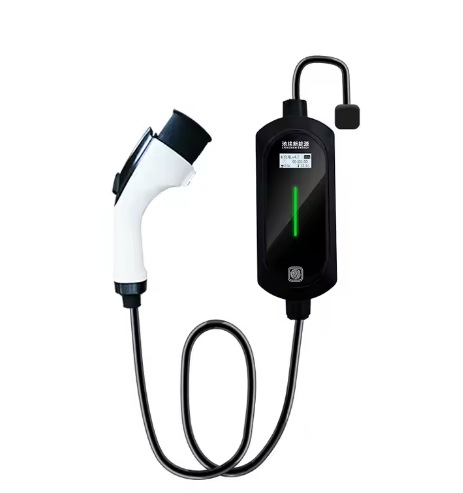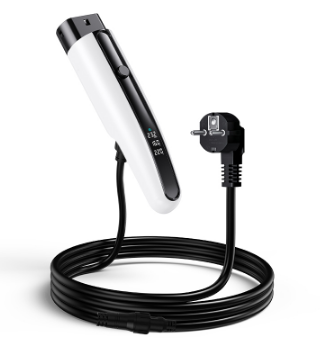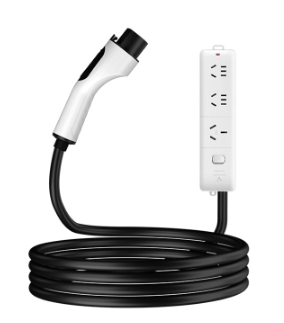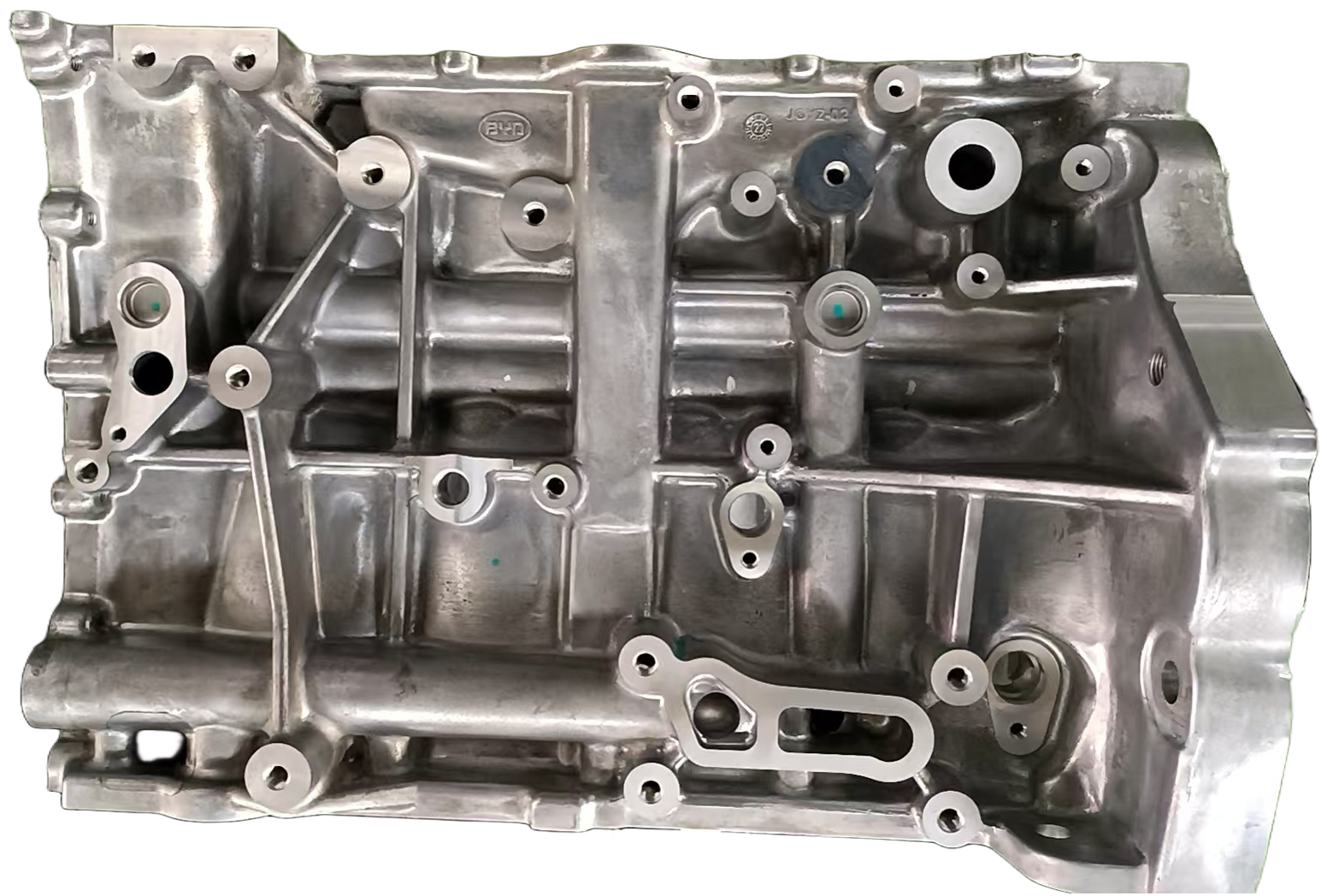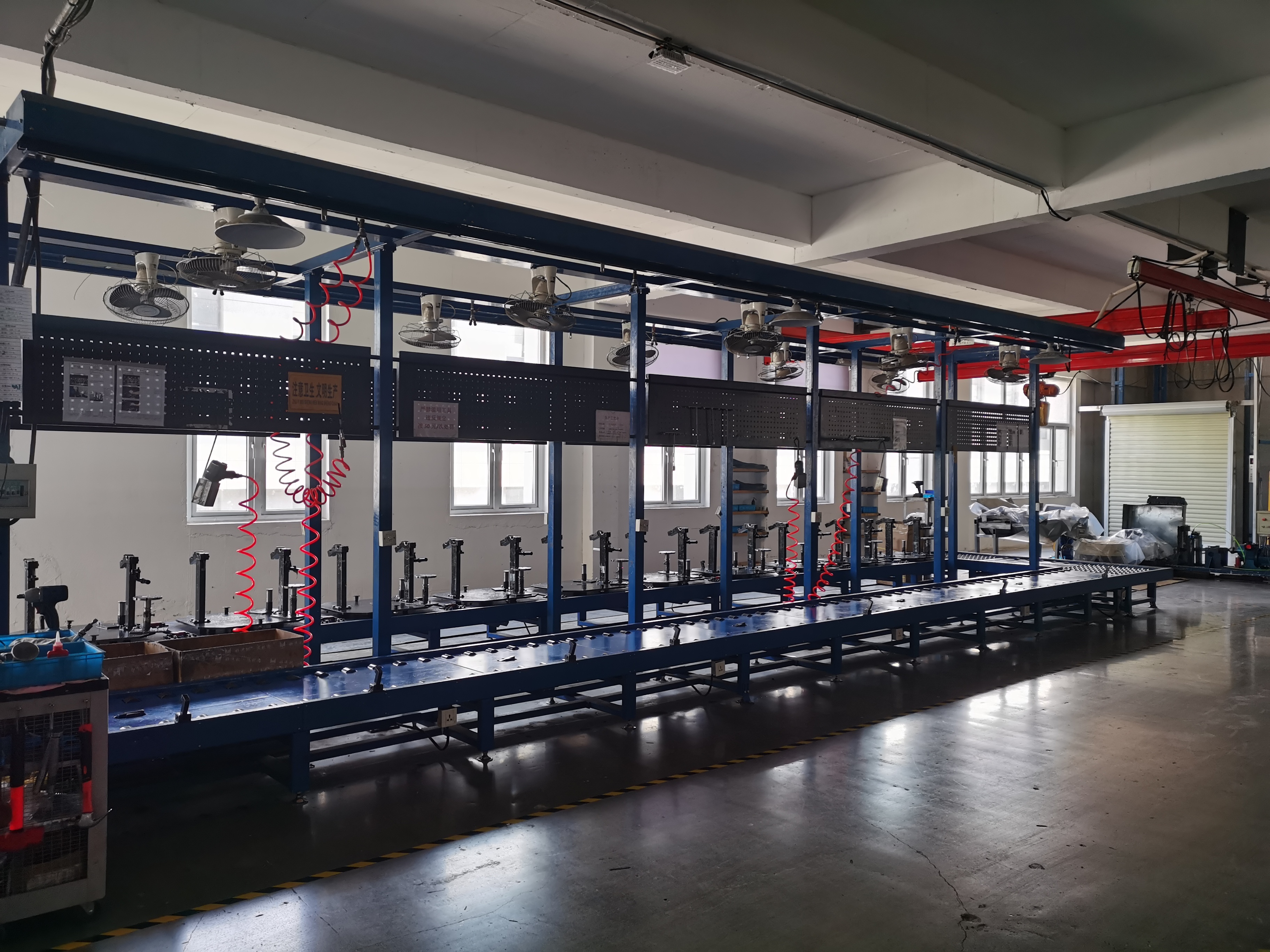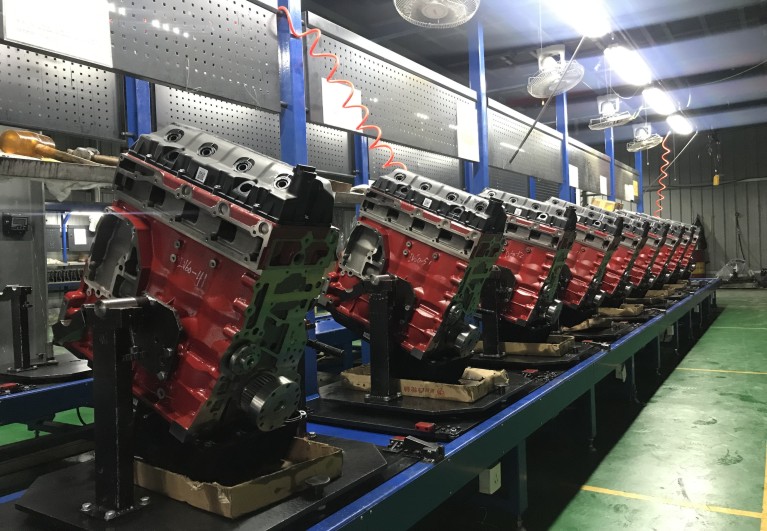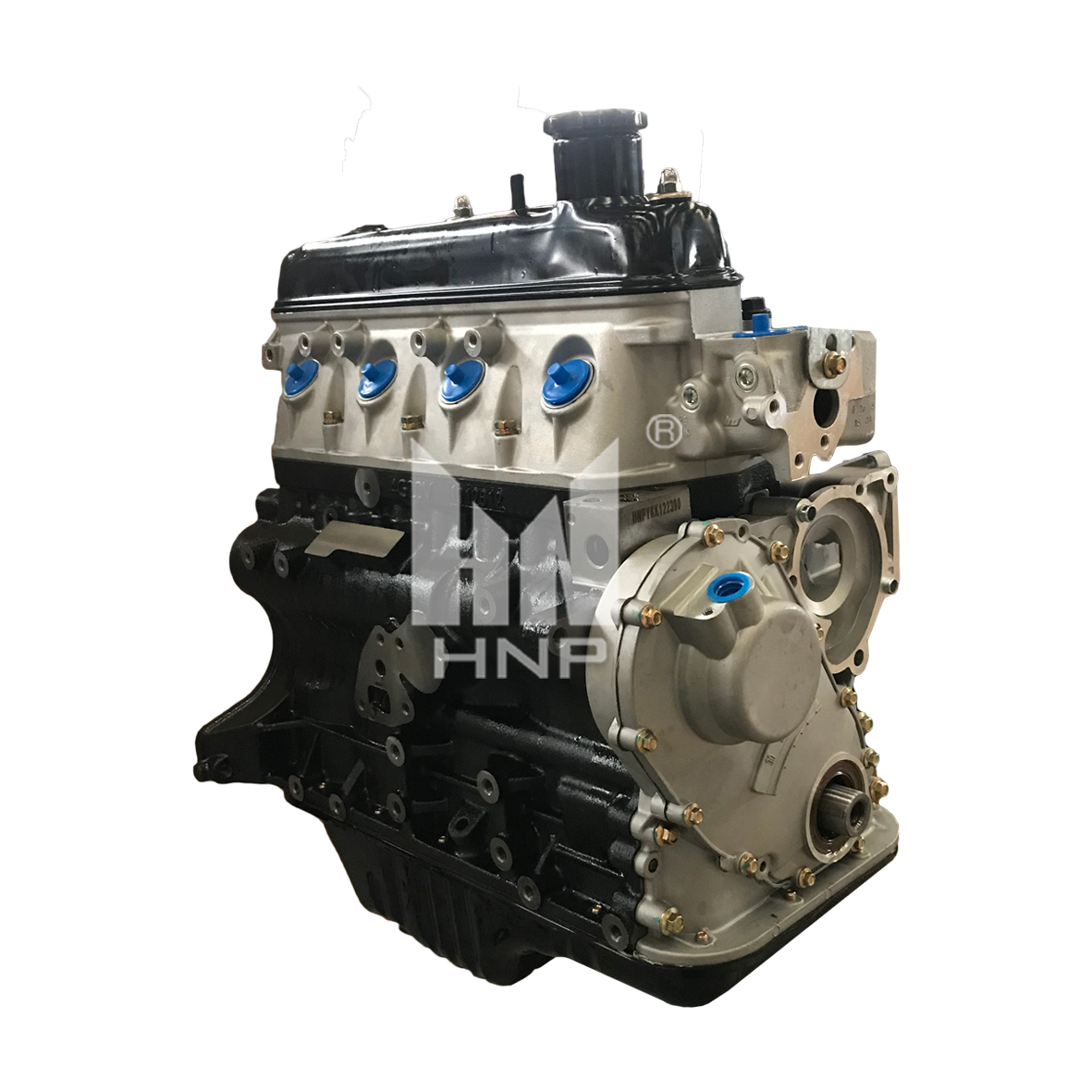Engine Long Block Assembly: Everything You Need to Know
Explore the components, benefits, installation, and maintenance of a long block assembly to help you make informed decisions for your vehicle.
Introduction
The engine is the heart of any vehicle, and when it comes to rebuilding or replacing an engine, one common term that arises is "engine long block assembly." But what exactly is an engine long block assembly, and how does it compare to other engine options? In this comprehensive guide, we will explore the components, benefits, installation, and maintenance of a long block assembly to help you make informed decisions for your vehicle.
What is an Engine Long Block Assembly?
An engine long block assembly is a nearly complete engine that includes the essential internal components necessary for the engine to function. Unlike a short block, which contains just the lower section of the engine, a long block assembly includes both the bottom end and the top-end components, offering a more complete solution for engine replacement or rebuilding.
Components of an Engine Long Block Assembly
A standard long block engine assembly typically includes:
1. Engine Block
The engine block is the foundation of the engine, housing the cylinders, oil passages, and cooling channels. It is typically made from cast iron or aluminum to provide durability and heat resistance. The engine block contains bores for the pistons and is designed to withstand high temperatures and pressures.
2. Crankshaft
The crankshaft converts the linear motion of the pistons into rotational motion, which drives the vehicle. Made of high-strength forged steel or cast iron, it plays a crucial role in ensuring smooth power delivery to the drivetrain. The crankshaft operates within main bearings and features counterweights for balance.
3. Pistons and Piston Rings
Pistons move up and down within the cylinders, compressing the air-fuel mixture and generating combustion power. They are typically made of aluminum alloy for lightweight and heat resistance. Piston rings provide a seal between the piston and cylinder walls, preventing oil leakage and ensuring efficient combustion.
4. Connecting Rods
Connecting rods link the pistons to the crankshaft and transmit the force generated during combustion. These components are made of forged steel or titanium to withstand extreme forces. They are secured by rod bearings, which ensure smooth motion.
5. Camshaft
The camshaft is responsible for opening and closing the intake and exhaust valves at the correct time during the combustion cycle. It is driven by the timing chain or belt and is made of hardened steel to resist wear. The camshaft lobes control the valve movement, optimizing engine performance.
6. Cylinder Head(s)
The cylinder head sits on top of the engine block and houses the combustion chambers, intake and exhaust valves, and spark plugs. It is typically made from aluminum or cast iron and is crucial for managing airflow and fuel combustion within the engine.
7. Valvetrain Components
The valvetrain controls the opening and closing of the valves, regulating air and fuel intake and exhaust gas expulsion. Key valvetrain components include:
- Valves: Control airflow into and out of the combustion chamber.
- Valve Springs: Ensure valves close properly.
- Pushrods and Rocker Arms: Transmit motion from the camshaft to the valves.
- Lifters: Reduce friction between camshaft lobes and pushrods.
8. Timing Components
The timing system ensures the camshaft and crankshaft work in sync. It includes:
- Timing Chain/Belt: Connects the crankshaft and camshaft.
- Timing Gears and Sprockets: Control the rotation of camshaft and crankshaft.
- Tensioners and Guides: Maintain correct belt/chain tension.
9. Oil Pump
The oil pump circulates engine oil through the system to lubricate moving parts and reduce friction. It ensures longevity by preventing overheating and excessive wear on internal components. The oil pump is typically gear- or chain-driven.
However, it does not include accessories like the intake manifold, exhaust manifold, fuel system, or electrical components, which need to be transferred from the old engine or purchased separately.
 4.jpg)
Differences Between Long Block, Short Block, and Complete Engine
Understanding the distinctions between different engine assembly types is crucial when selecting a replacement:
Short Block vs. Long Block
- Short Block: Includes only the engine block, crankshaft, connecting rods, and pistons. It requires additional components like cylinder heads and timing components to become operational.
- Long Block: Includes all short block components plus cylinder heads, camshaft, and valvetrain components. It offers a more complete solution but still lacks external accessories.
Long Block vs. Complete Engine
- Long Block: A nearly assembled engine but lacks external components like the intake and exhaust manifolds, alternator, fuel injectors, and sensors.
- Complete Engine (Turnkey Engine): Comes fully assembled and ready to install with all necessary accessories.
Benefits of Choosing a Long Block Assembly
1. Cost-Effectiveness
Compared to a complete engine, a long block is more affordable while providing most of the crucial engine components. It saves money compared to buying individual engine parts separately.
2. Faster Installation
Since a long block includes pre-assembled internal components, it reduces the time and labor required to build an engine from scratch.
3. Better Performance and Reliability
Replacing an engine with a long block assembly ensures all internal components are new or remanufactured, reducing the risk of failure compared to rebuilding an old engine.
4. Compatibility and Customization
A long block allows vehicle owners to reuse or upgrade external accessories, providing flexibility in performance tuning.
Conclusion
An engine long block assembly offers an ideal solution for engine replacement by providing most essential internal components while allowing customization of external accessories. Whether you’re repairing a damaged engine or upgrading for better performance, a long block assembly provides a balance of cost, reliability, and ease of installation. By following proper installation and maintenance practices, you can ensure your engine remains efficient and durable for years to come.
Read More: Everything You Need to Know About the Chevy 350 Long Block Crate Engine
Hot Products


 1.jpg)
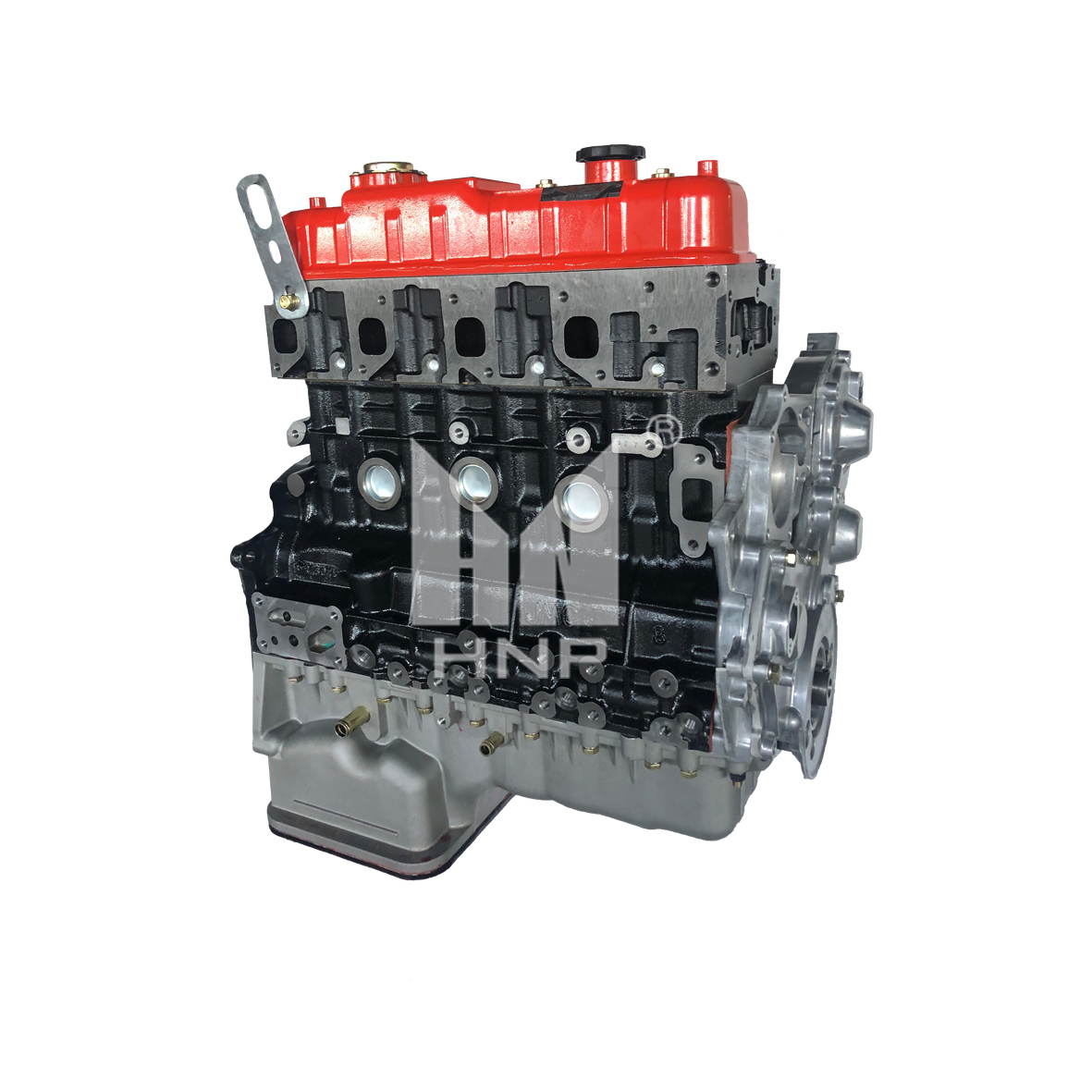

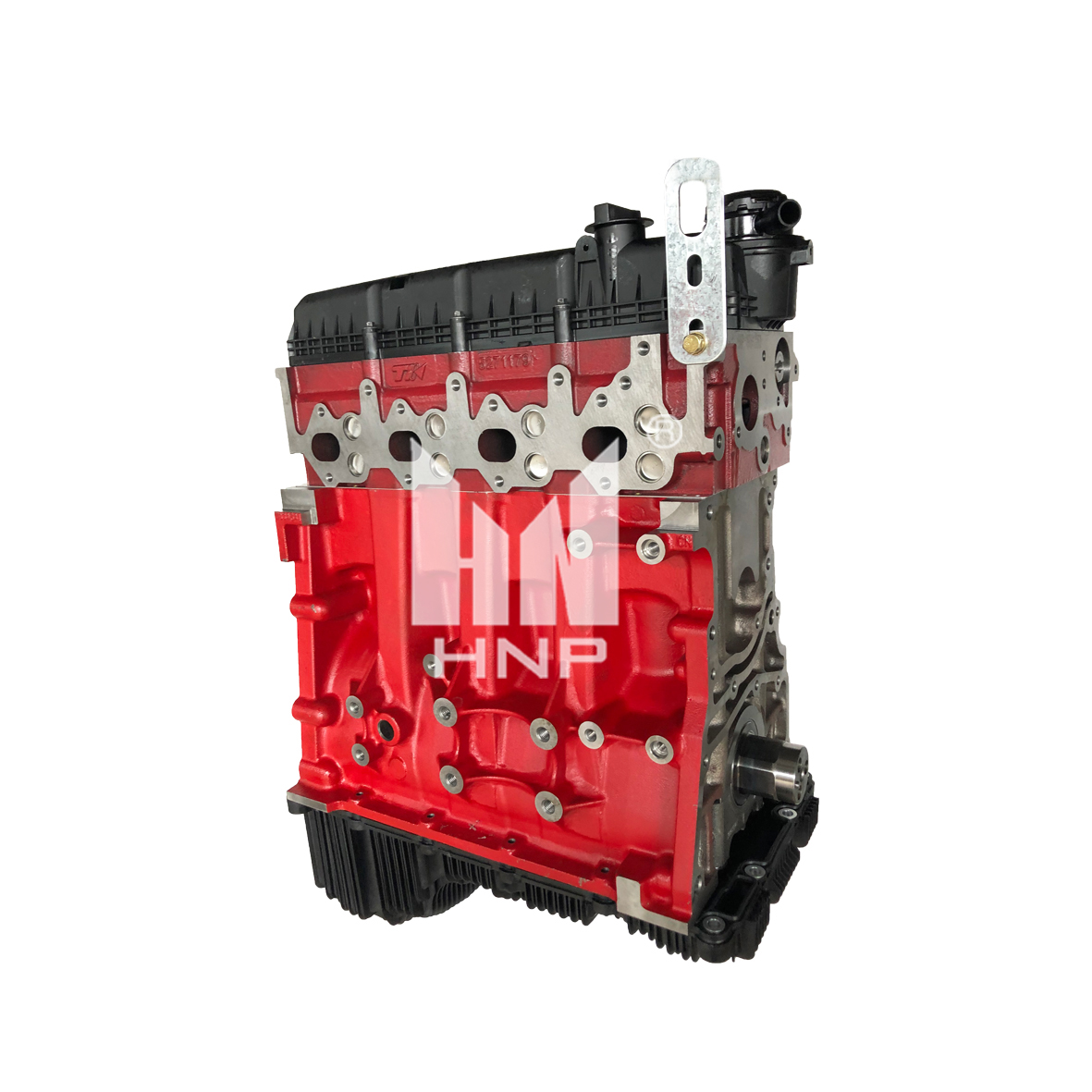

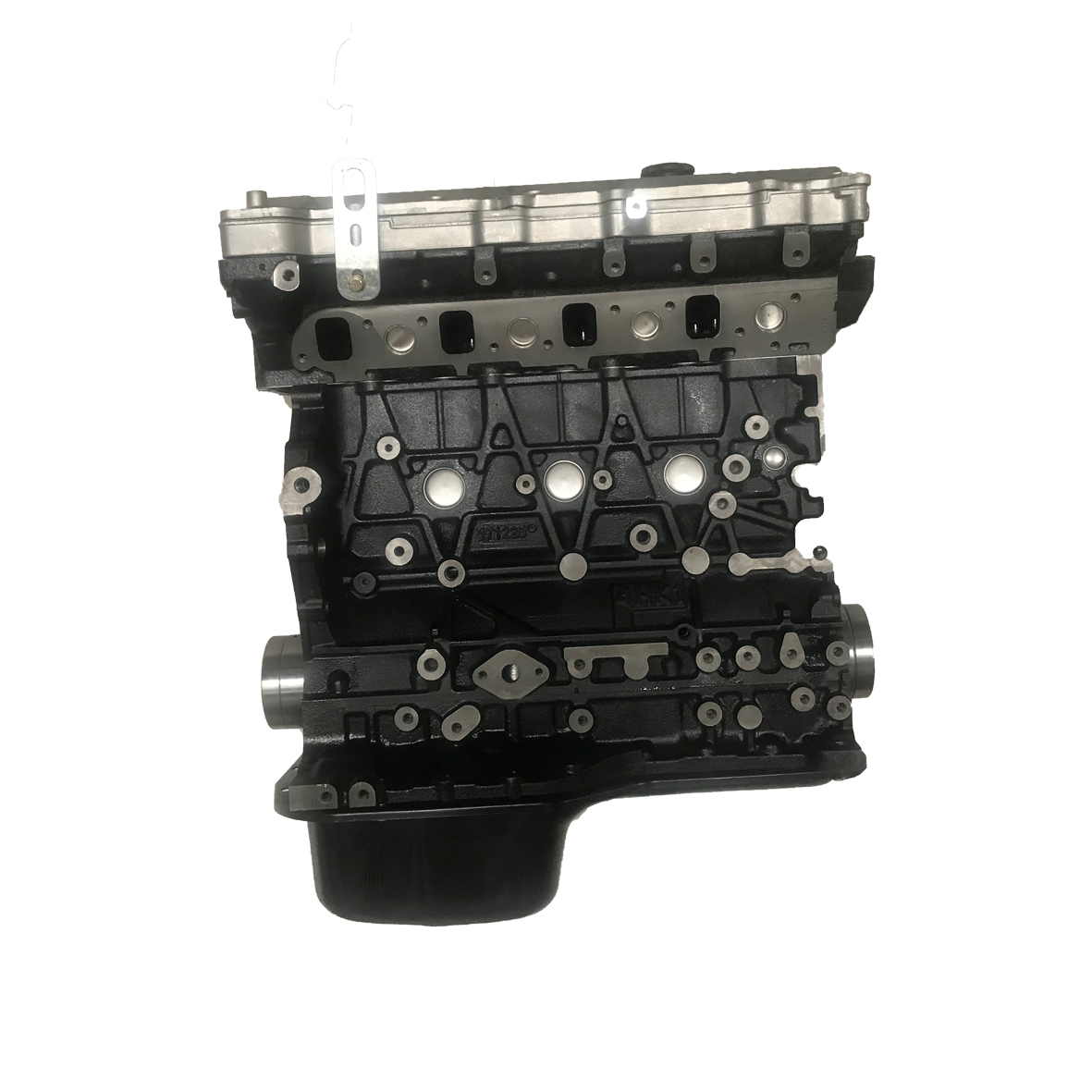
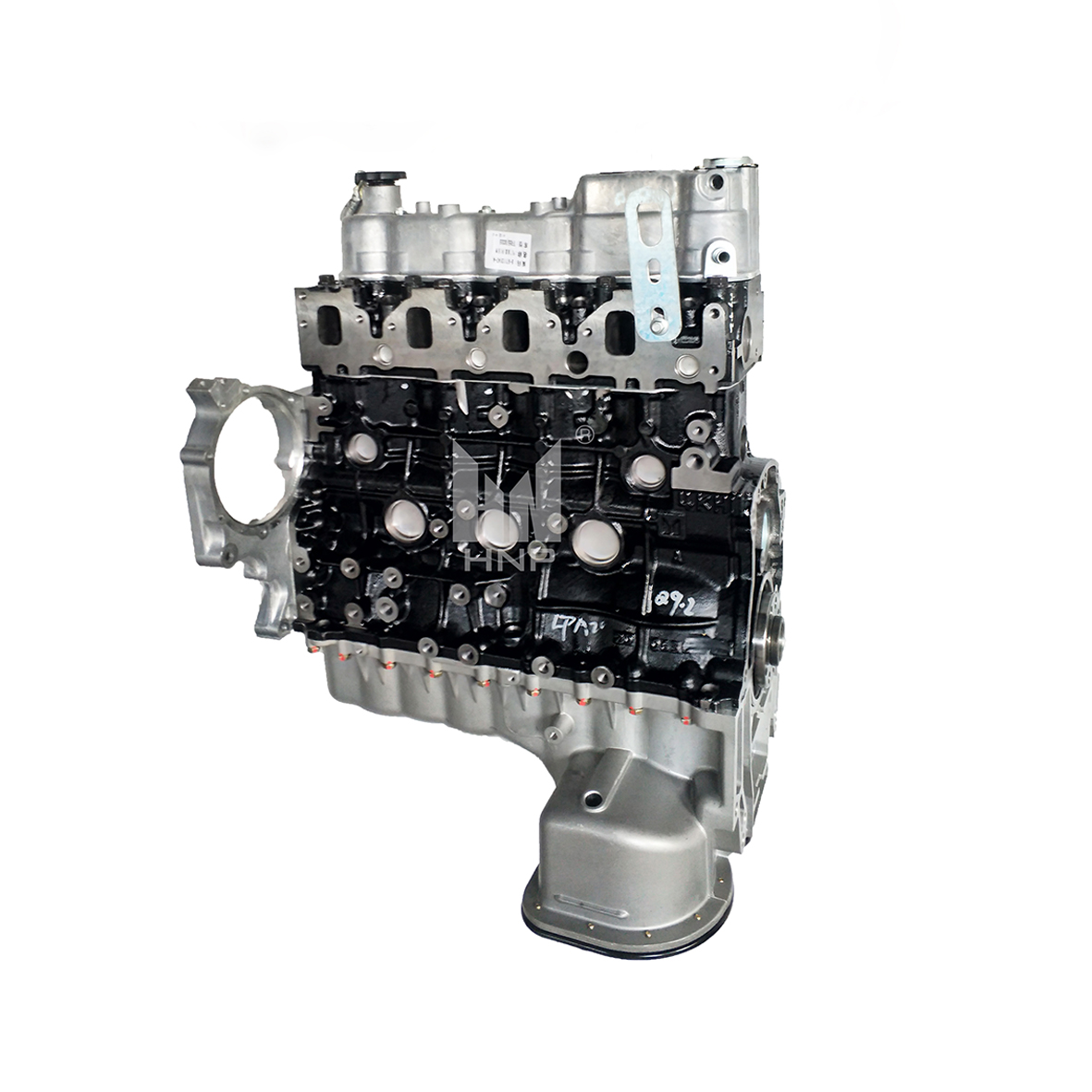
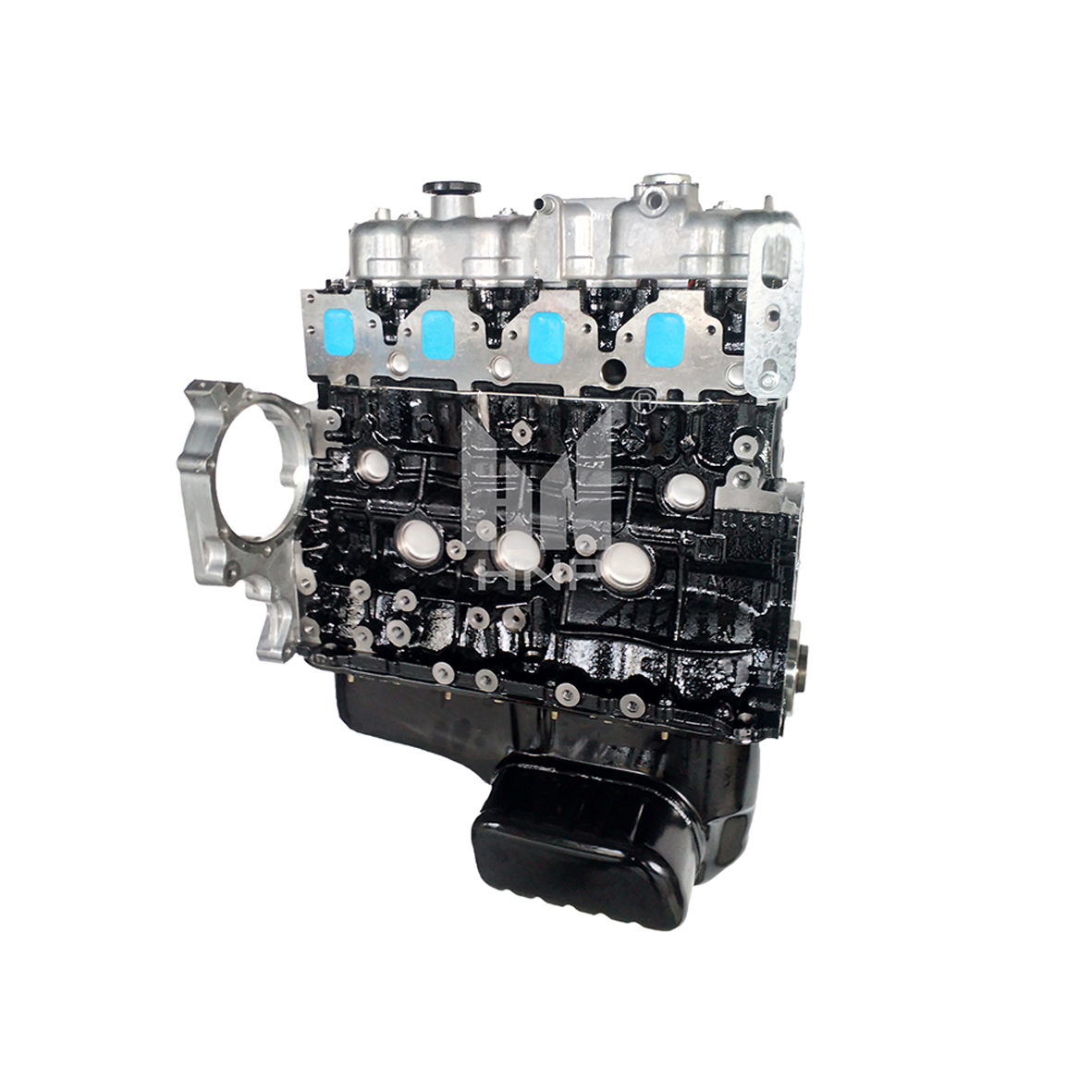
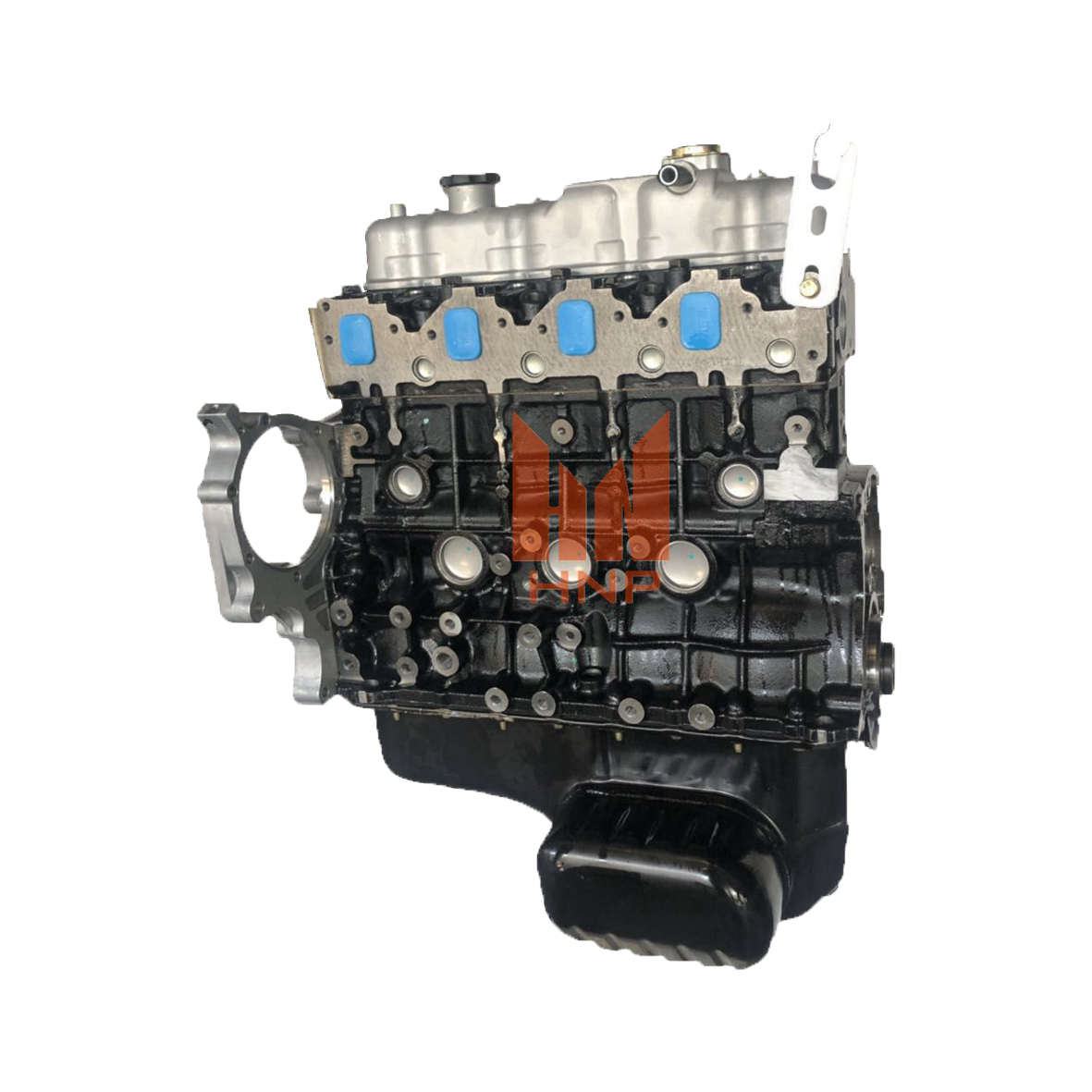
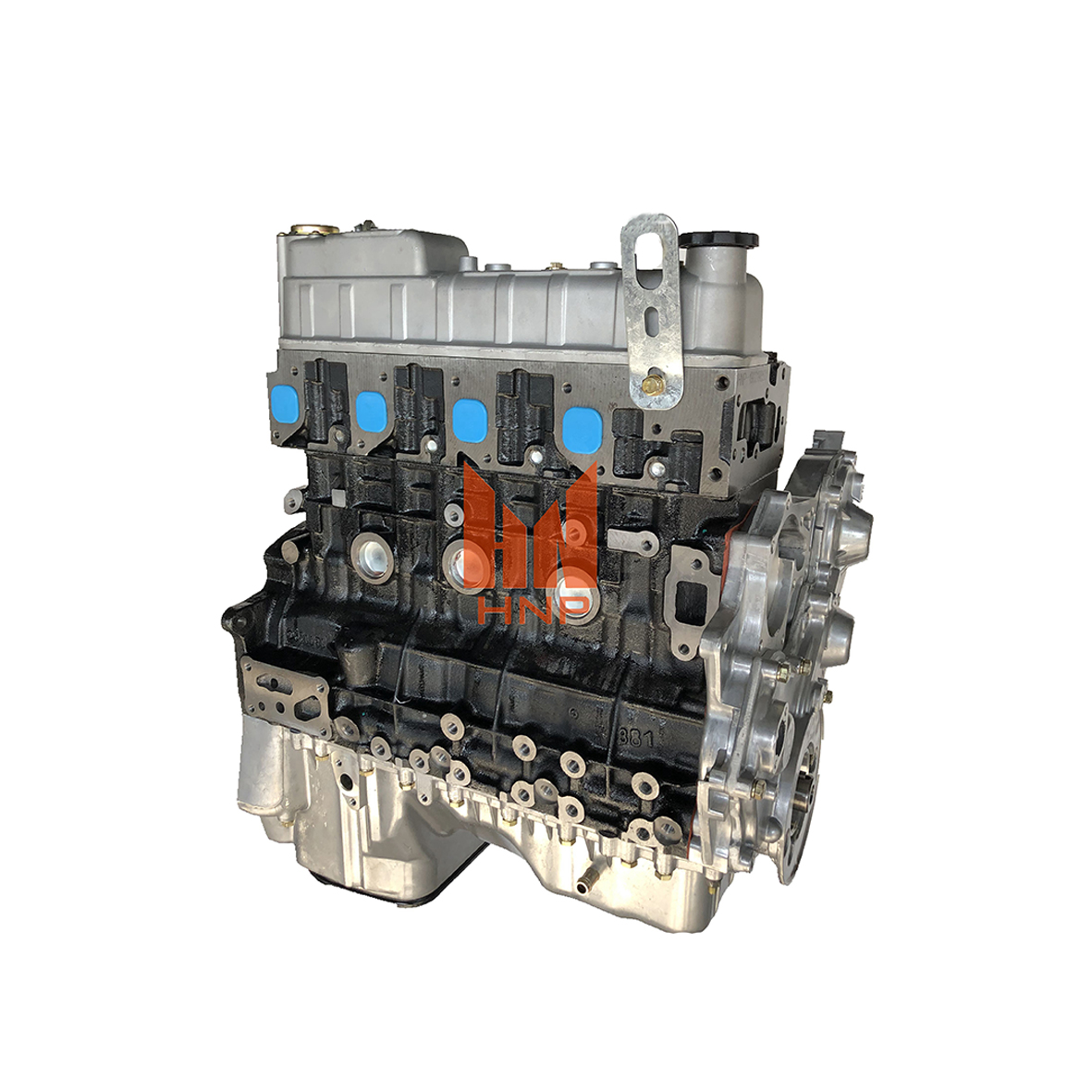
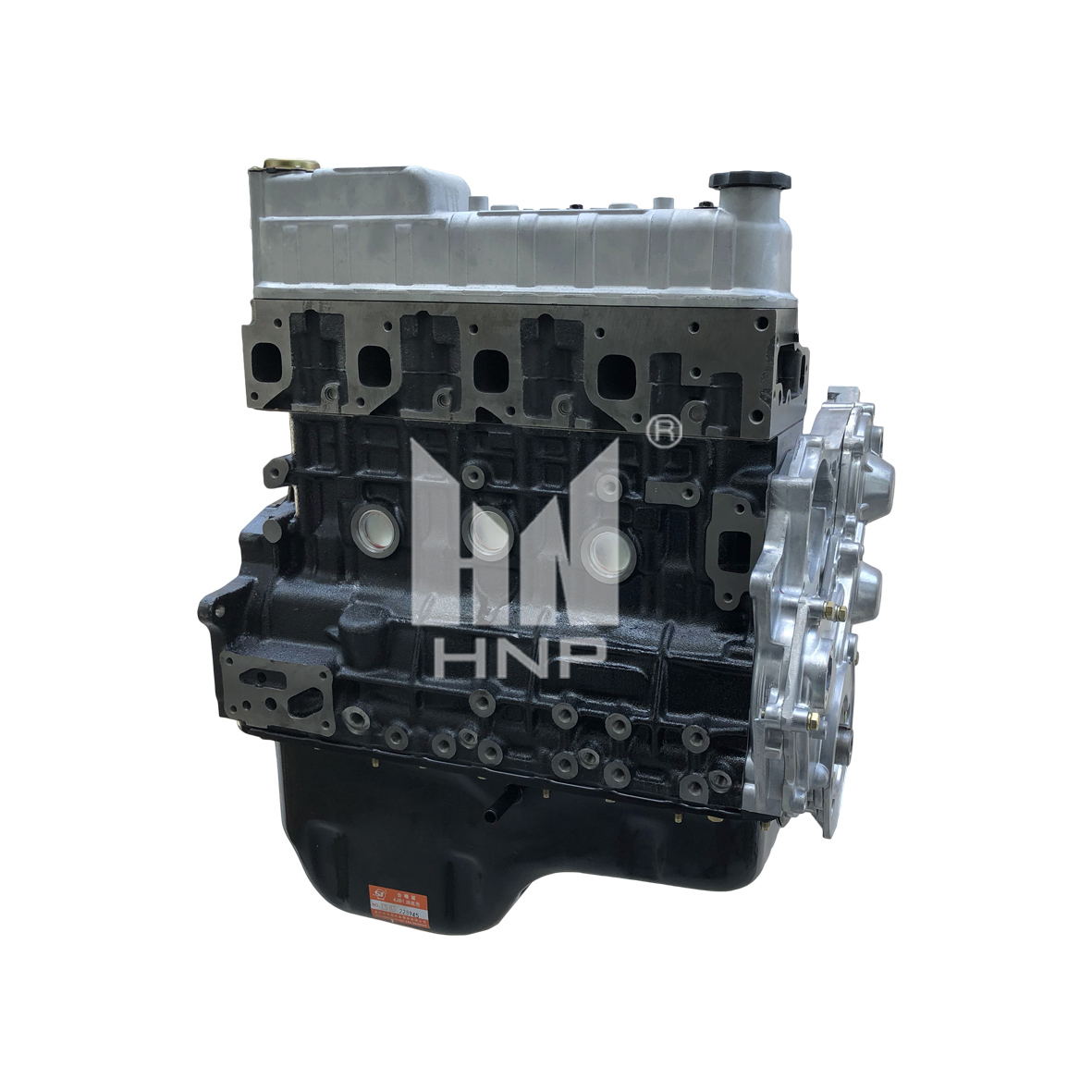
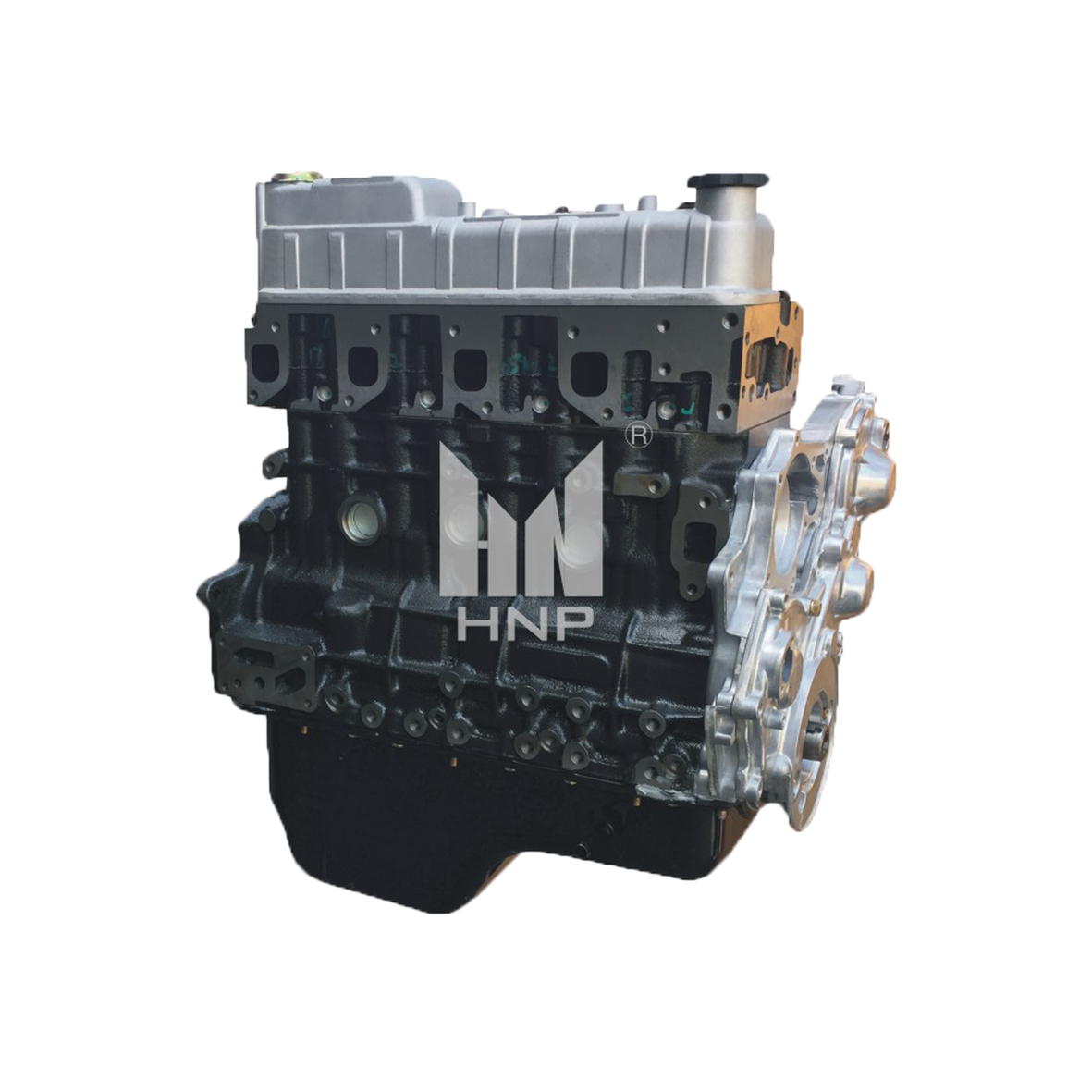
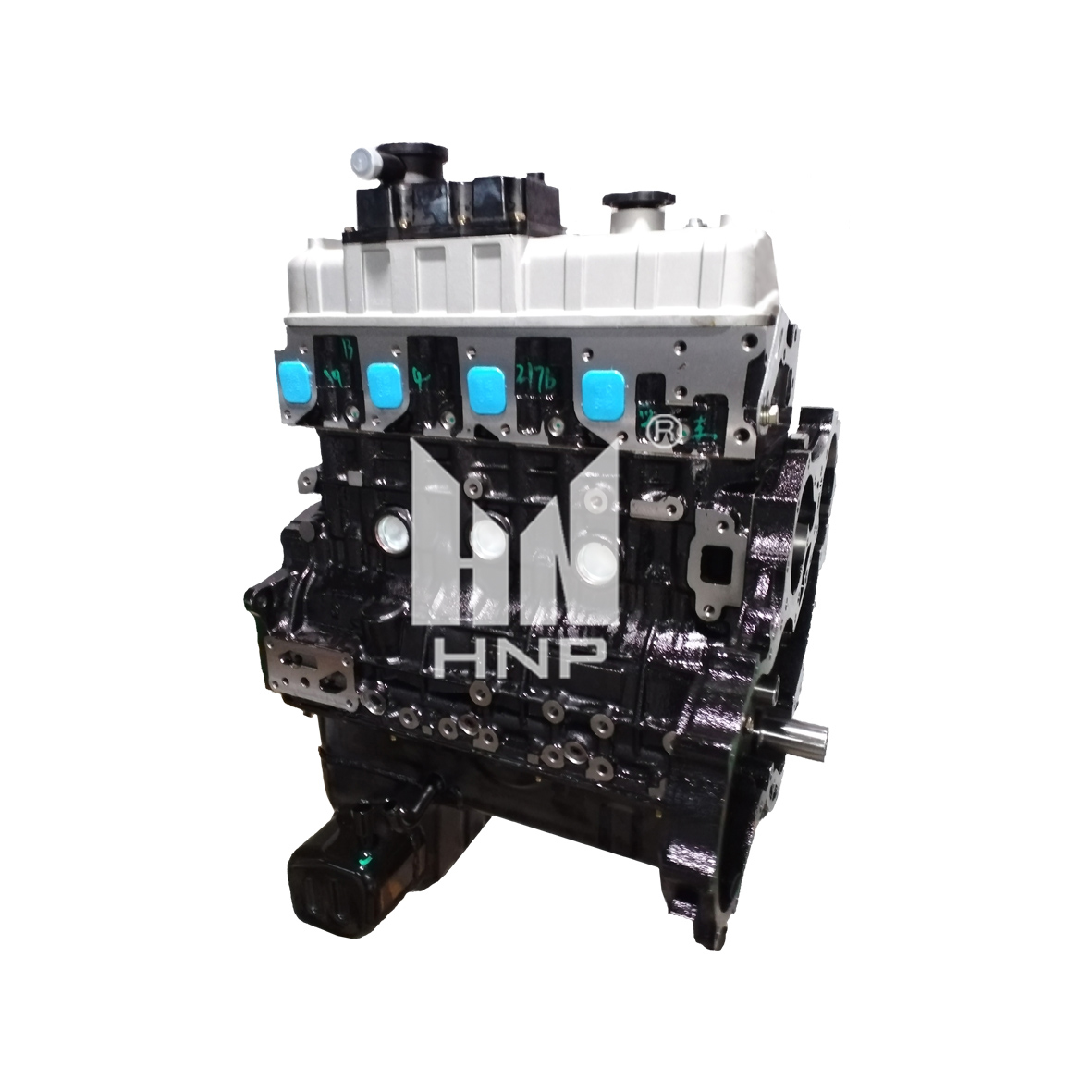

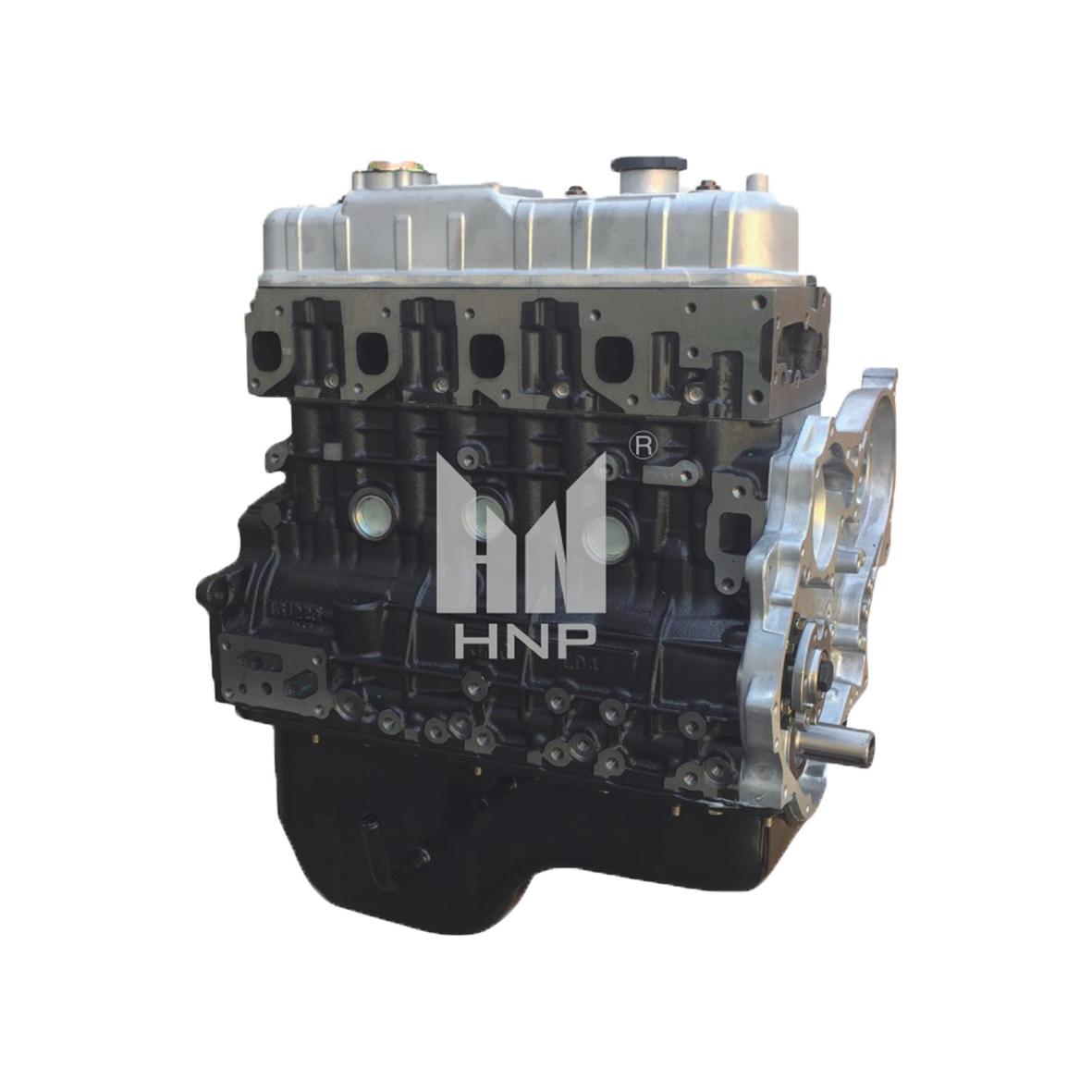
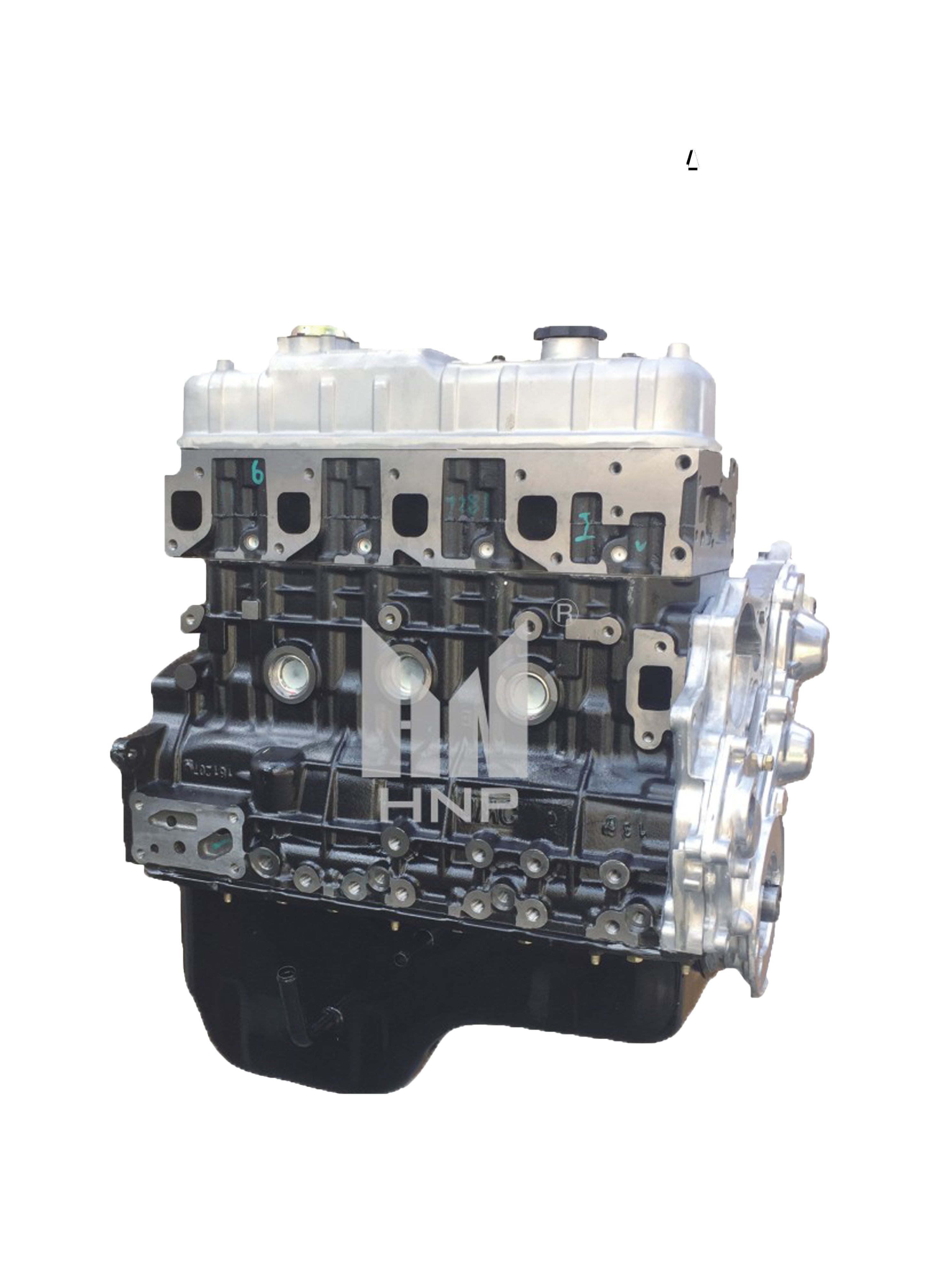
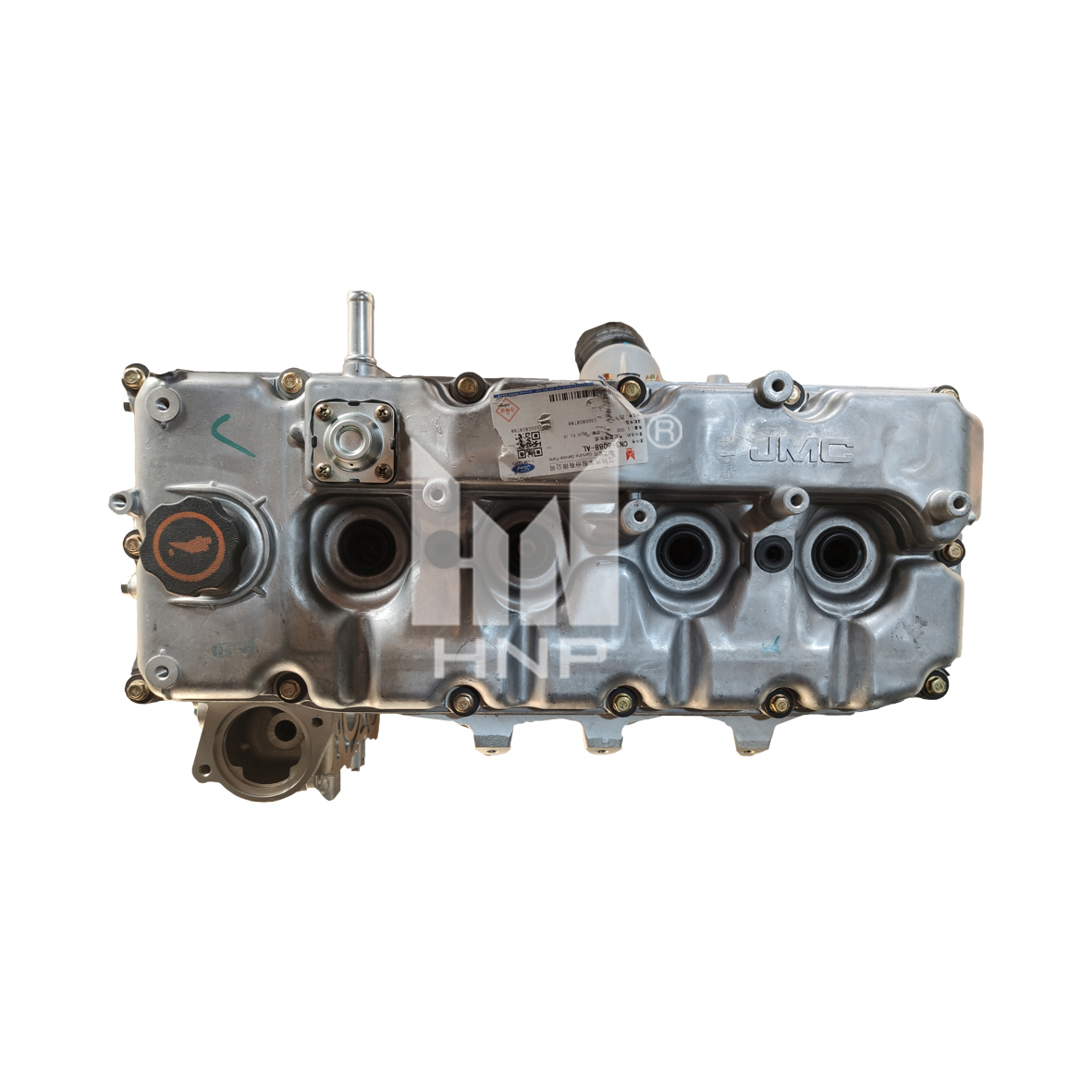
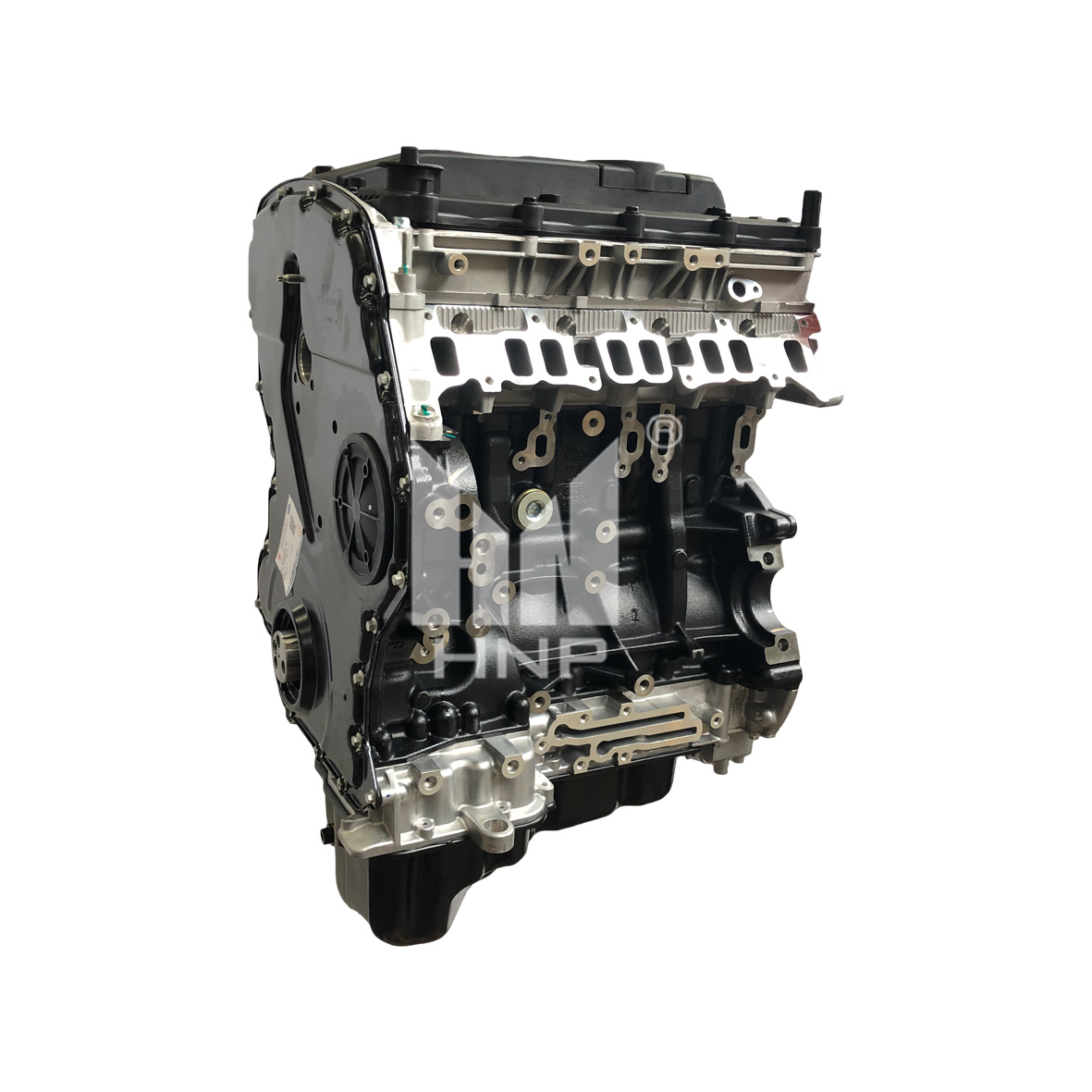
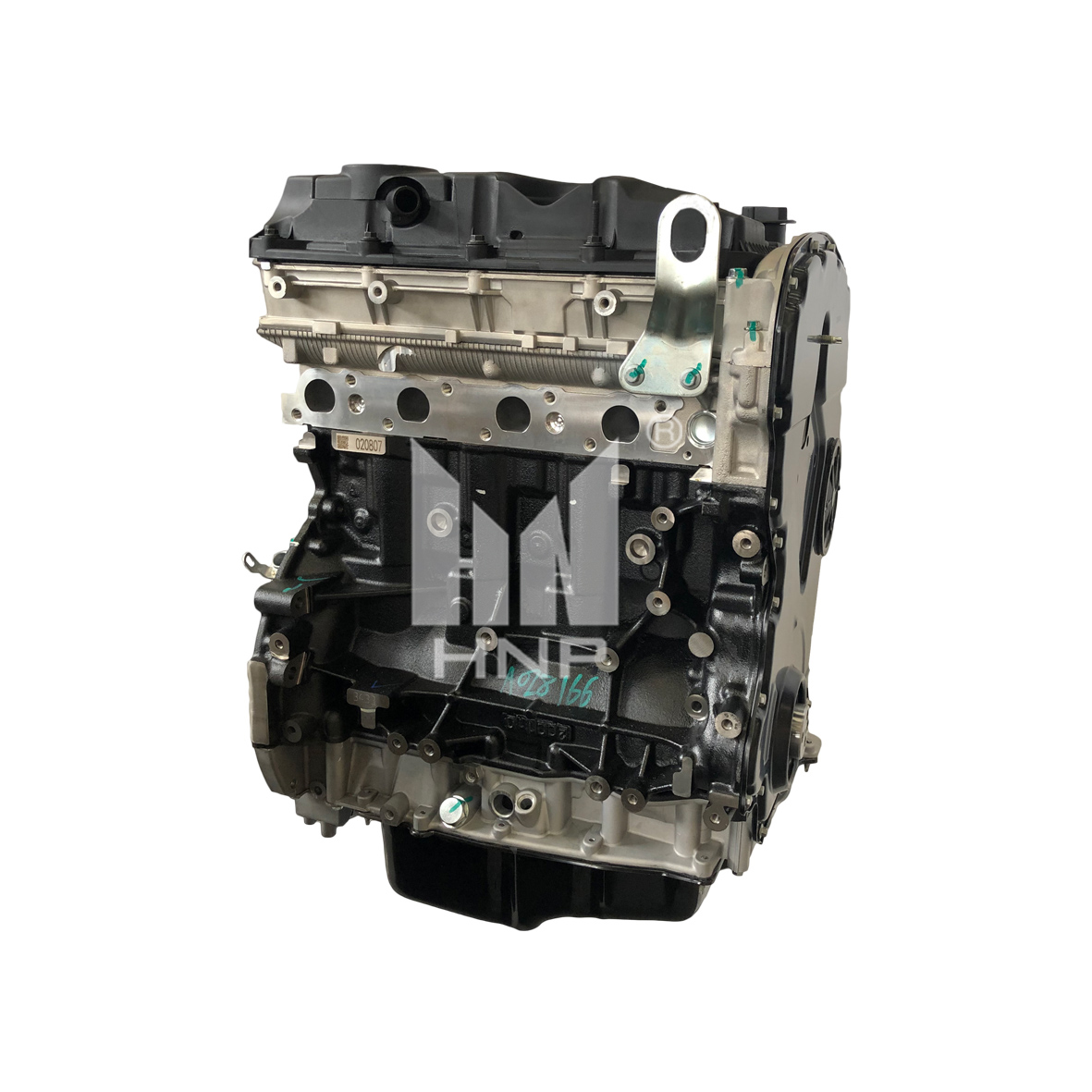

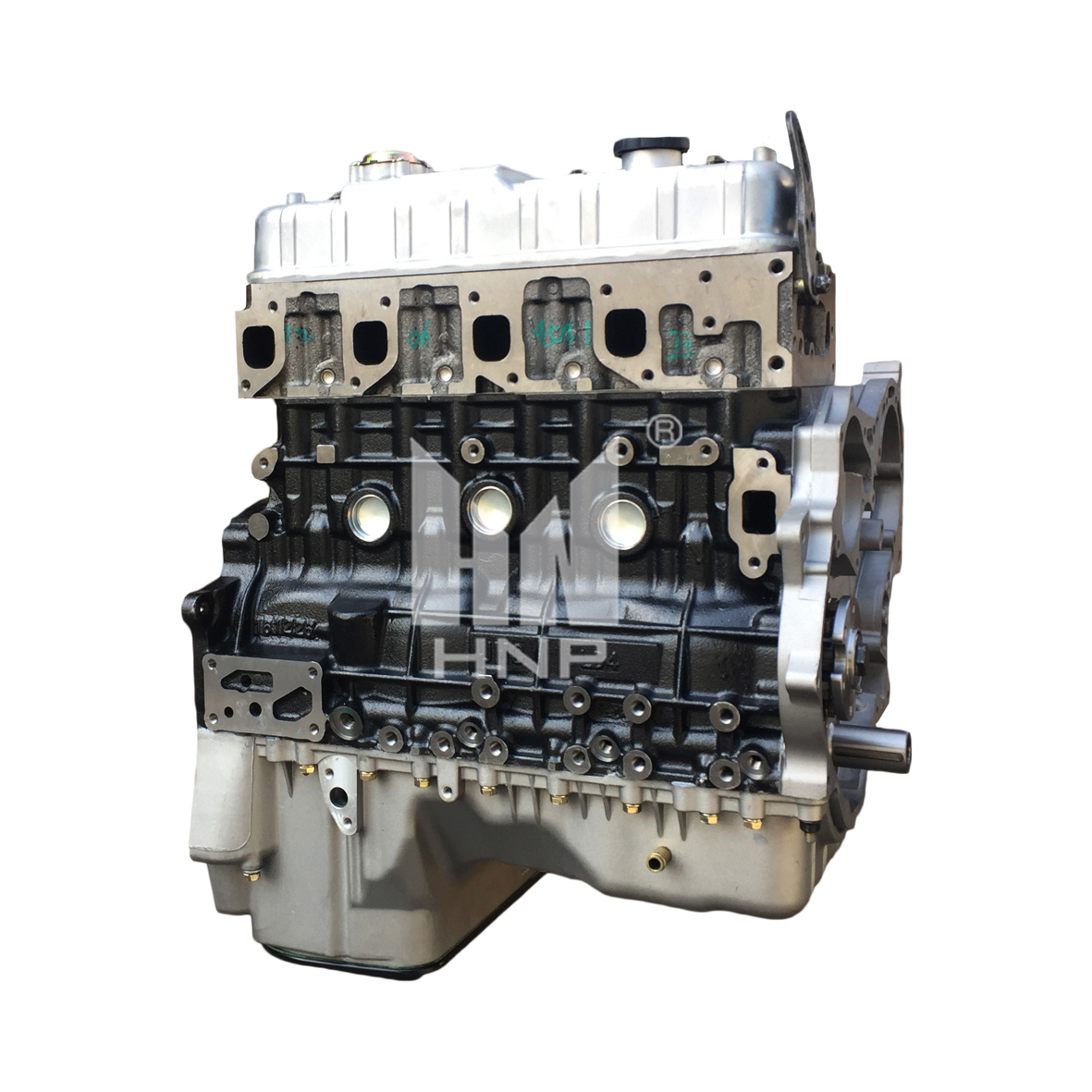

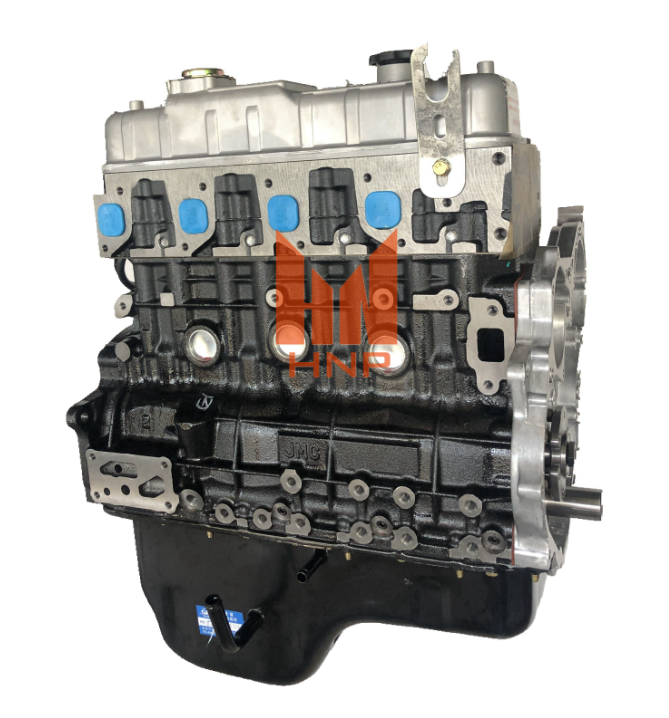
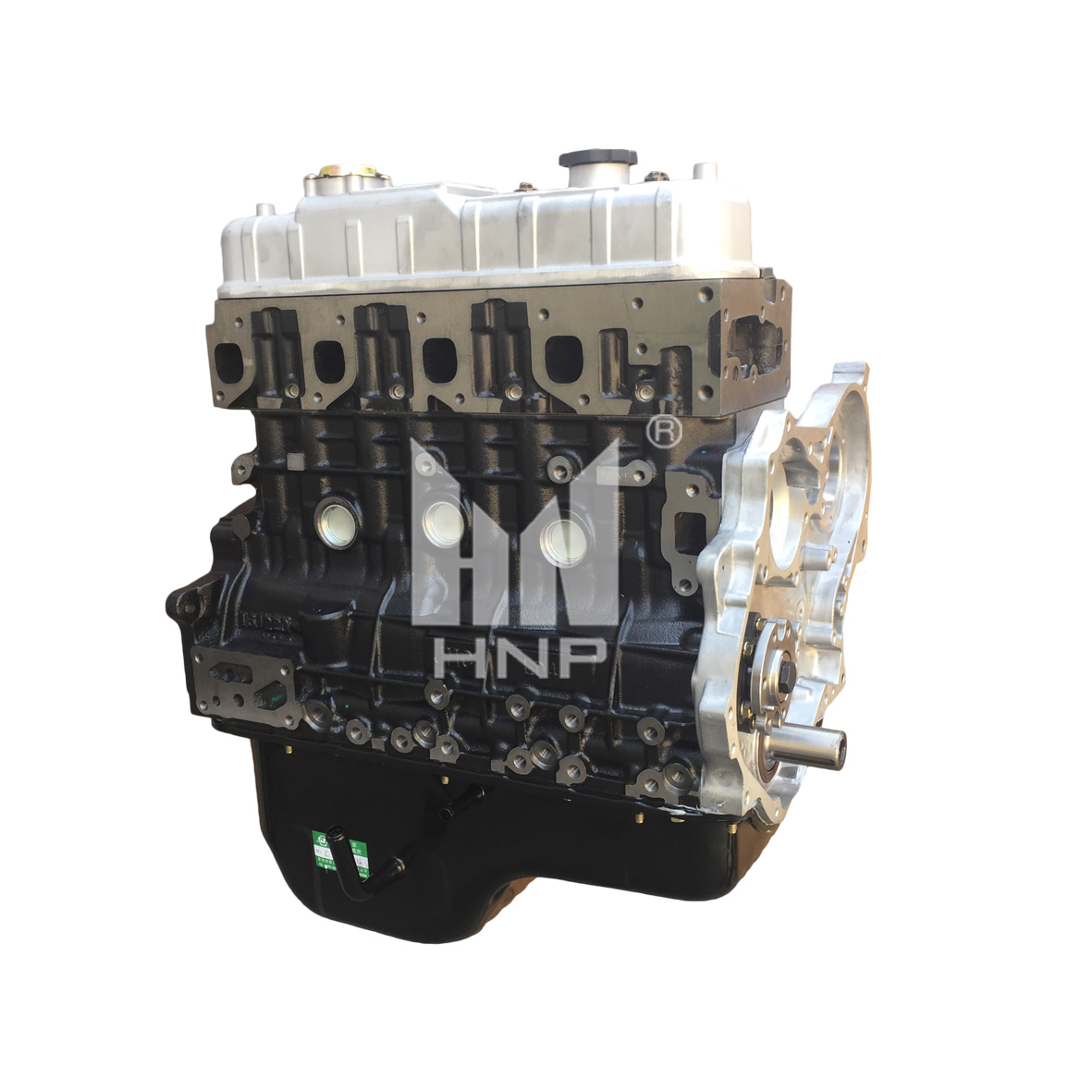
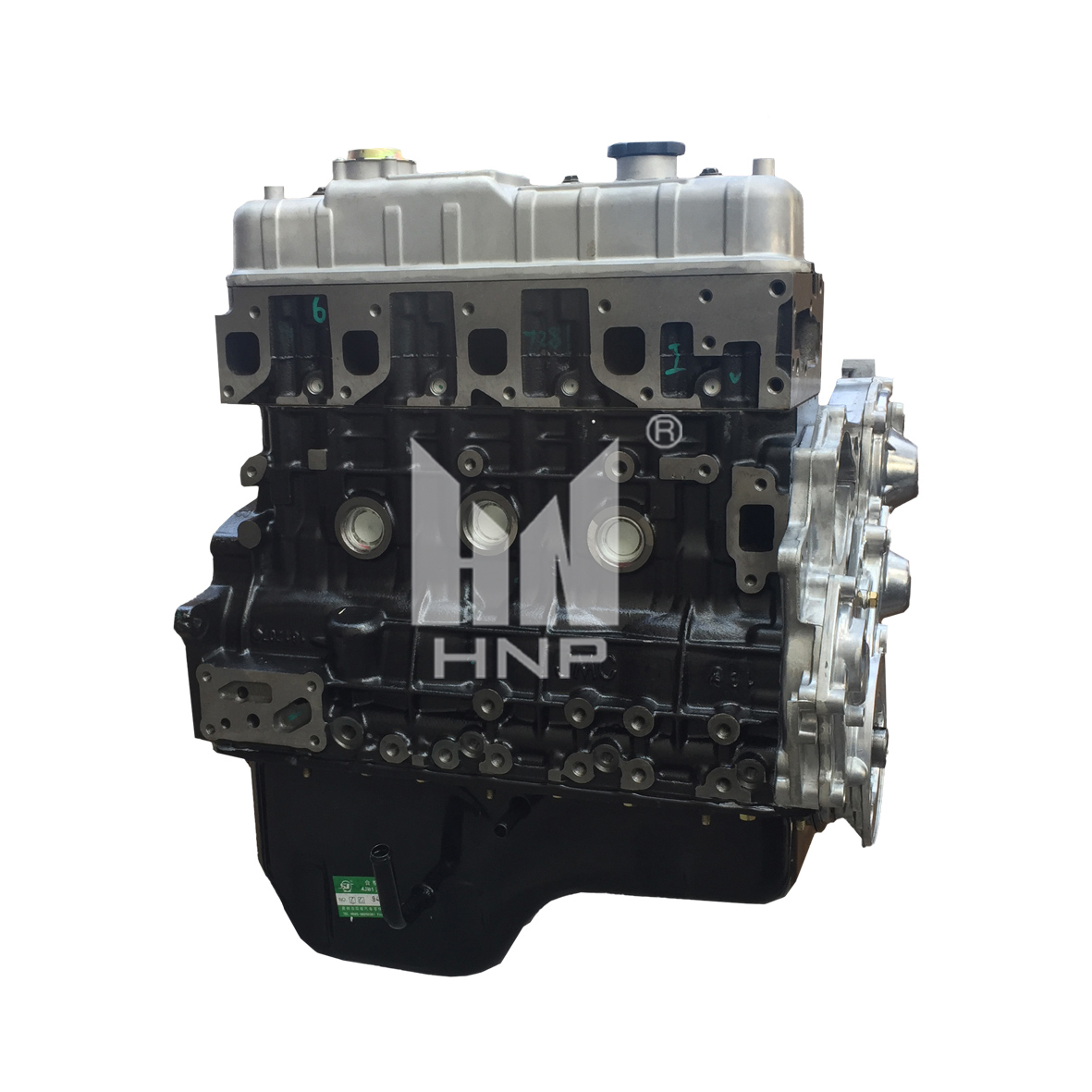
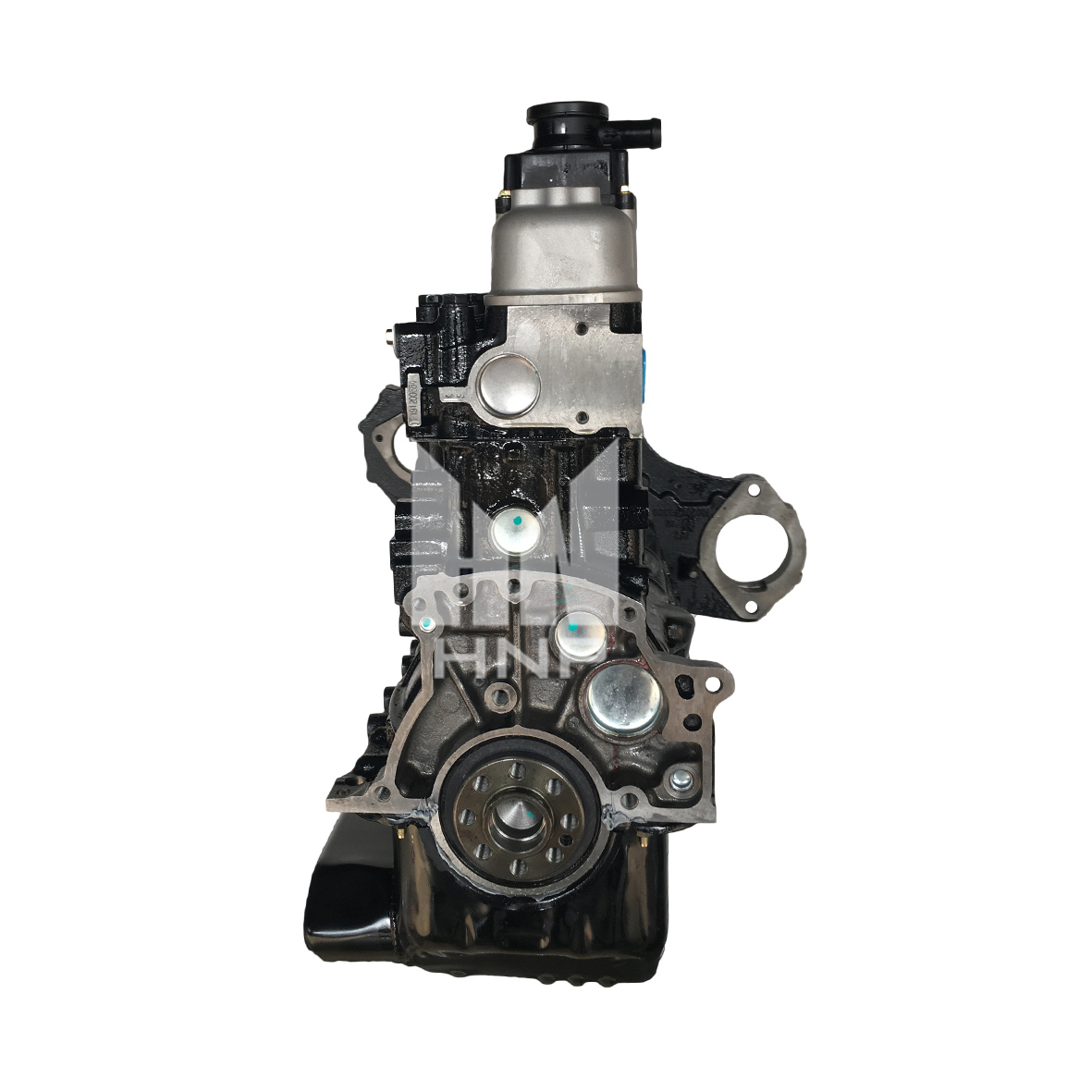
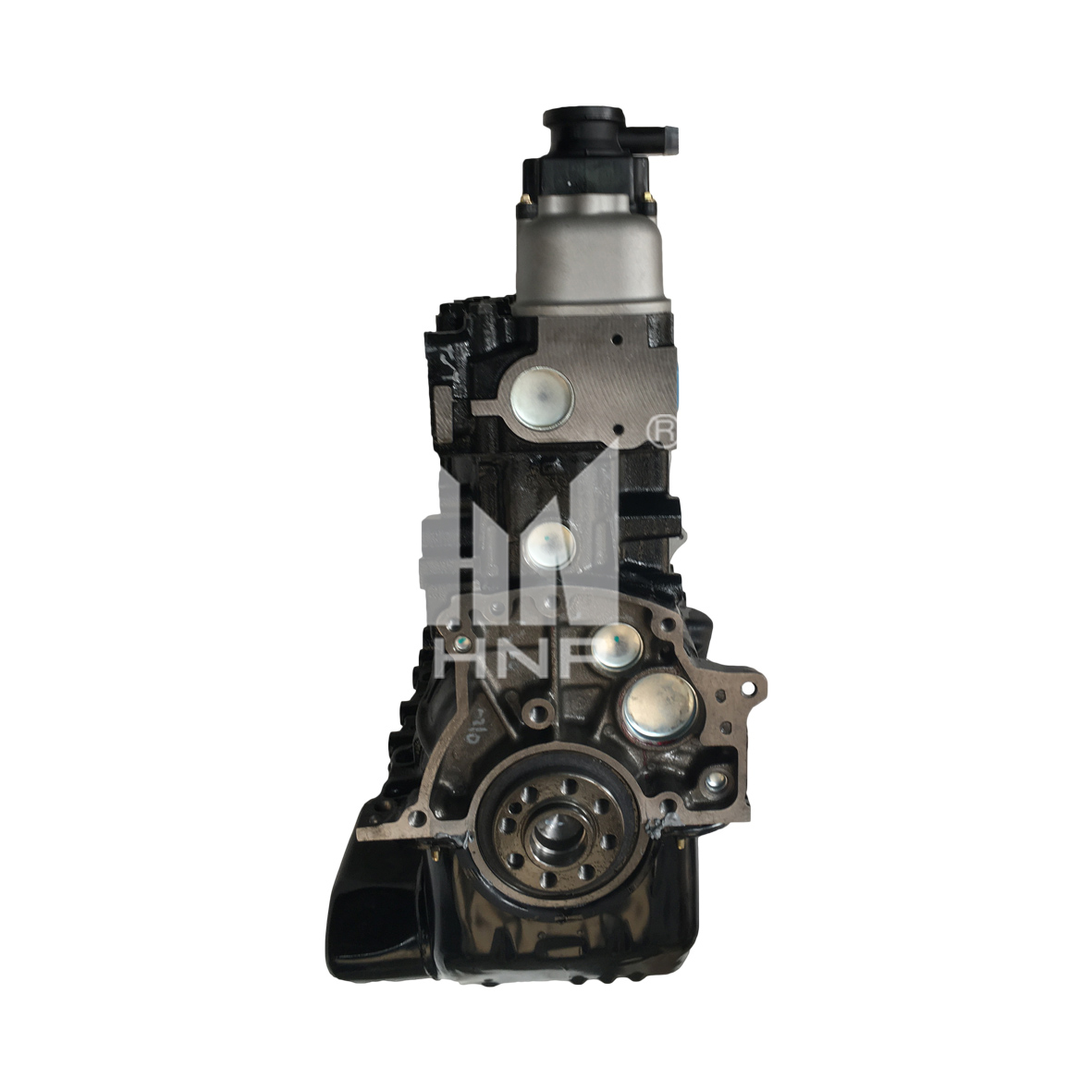
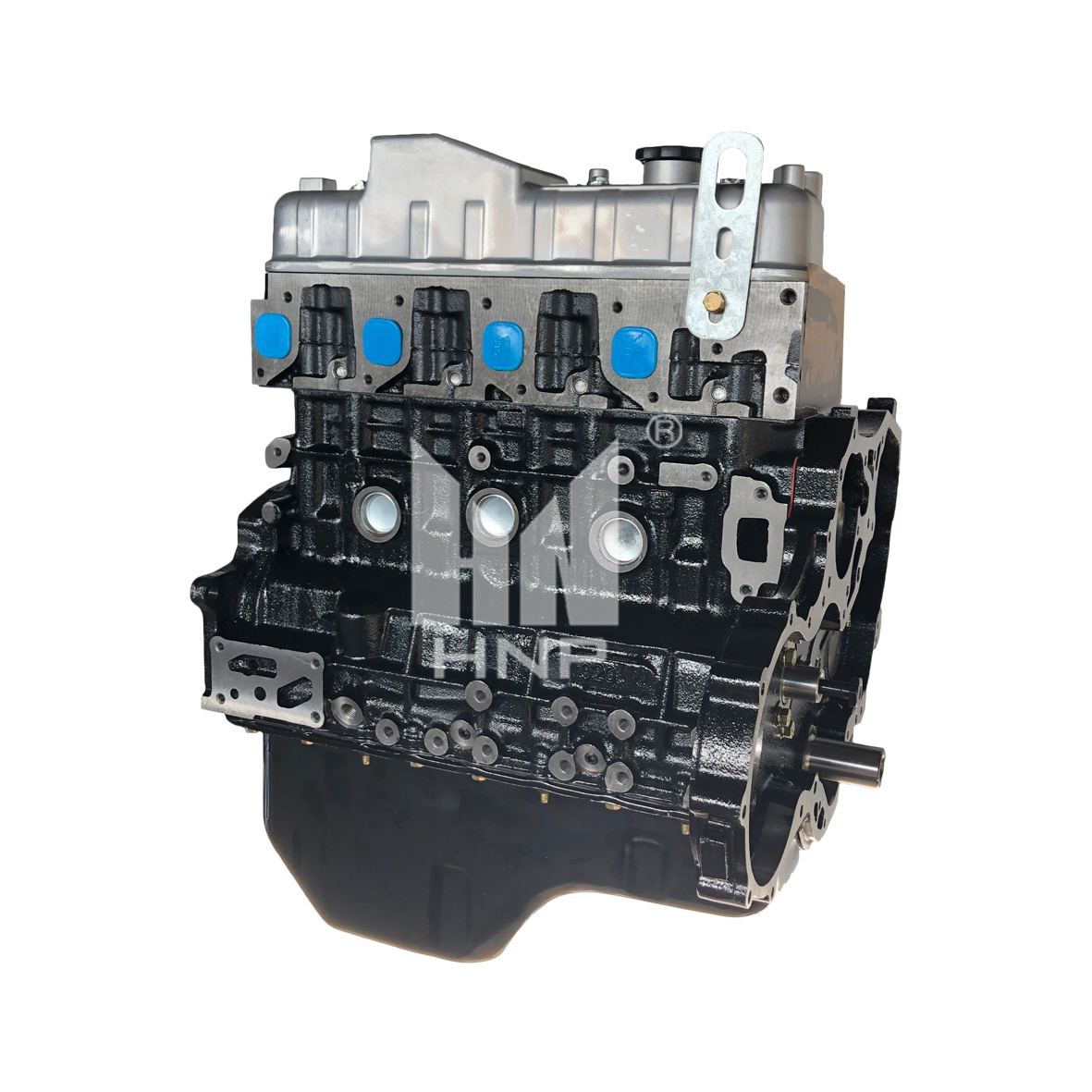
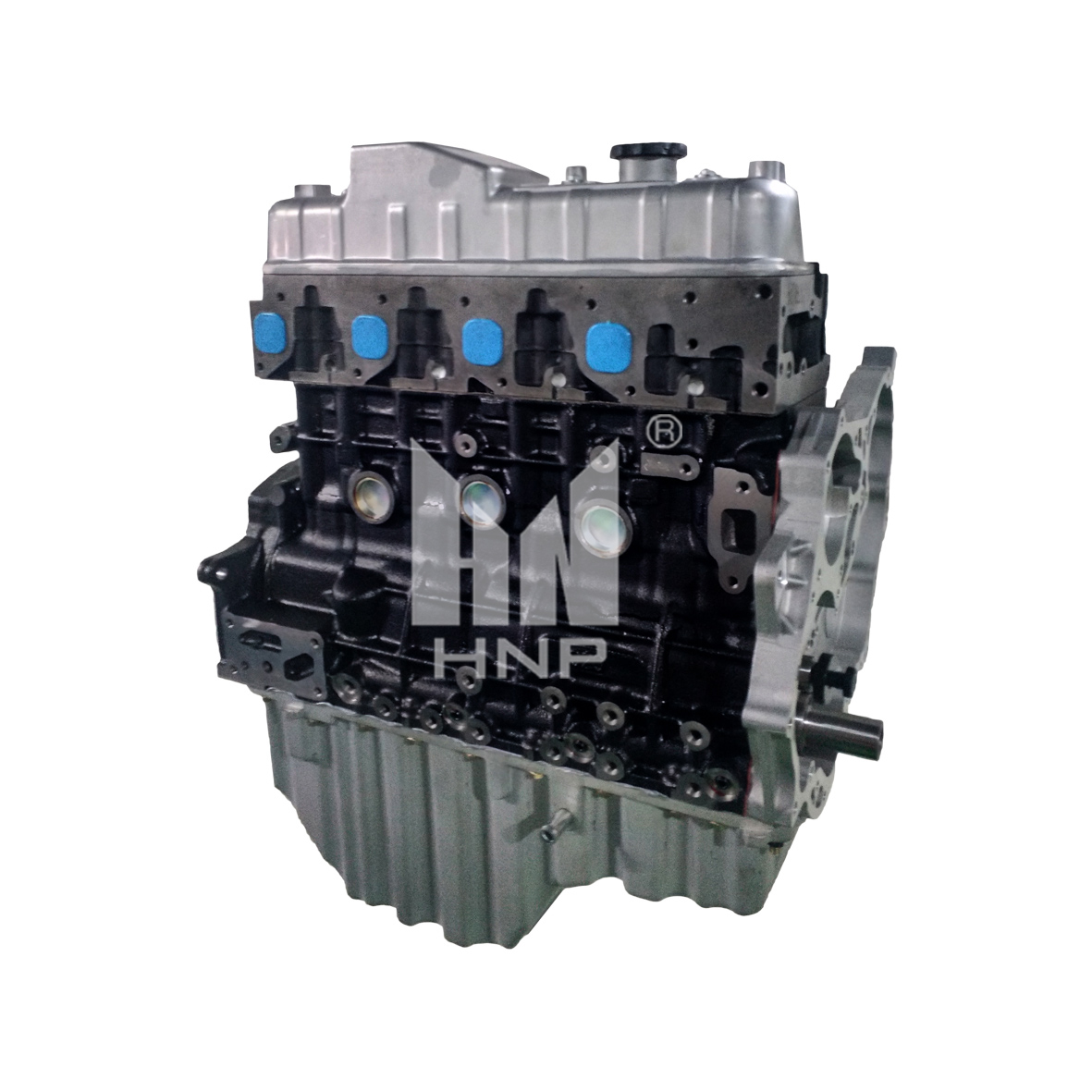
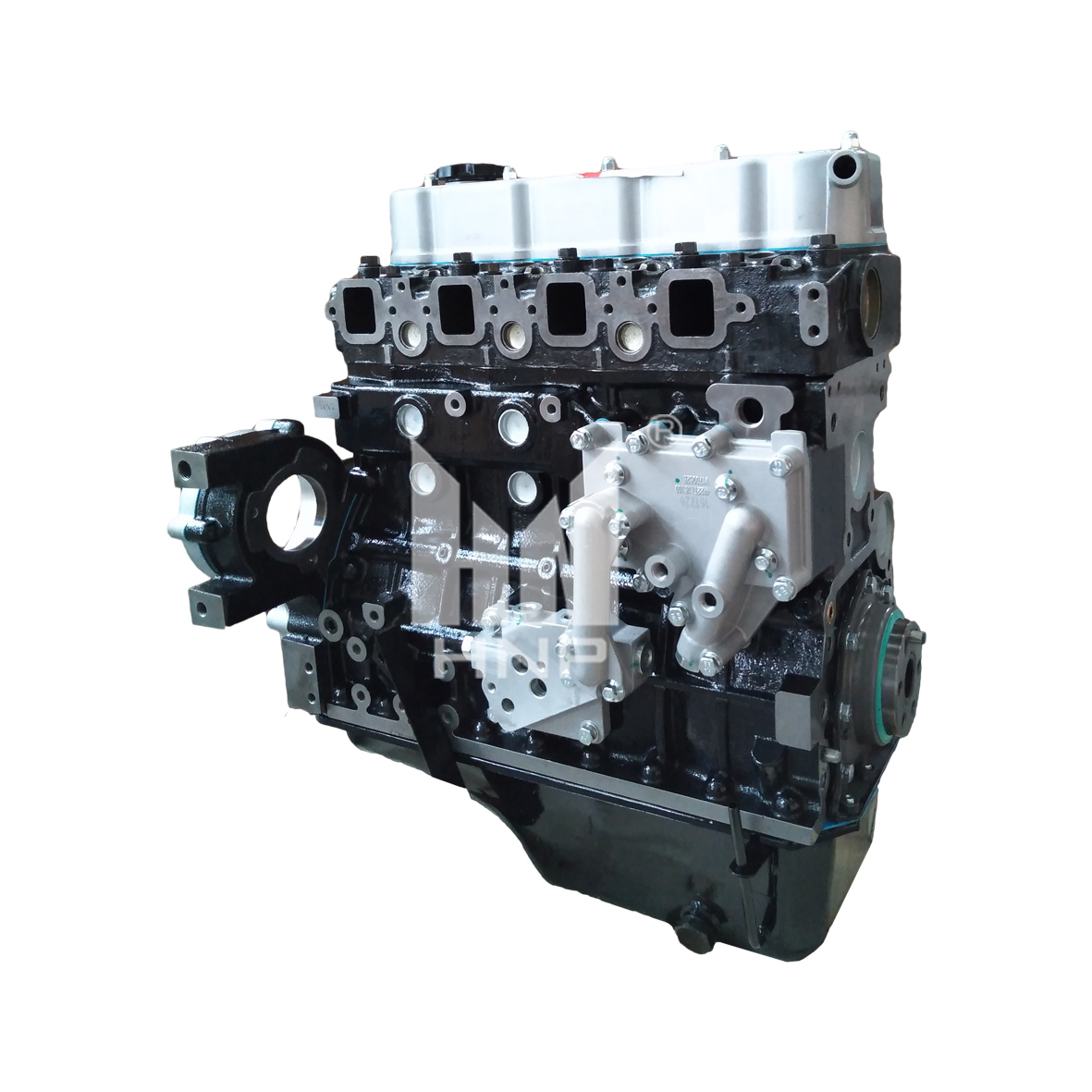
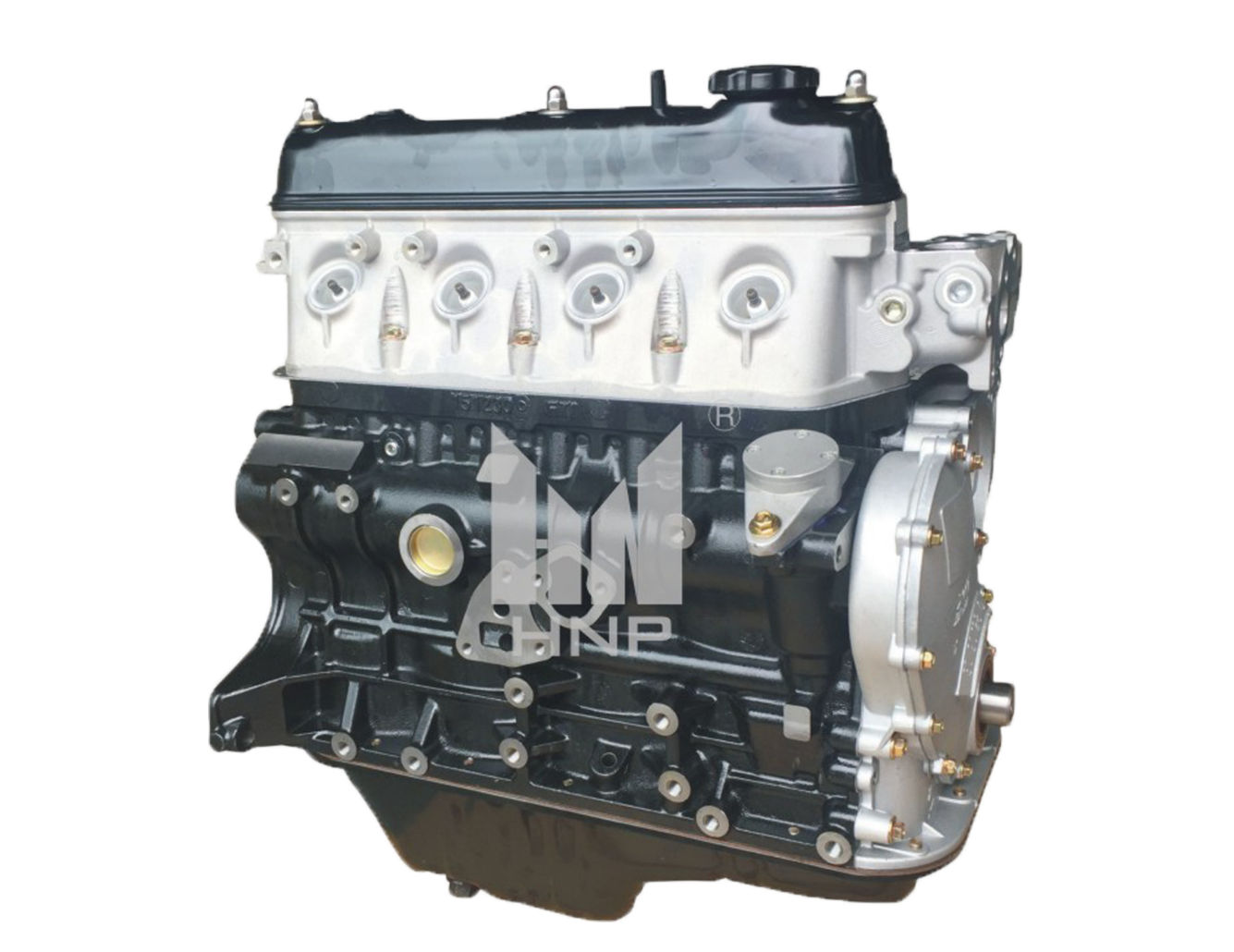
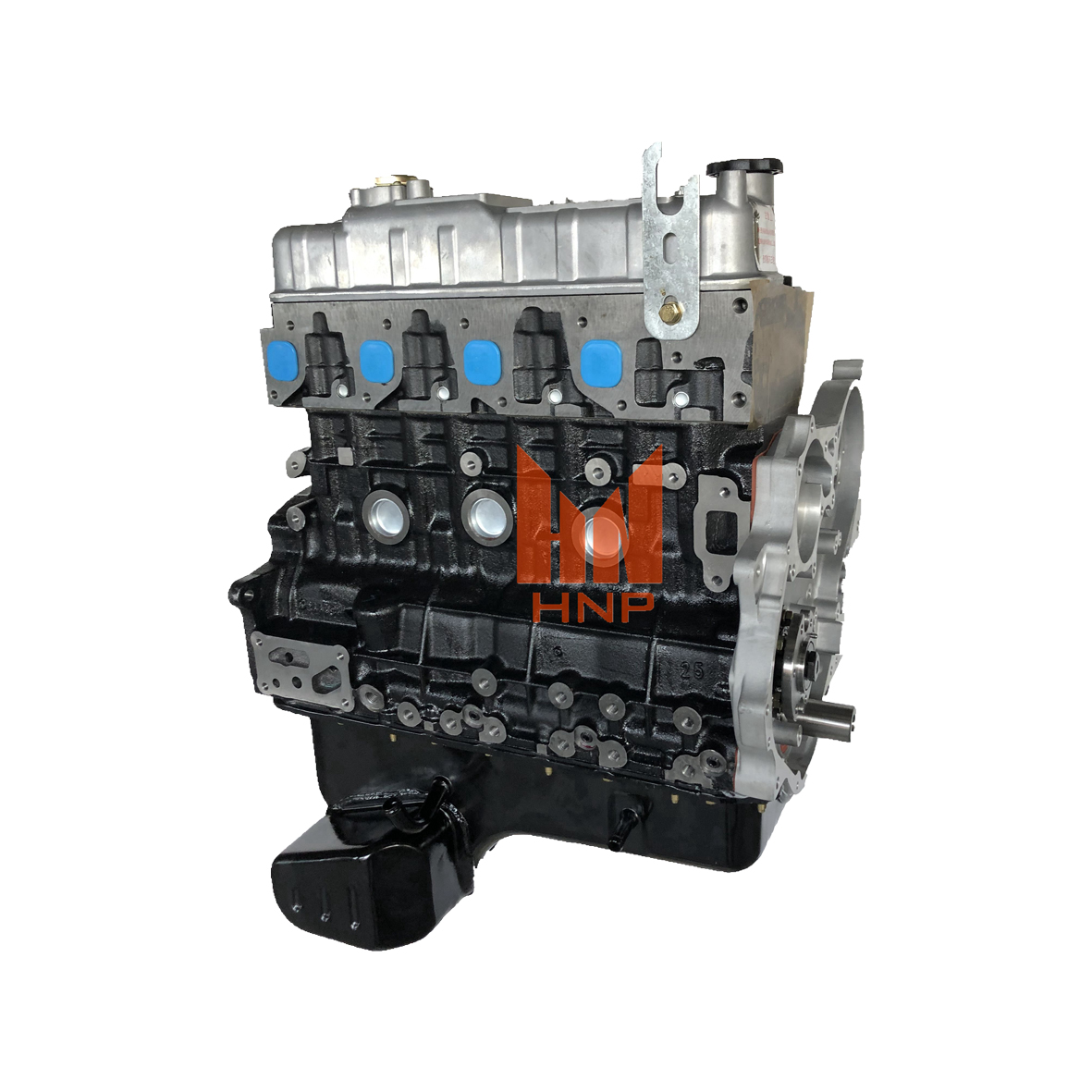
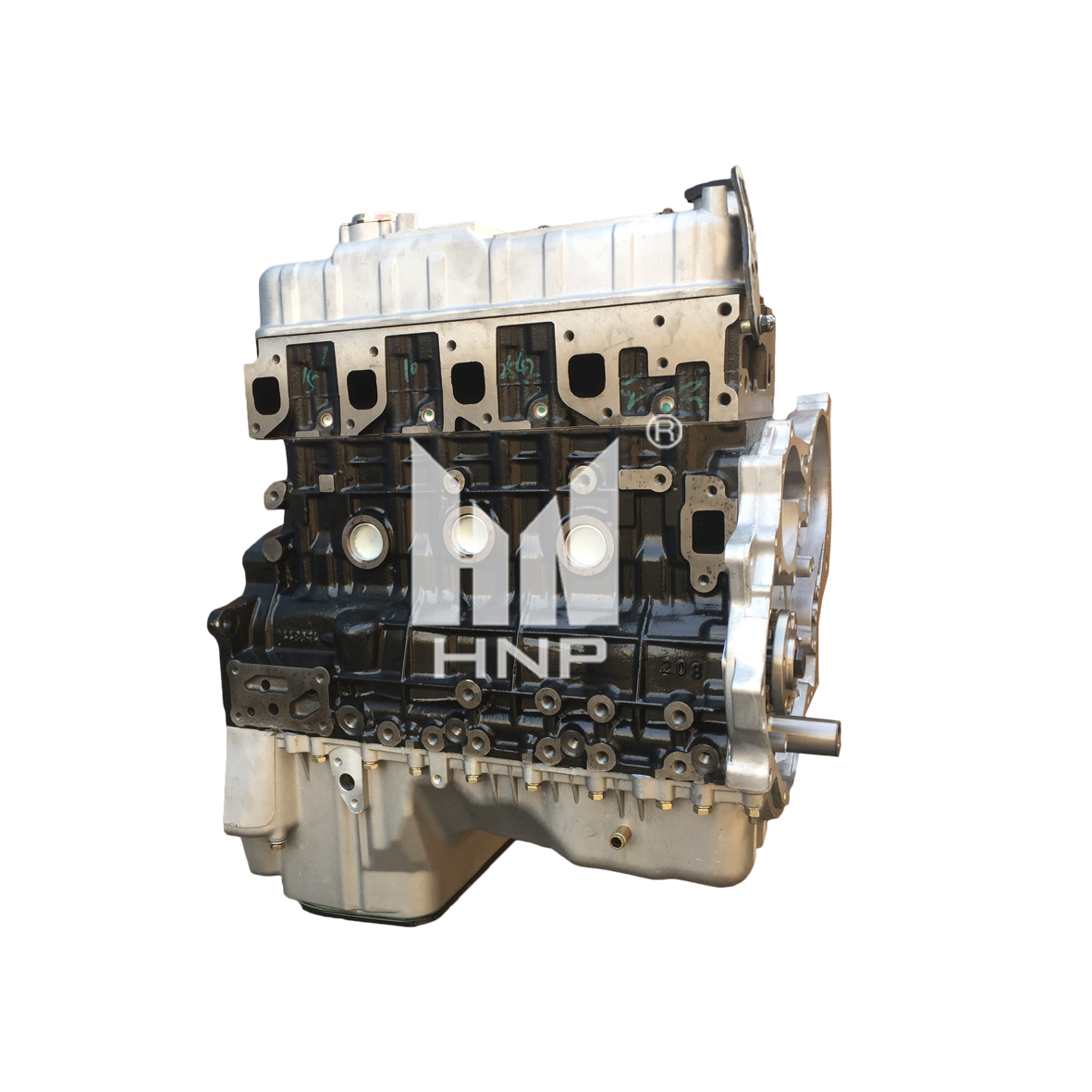
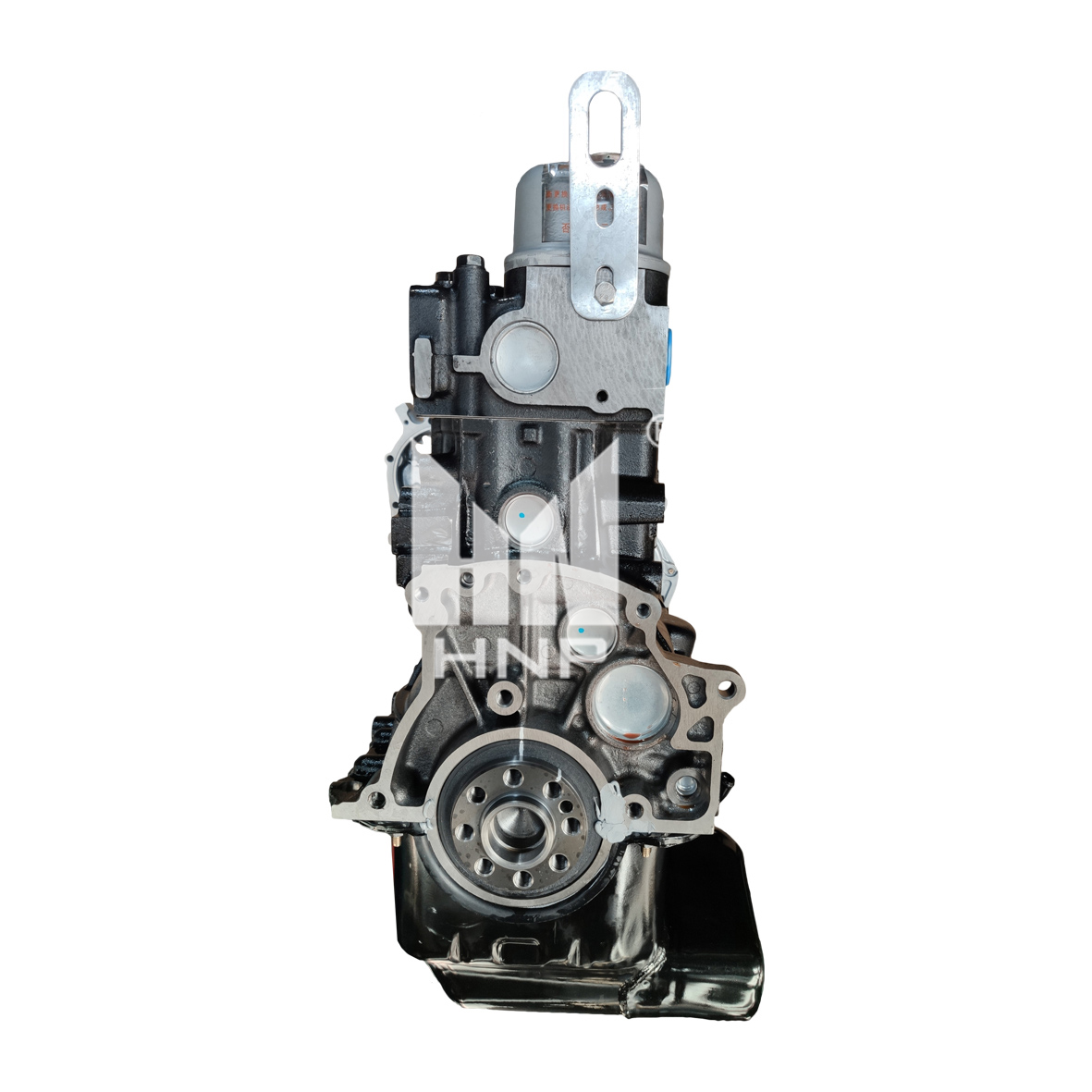
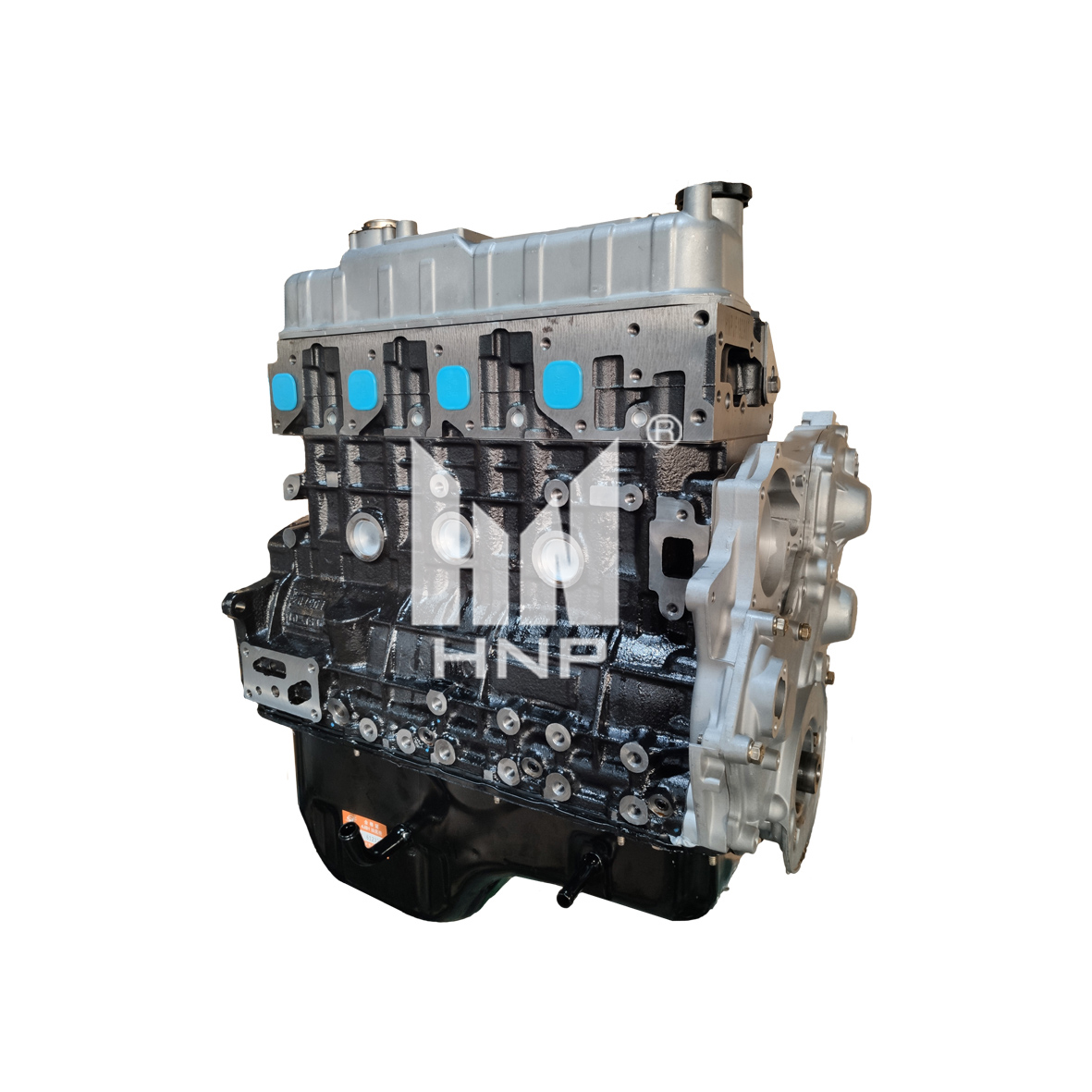
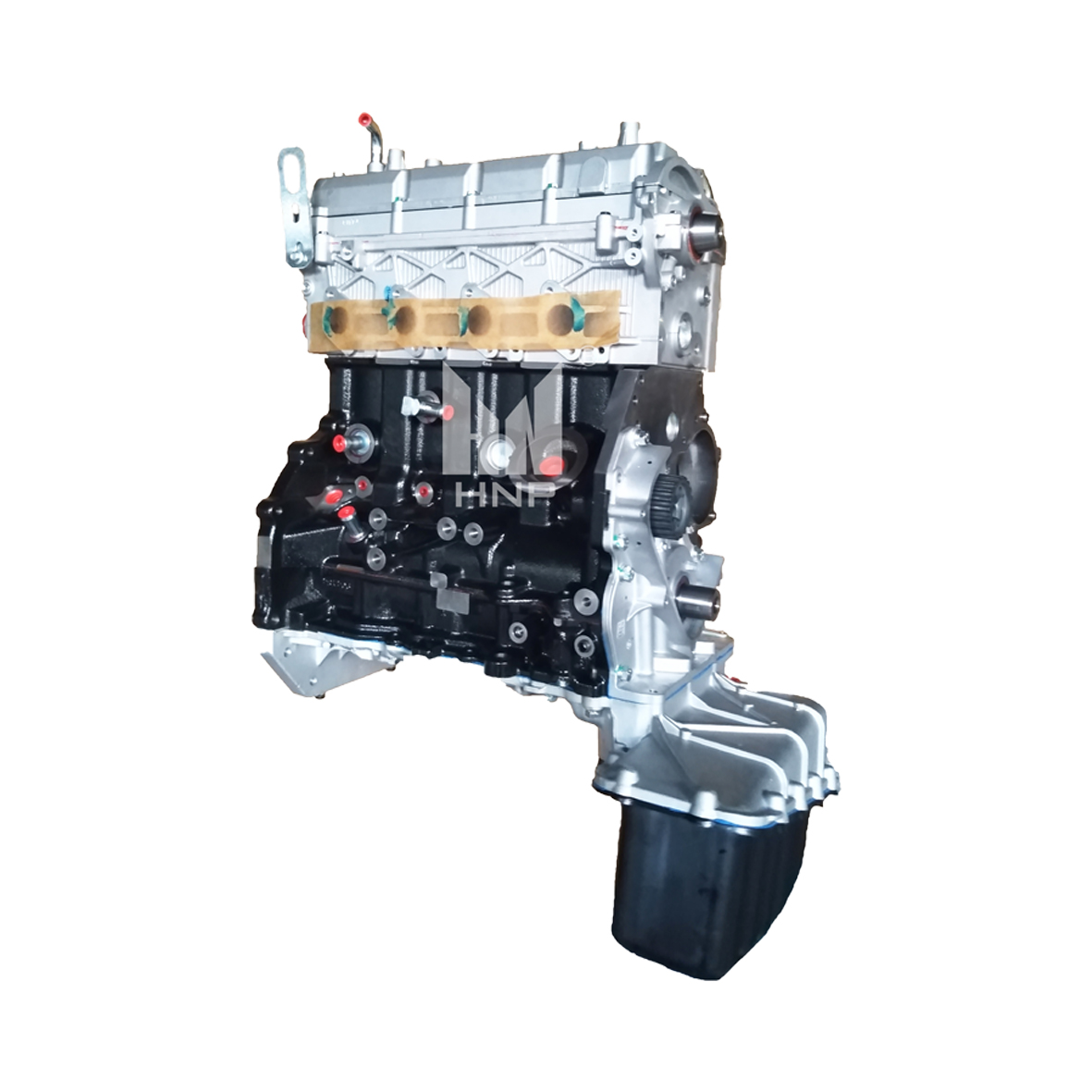
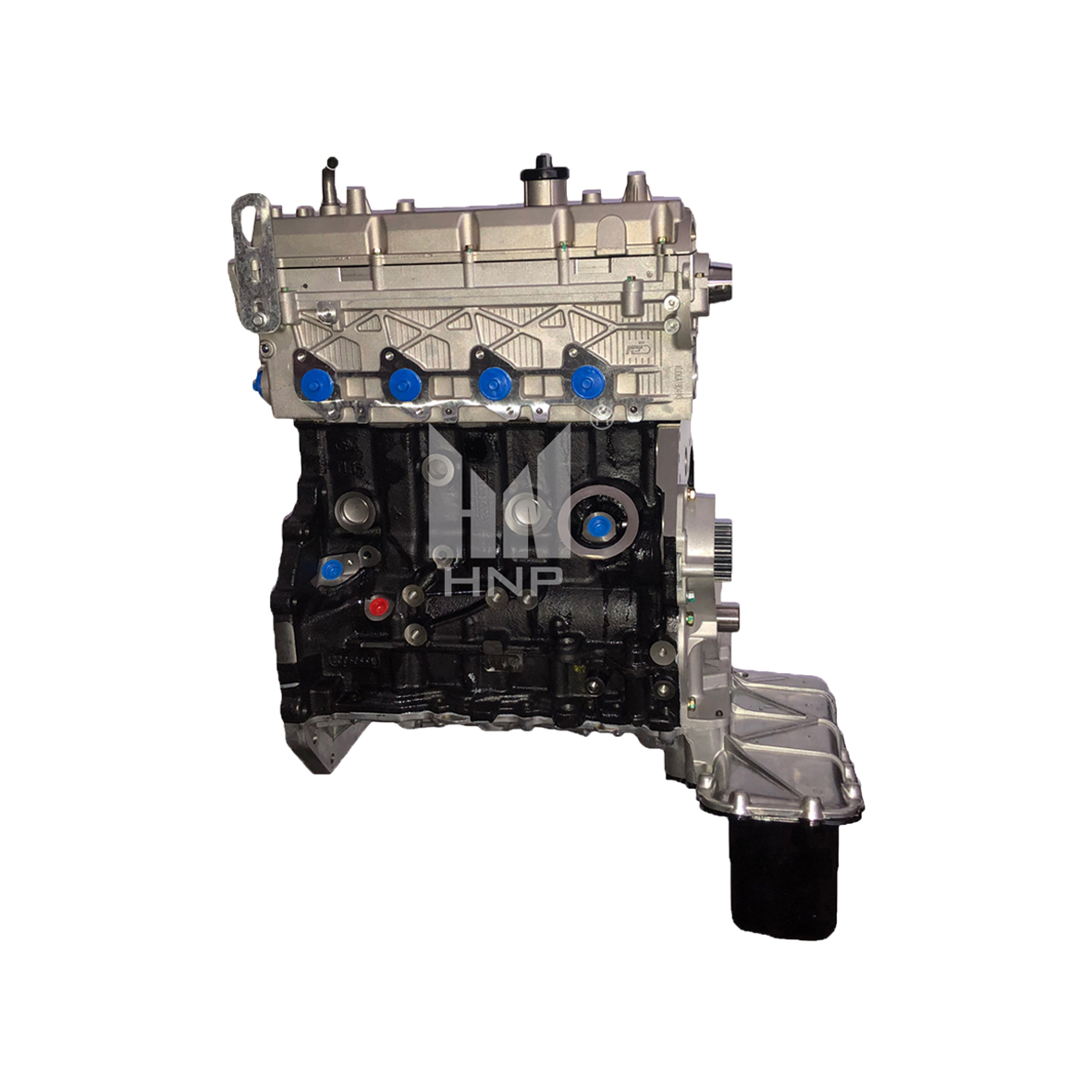
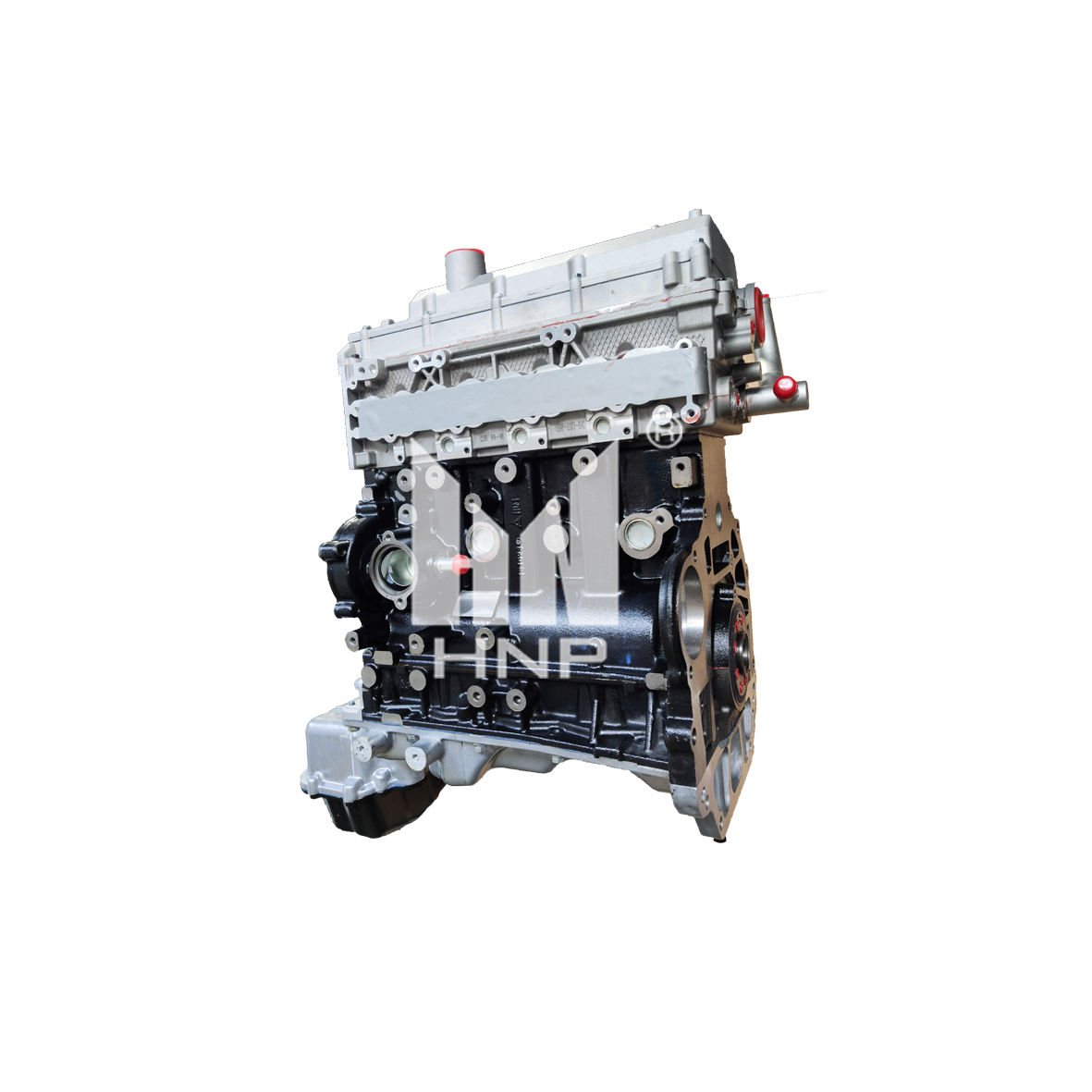
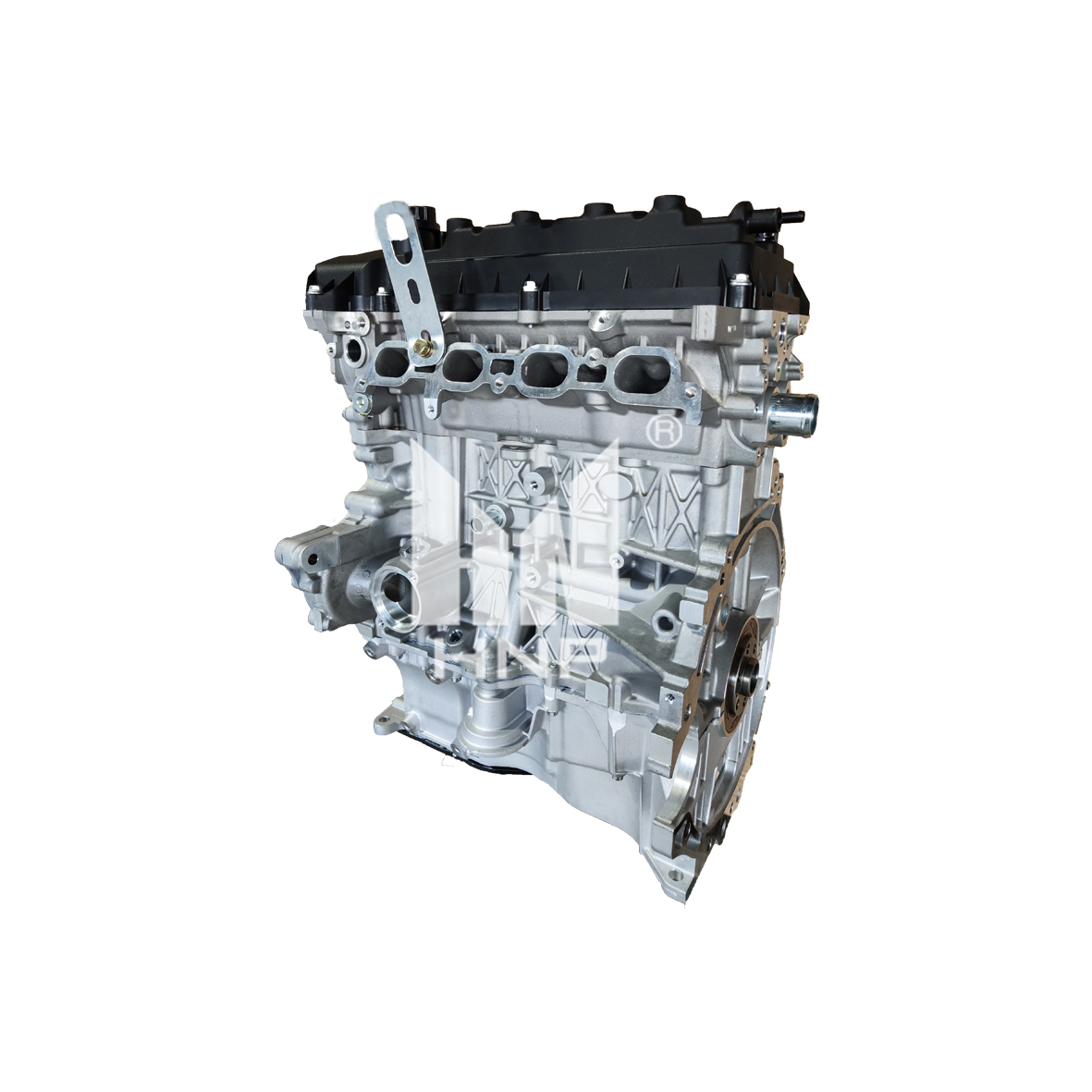
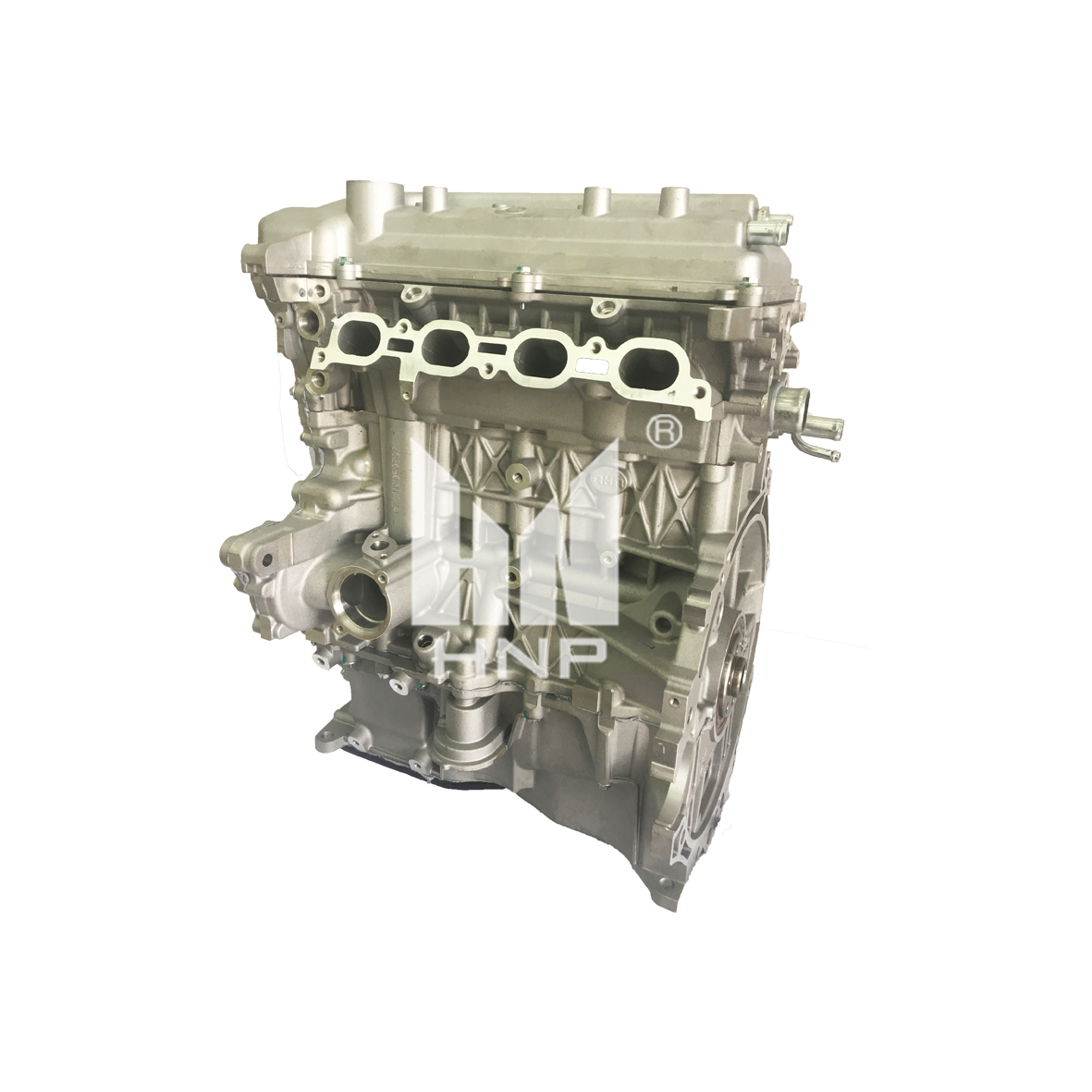
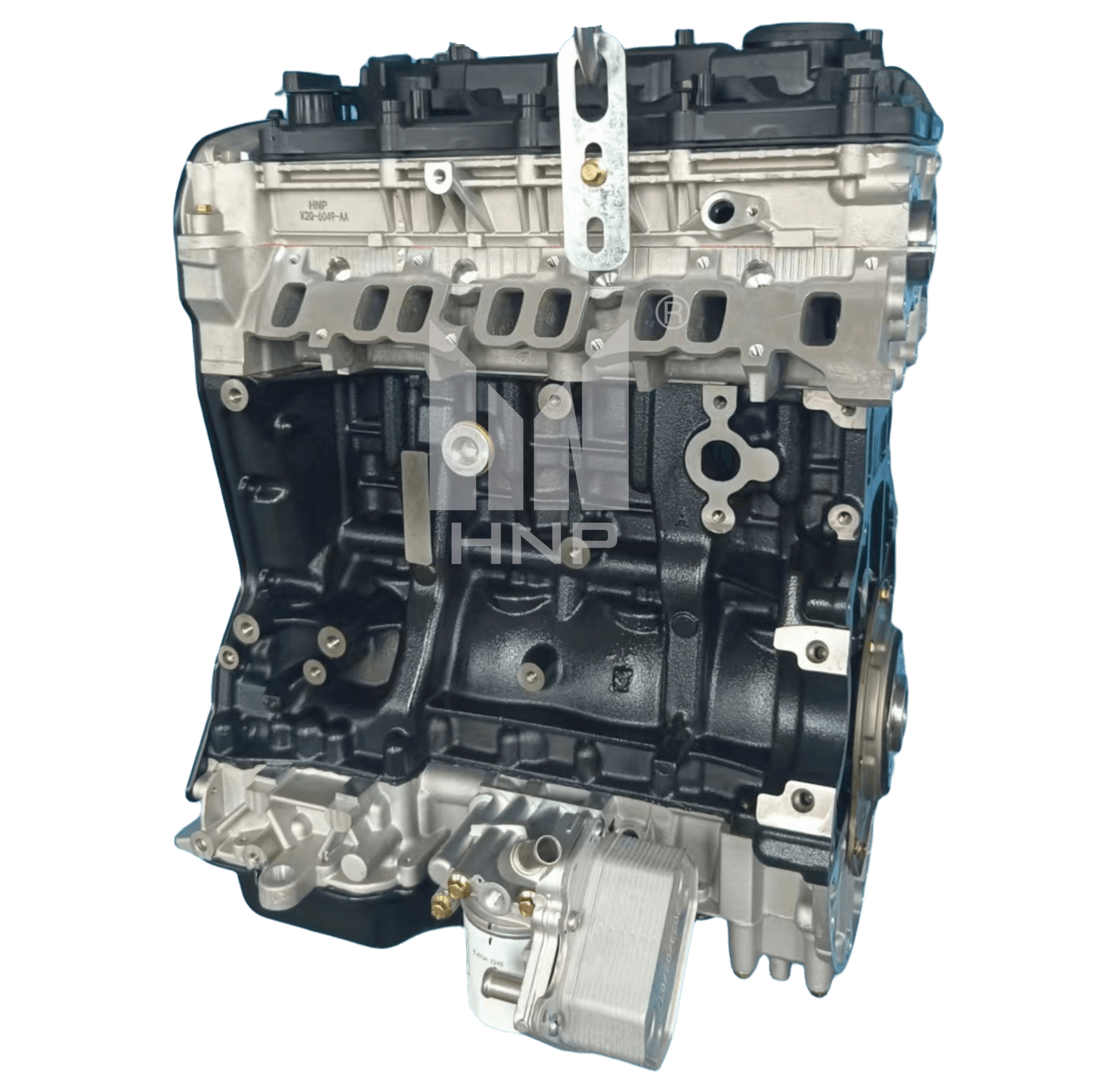
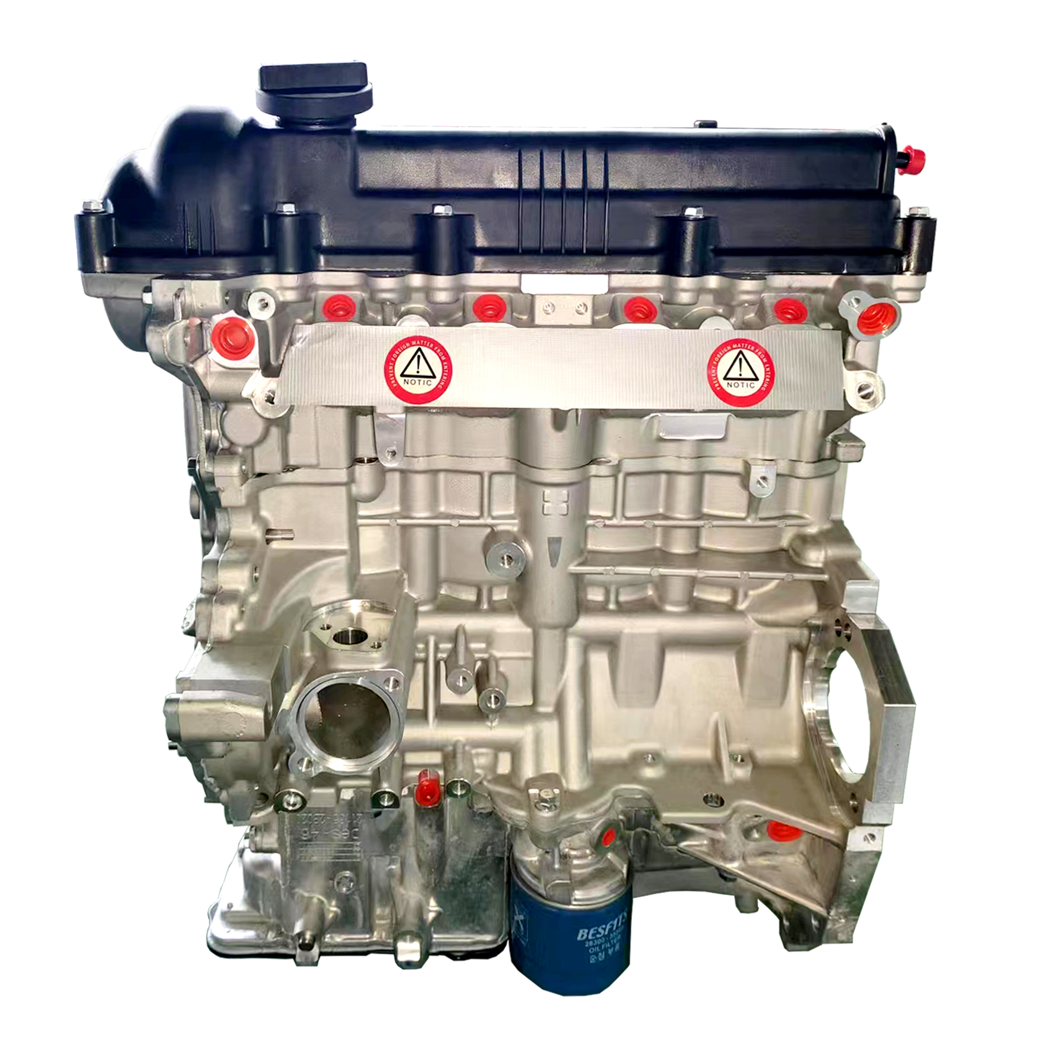
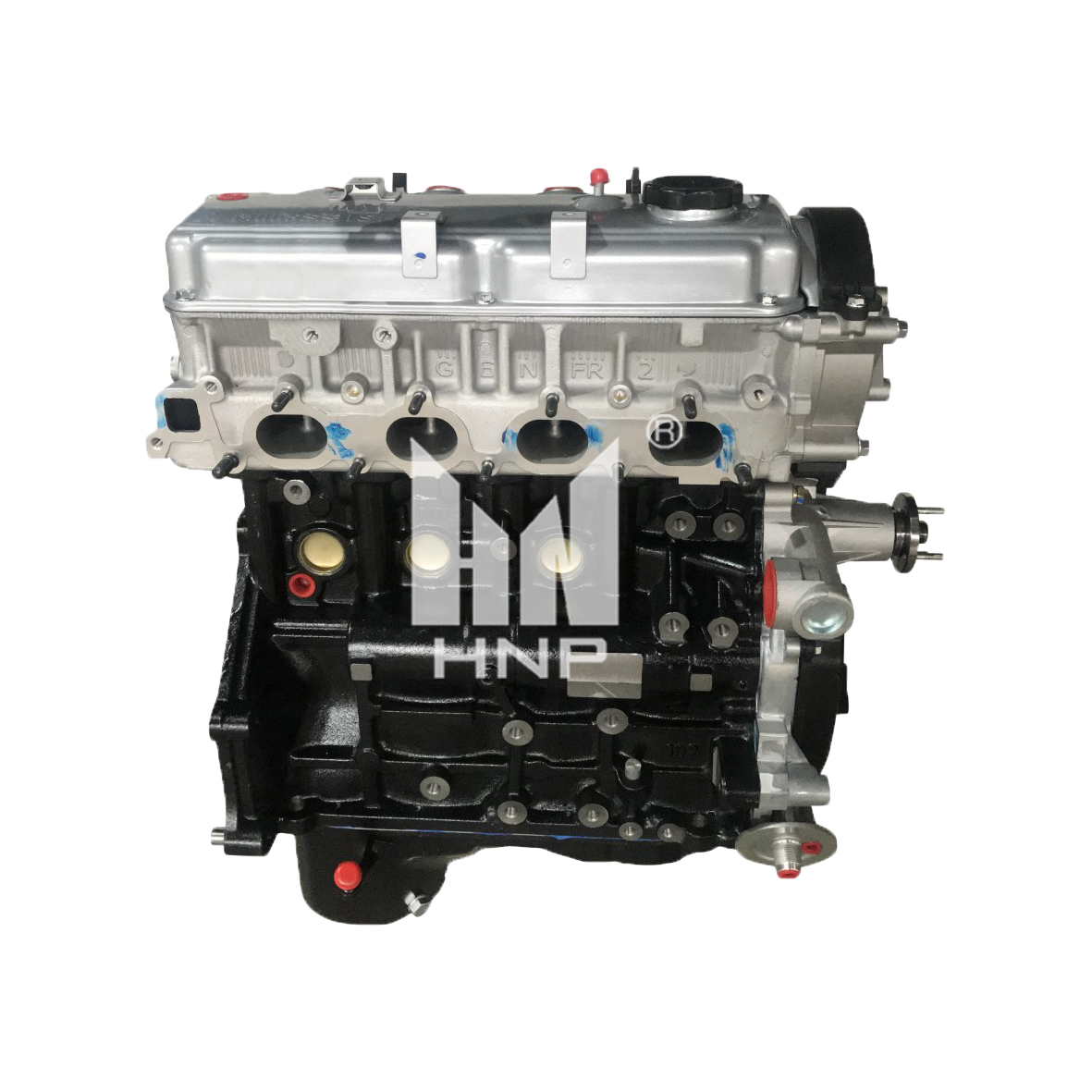
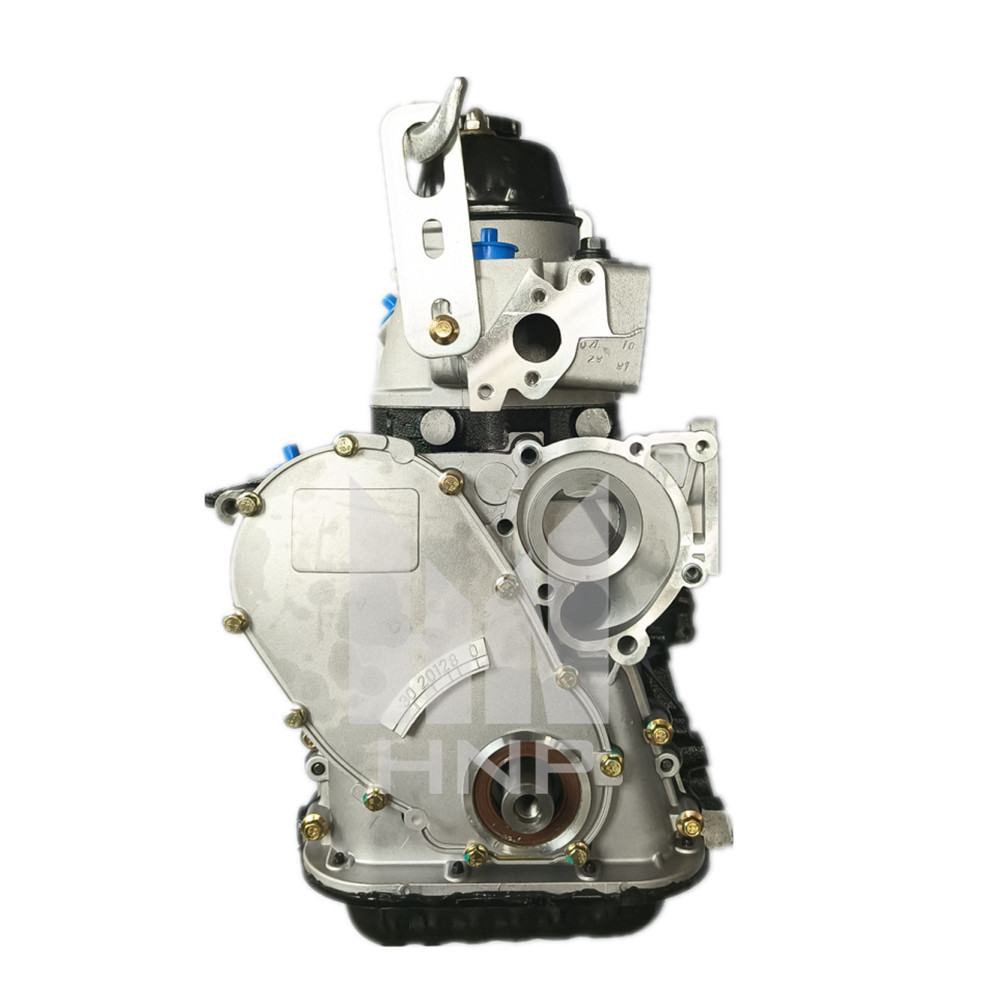
 1.jpg)
.jpg)
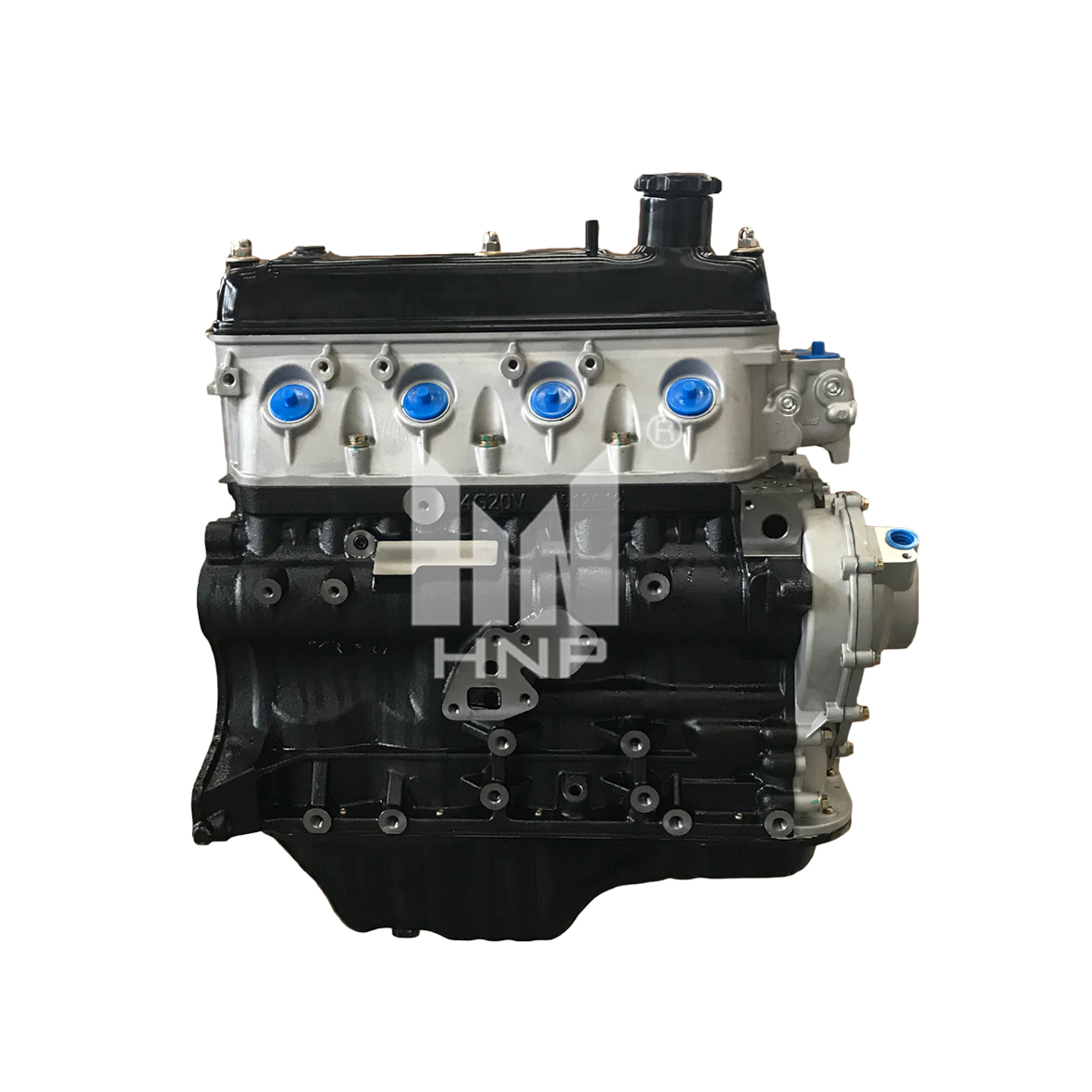
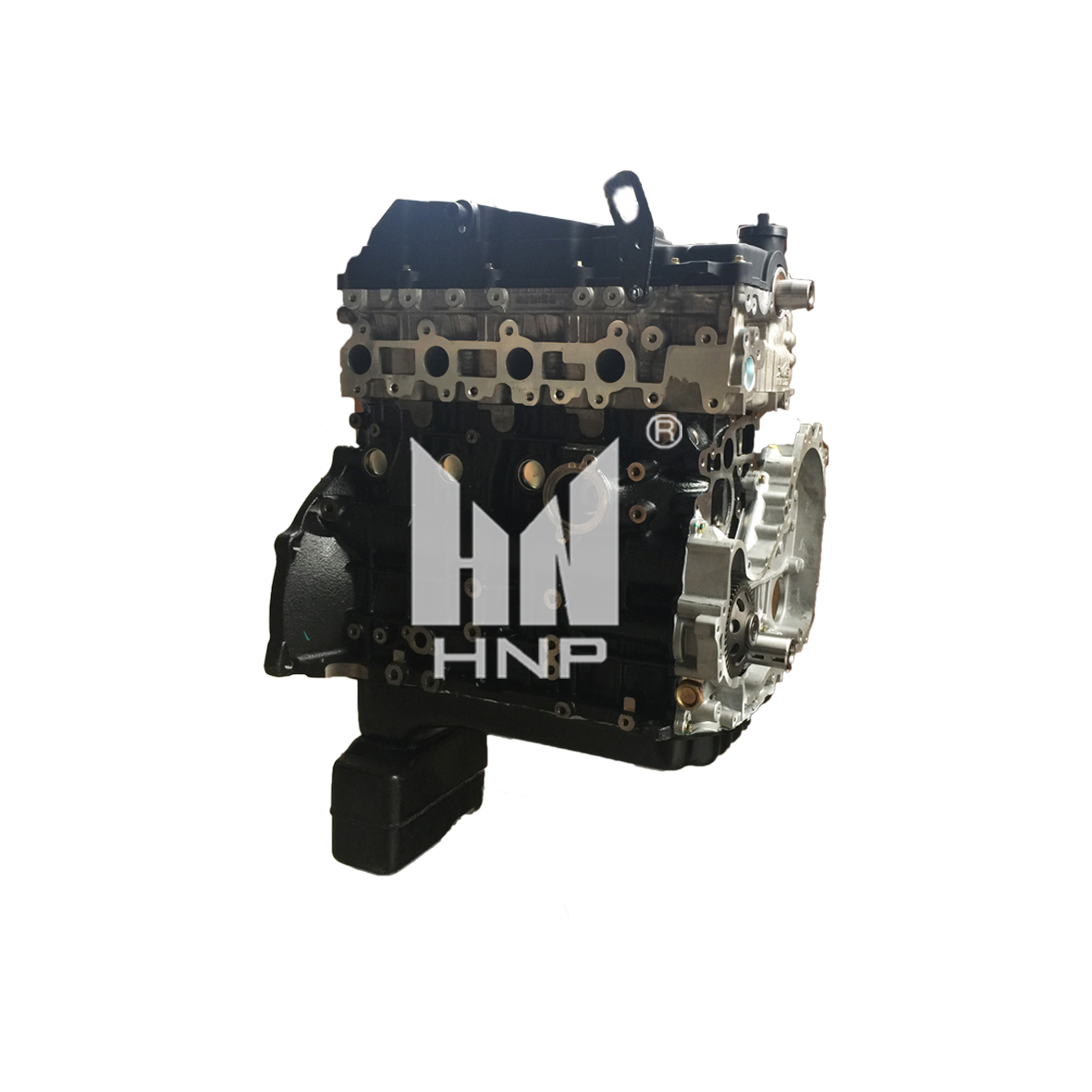
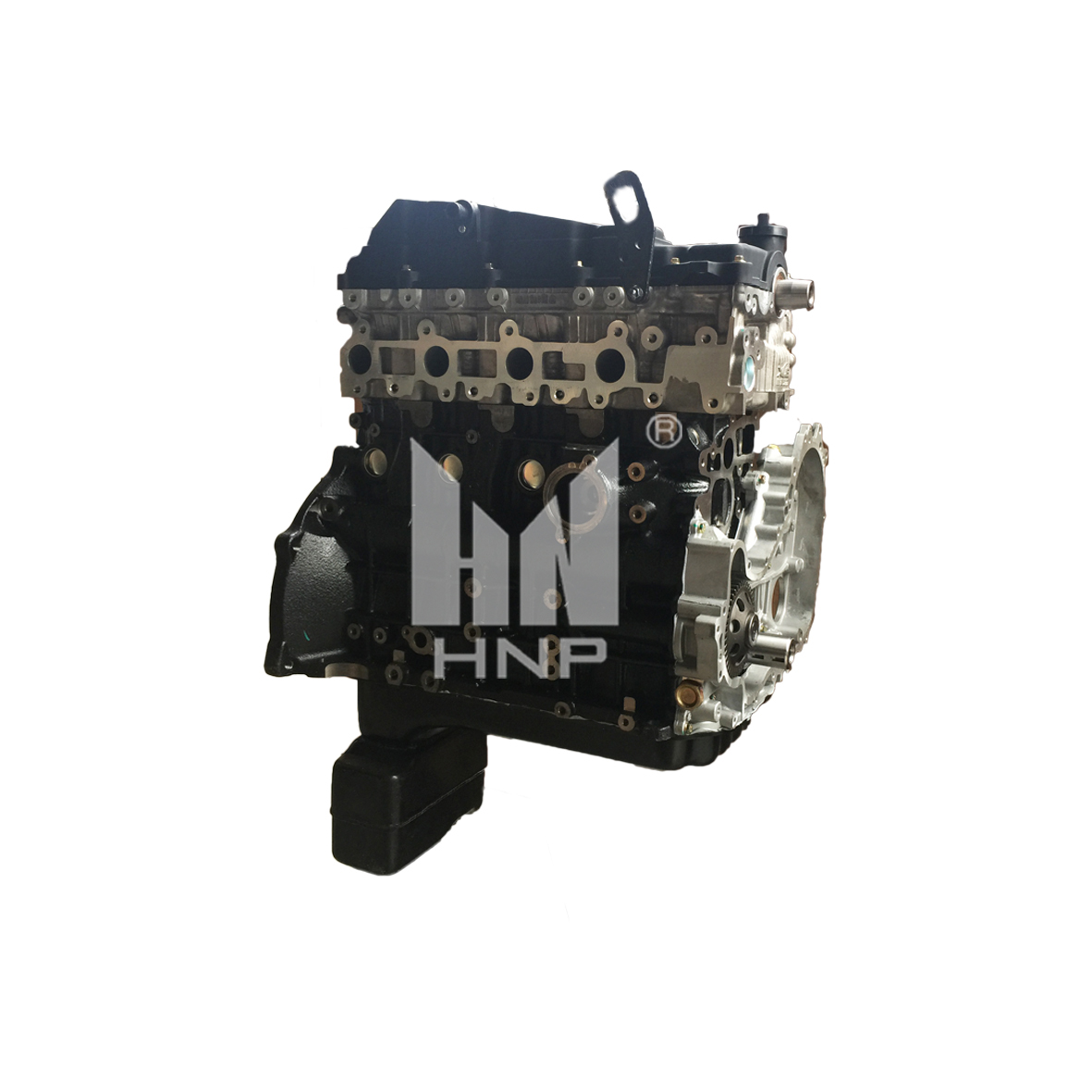
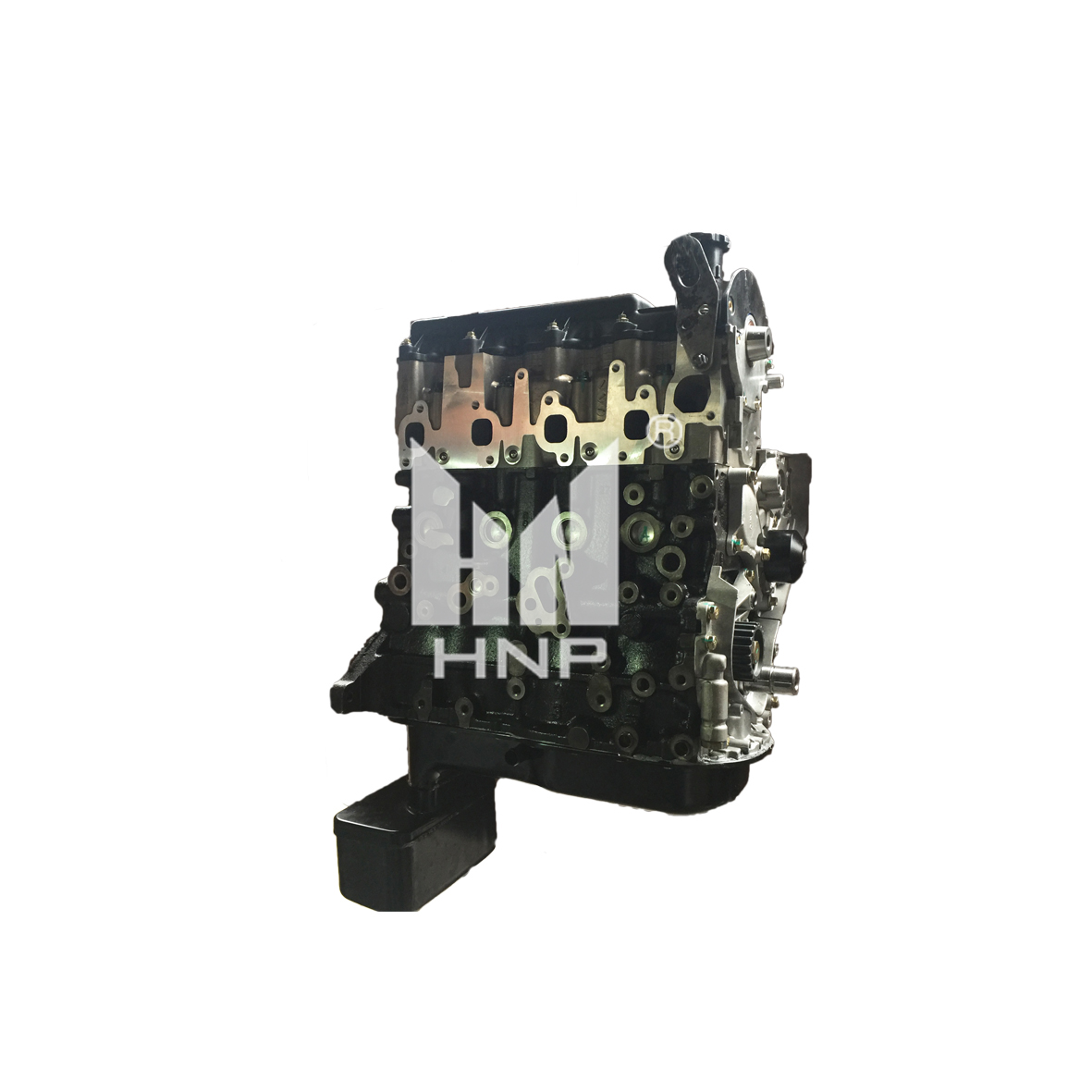
1.jpg)
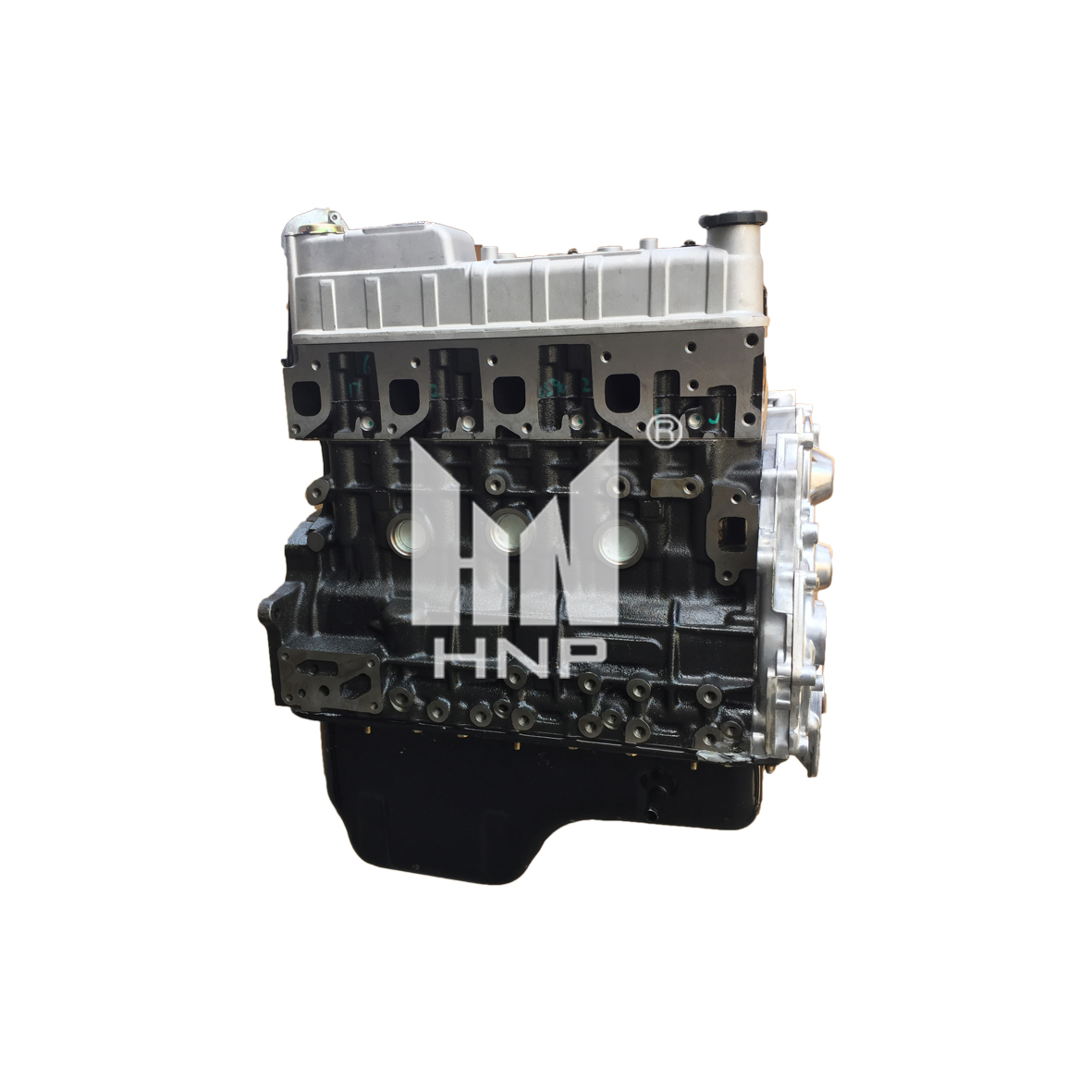
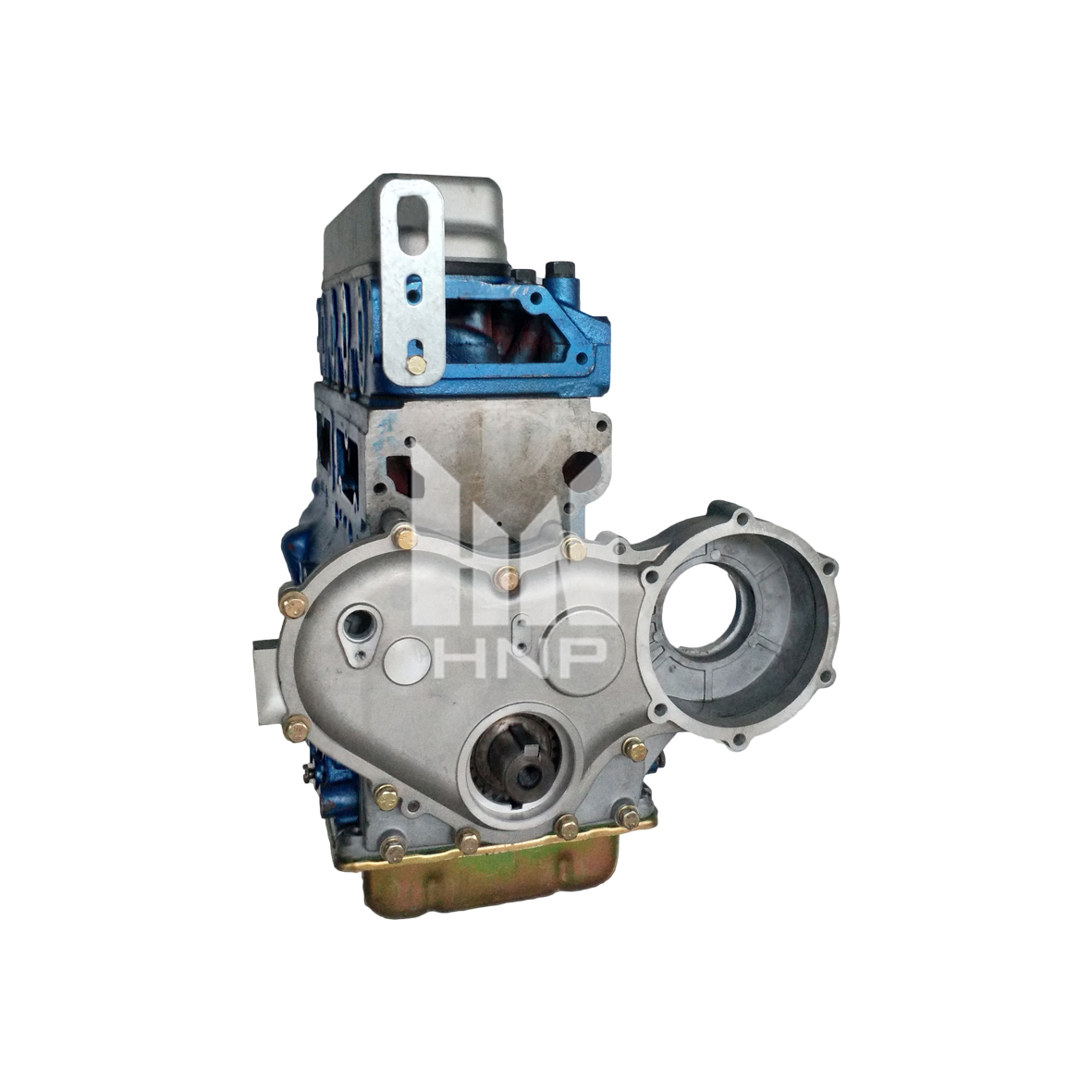

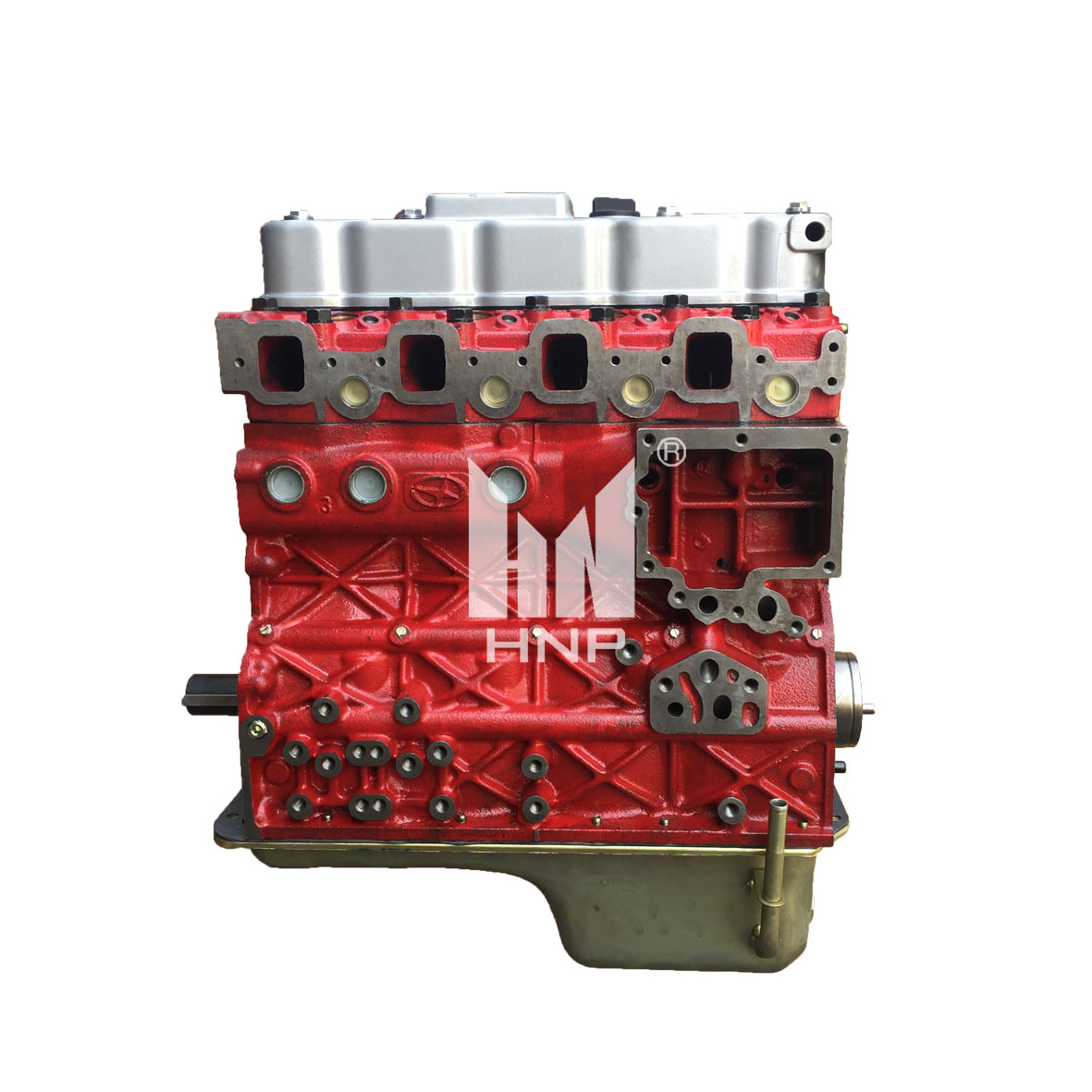
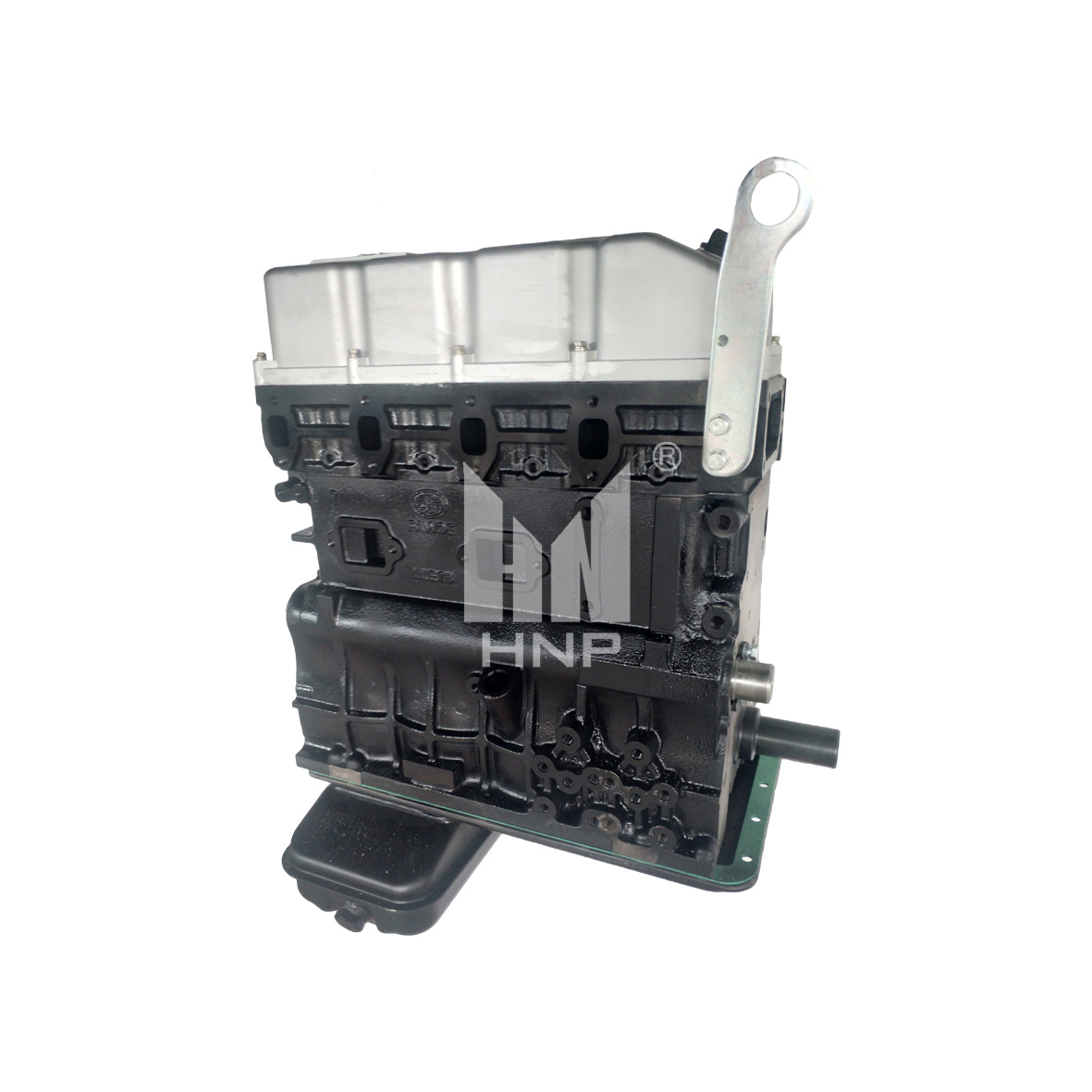
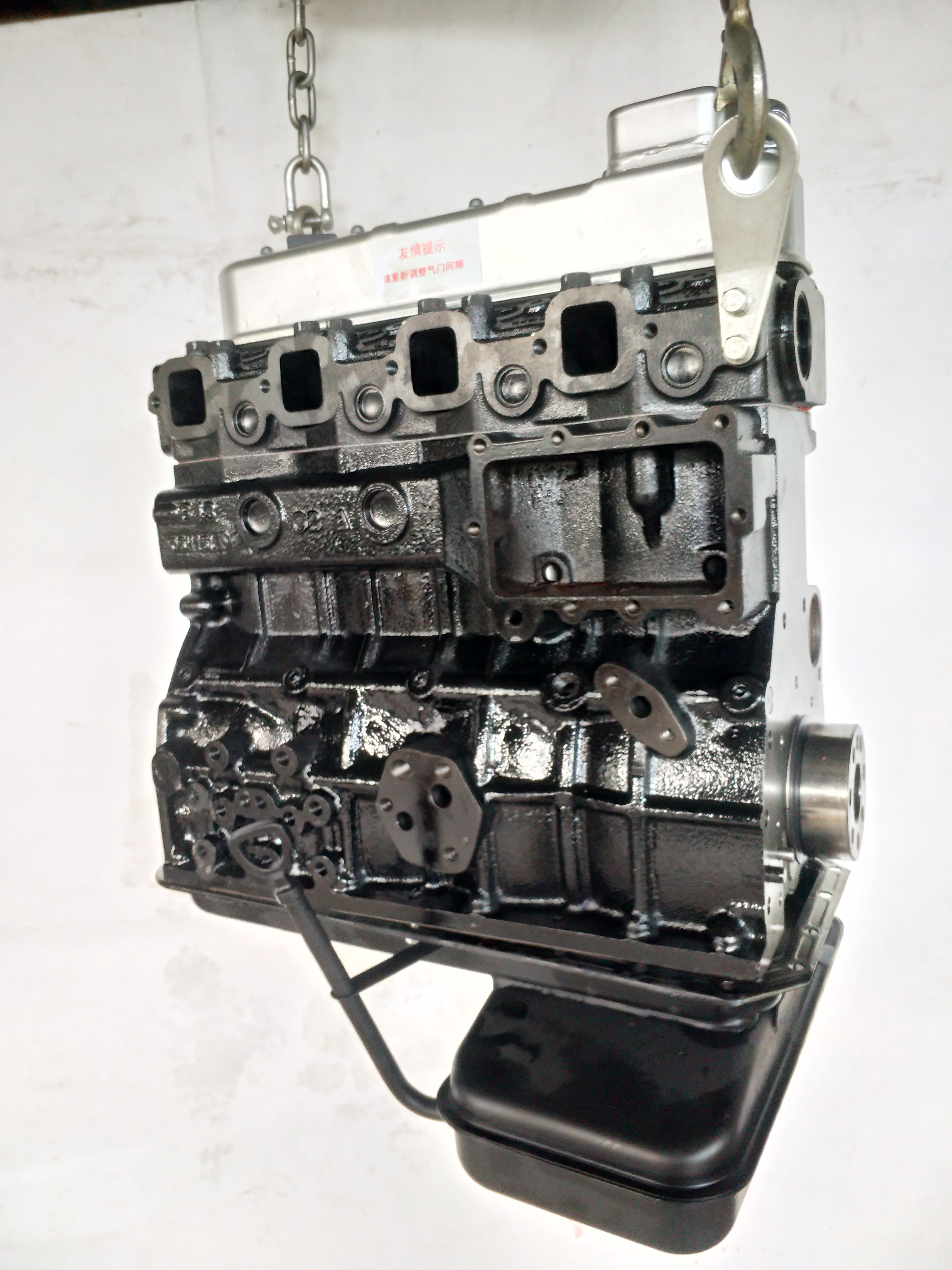
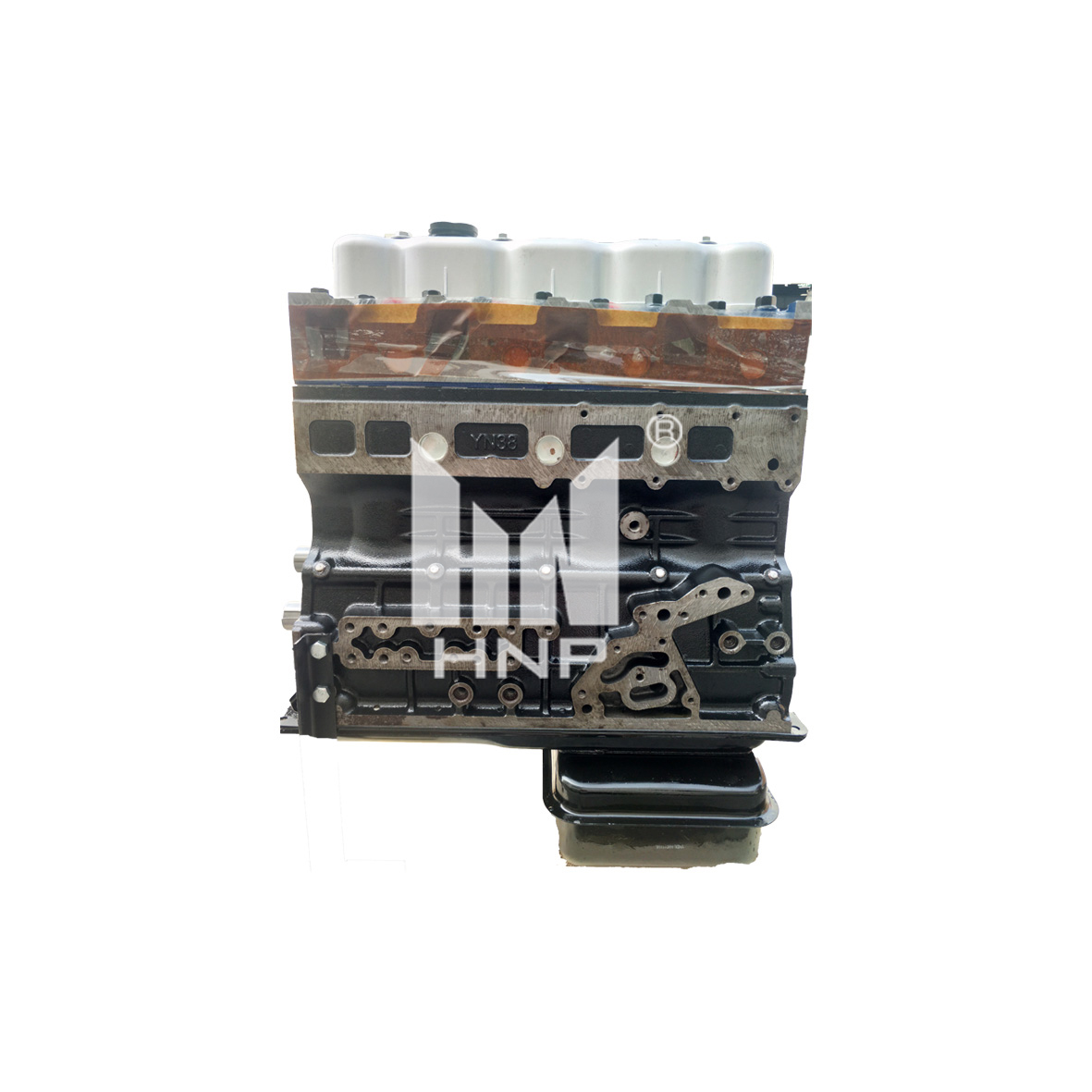
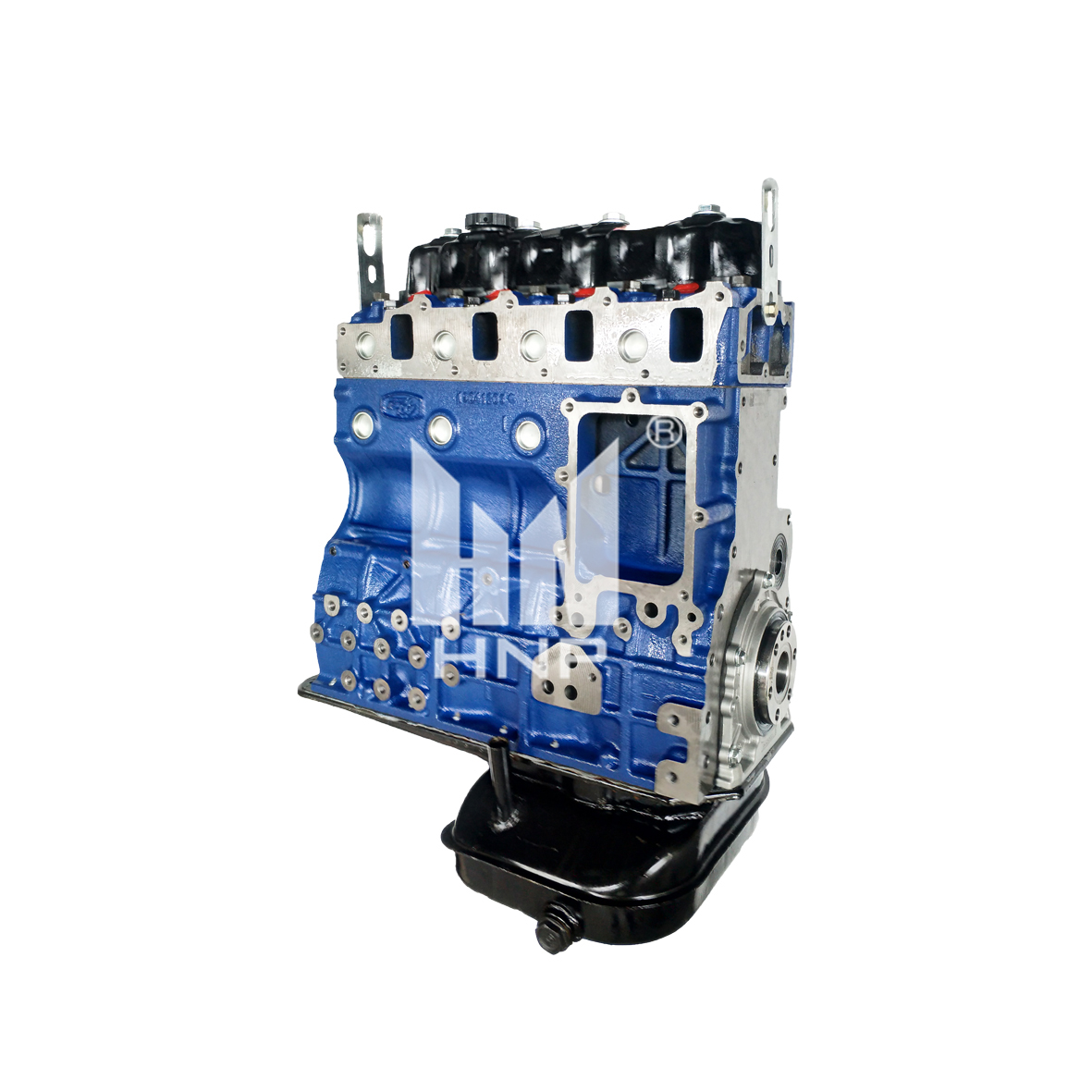
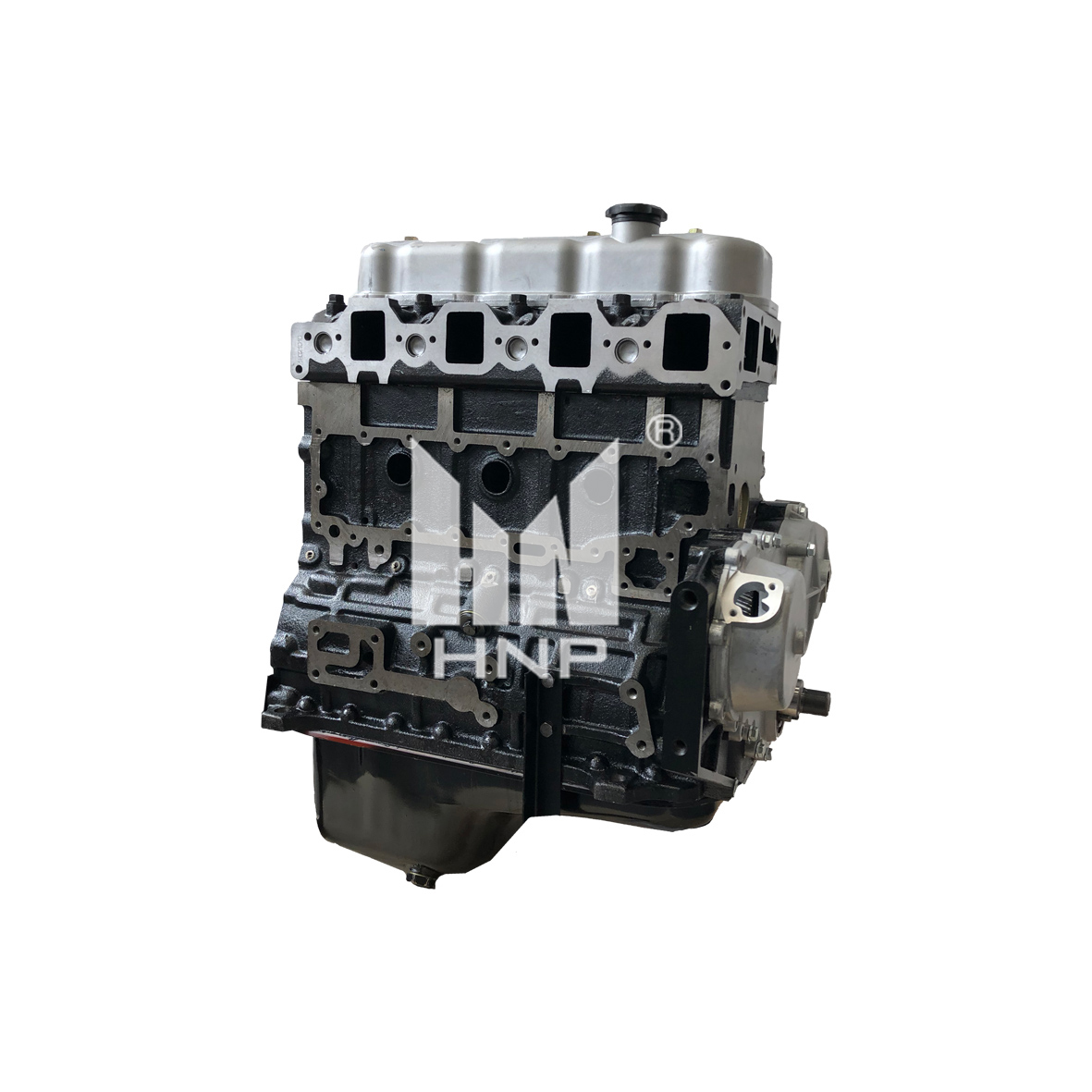
-1.jpg)

.jpg)
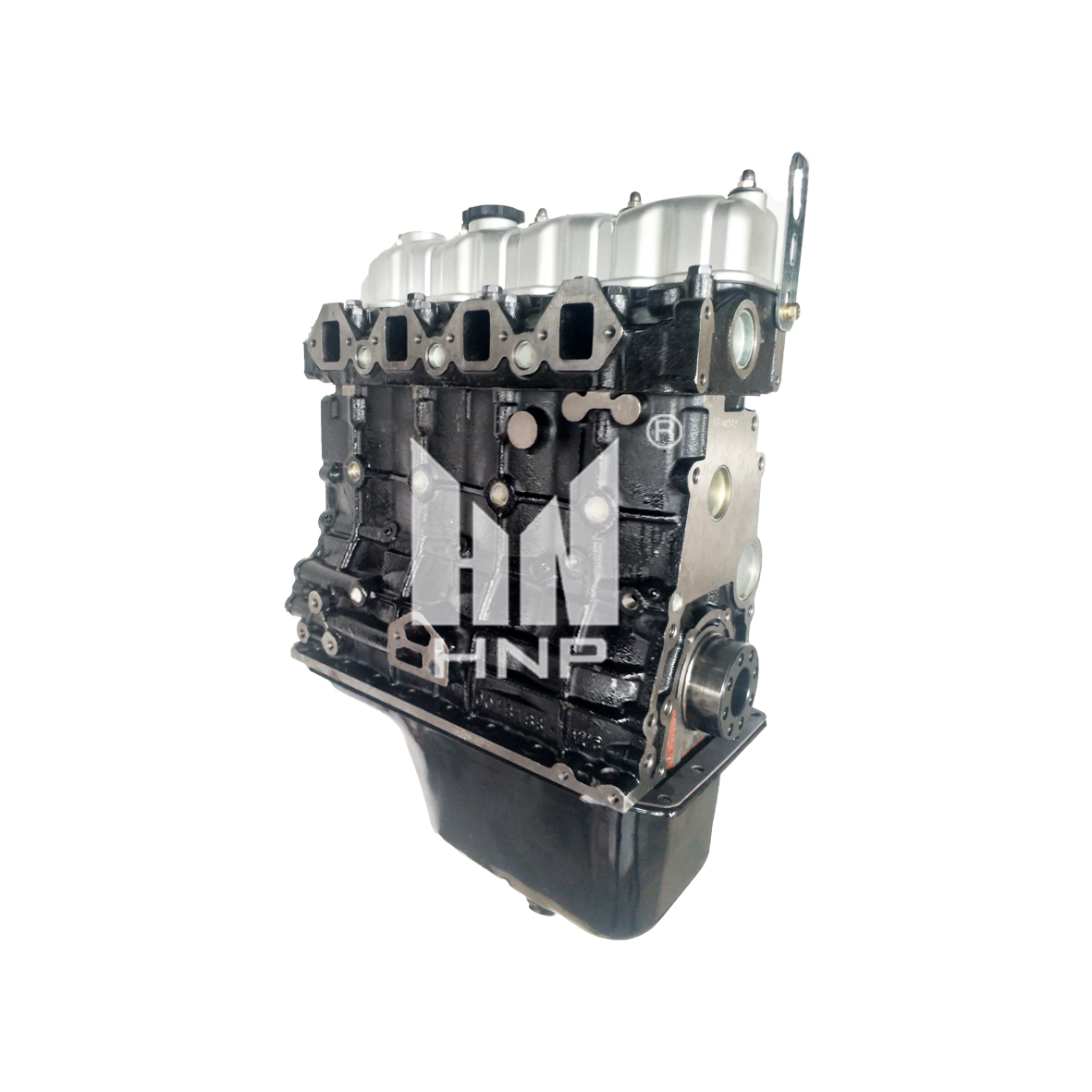
-1.jpg)
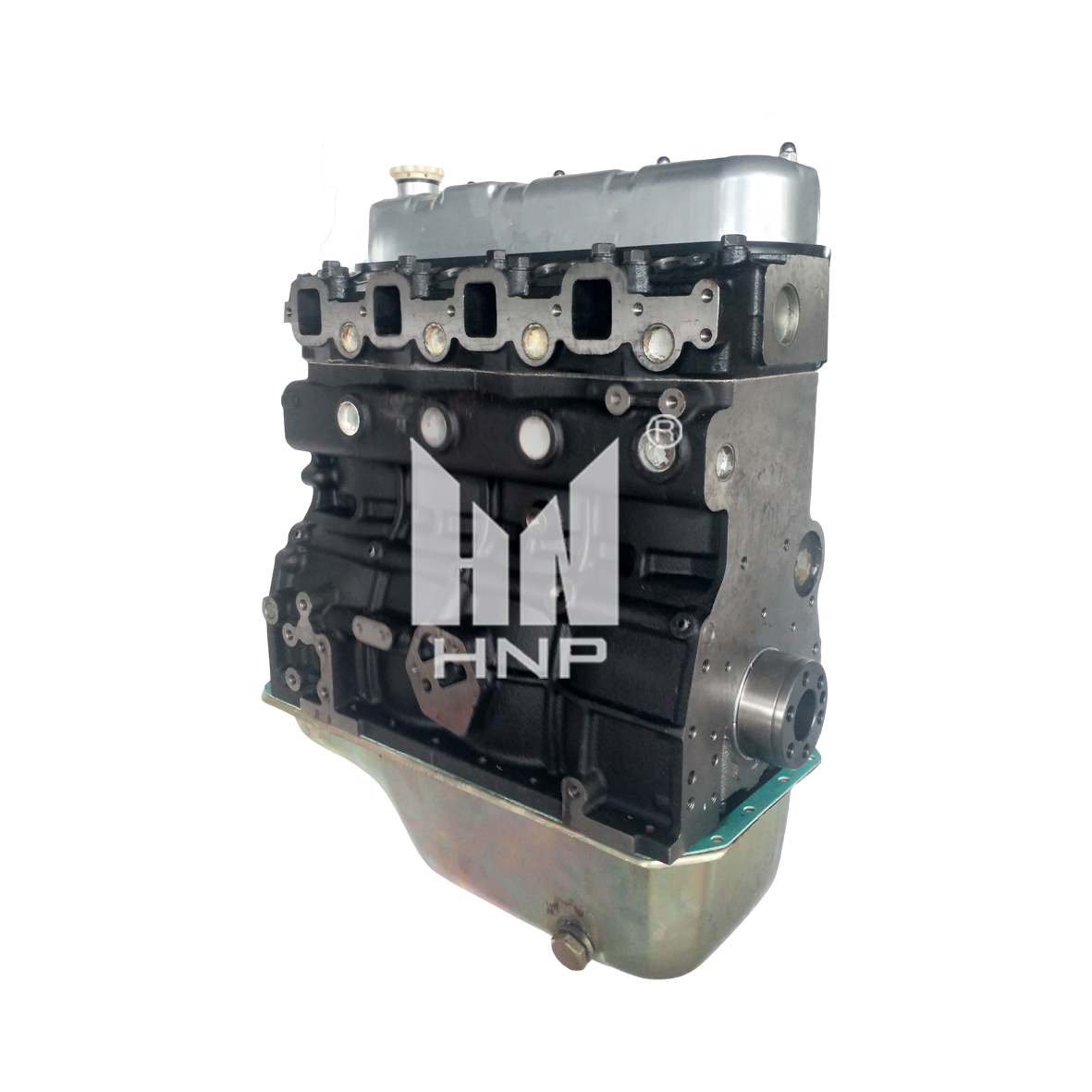
-1.jpg)
